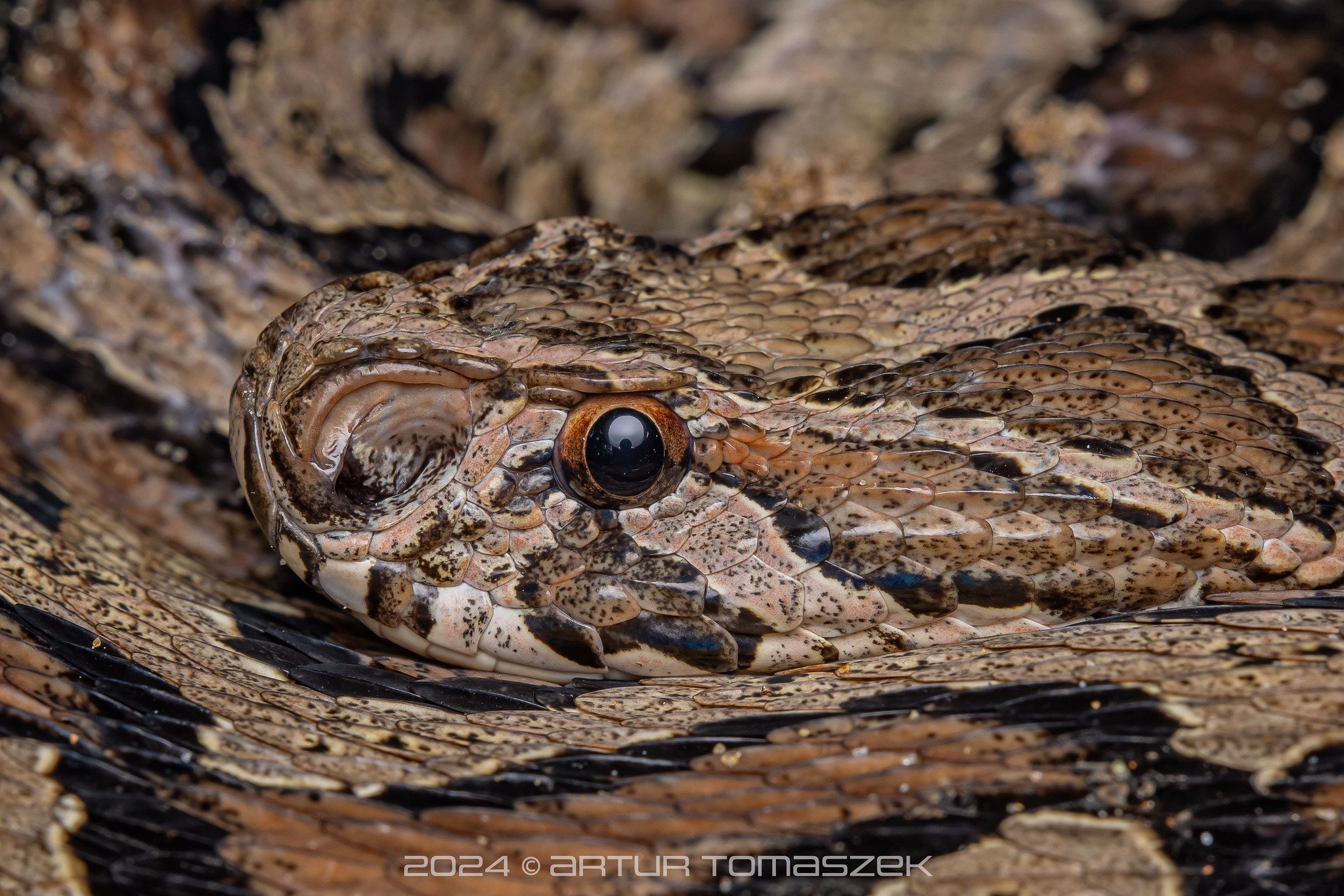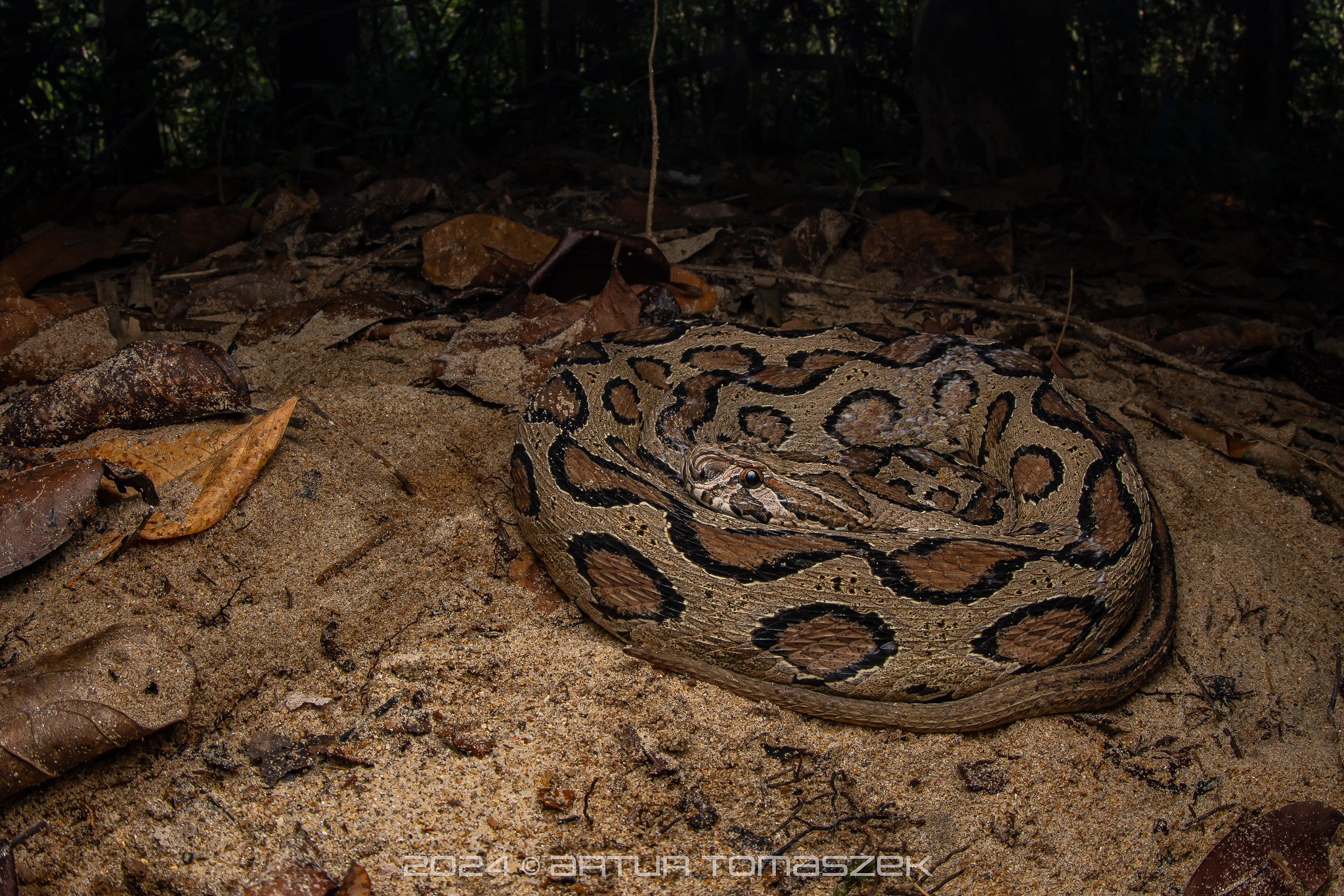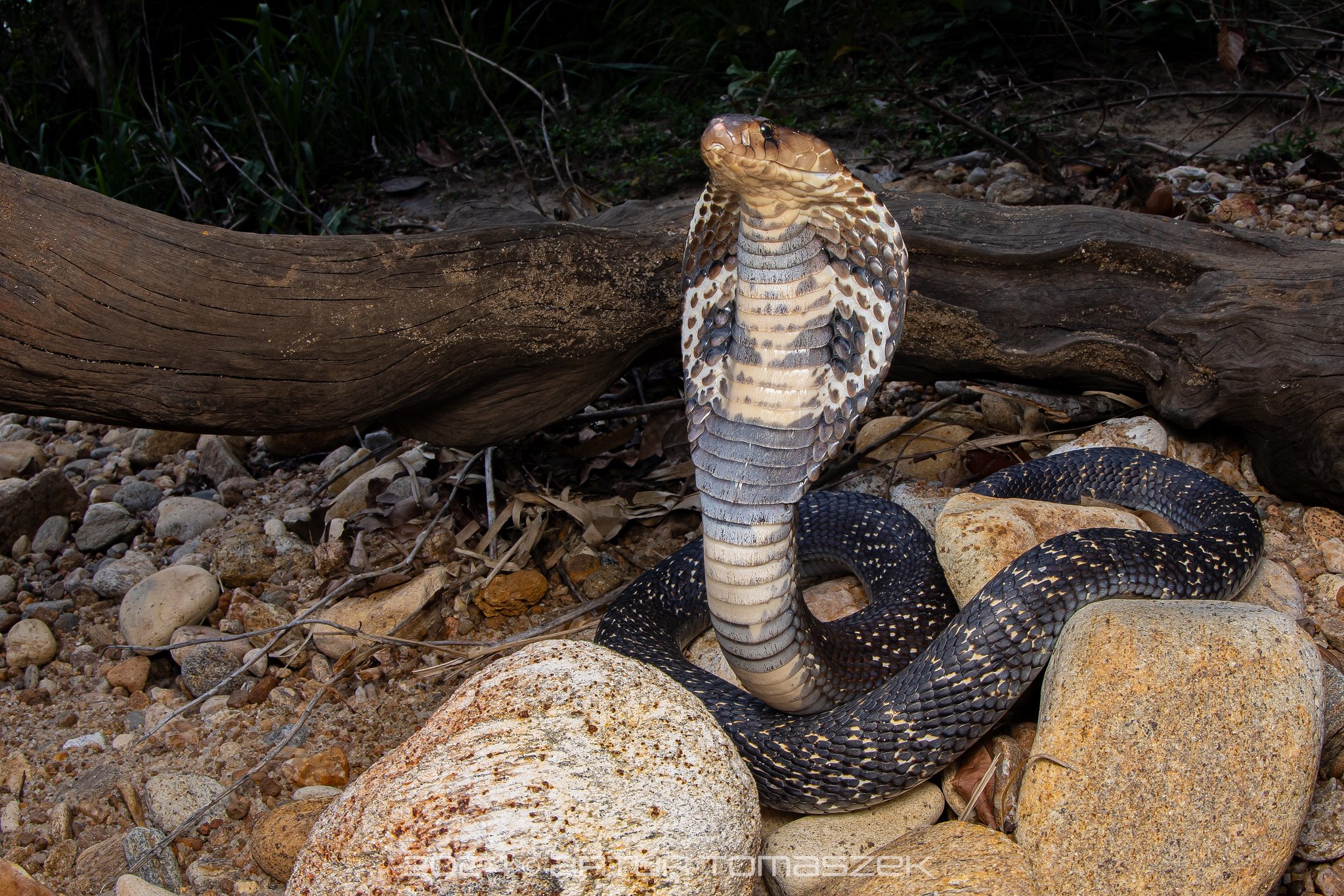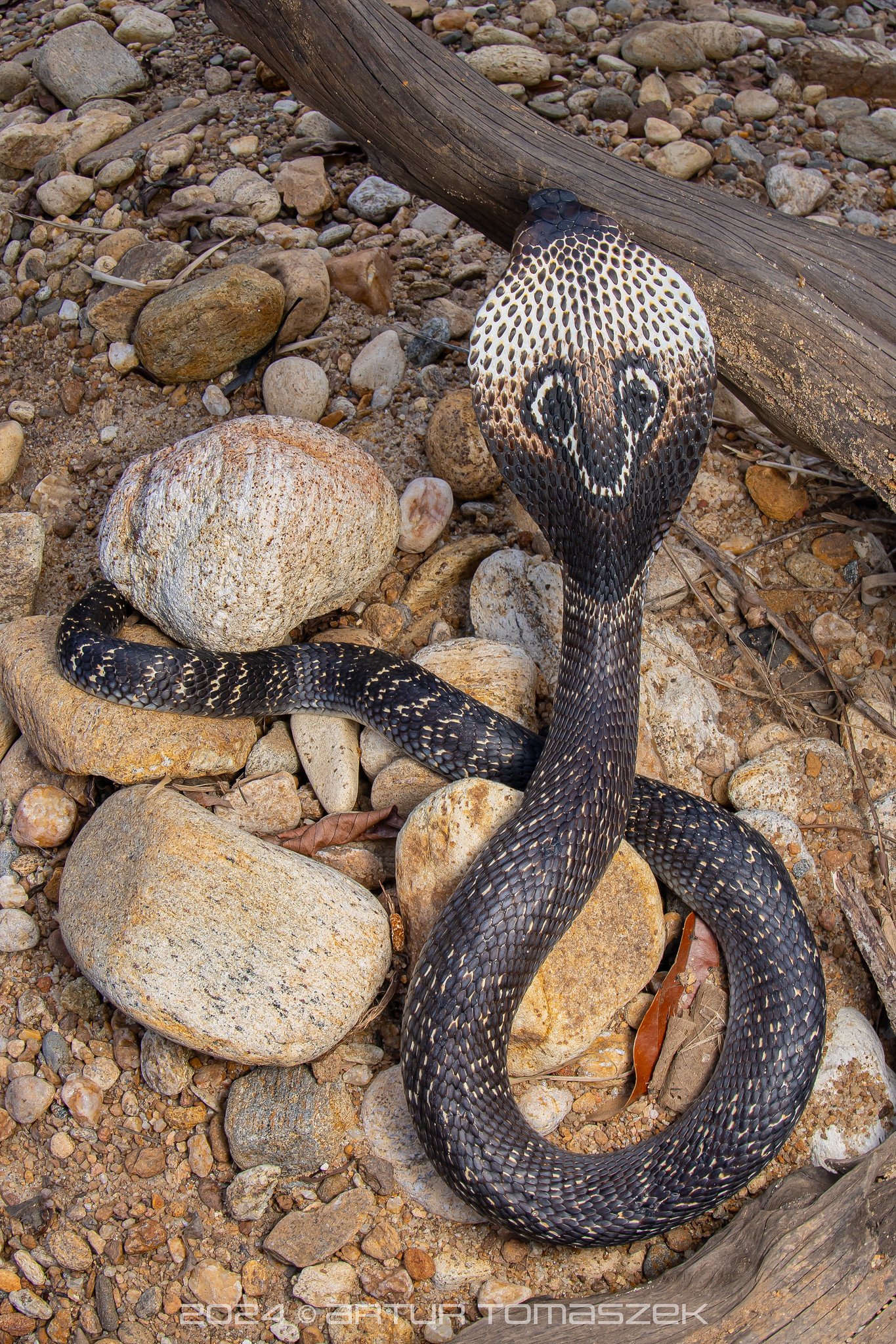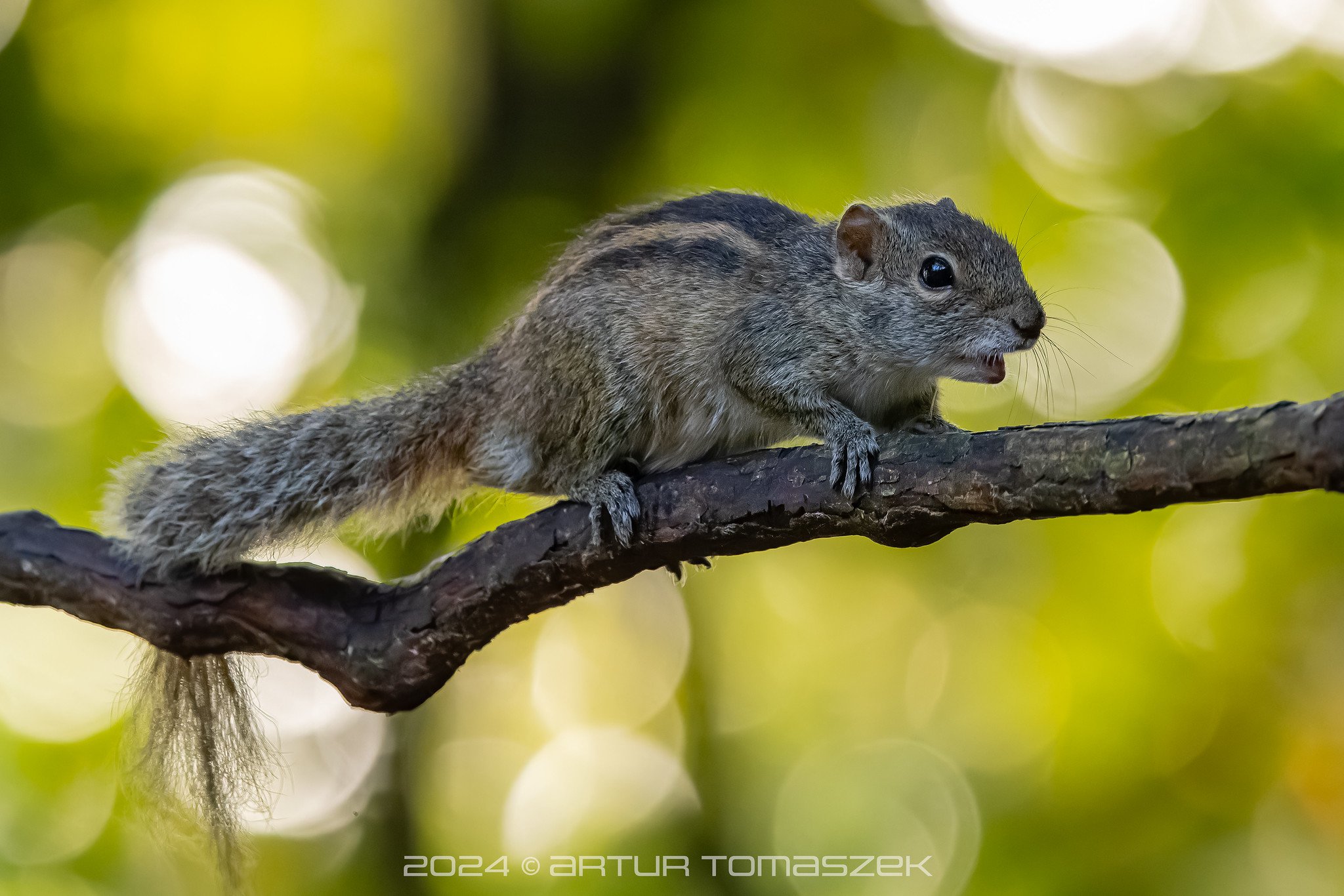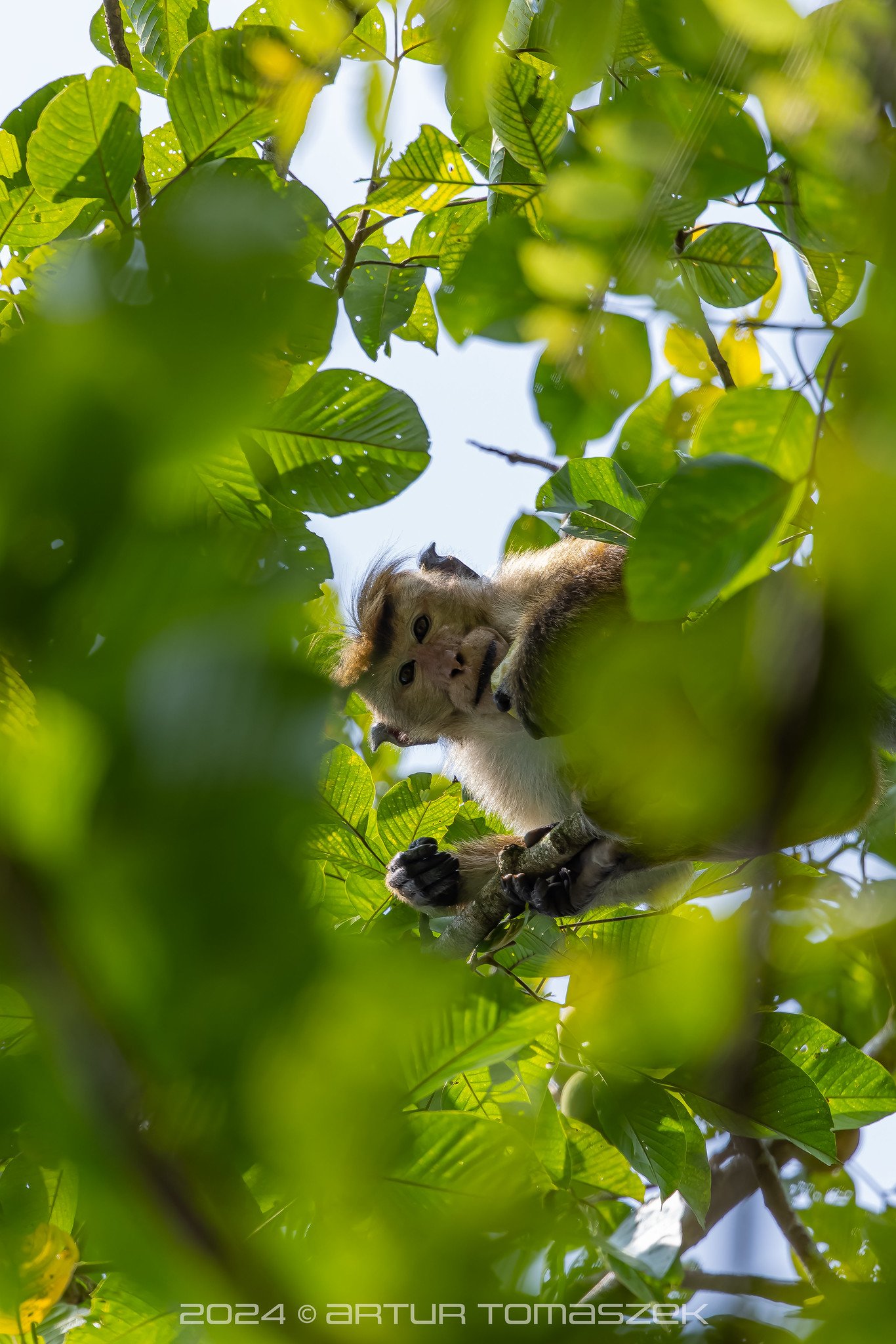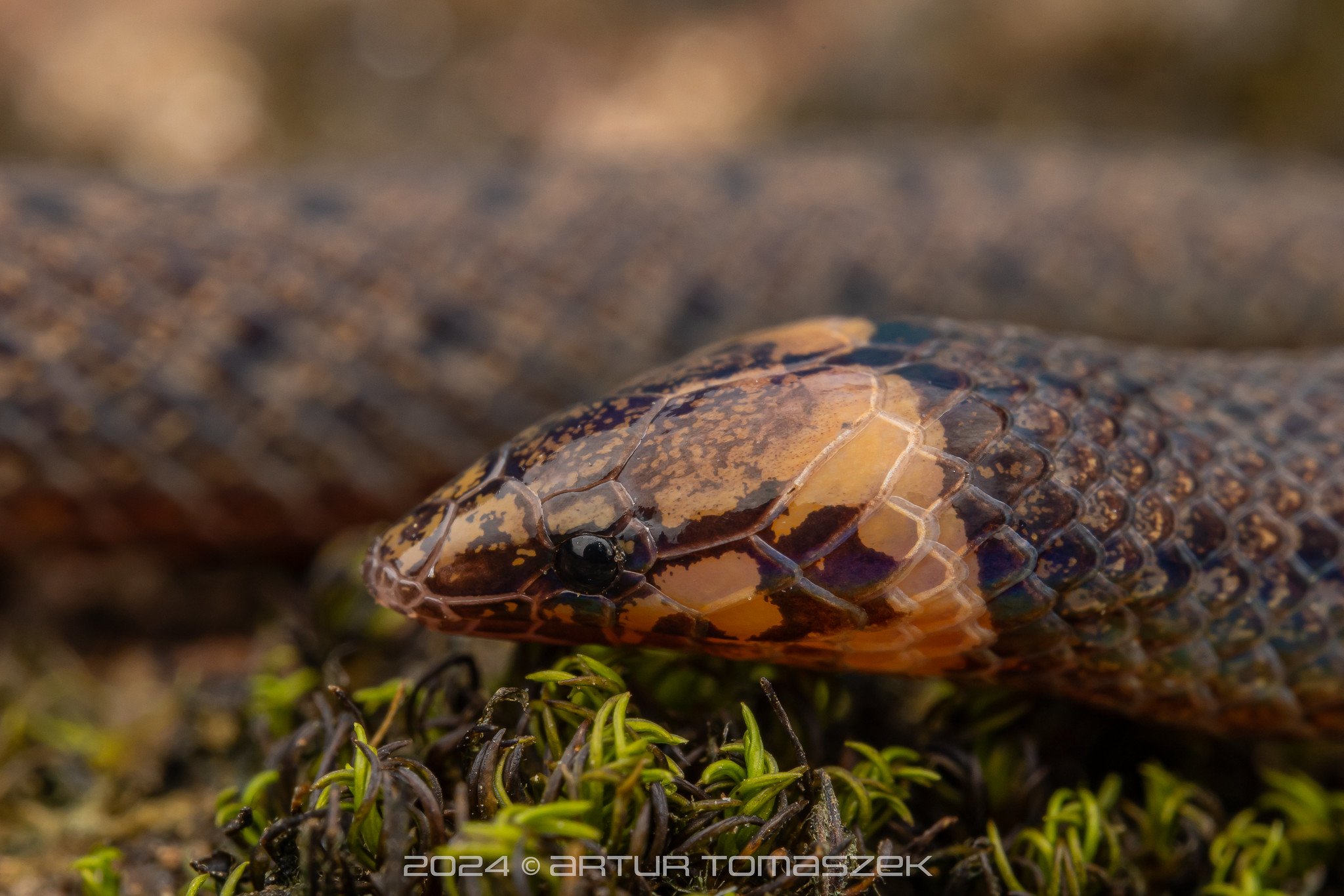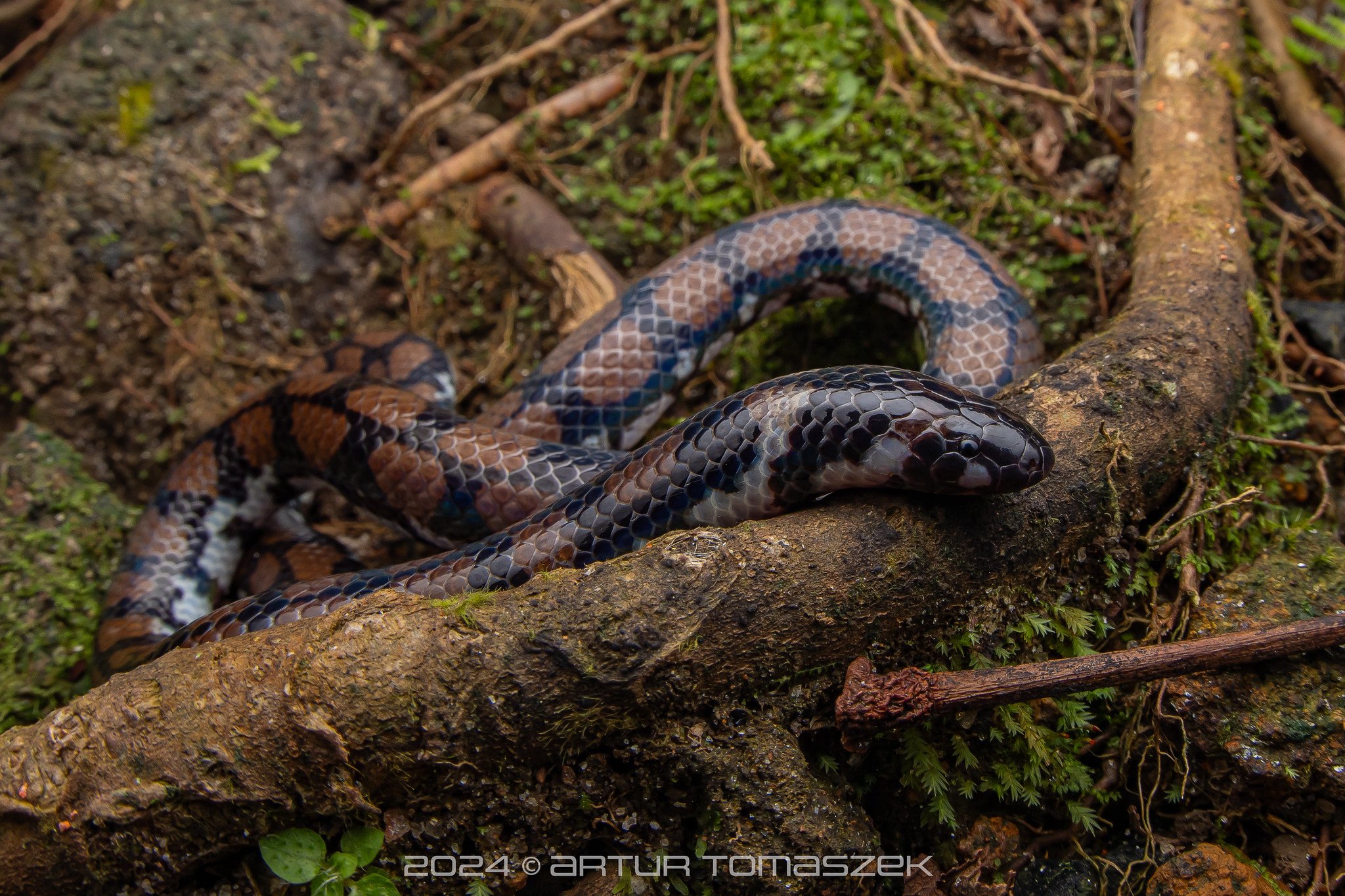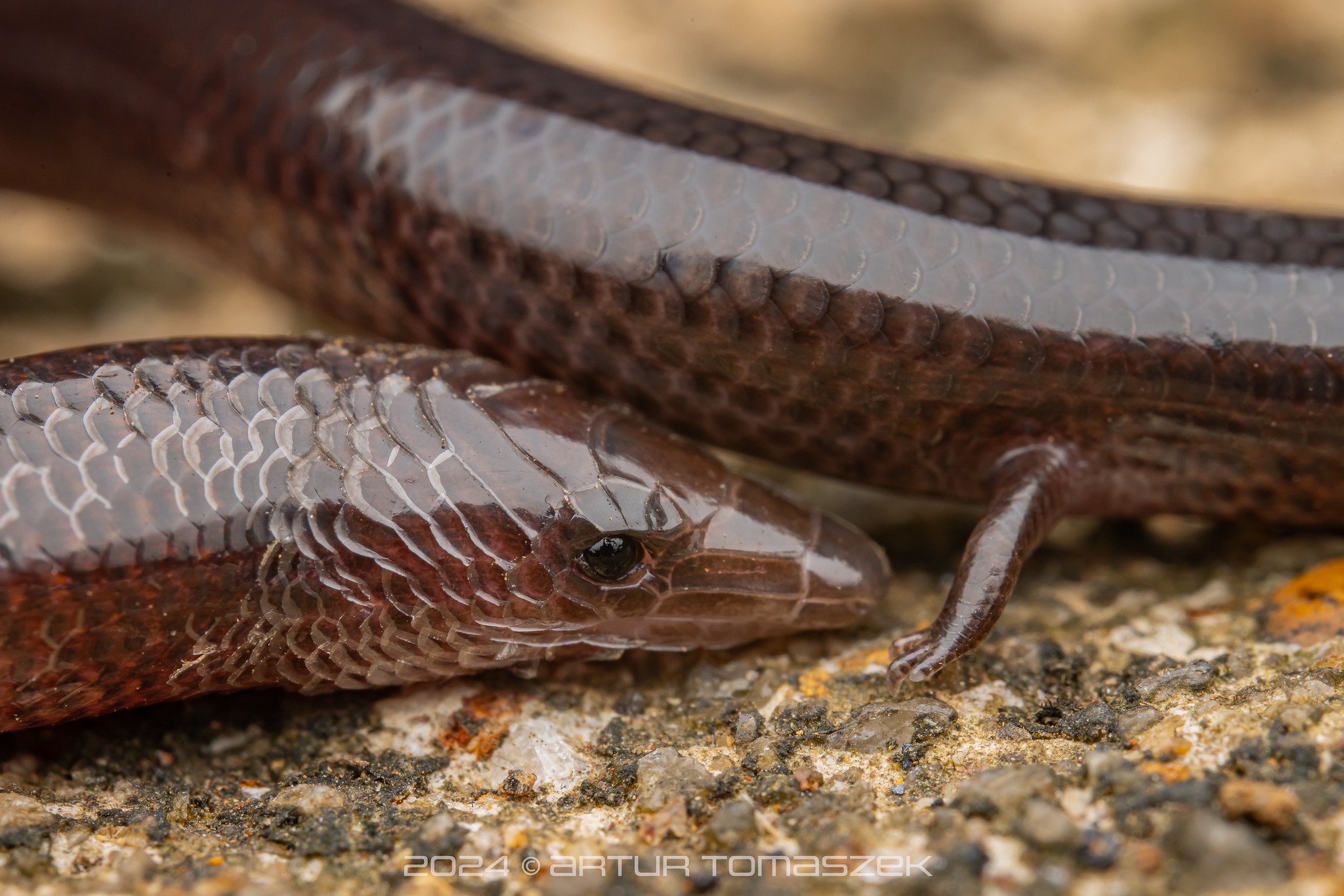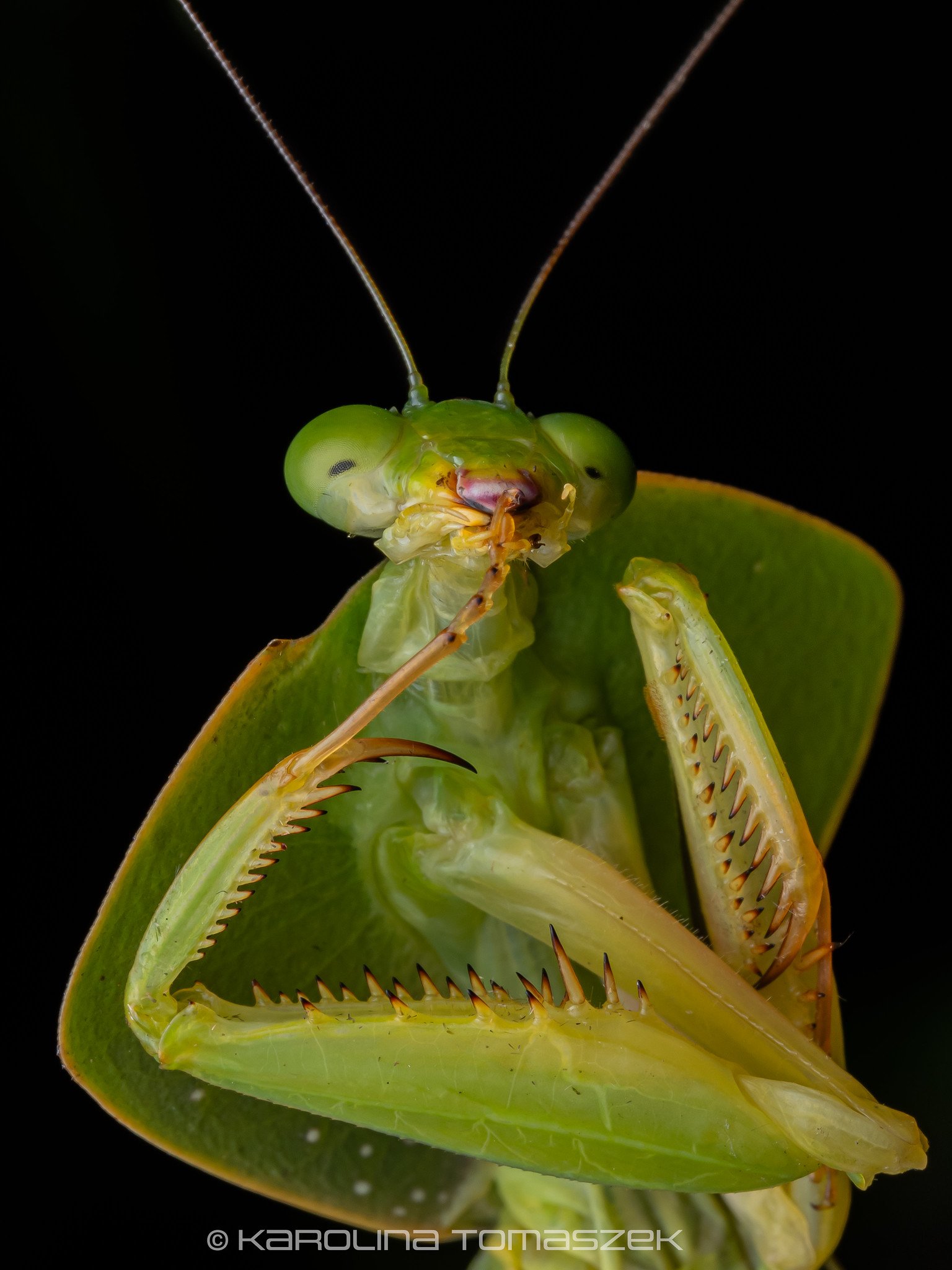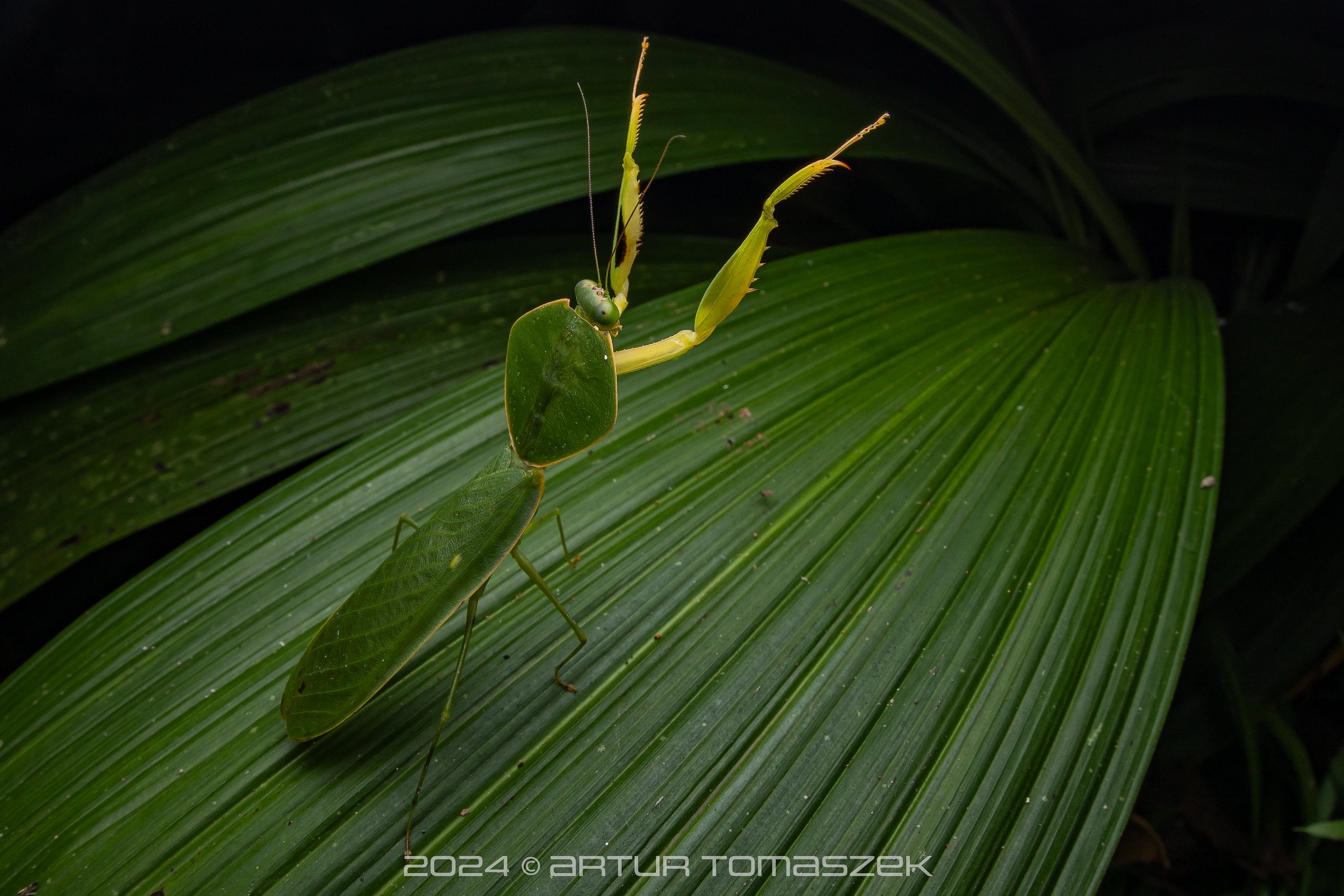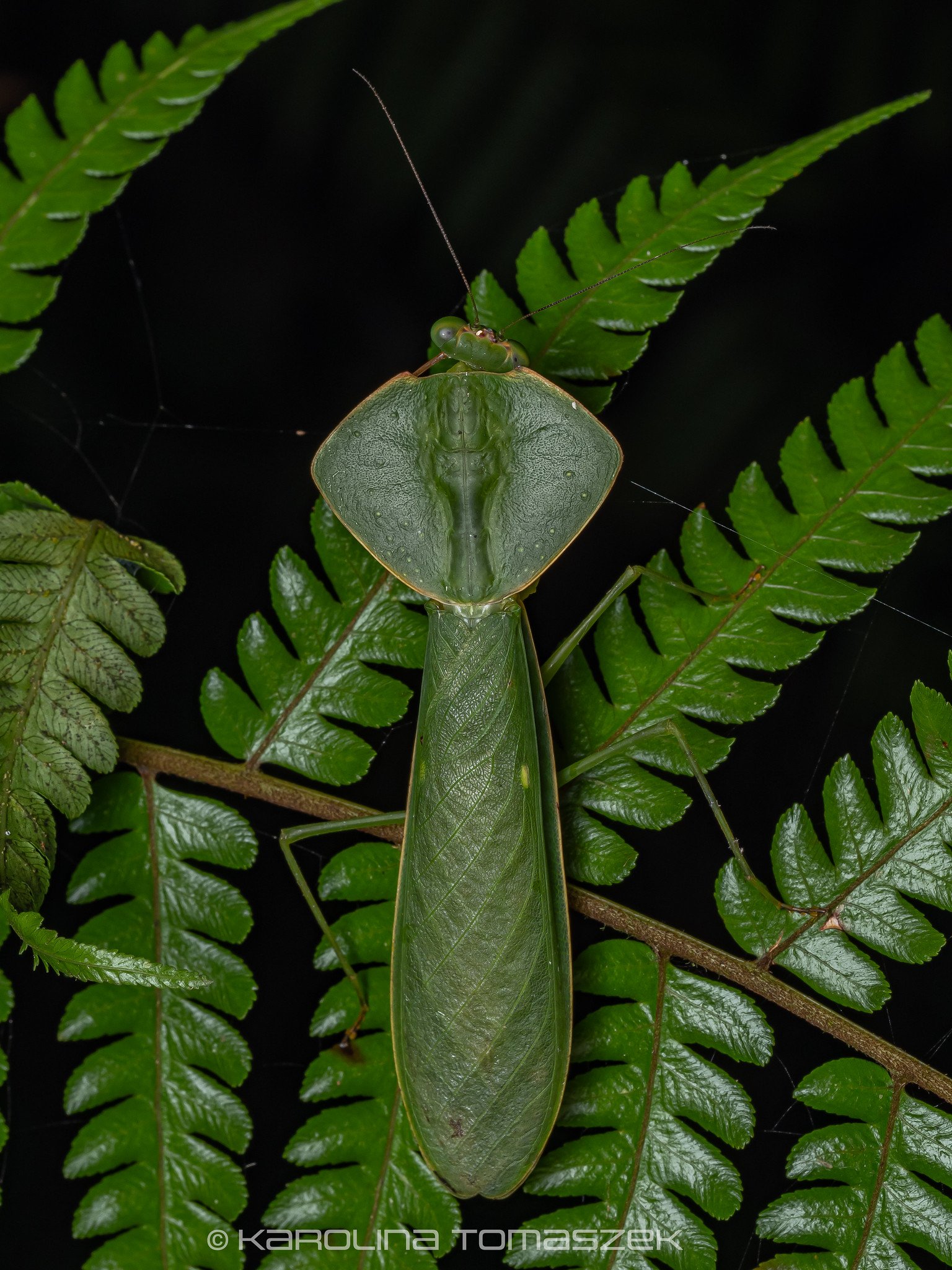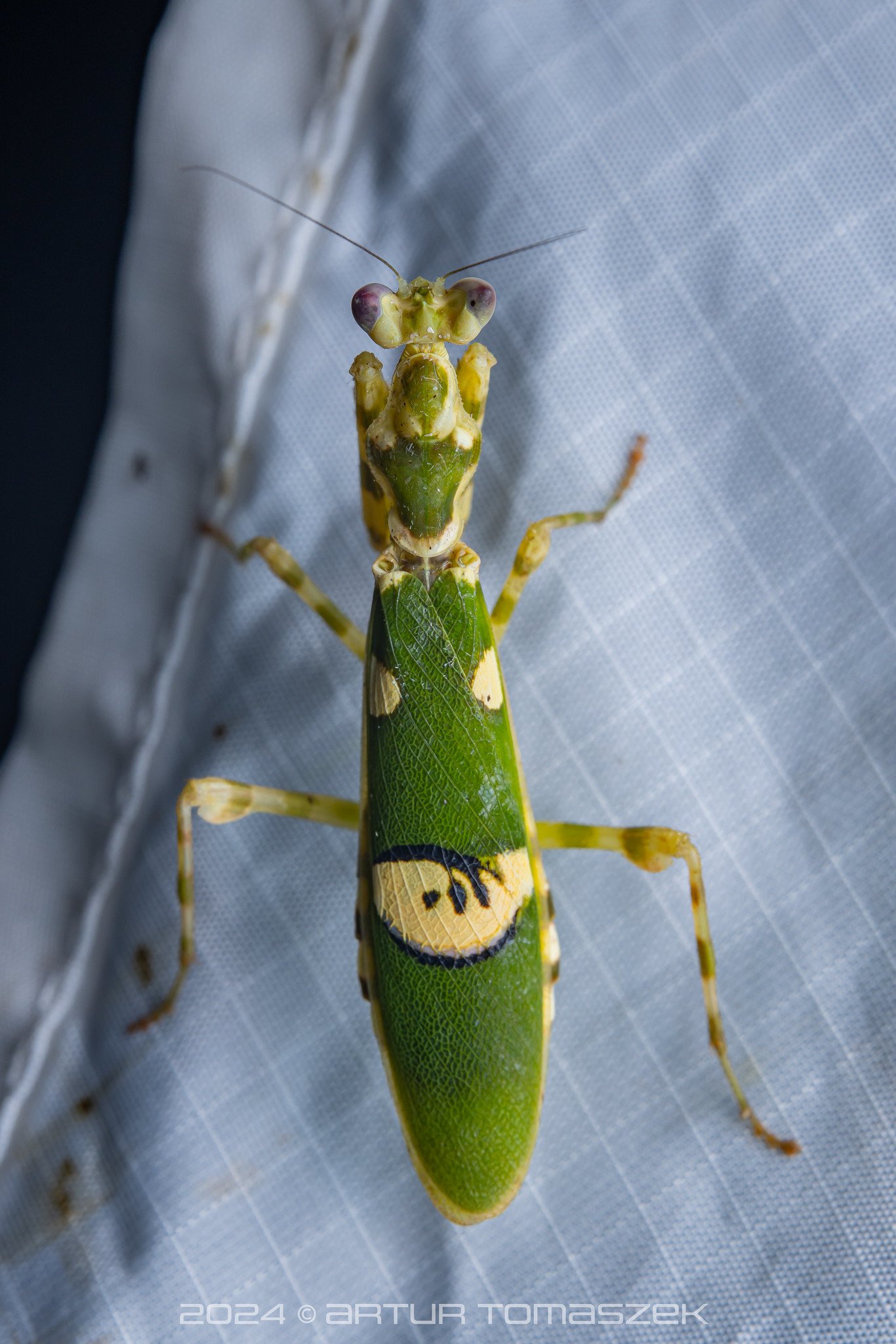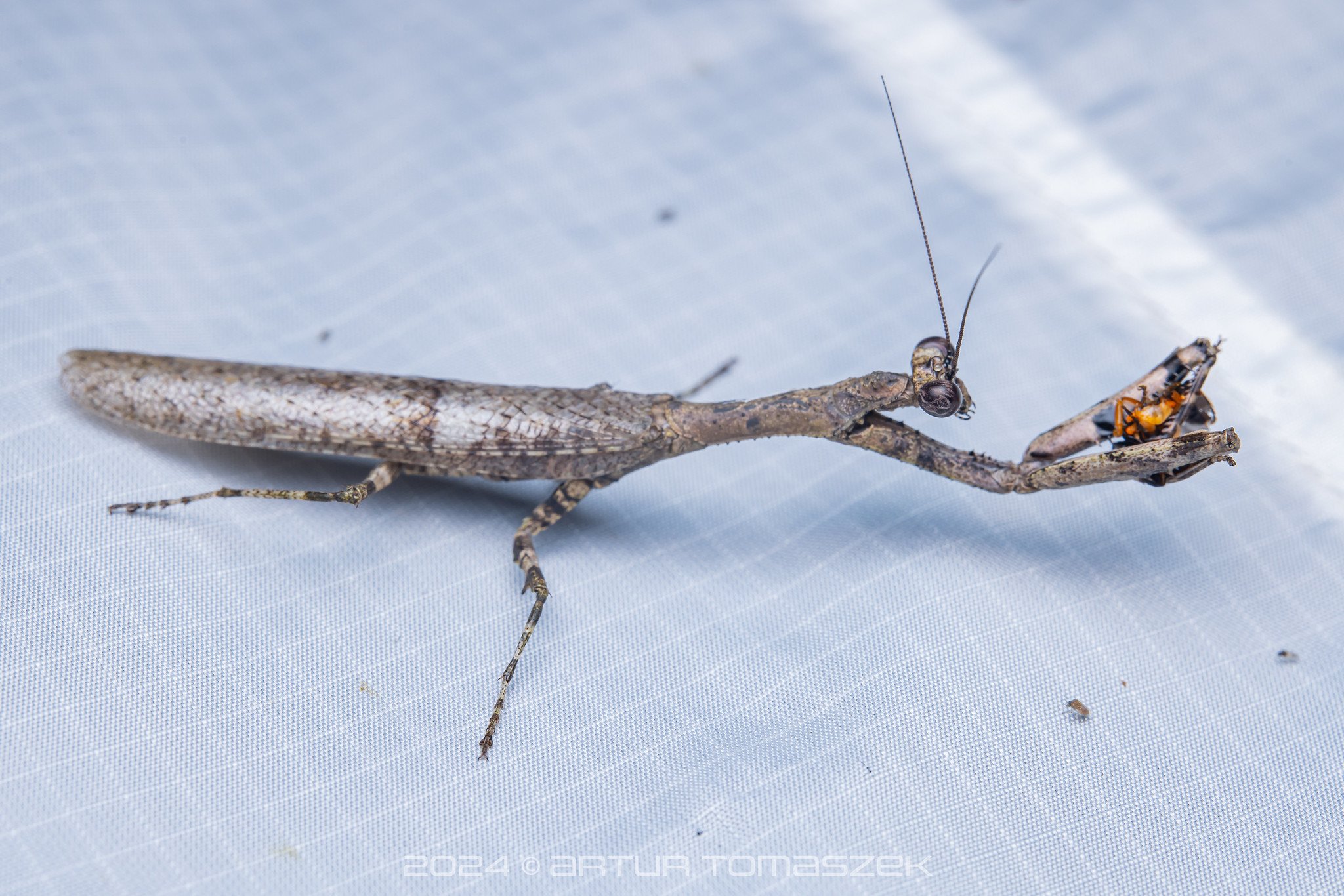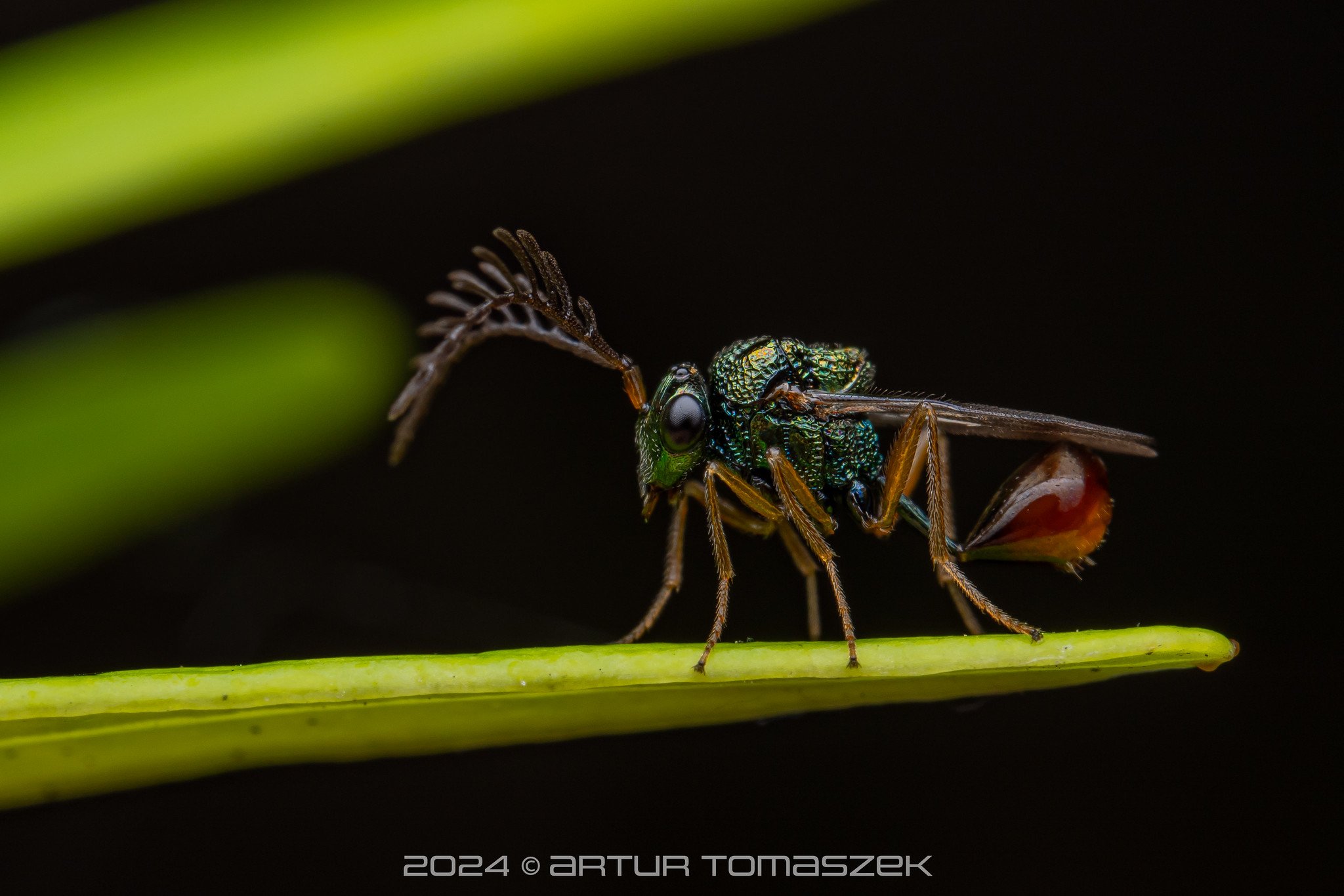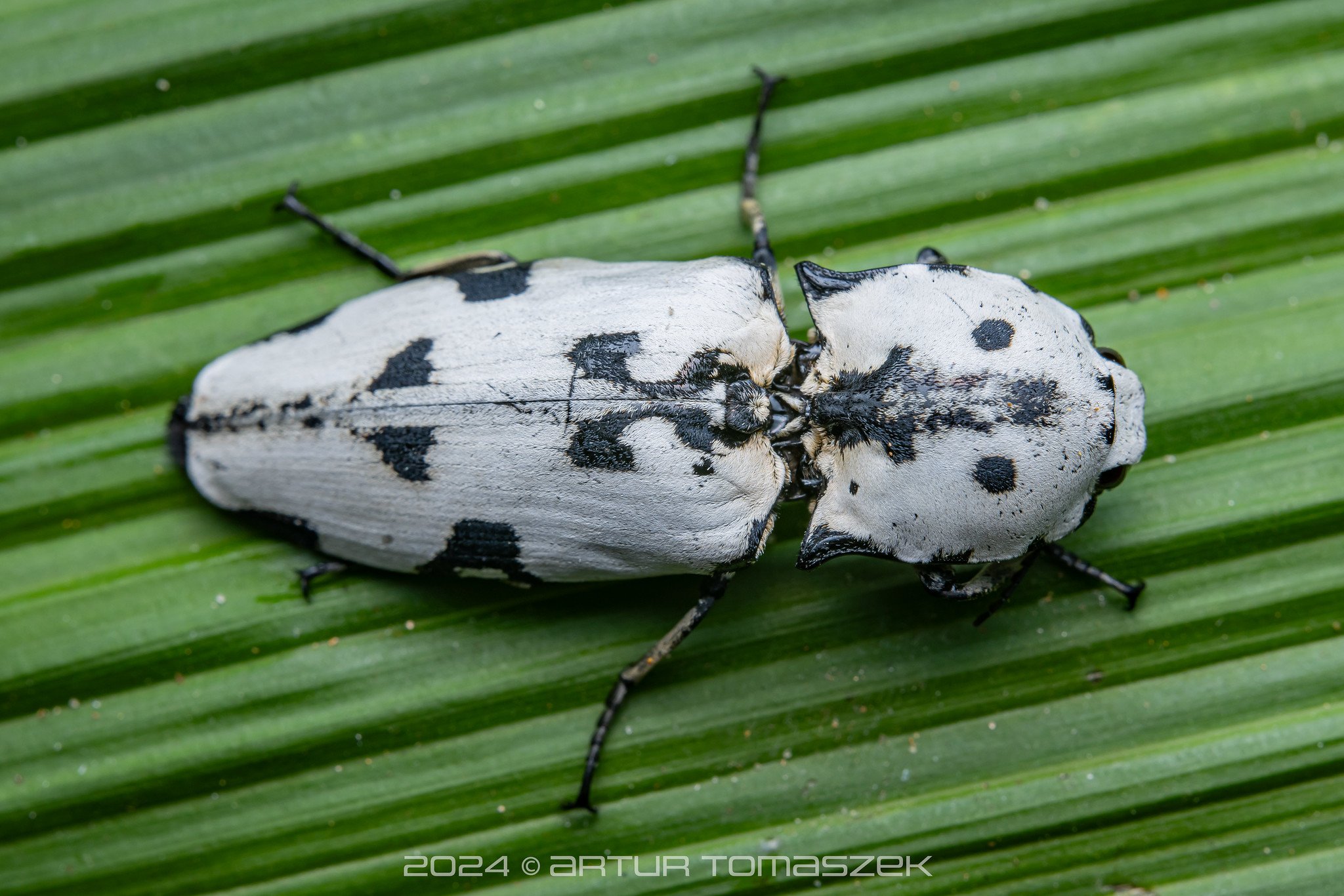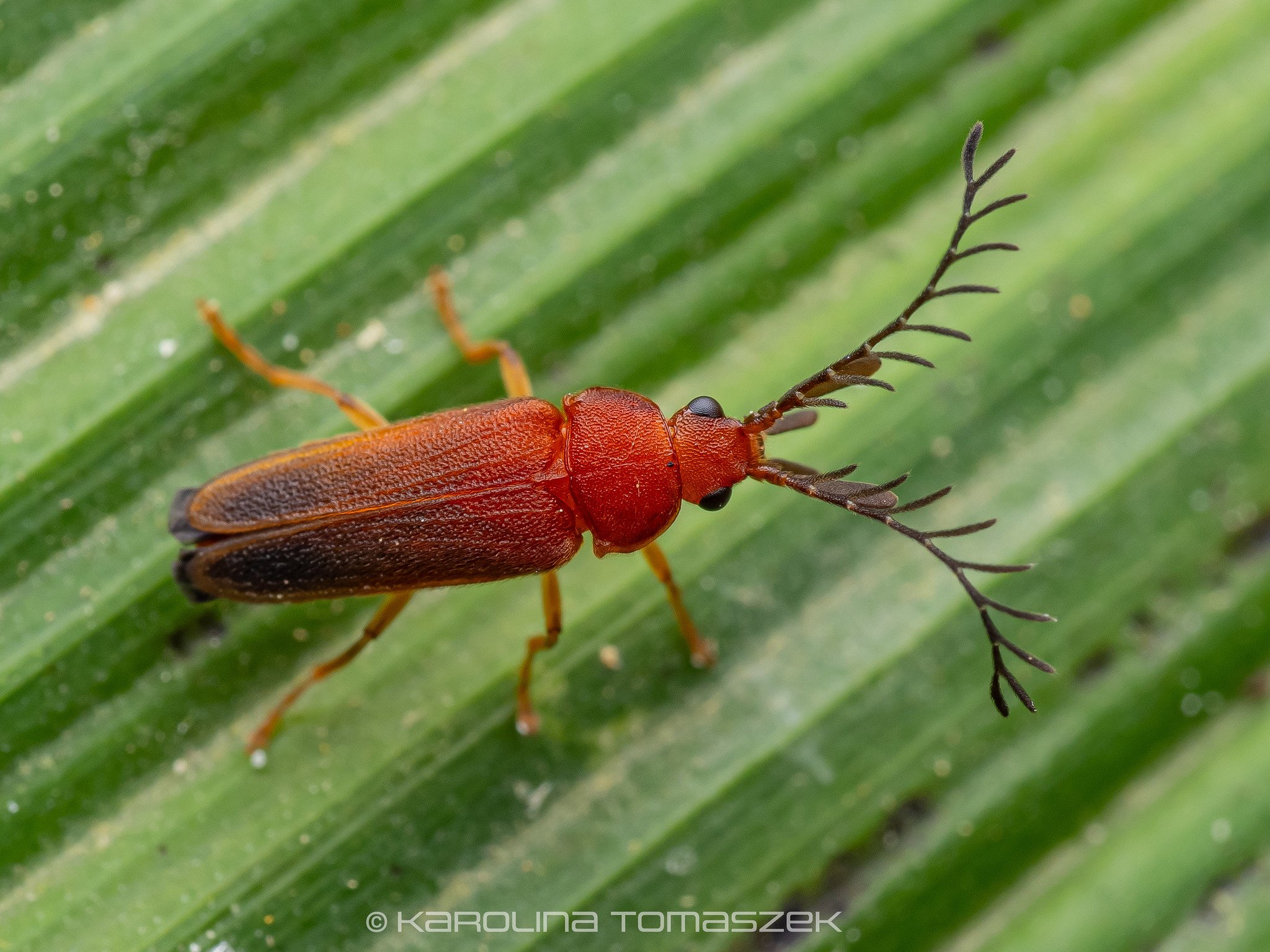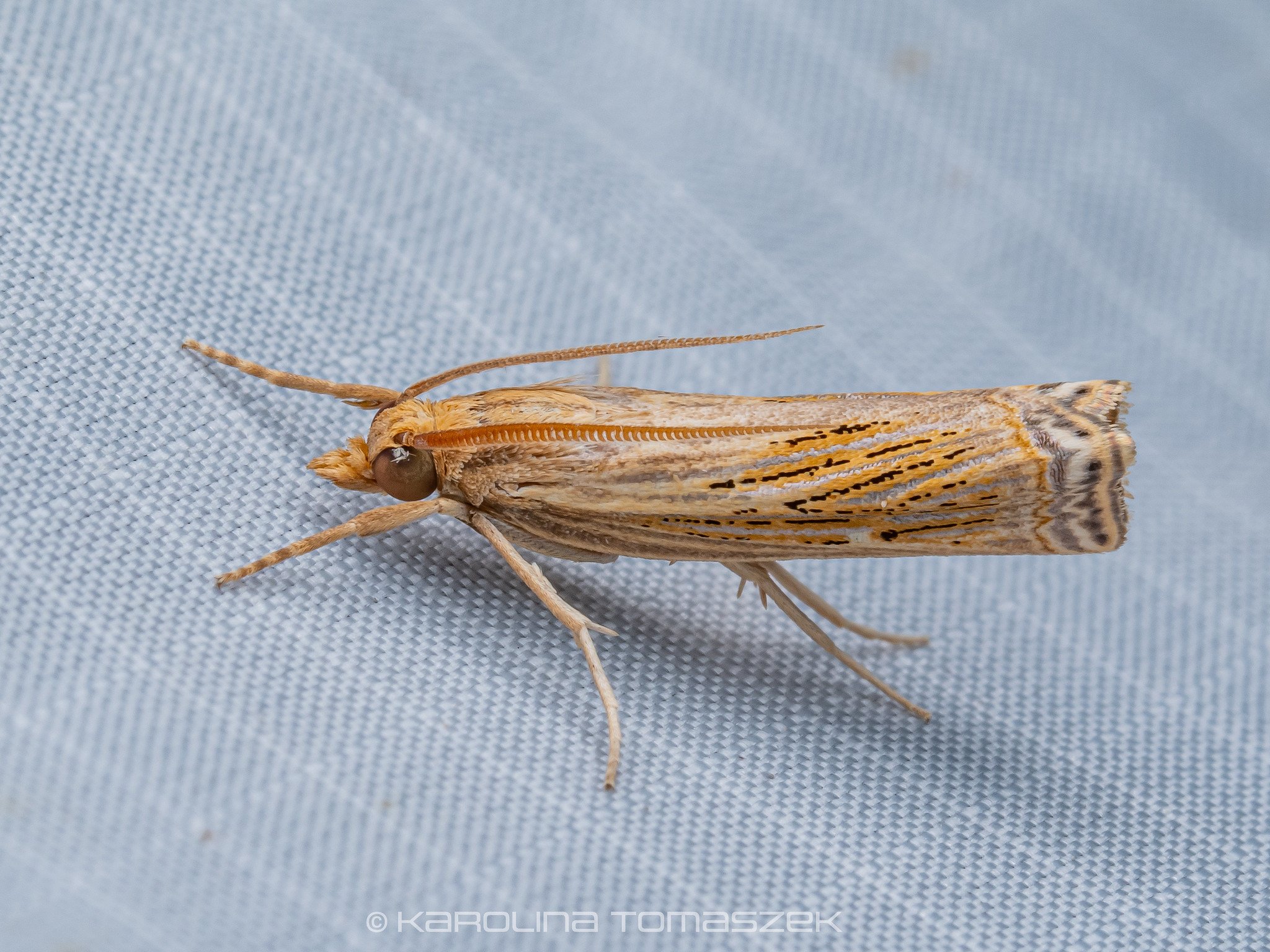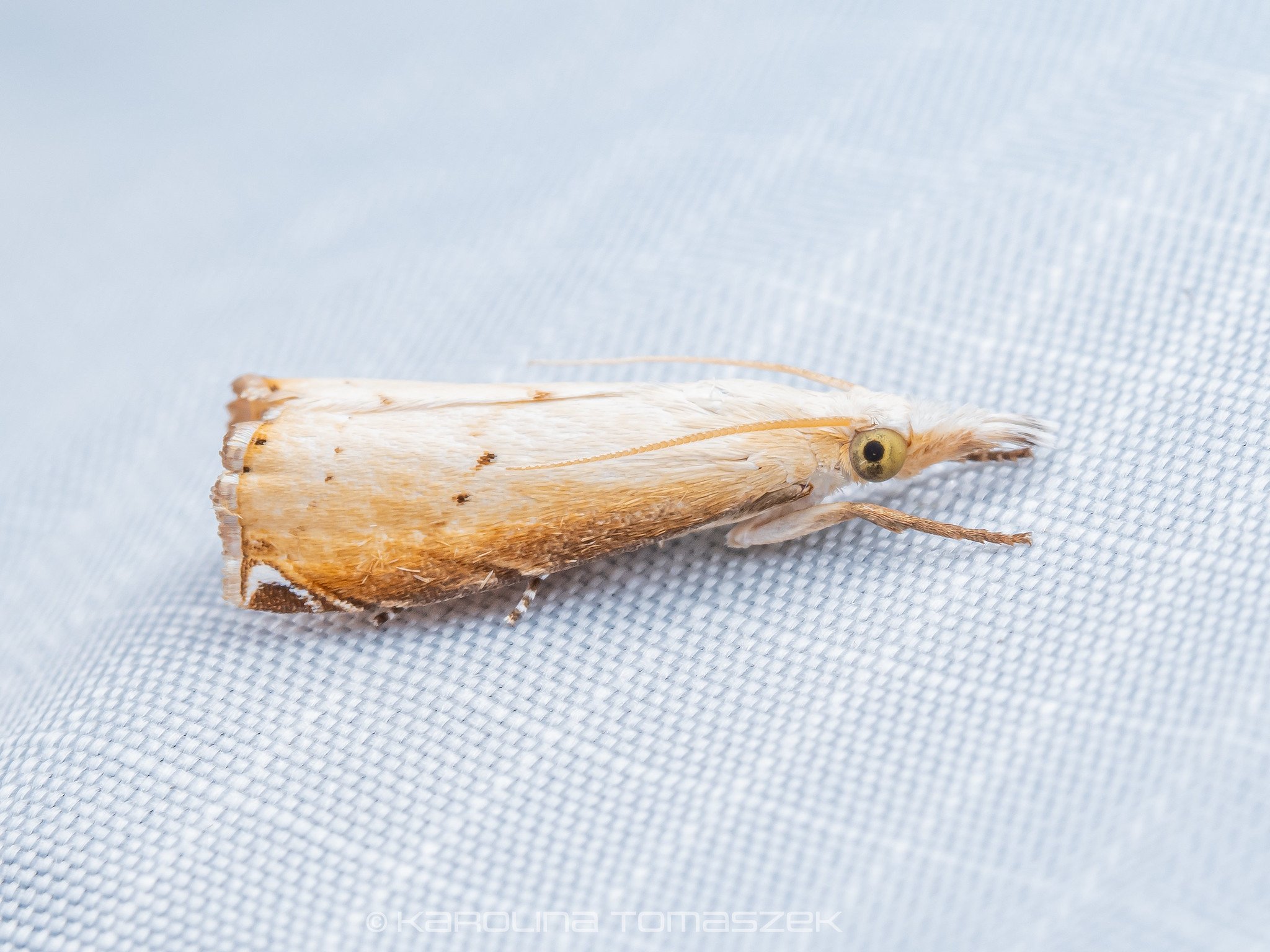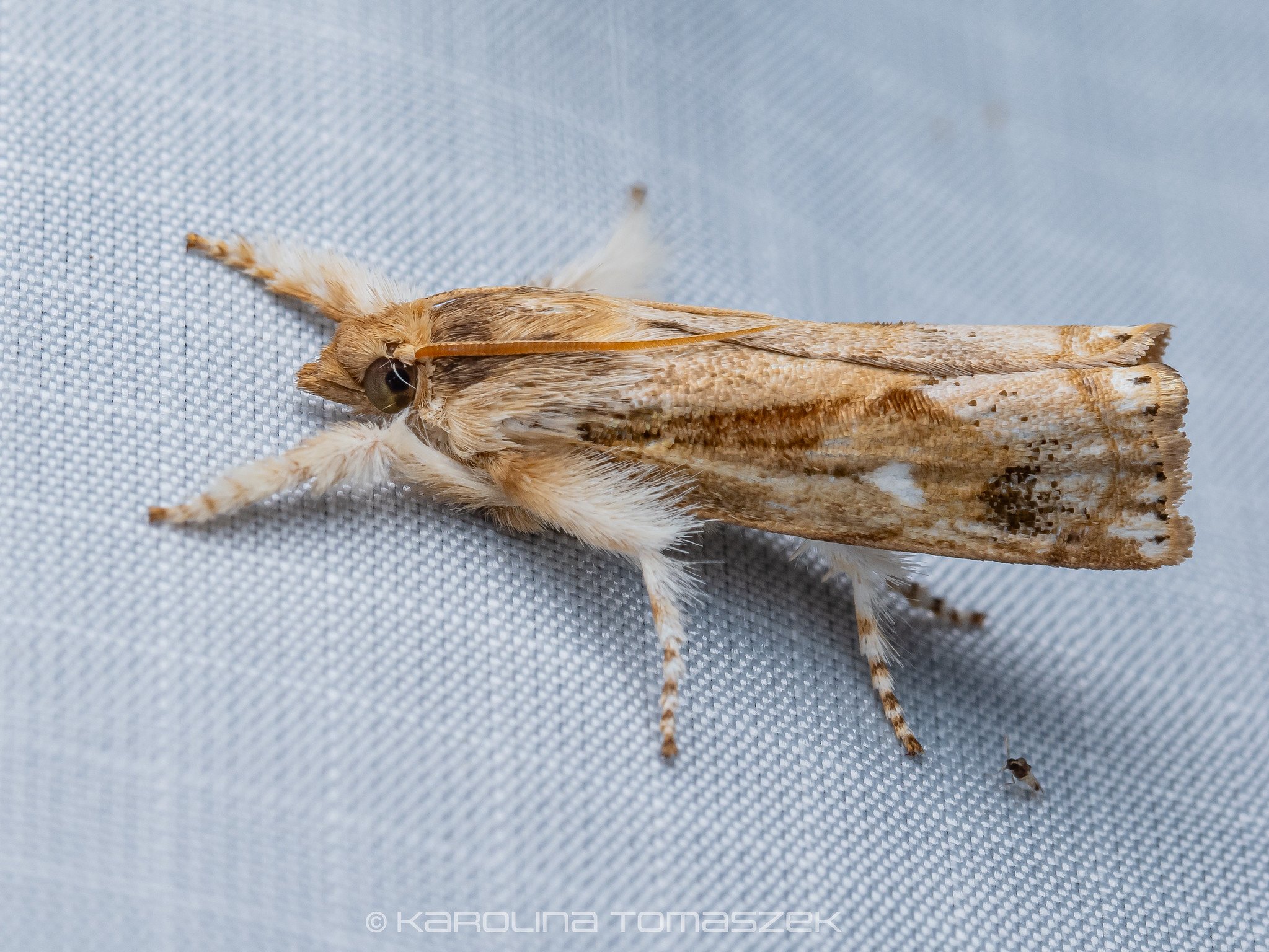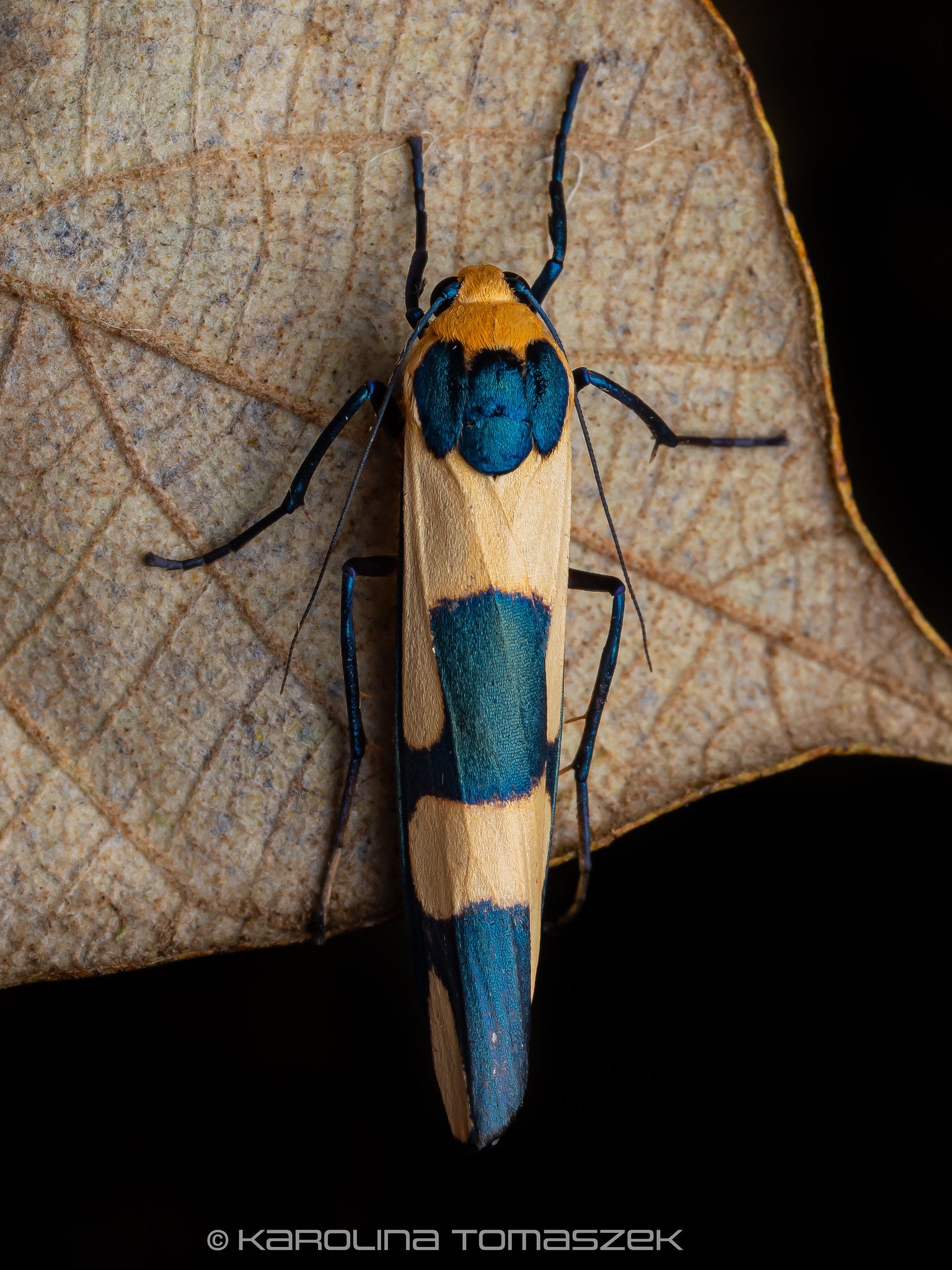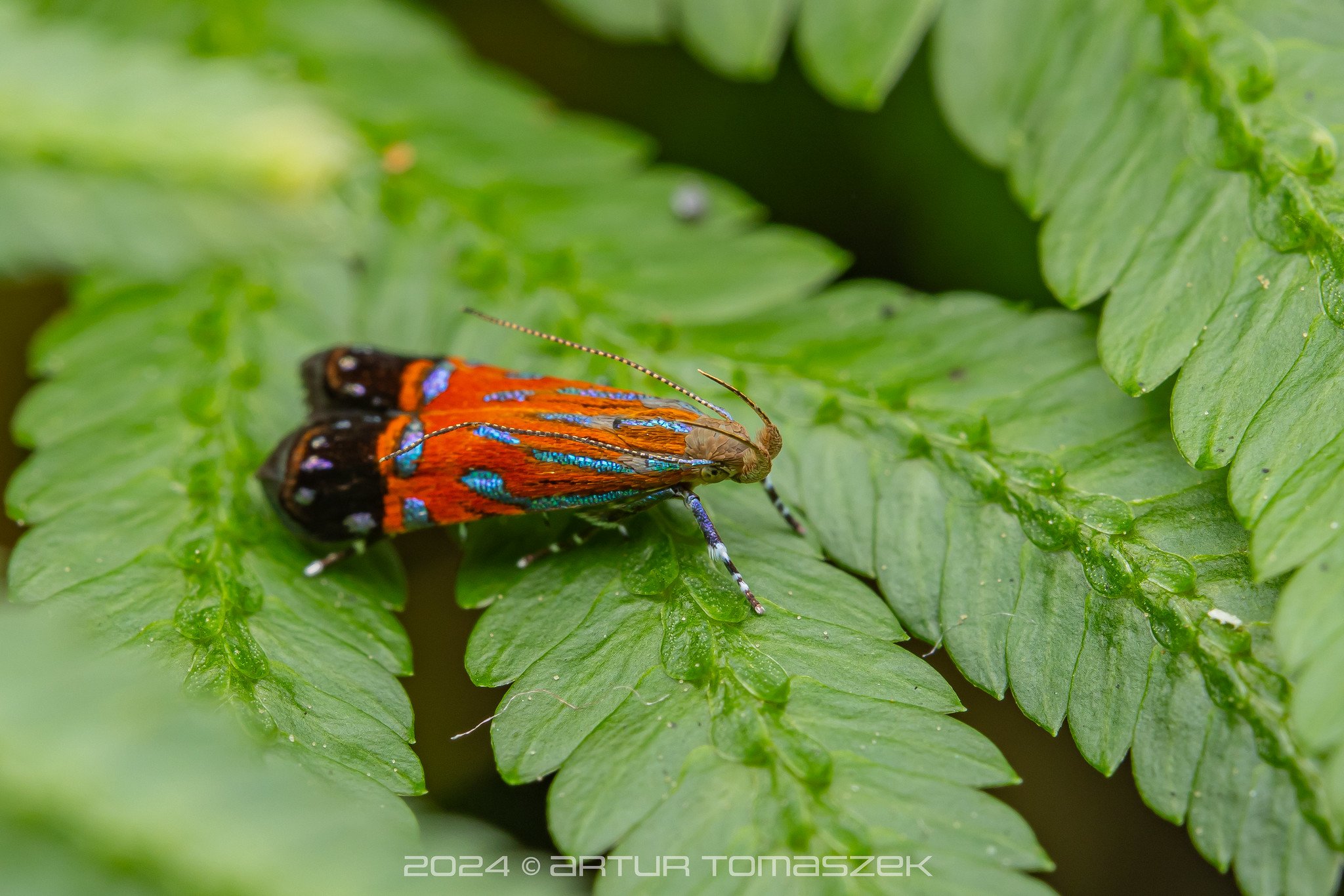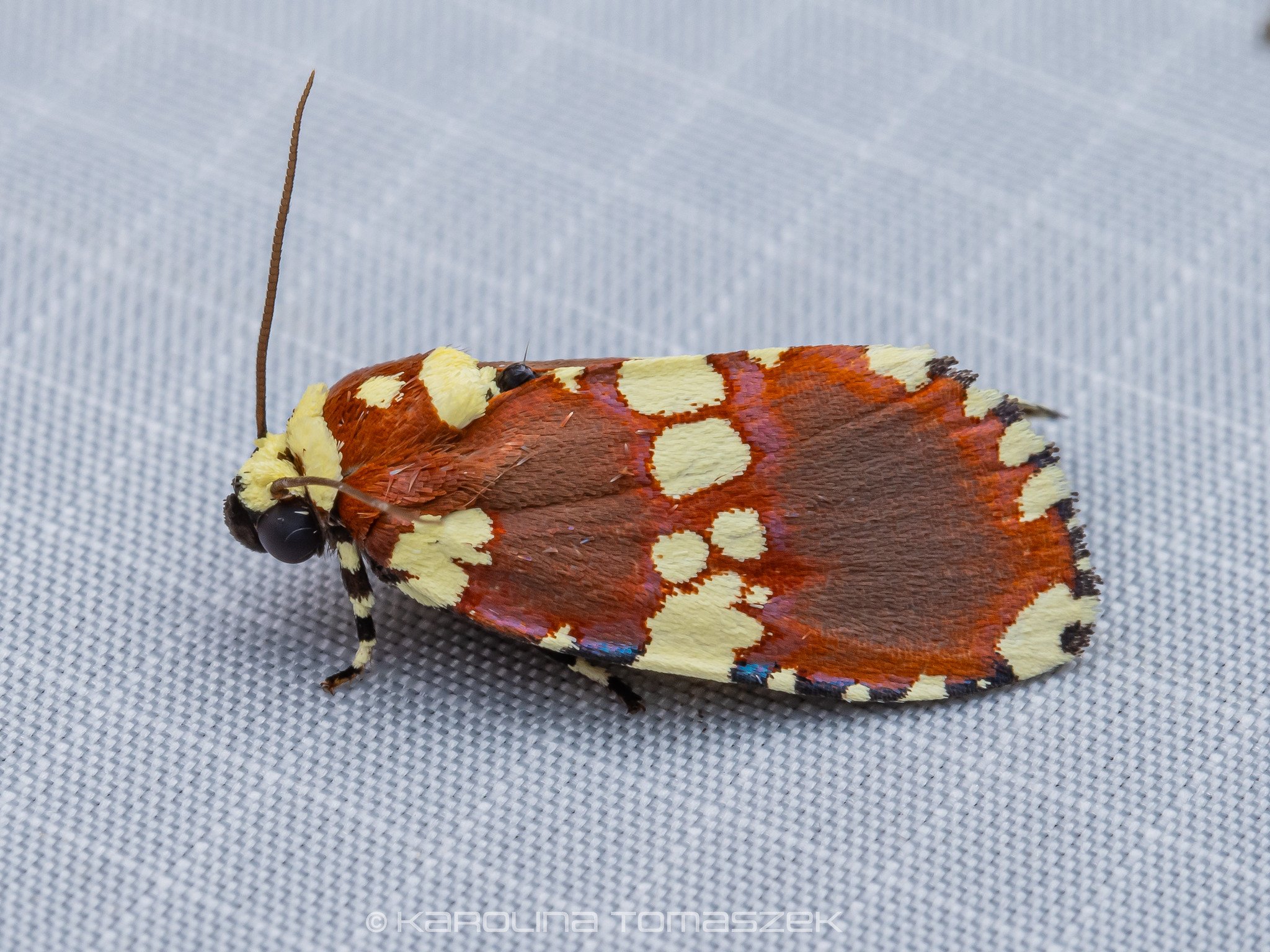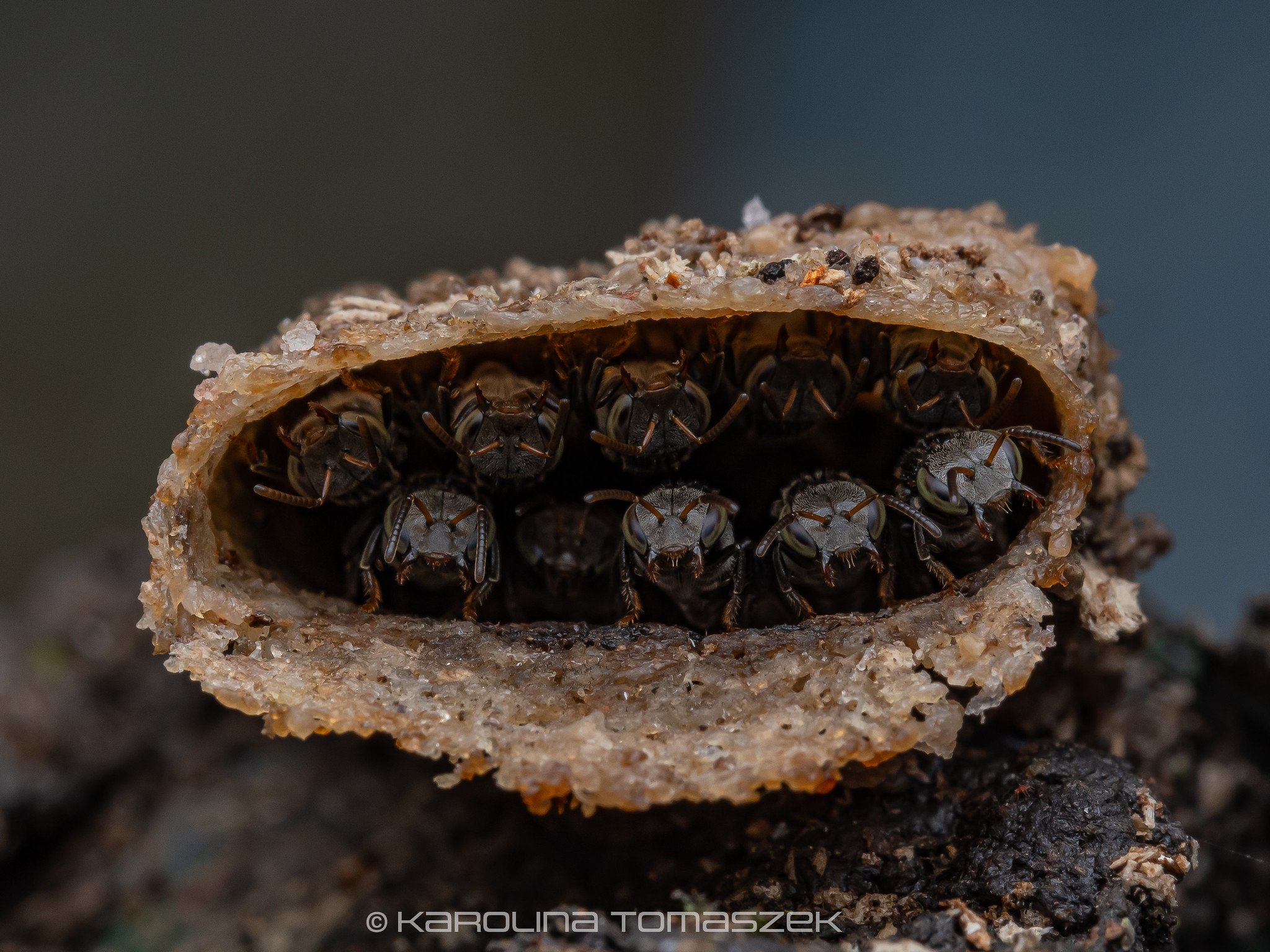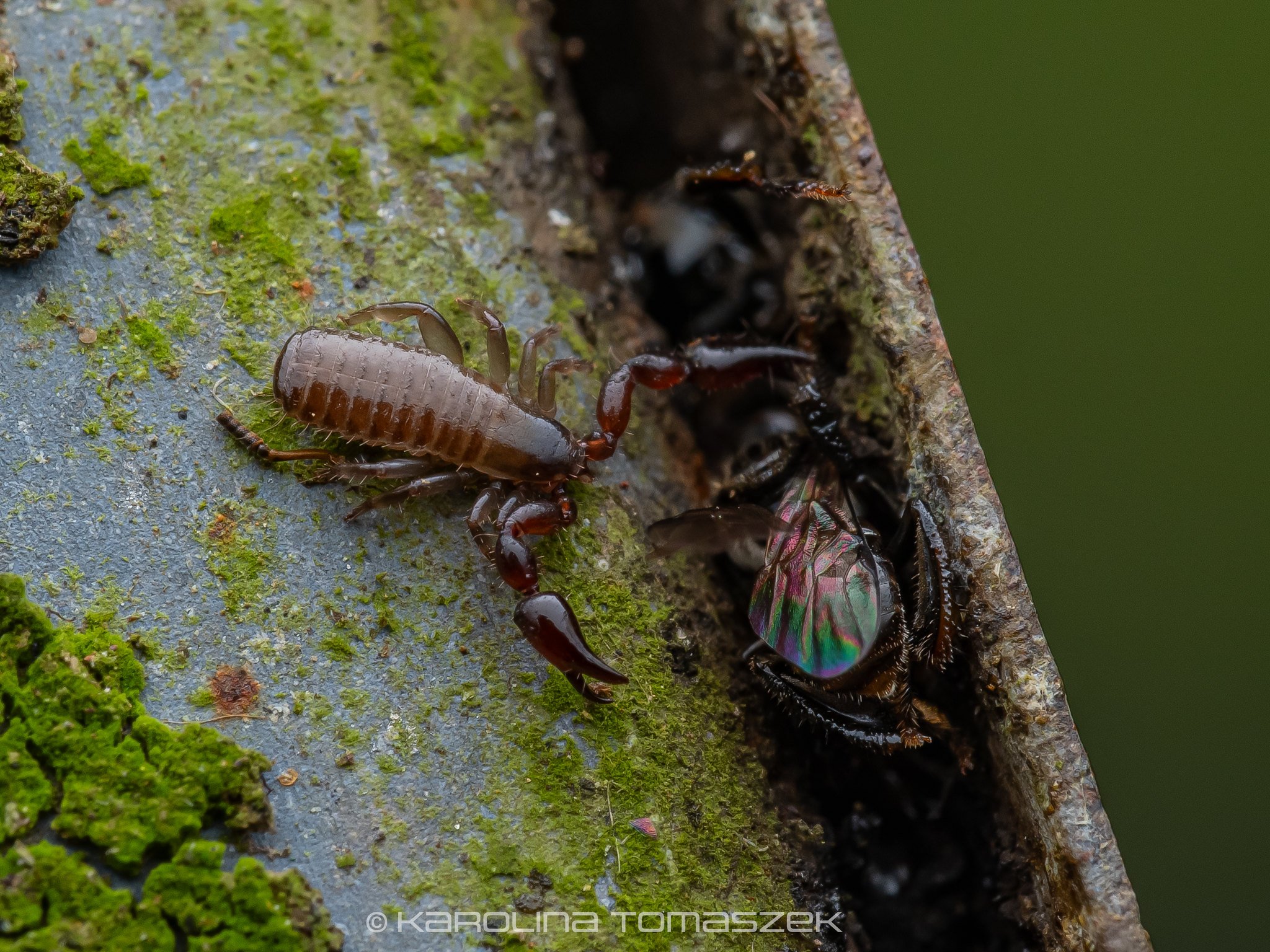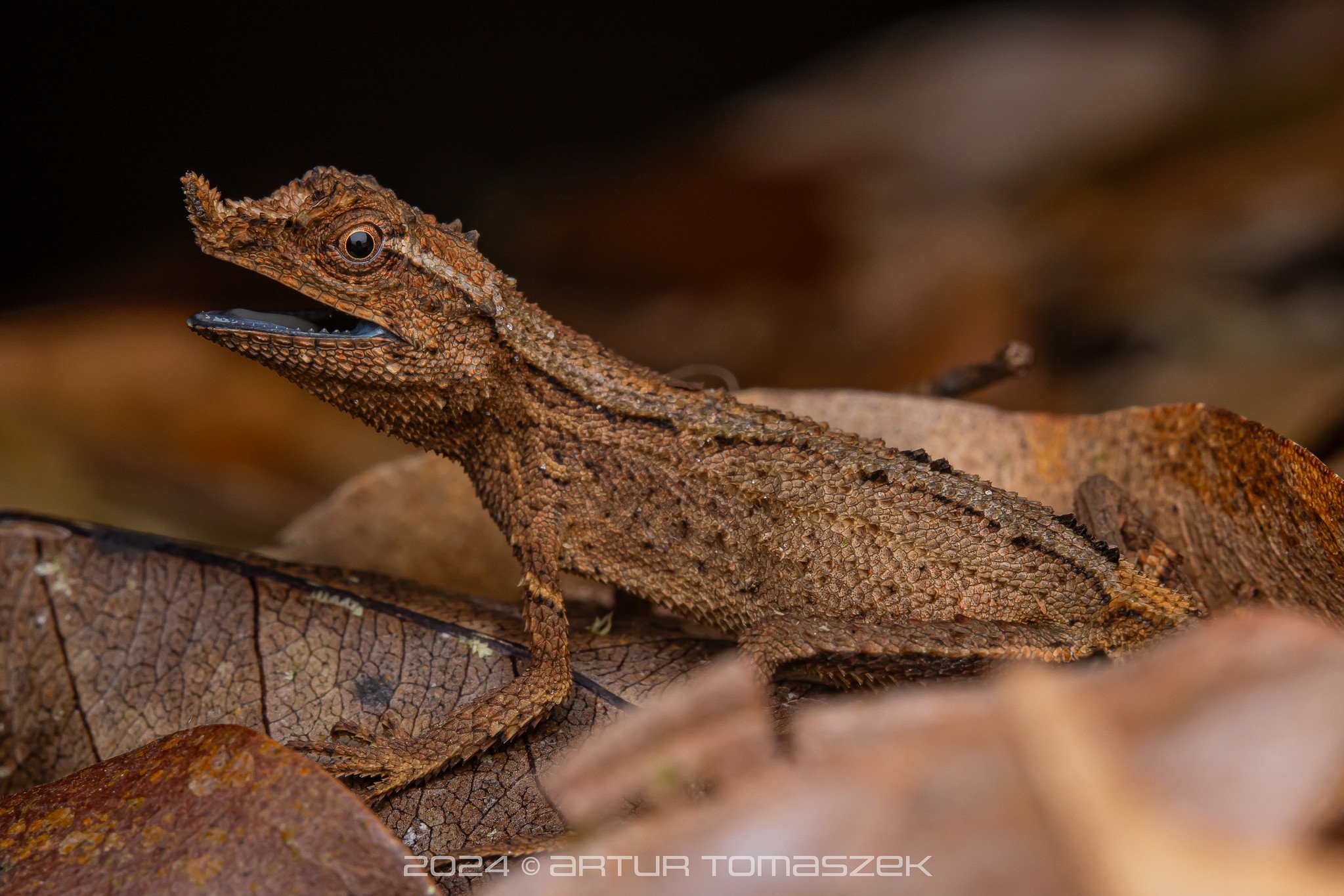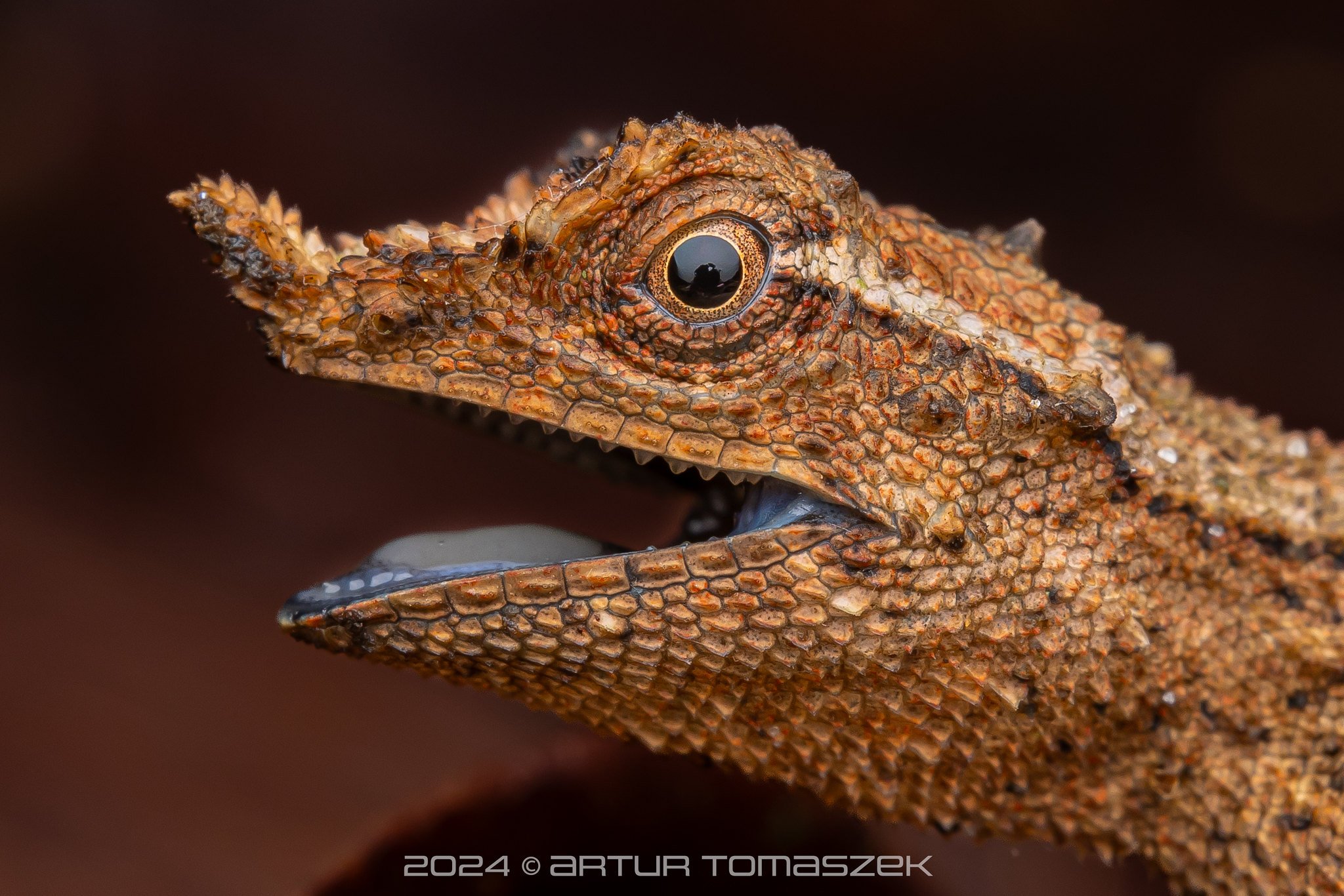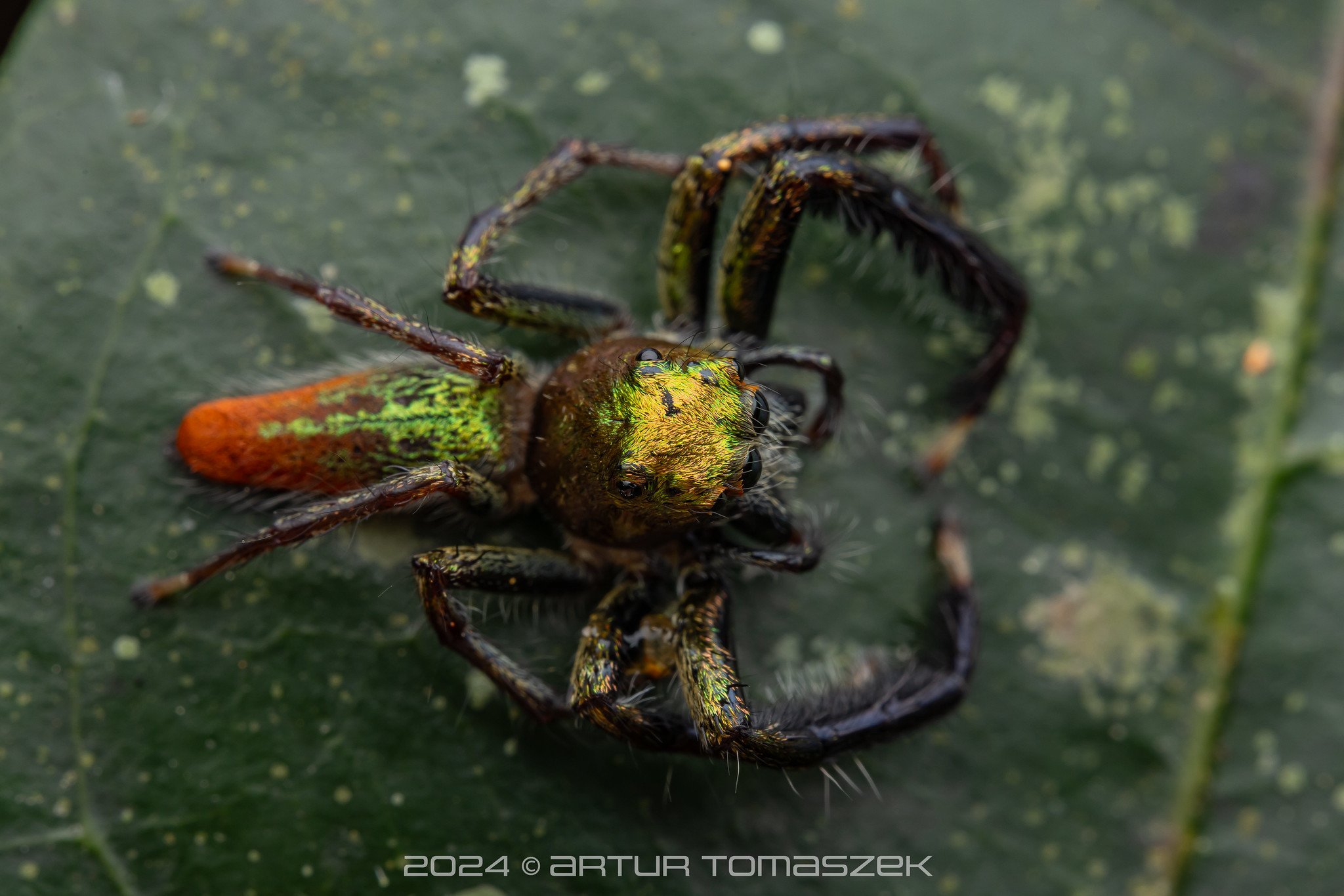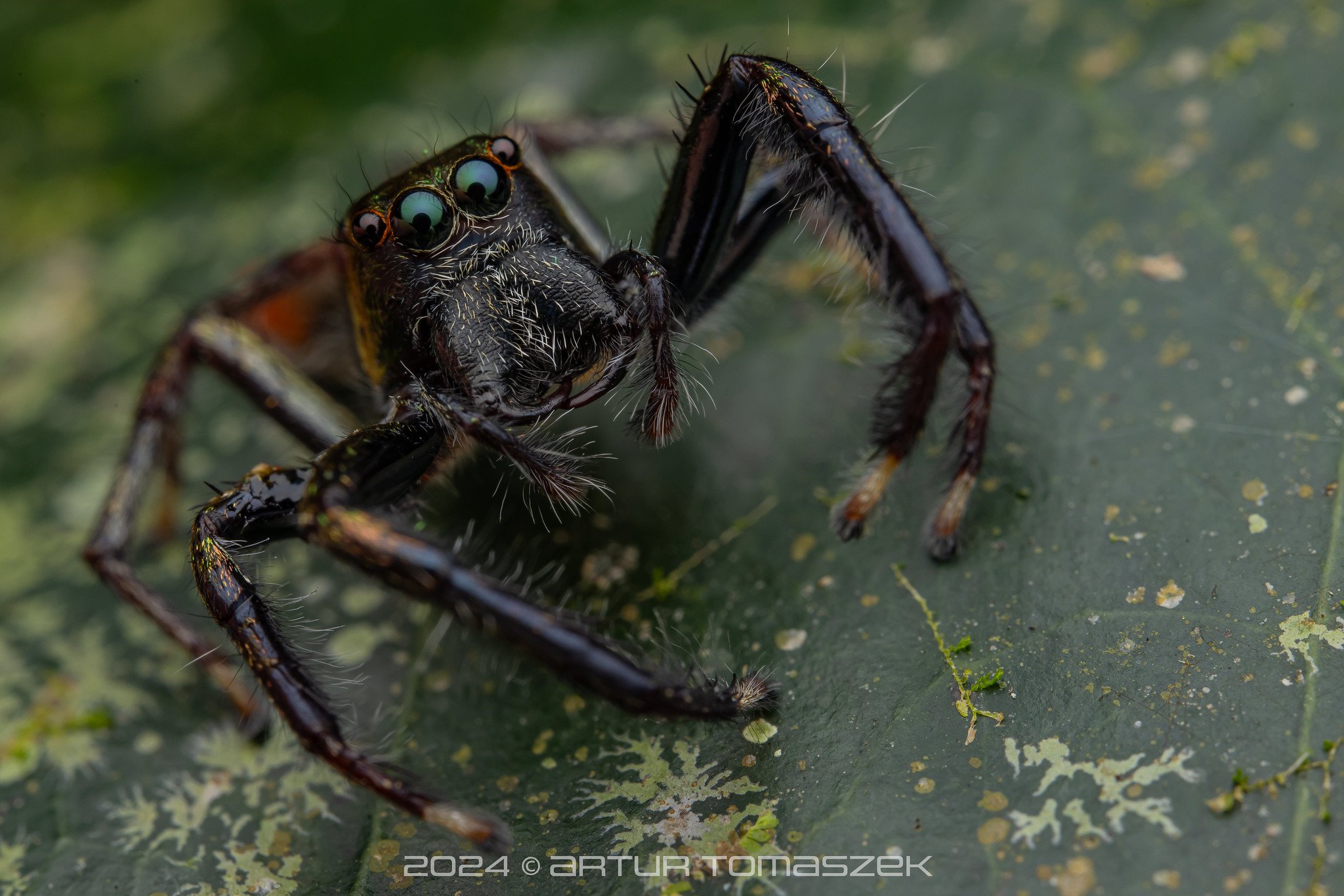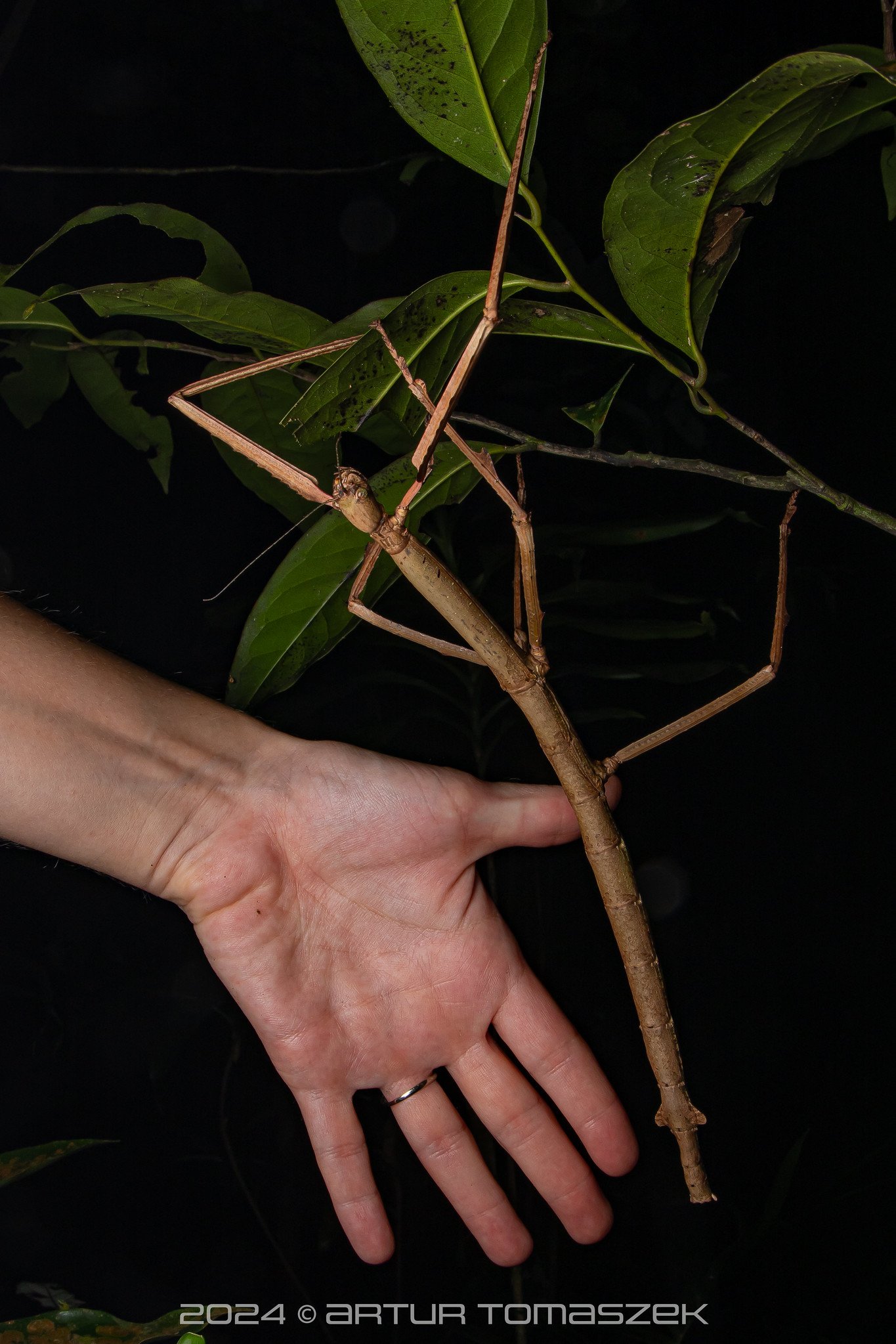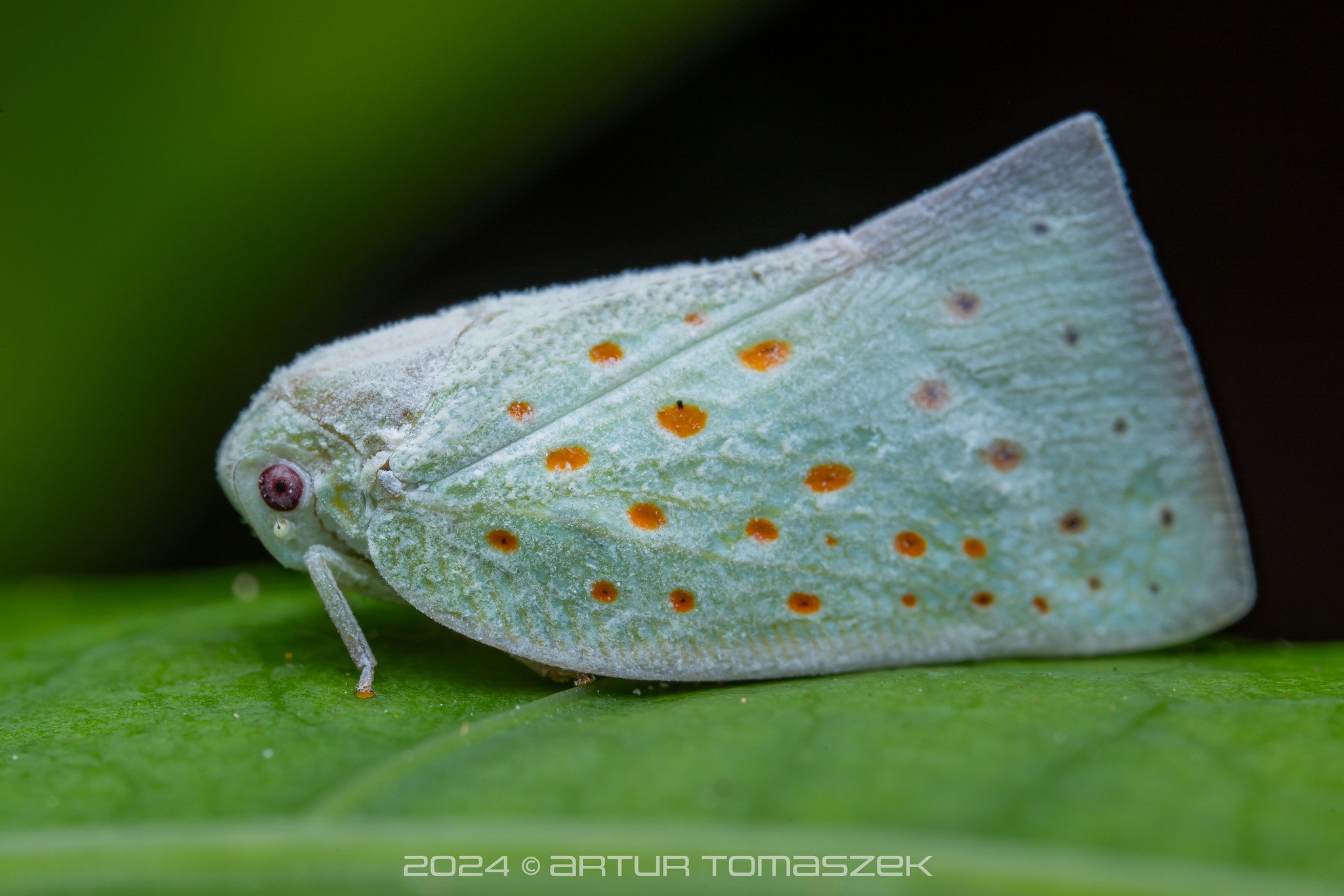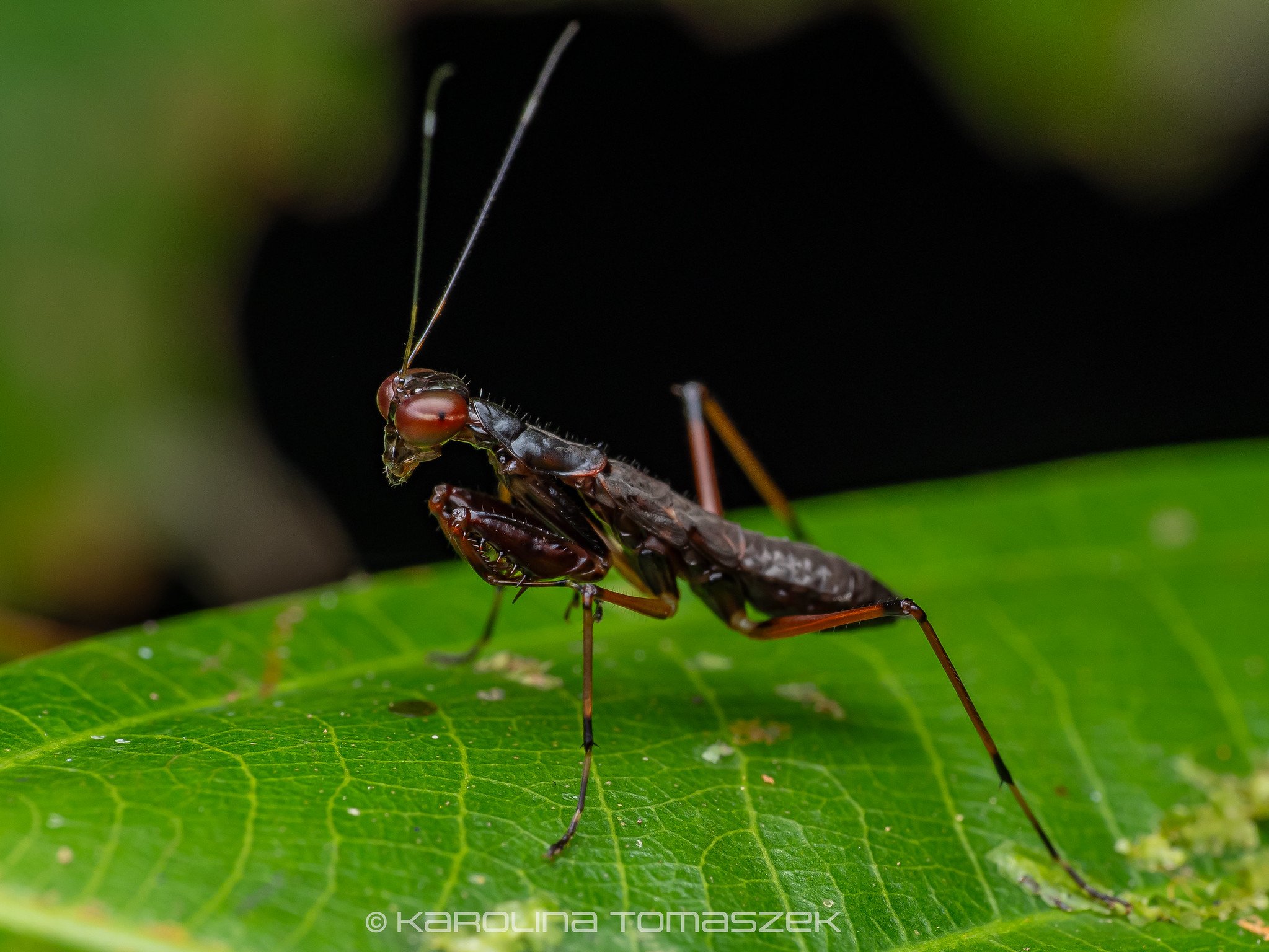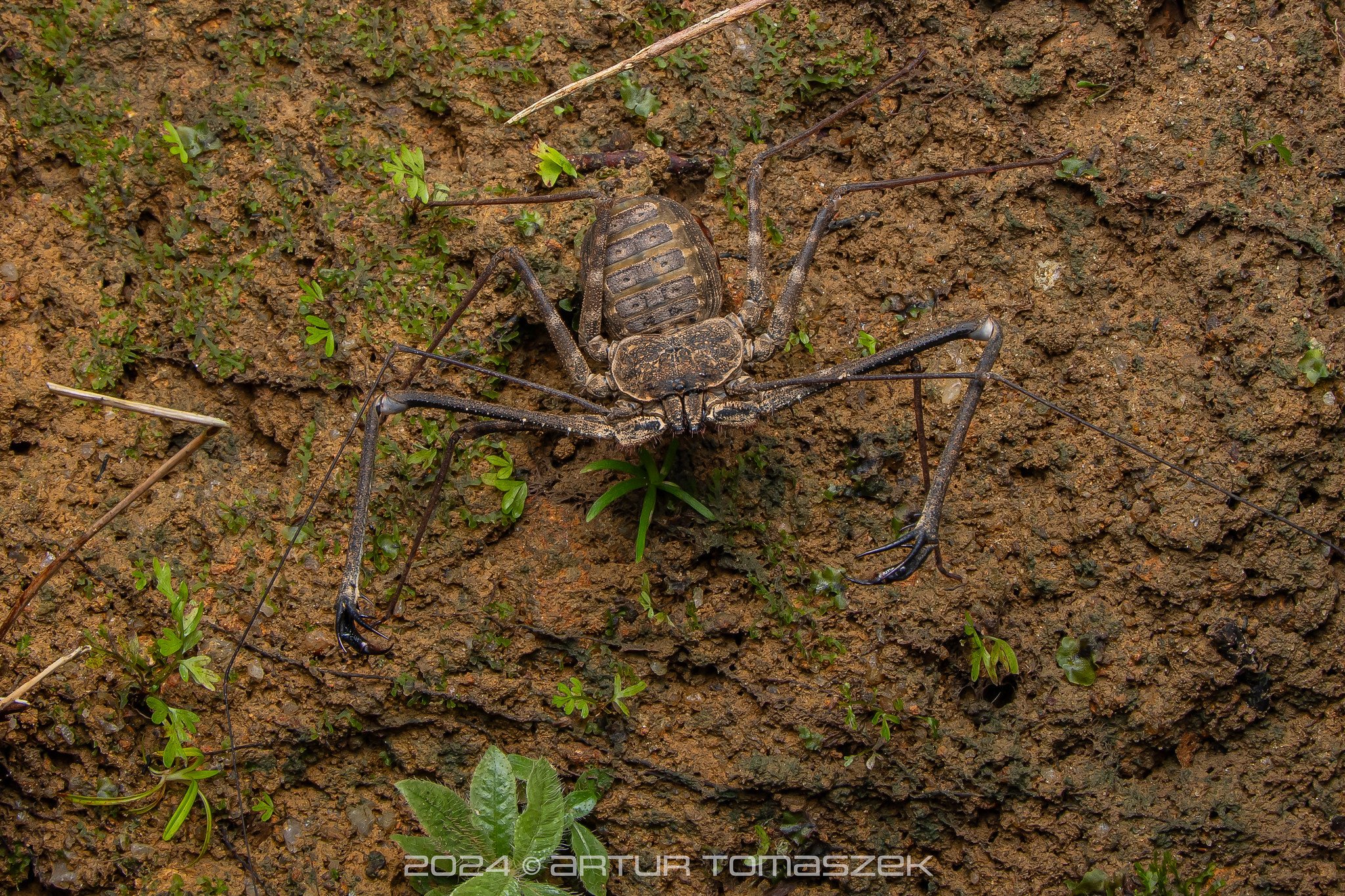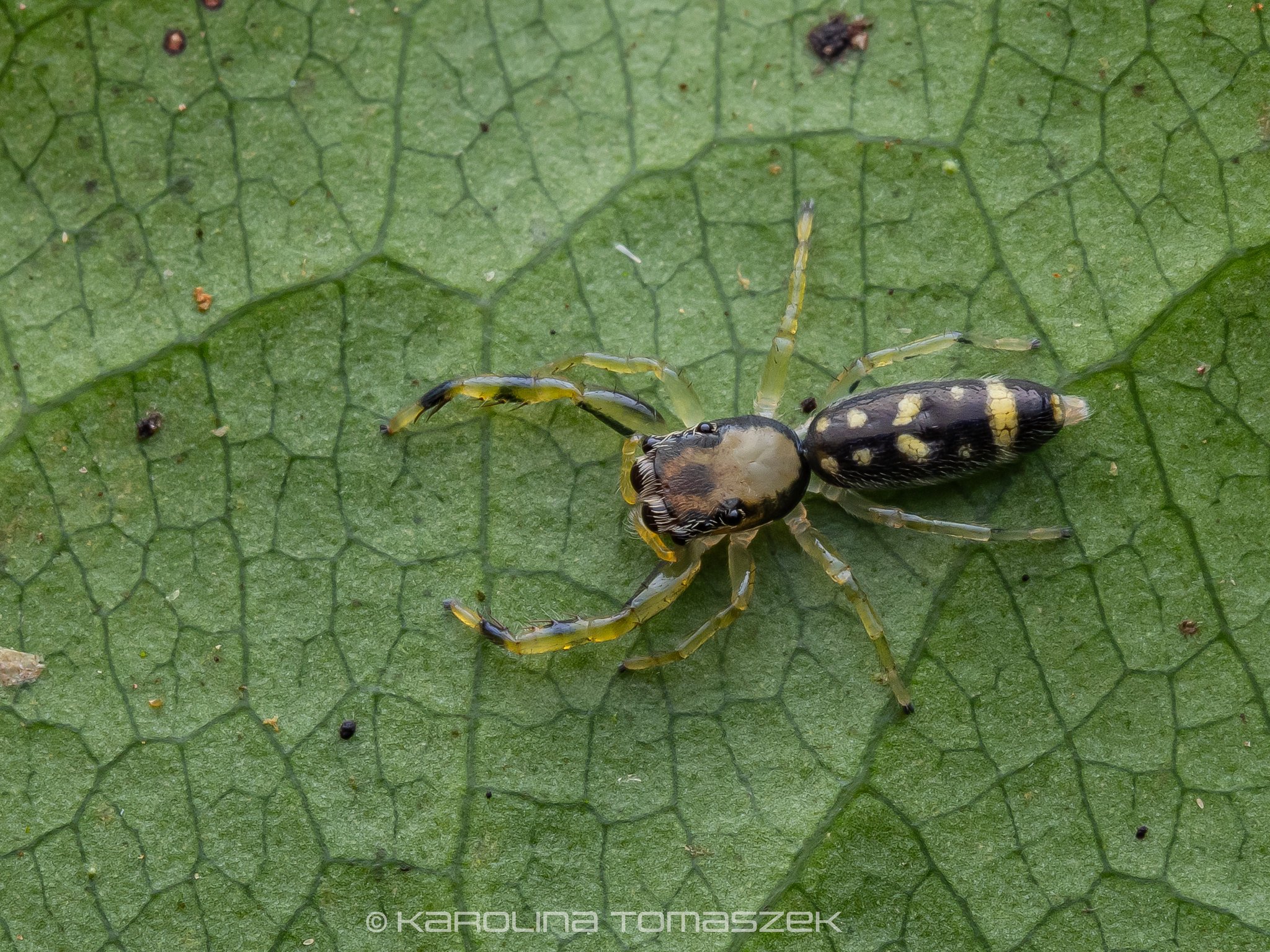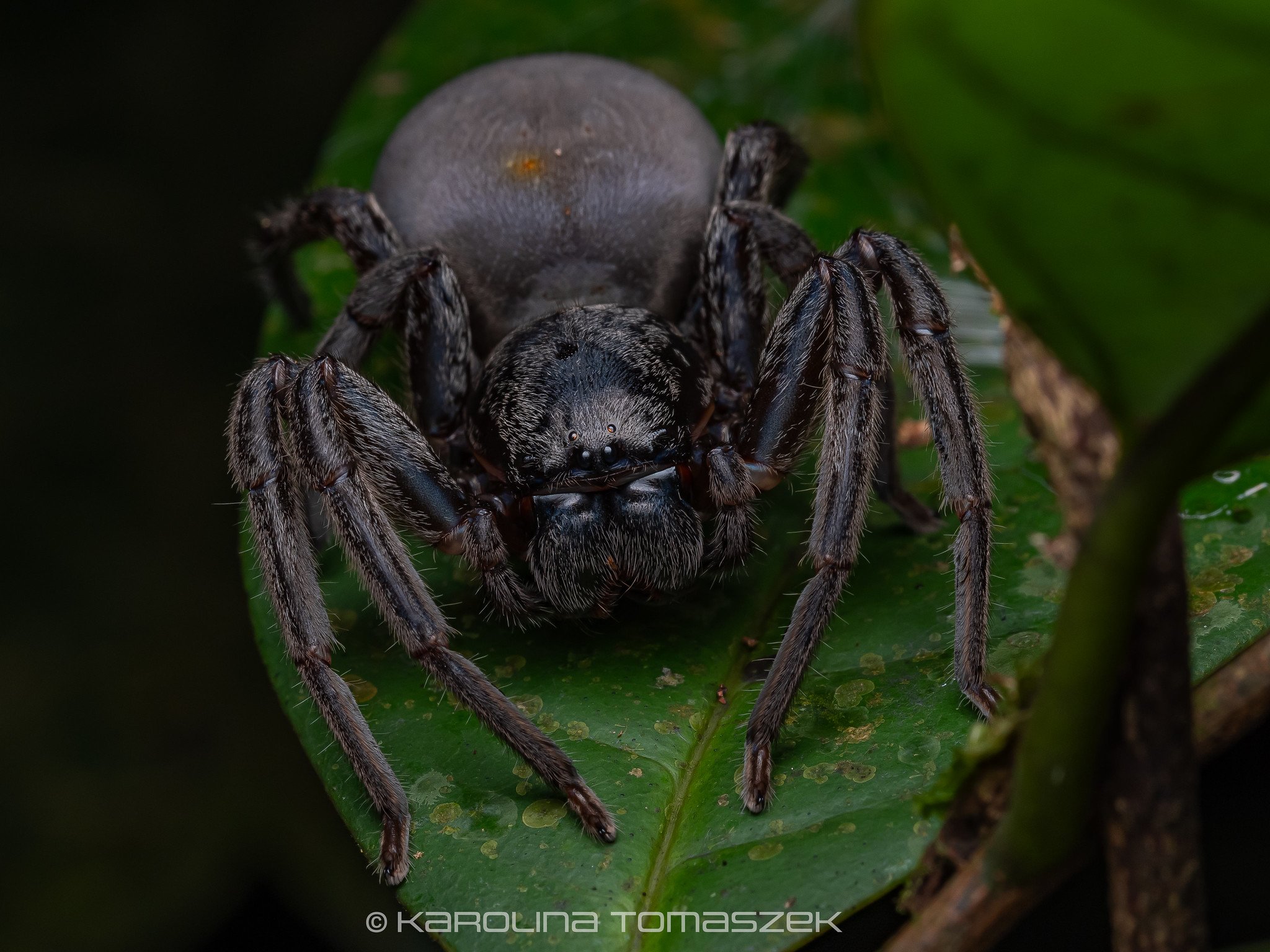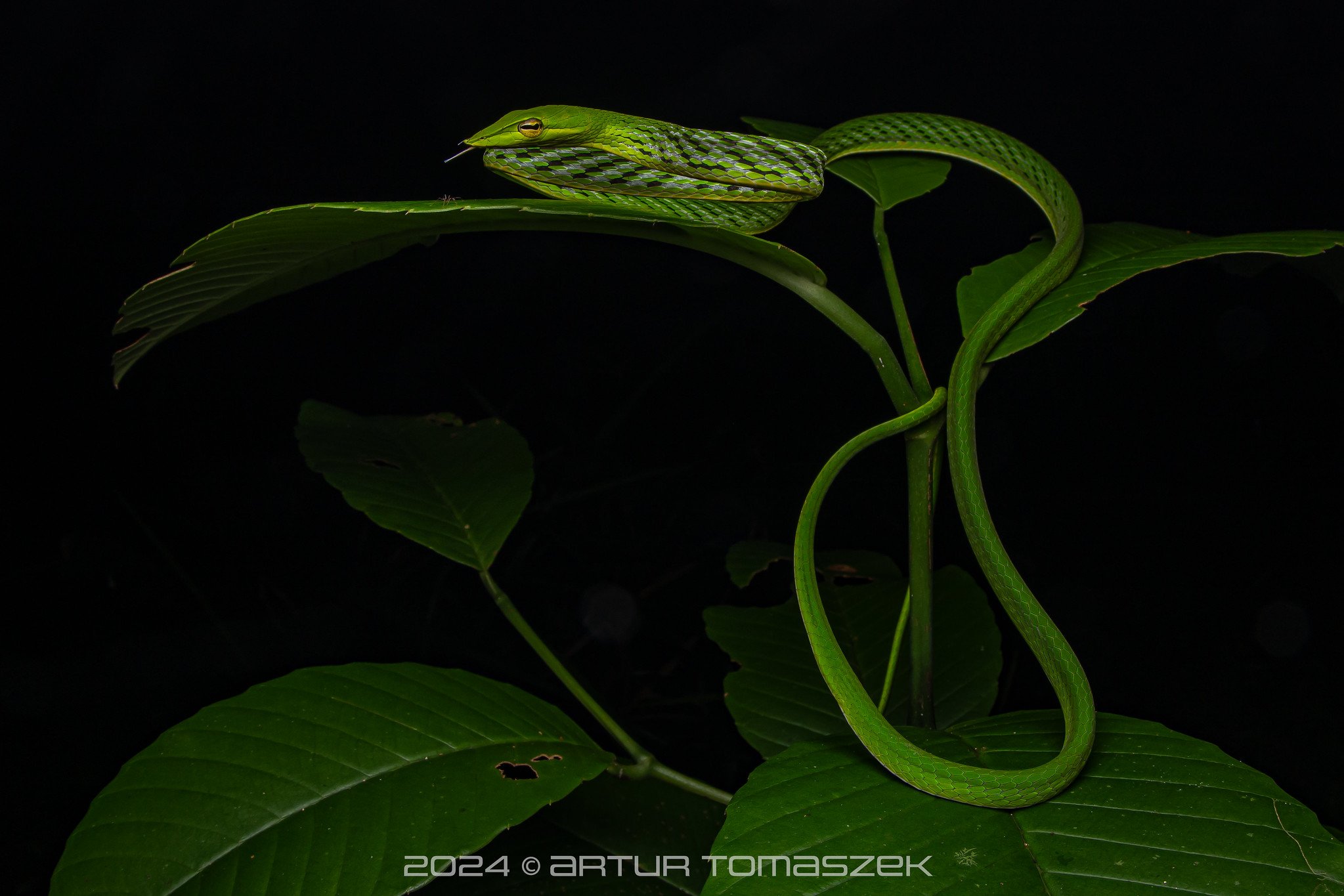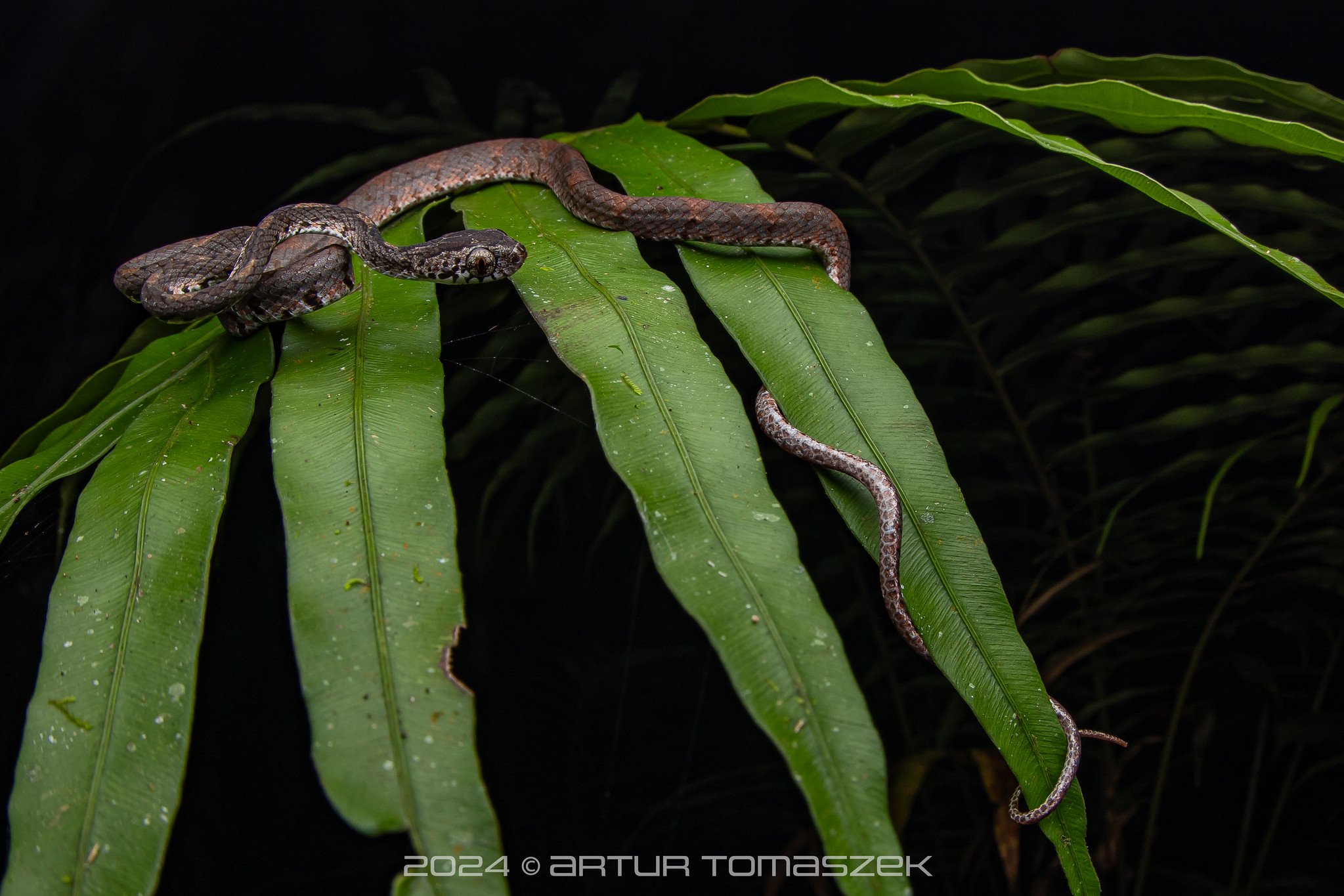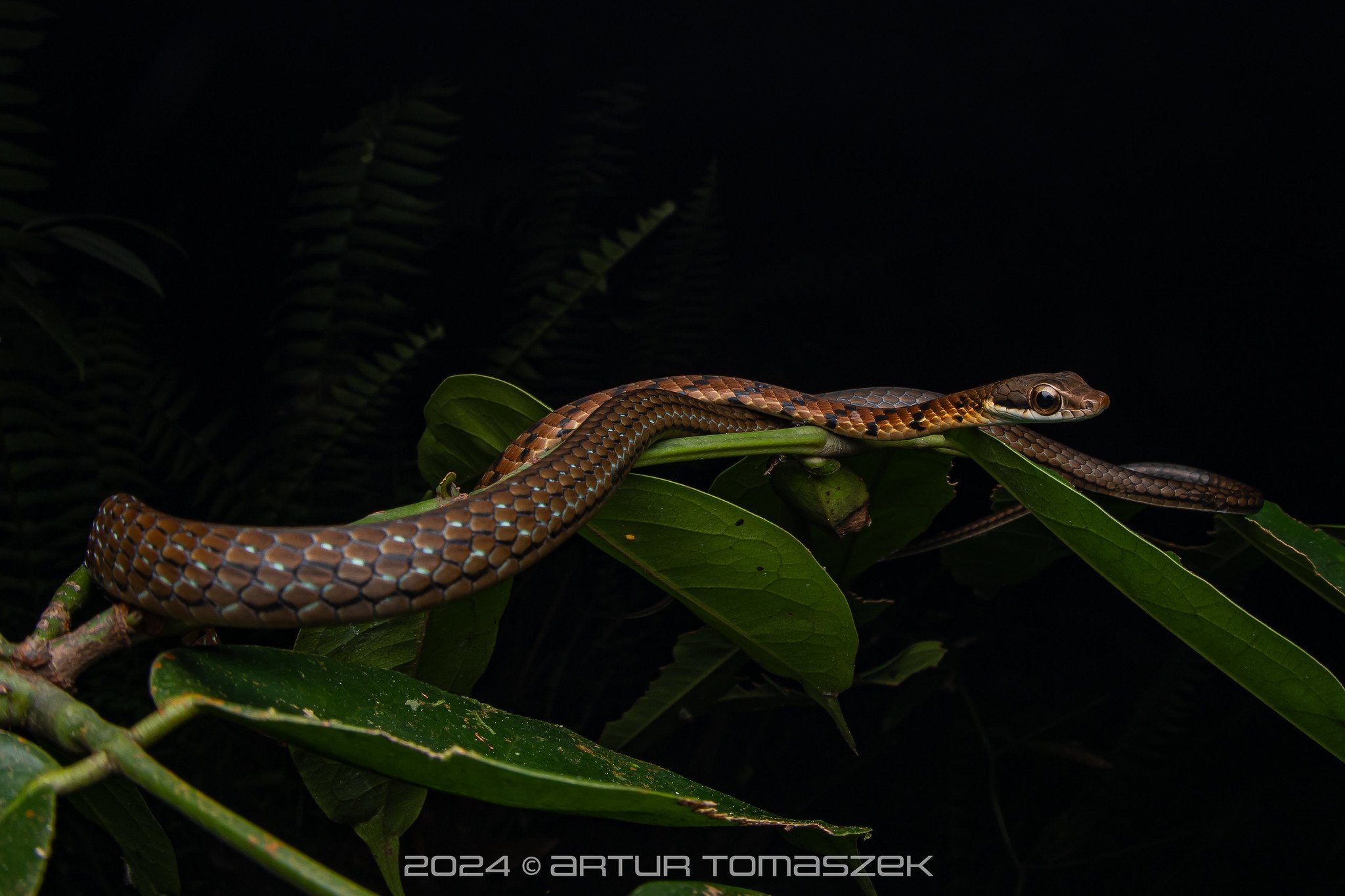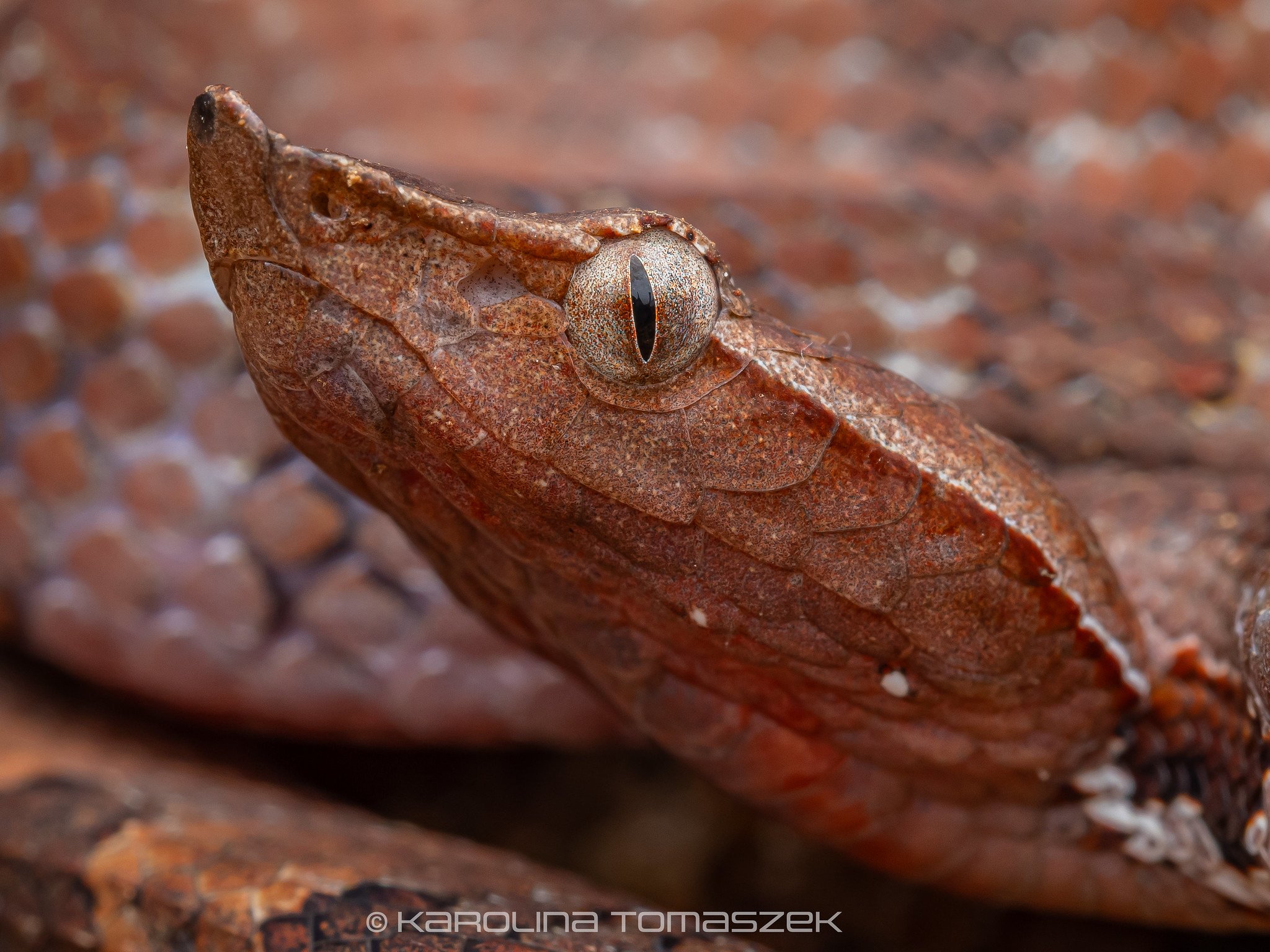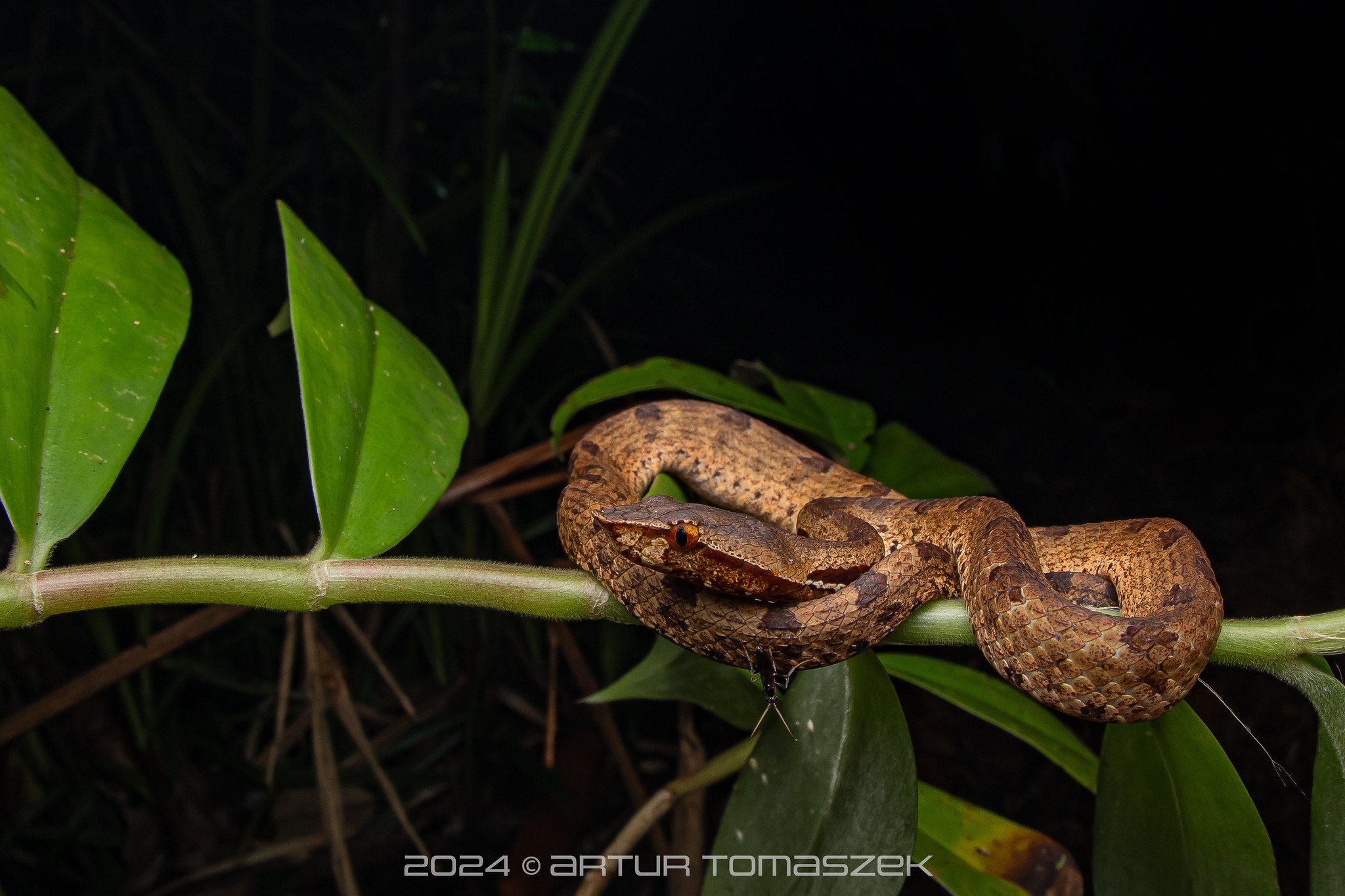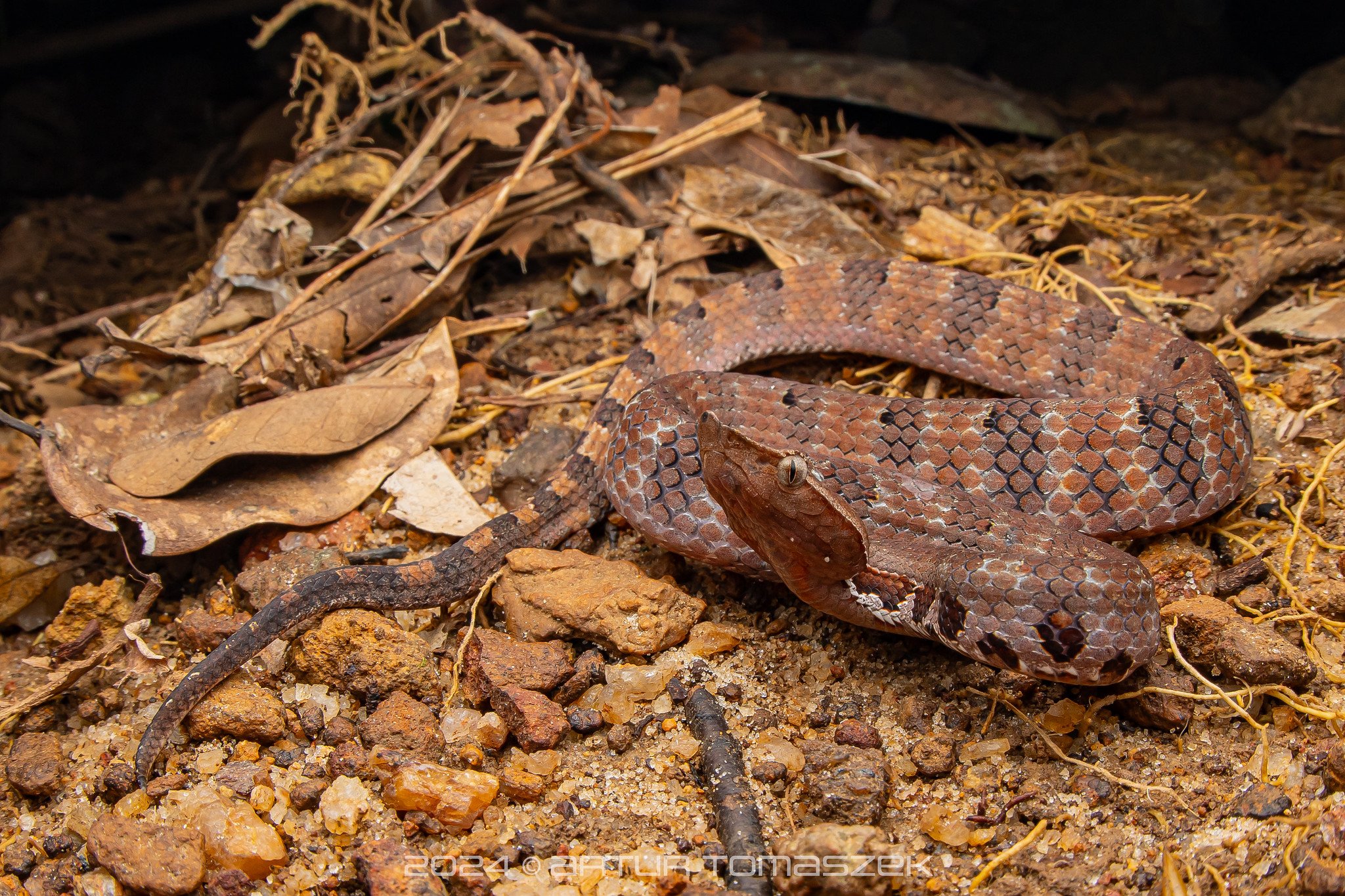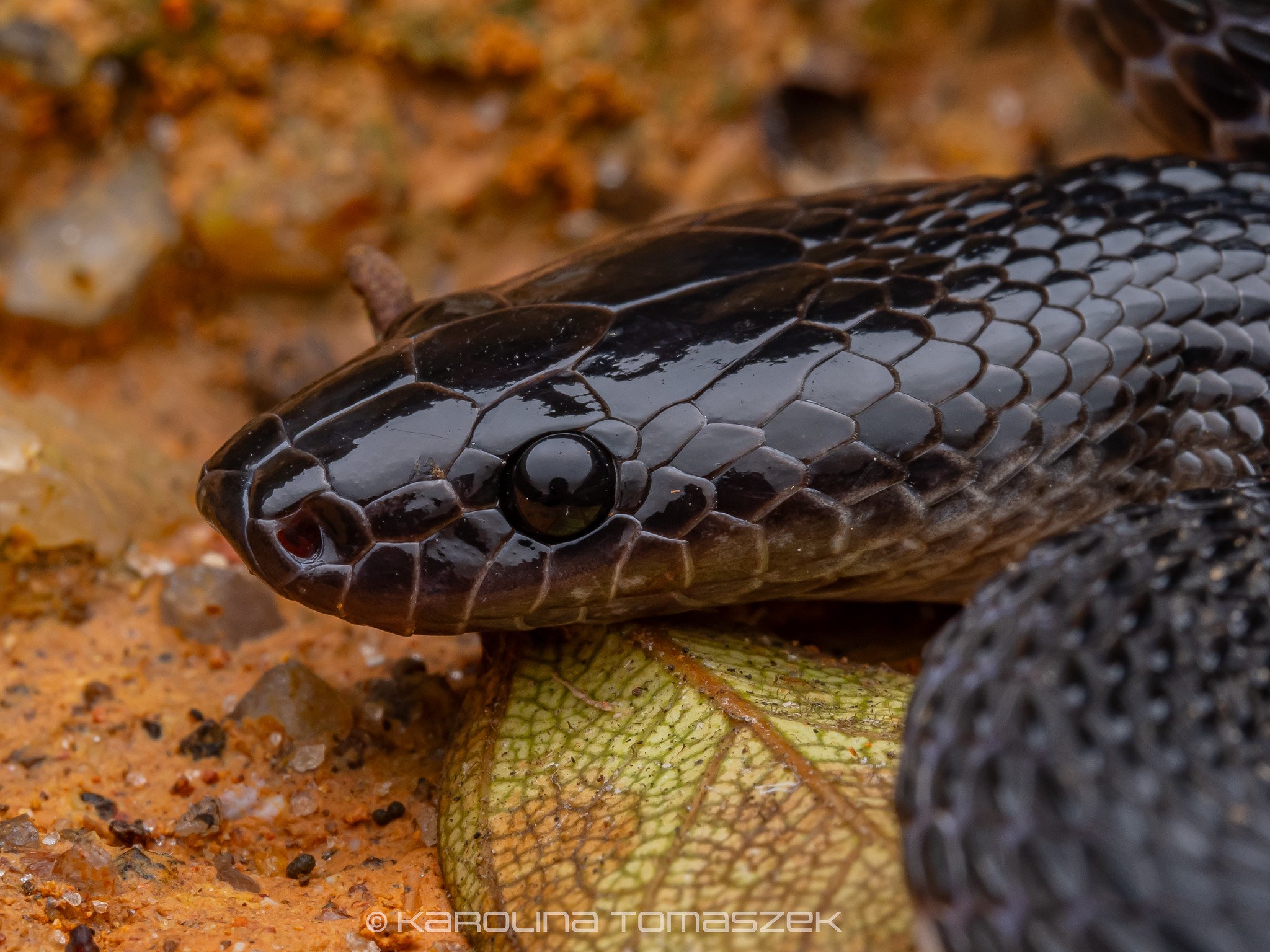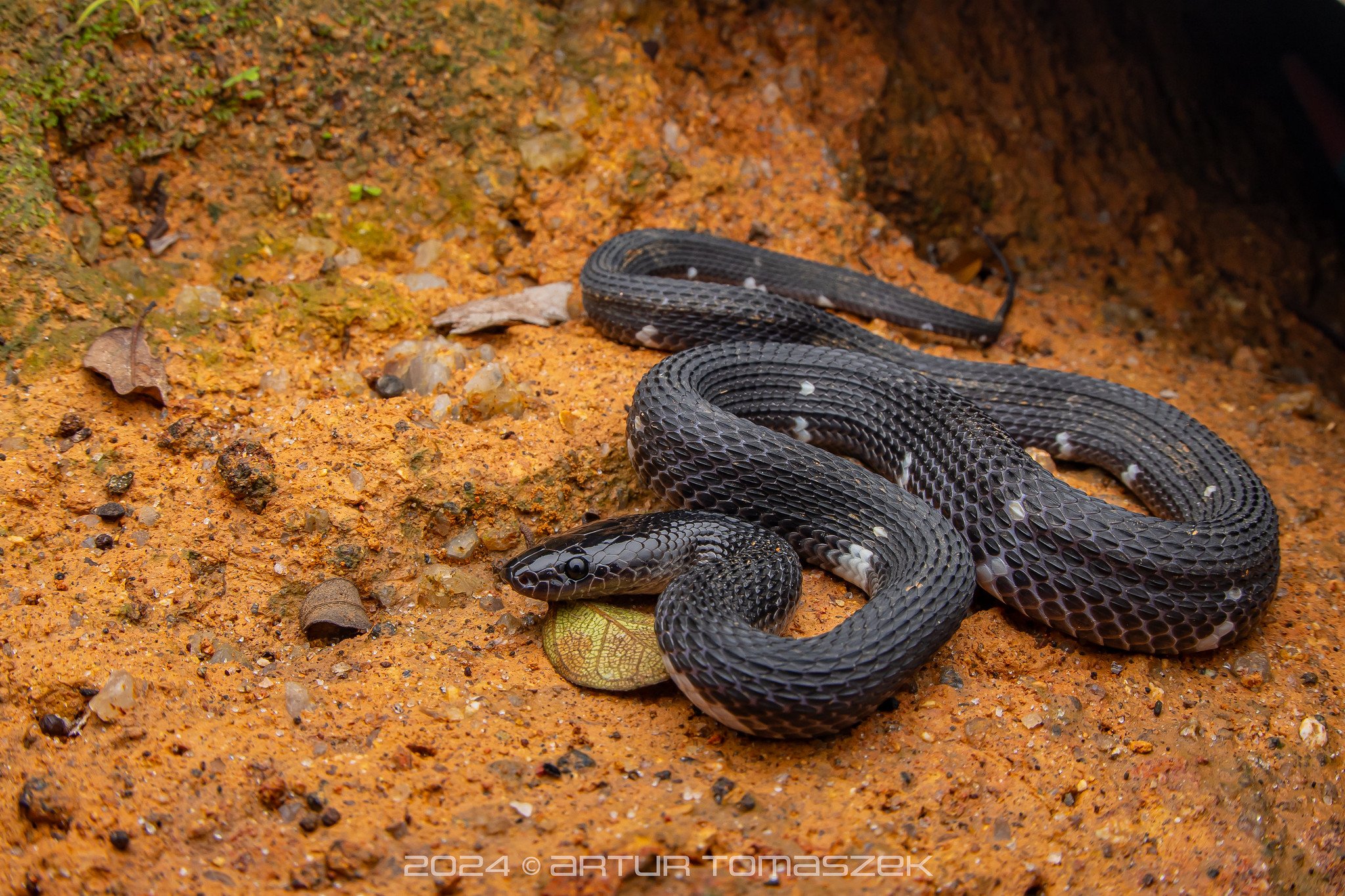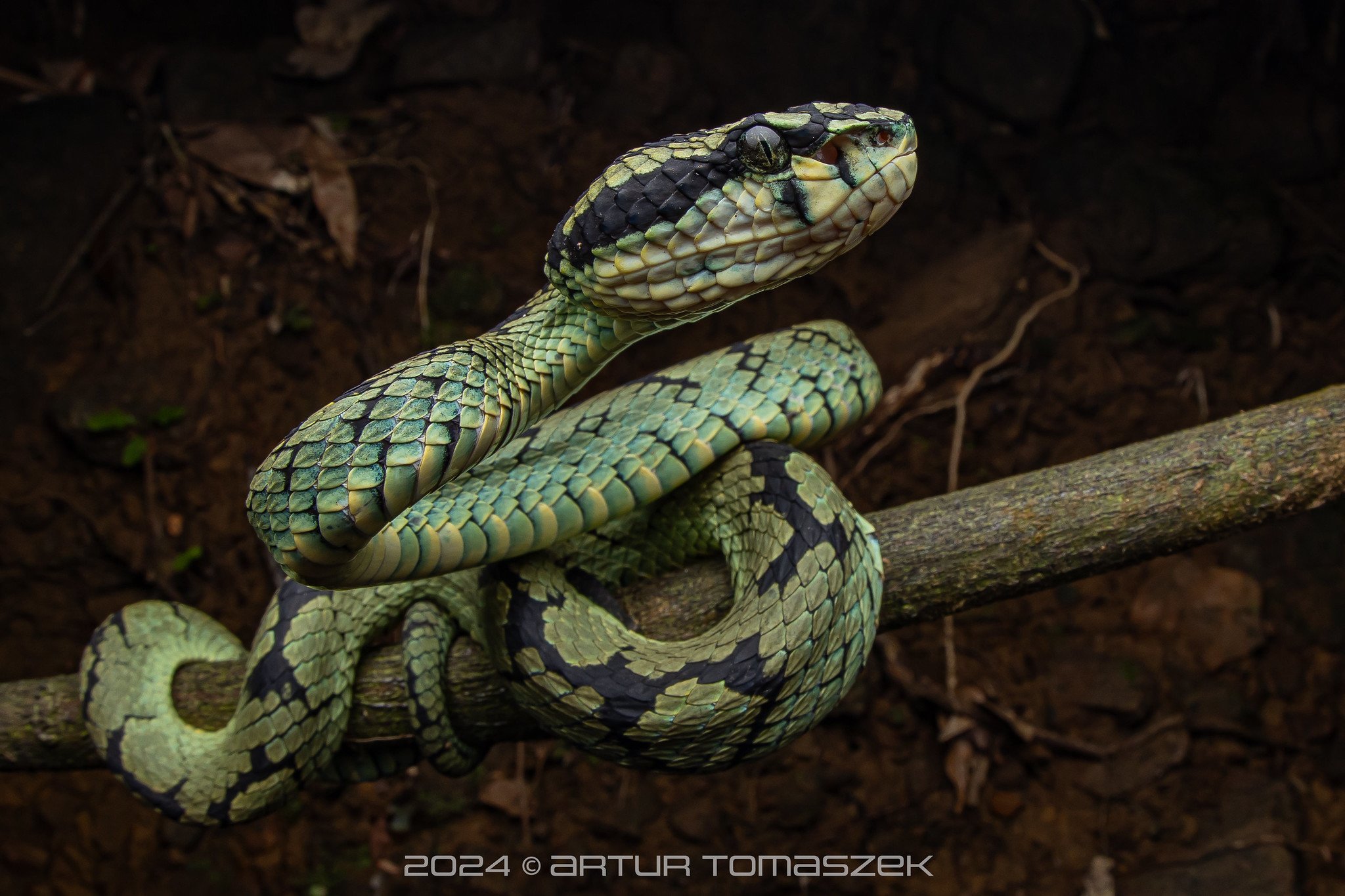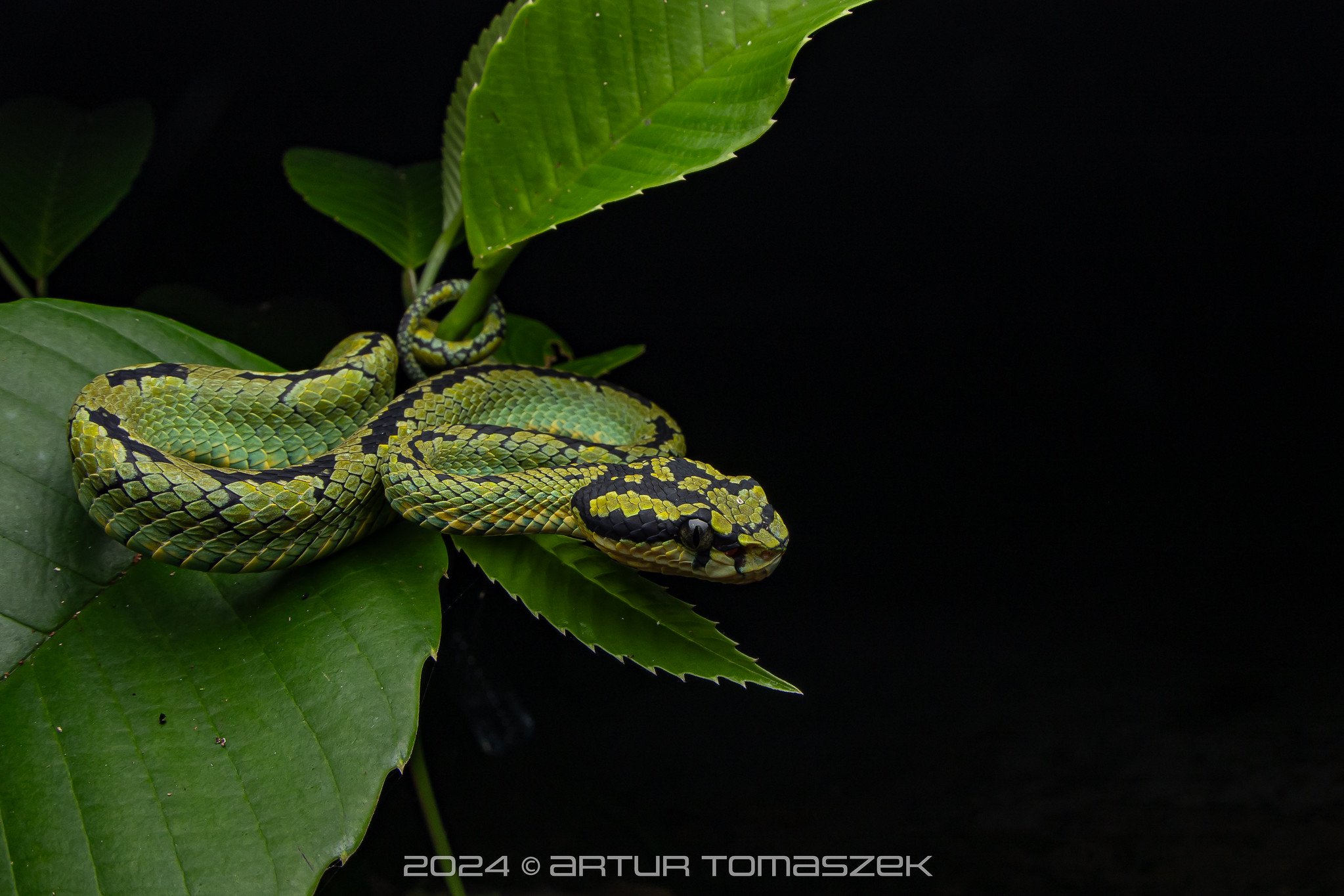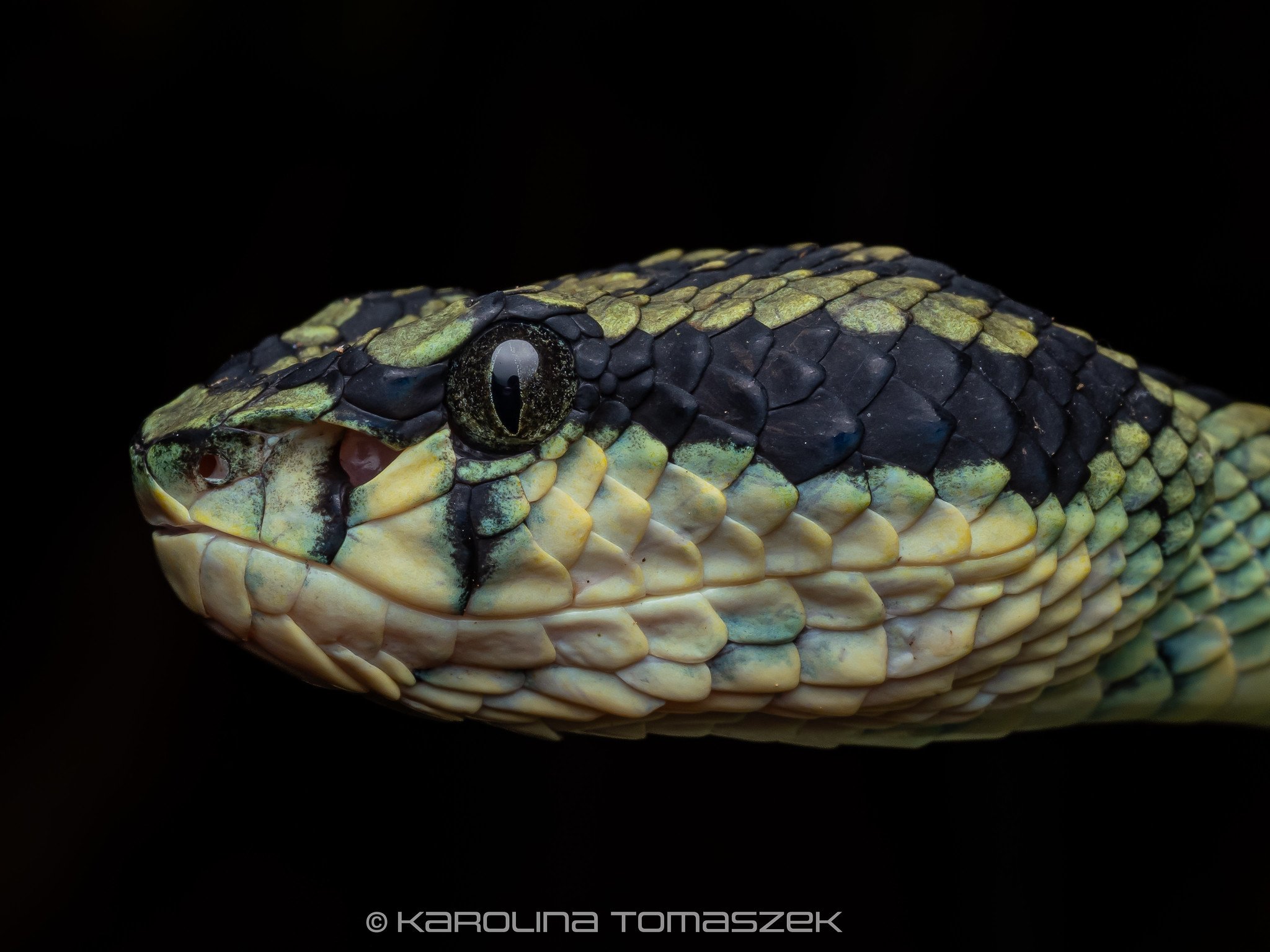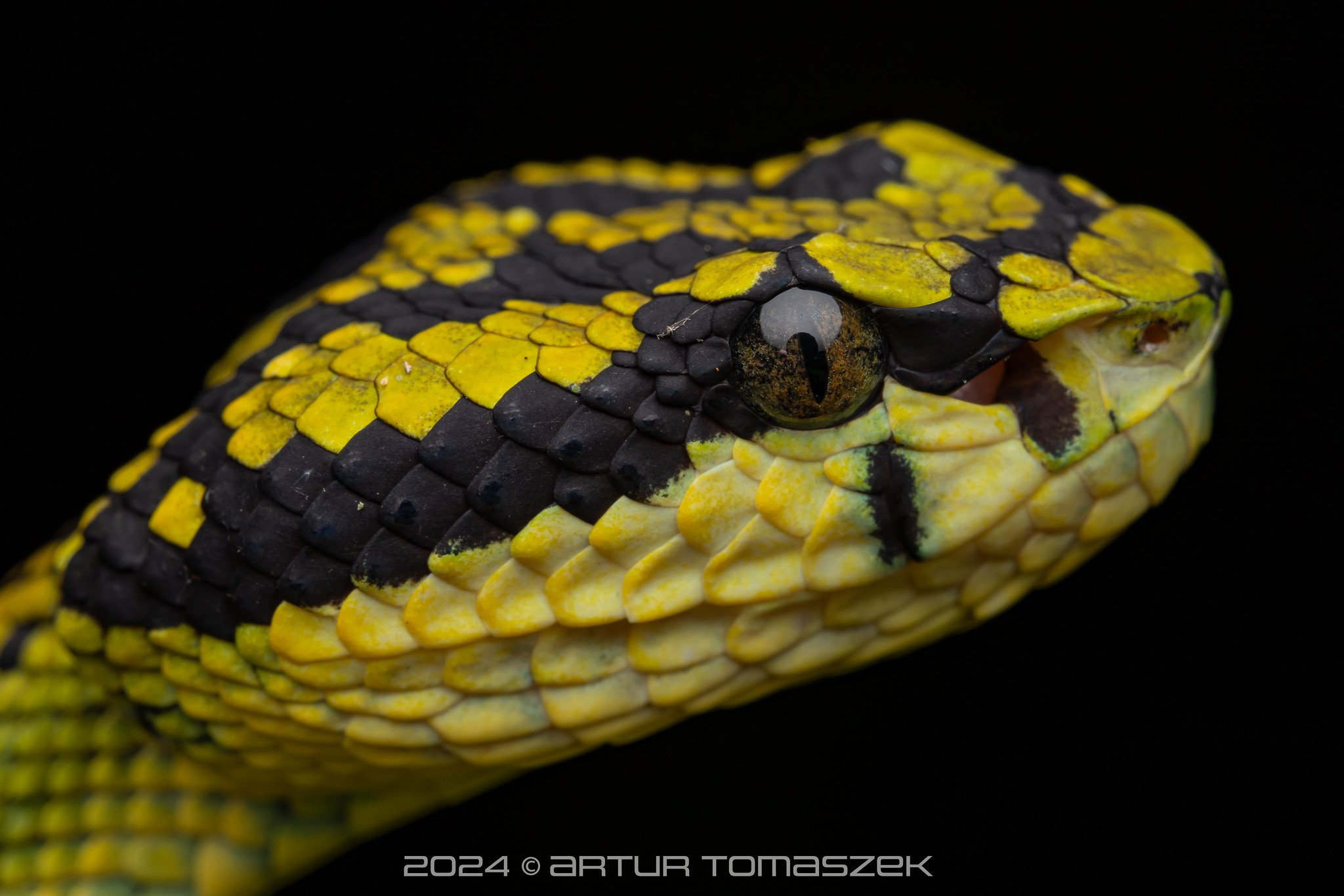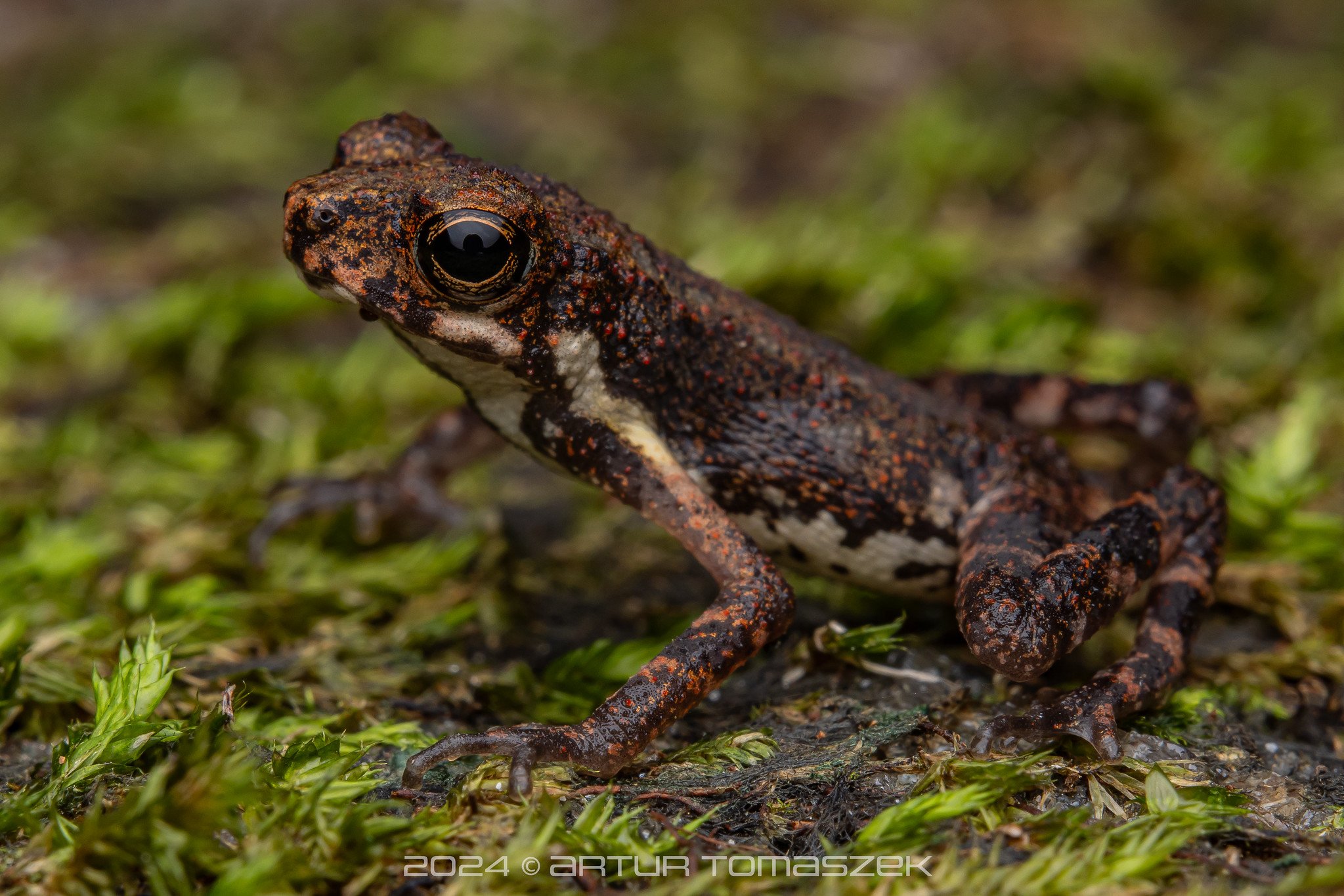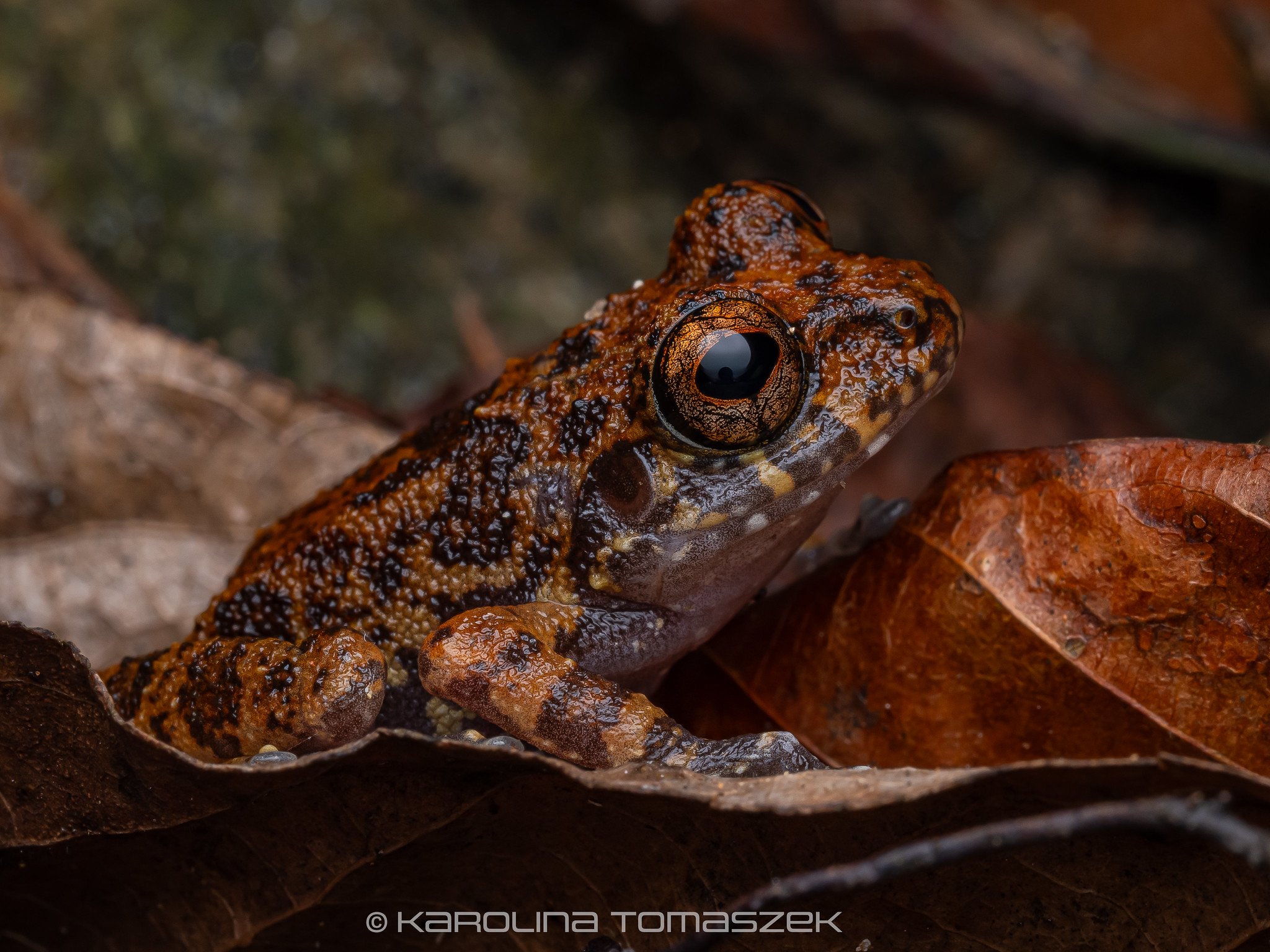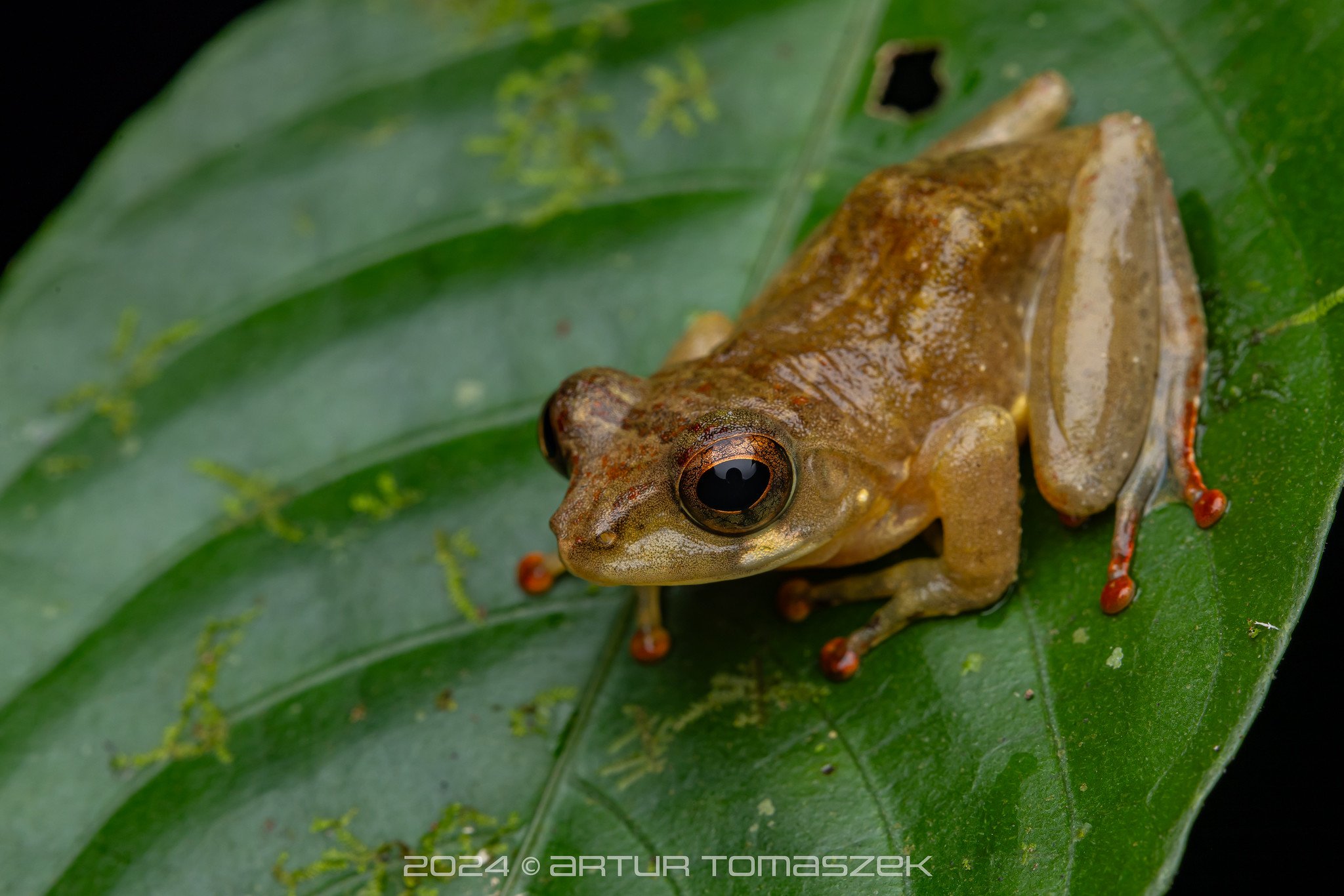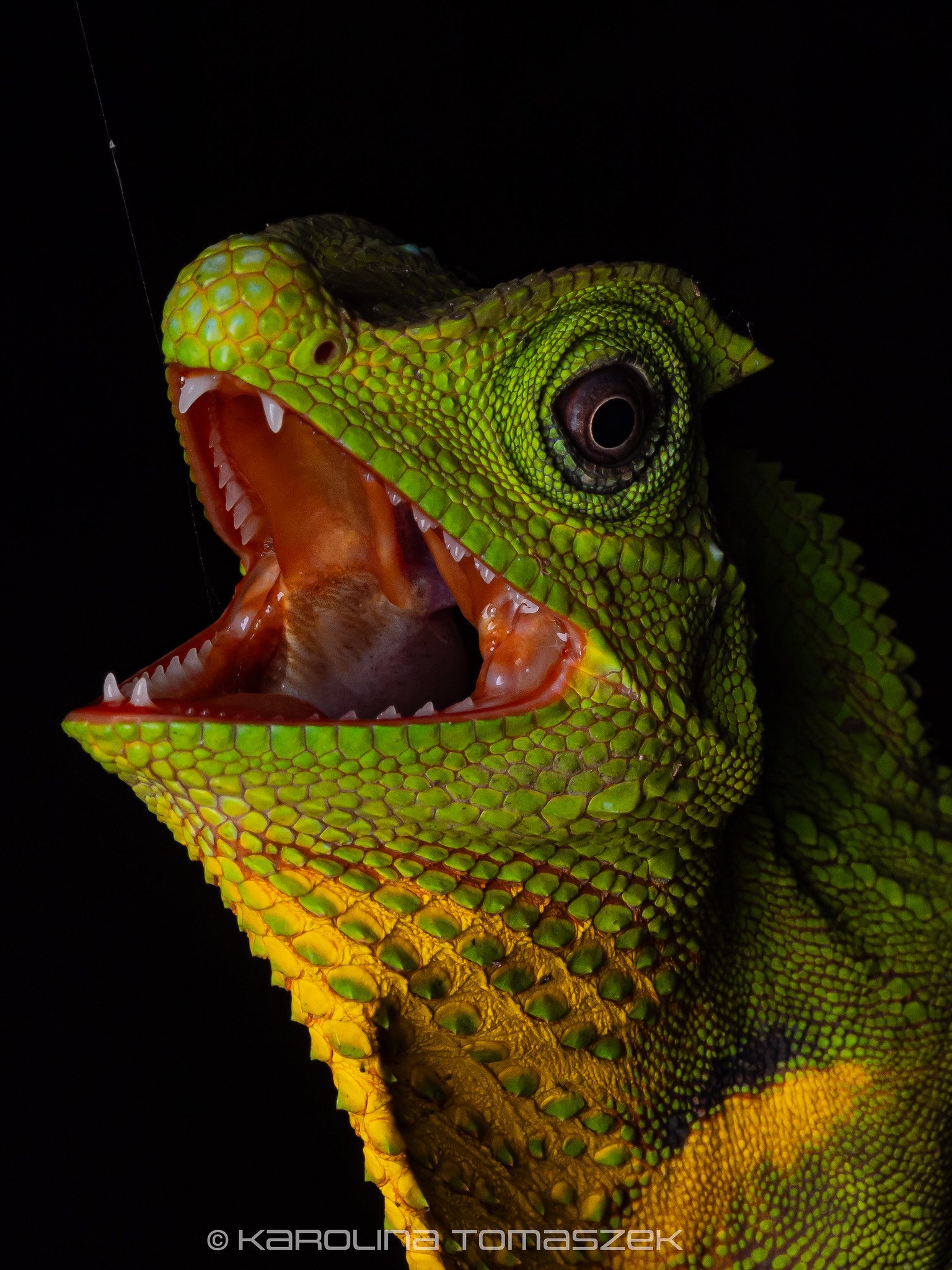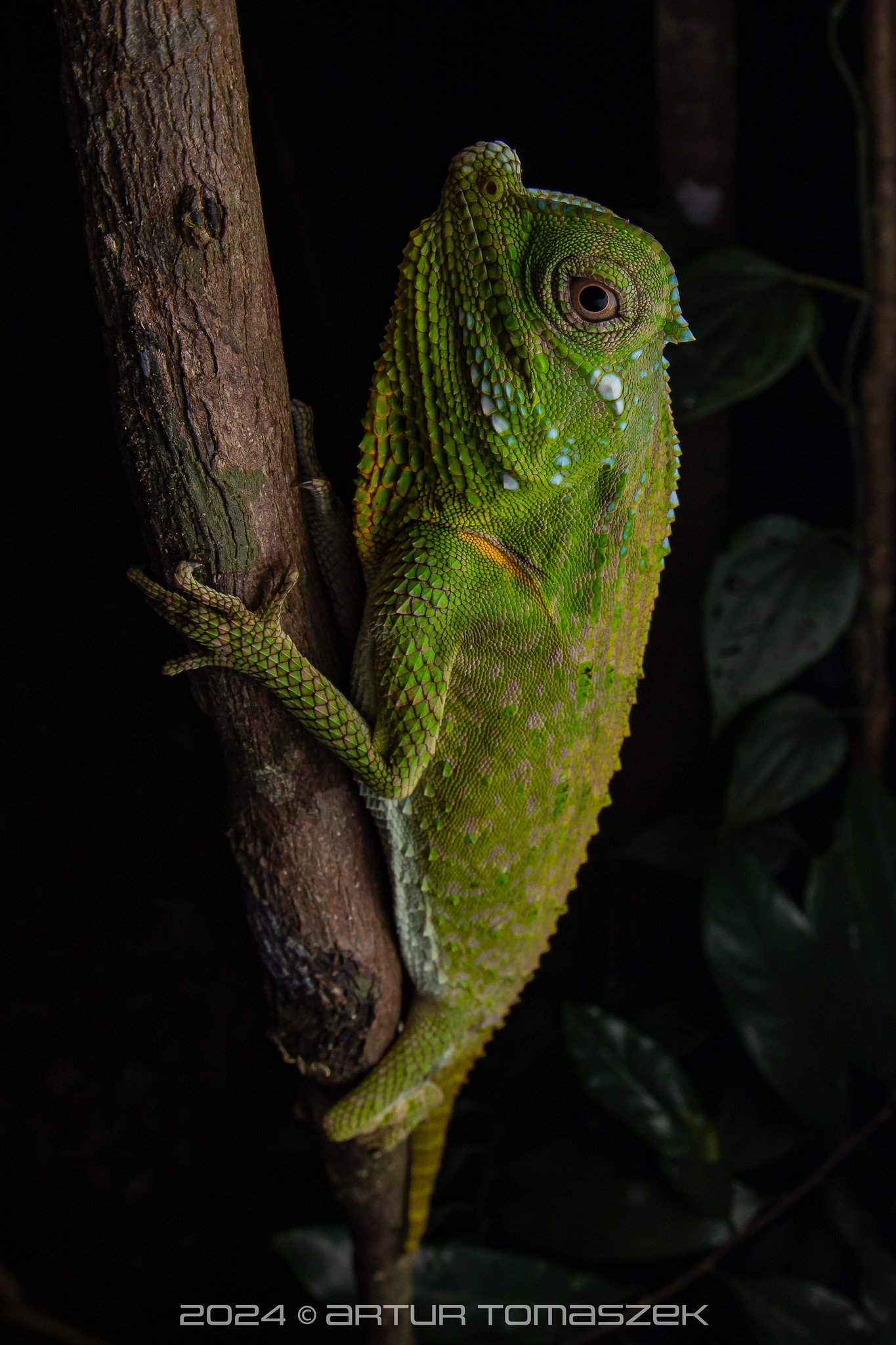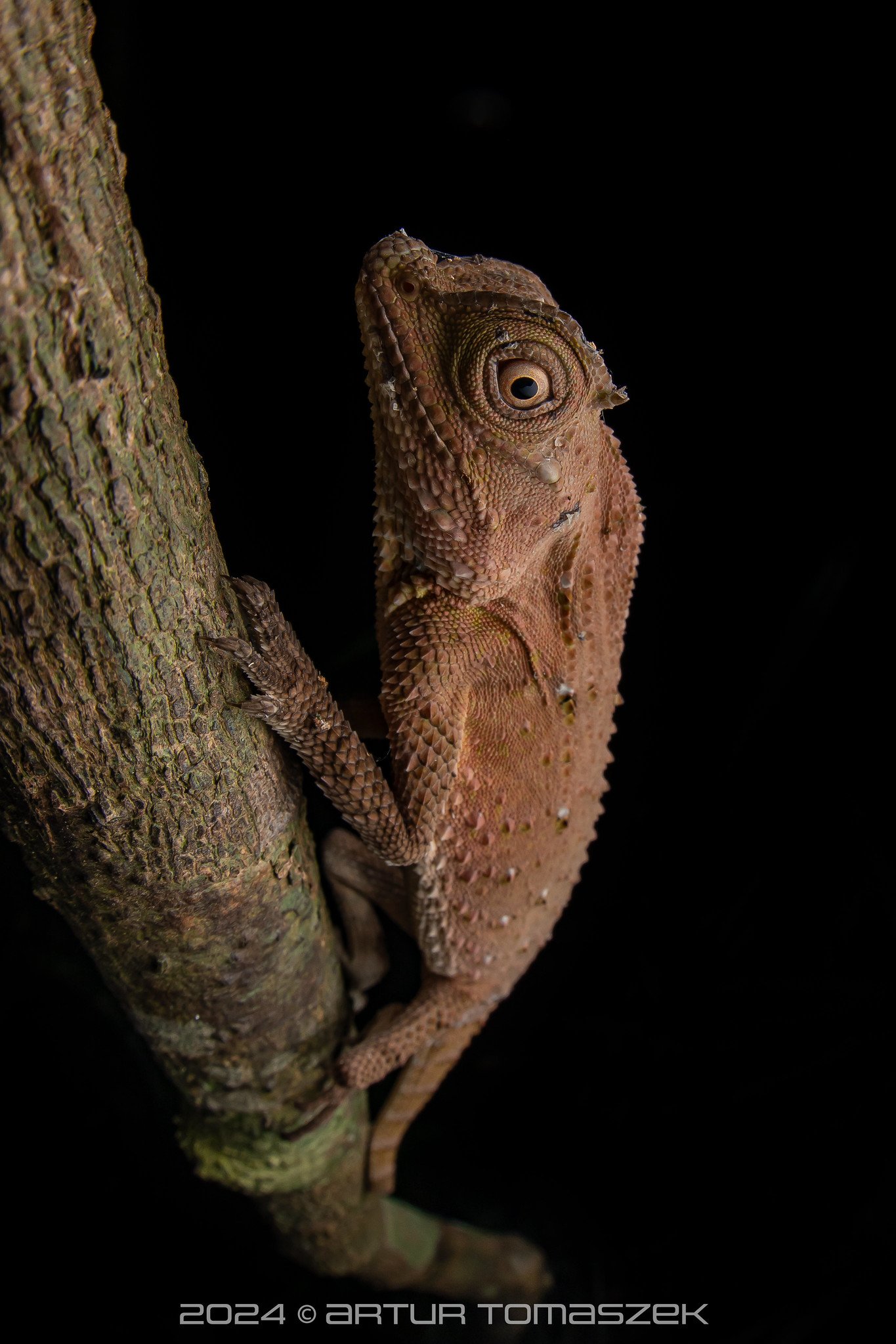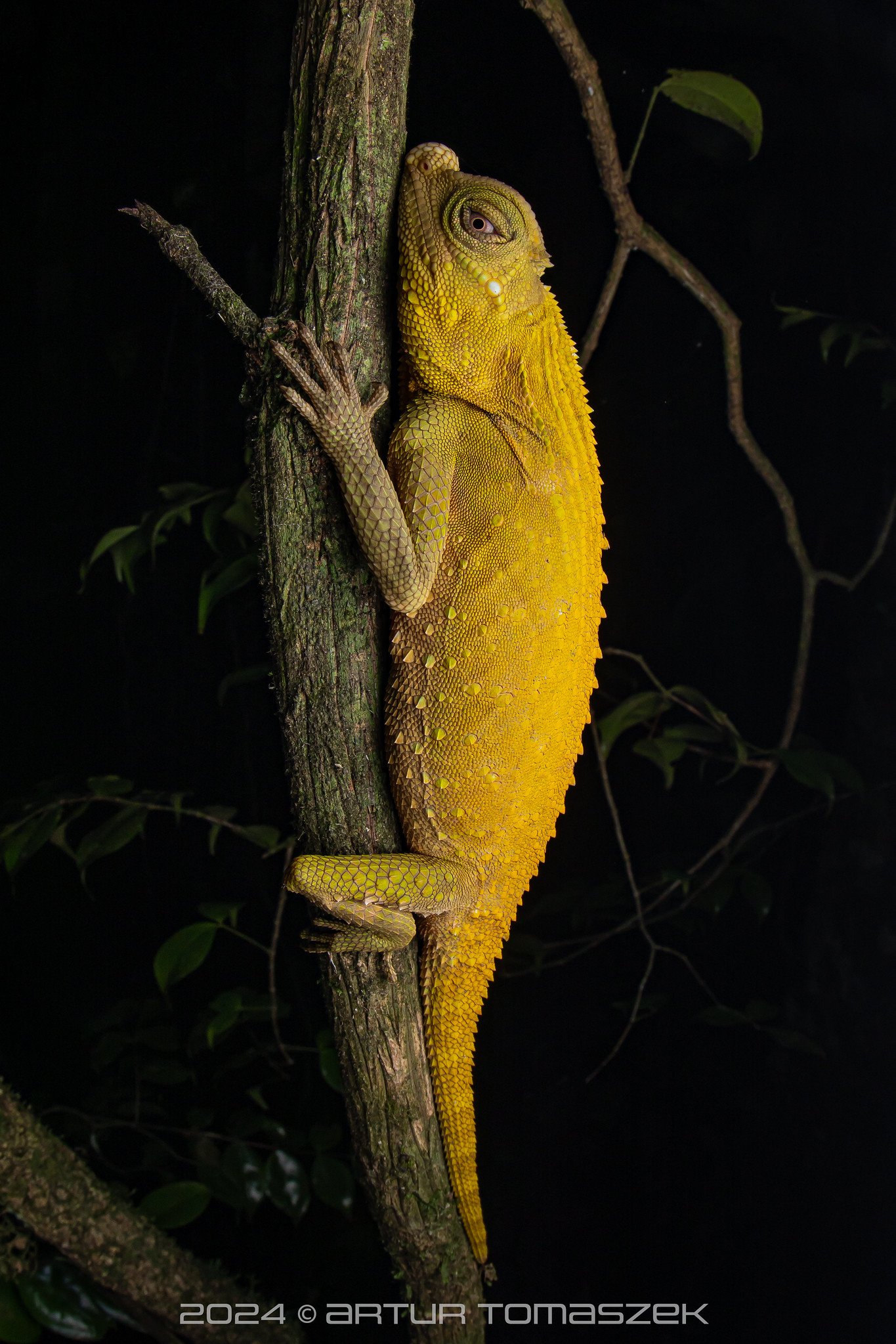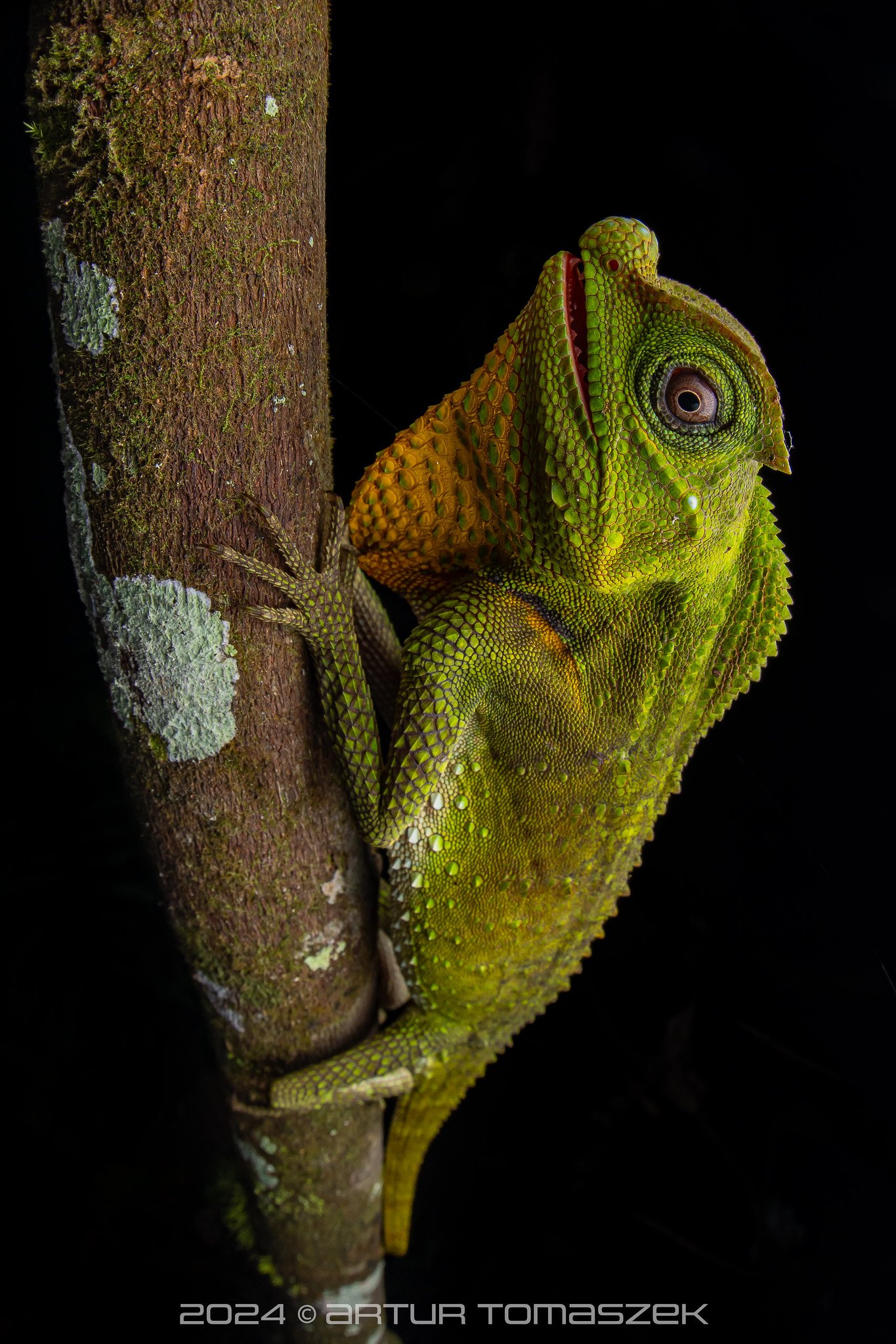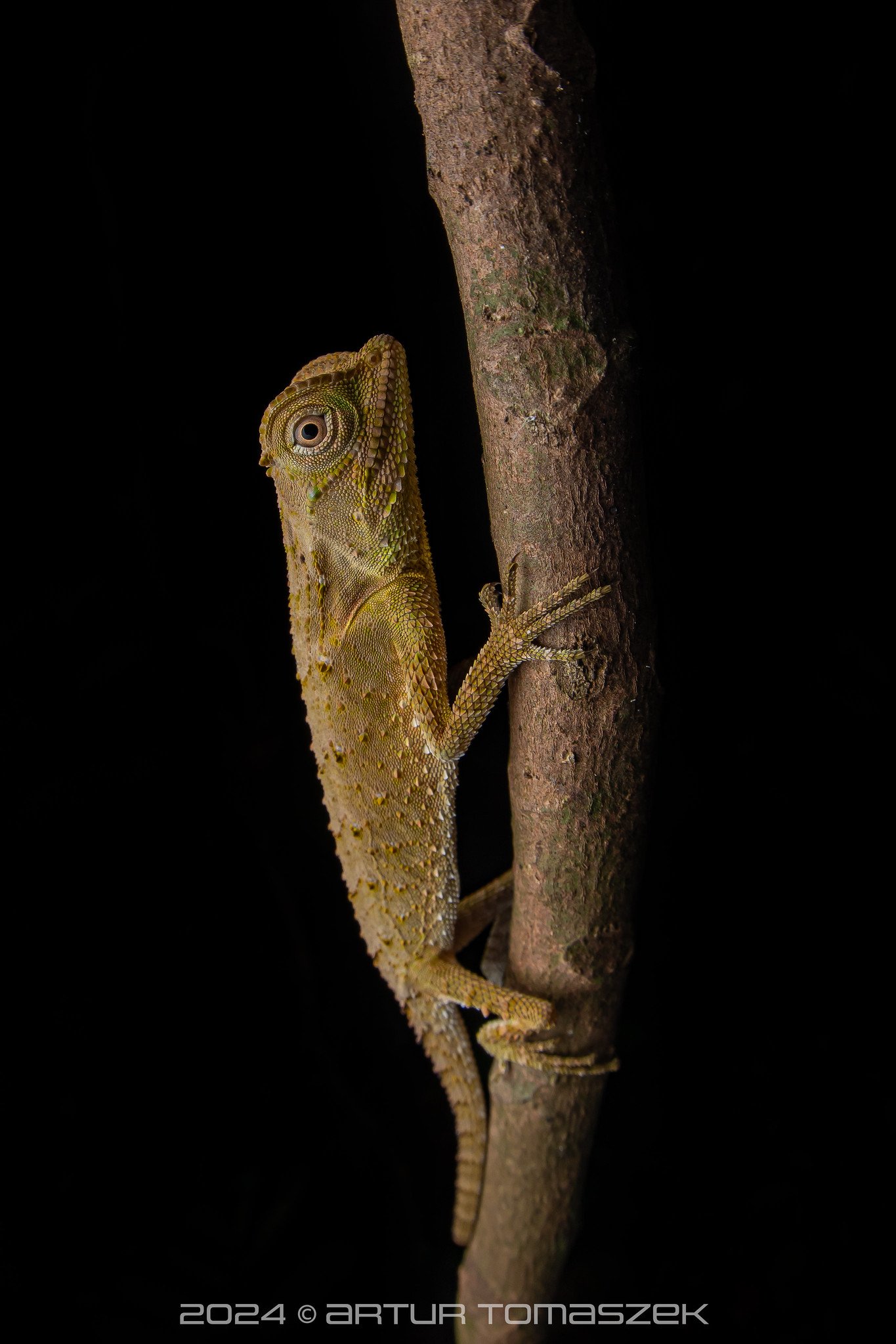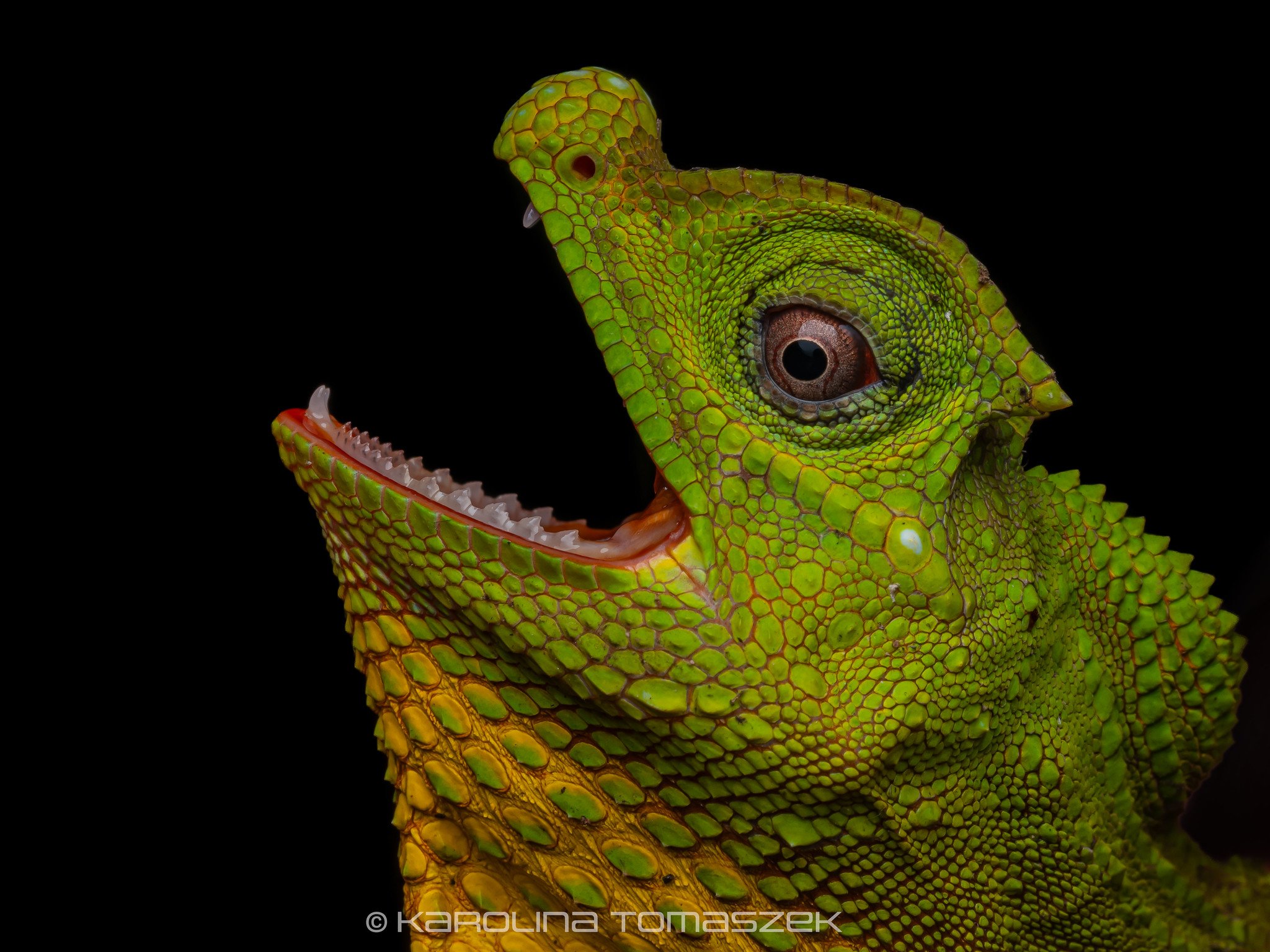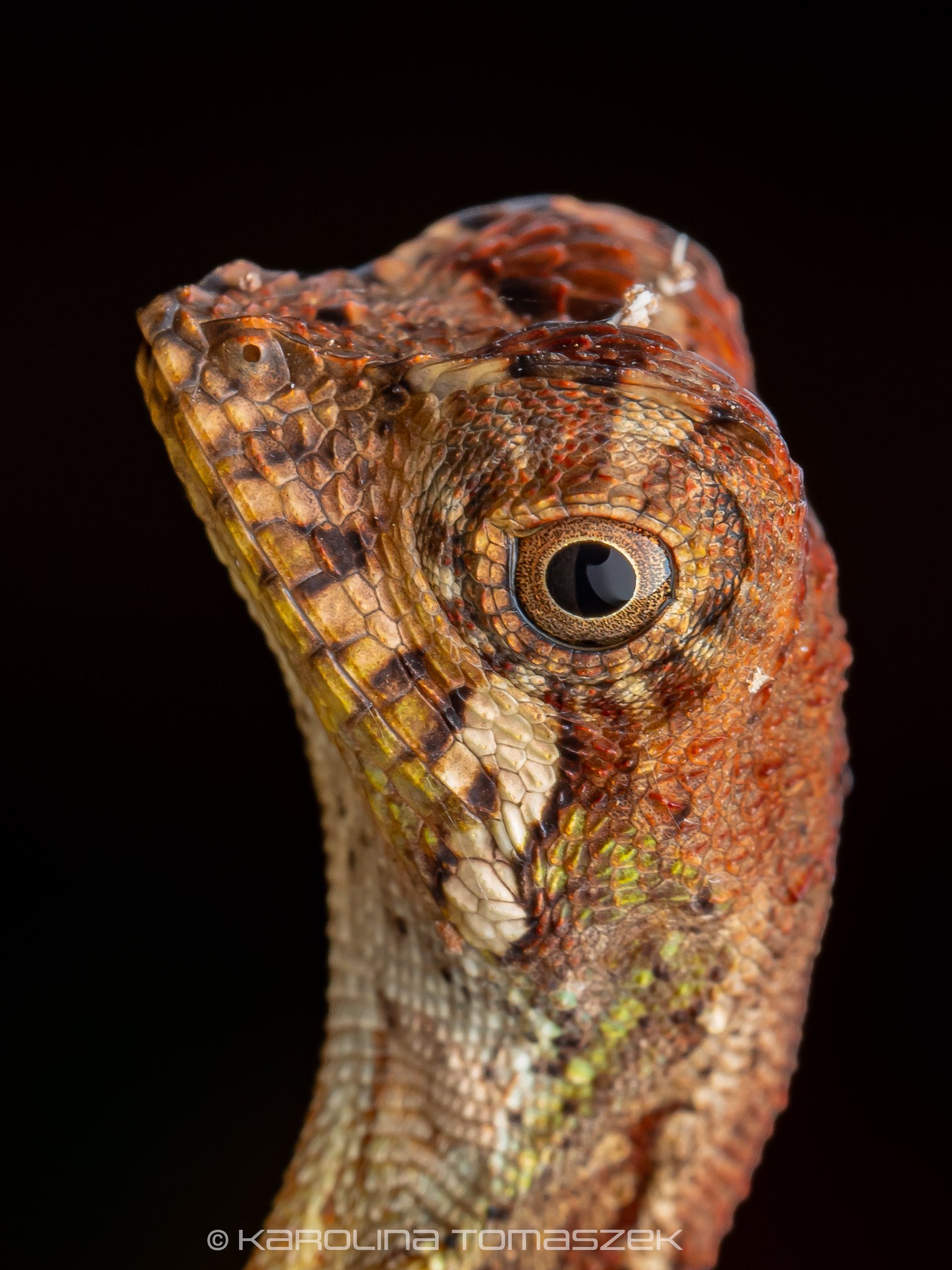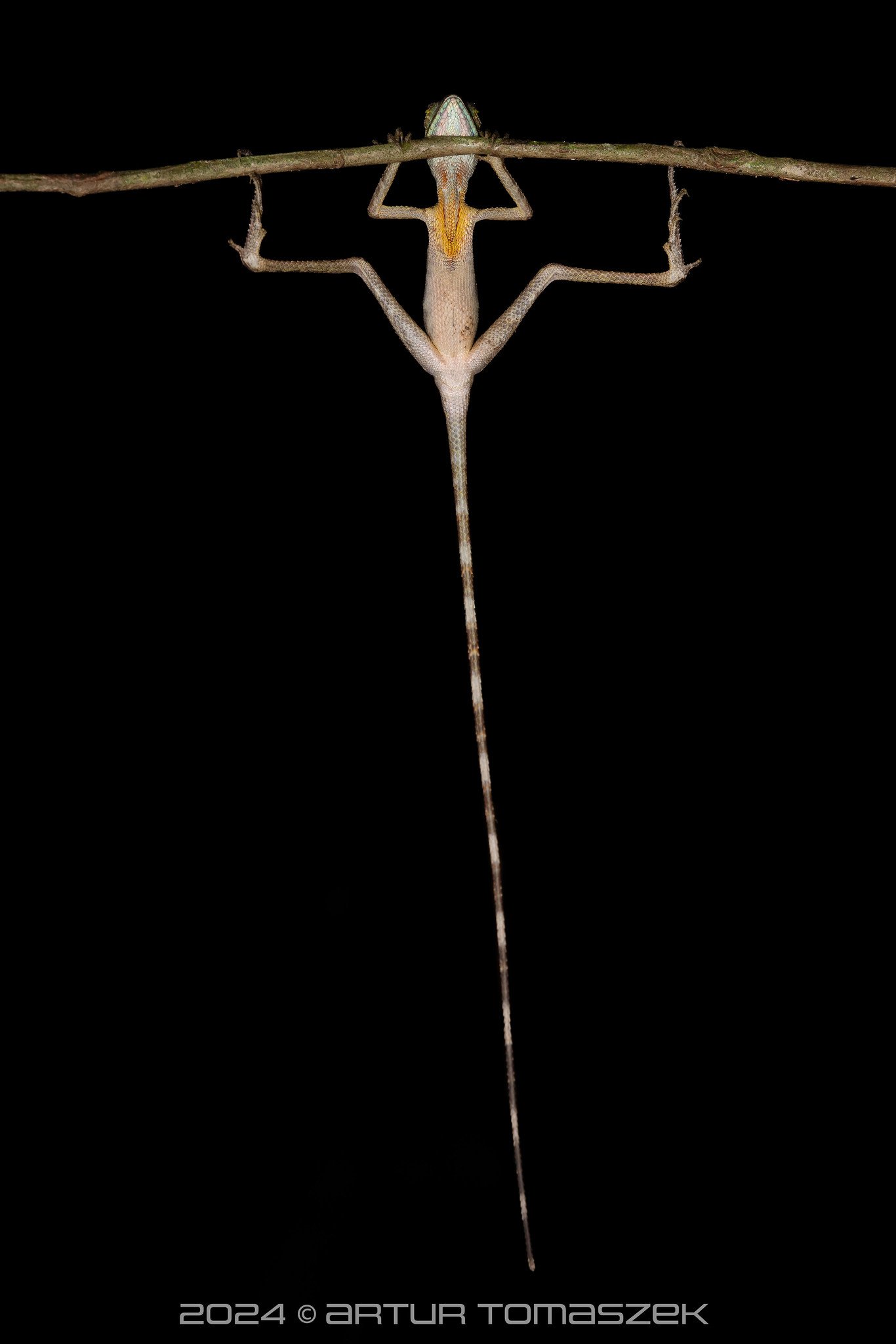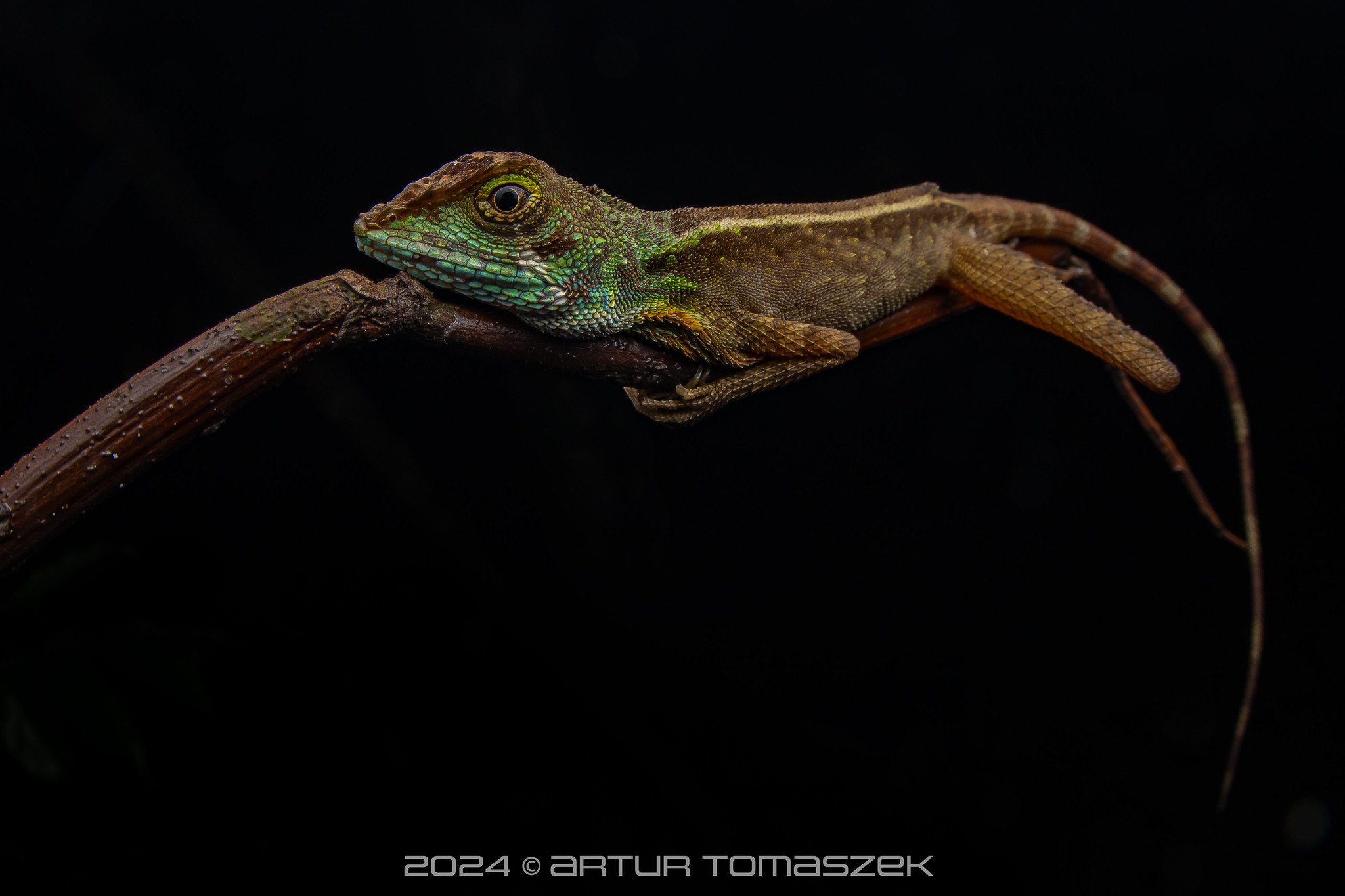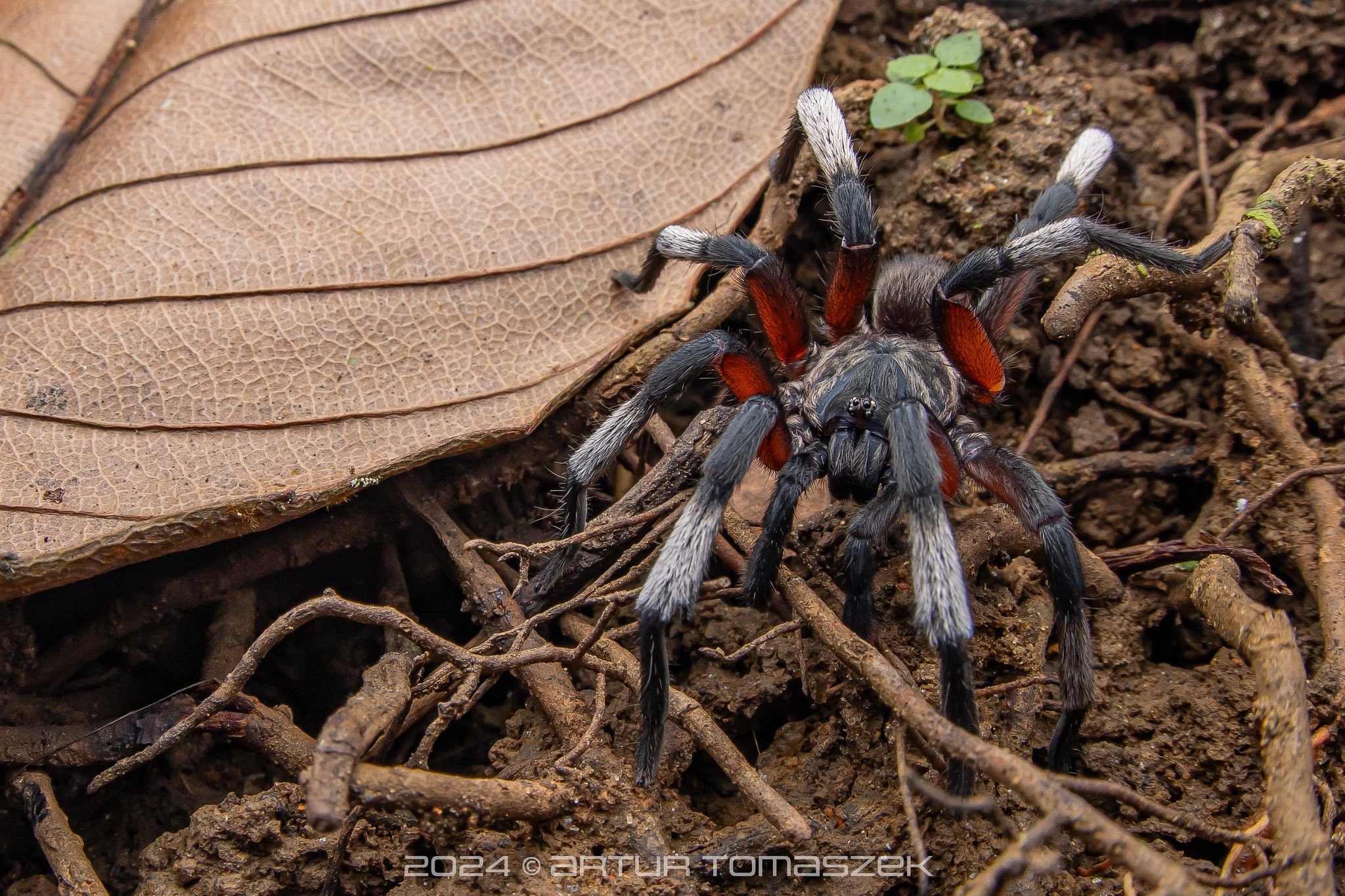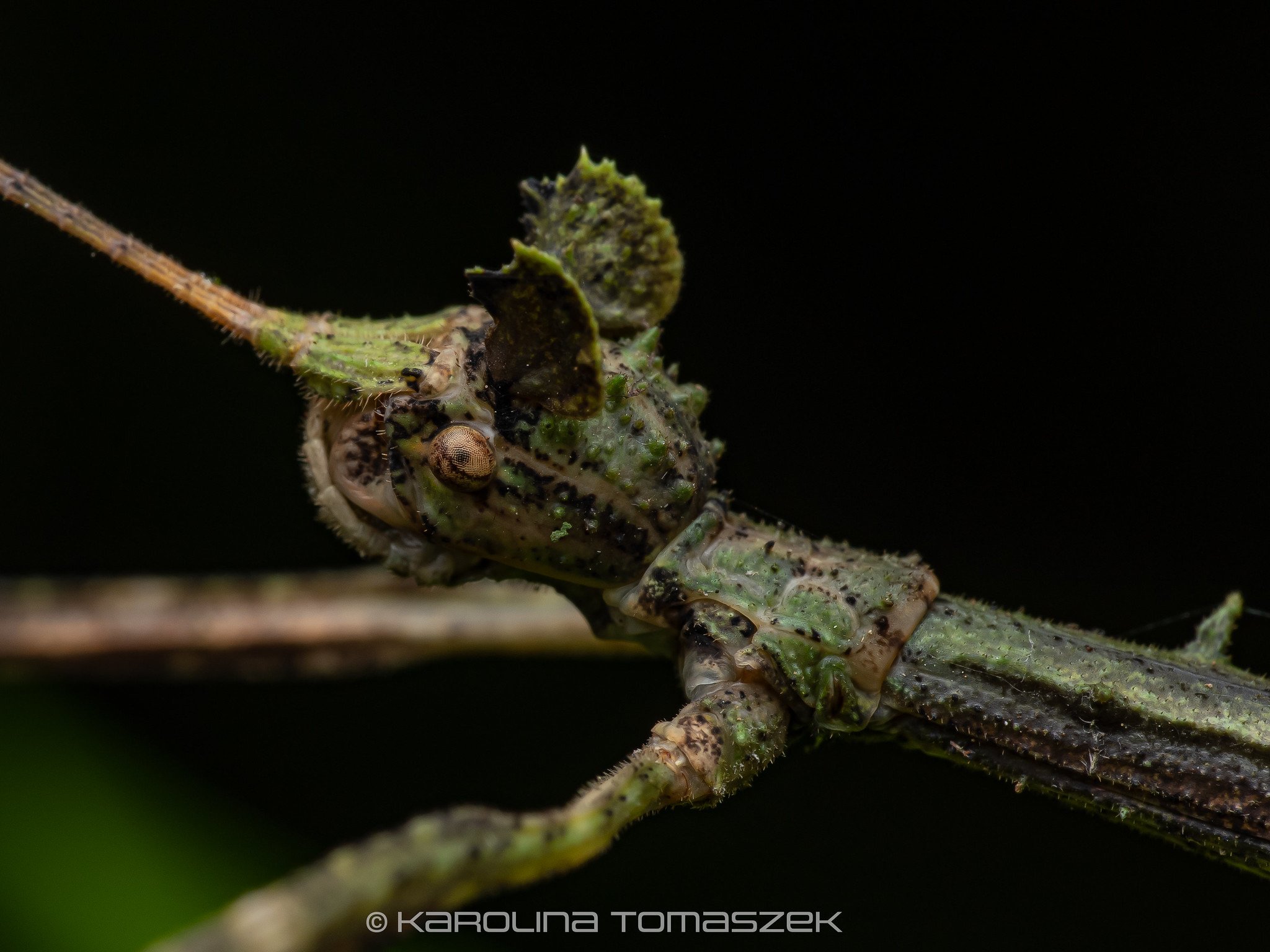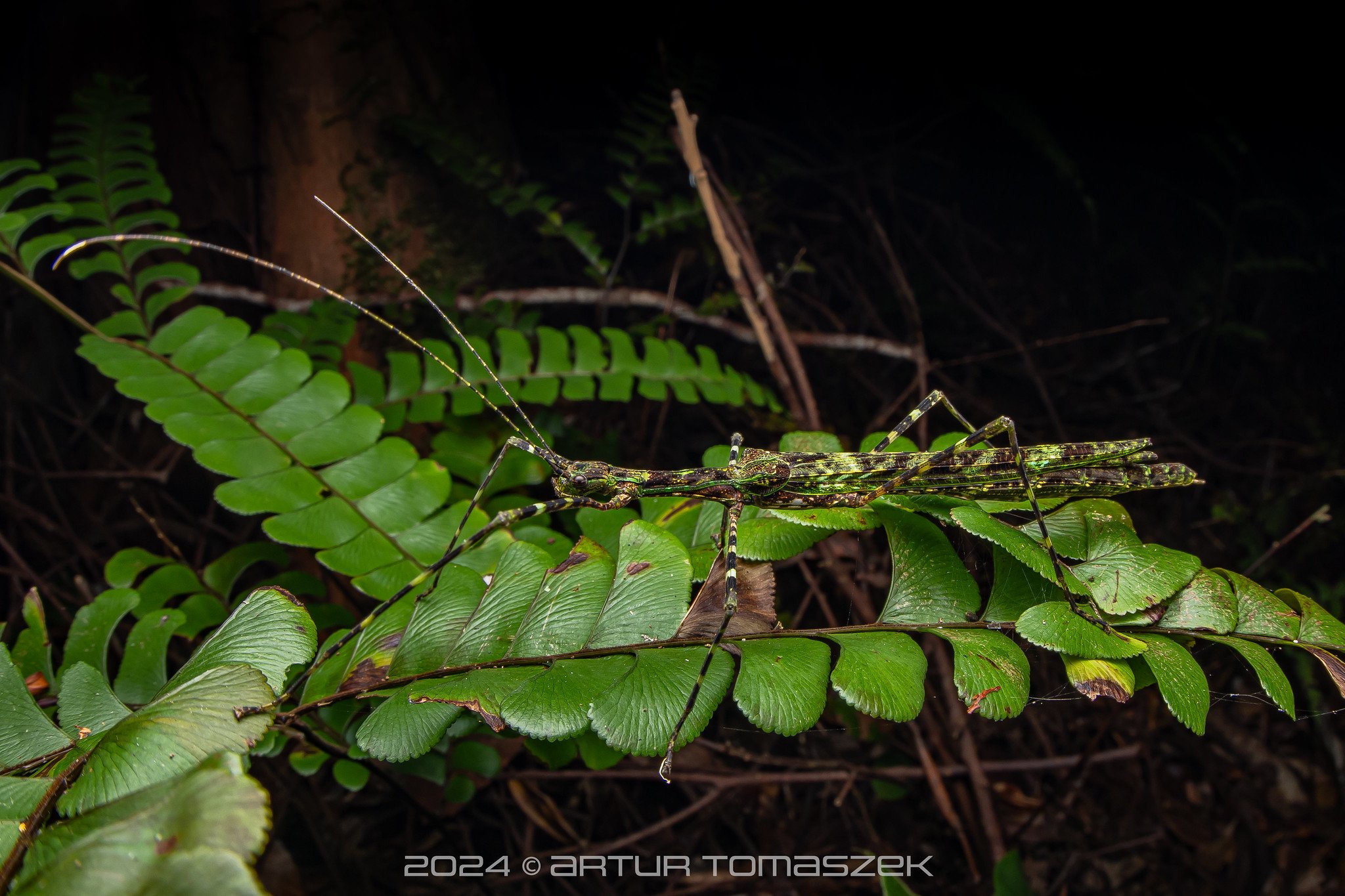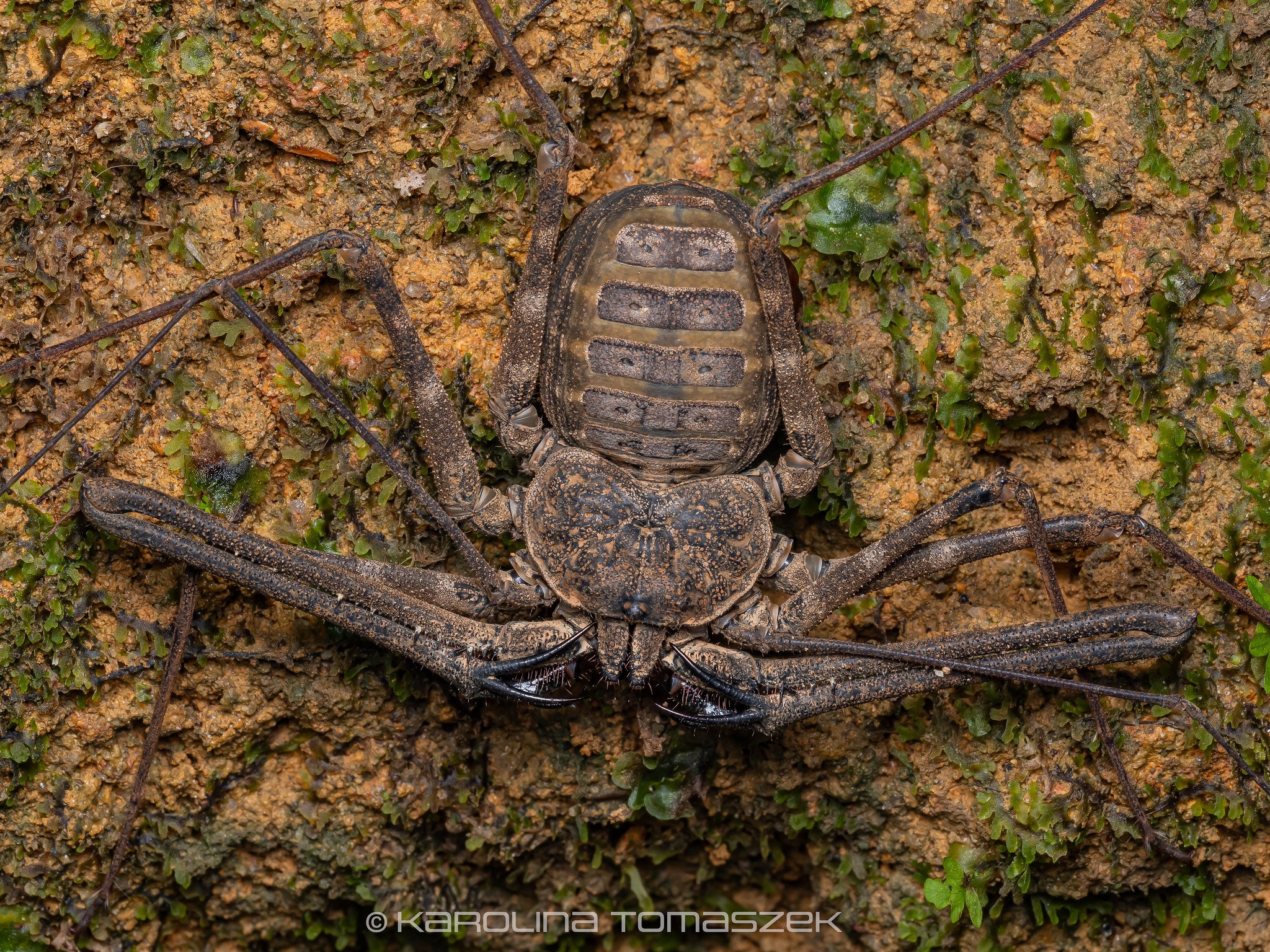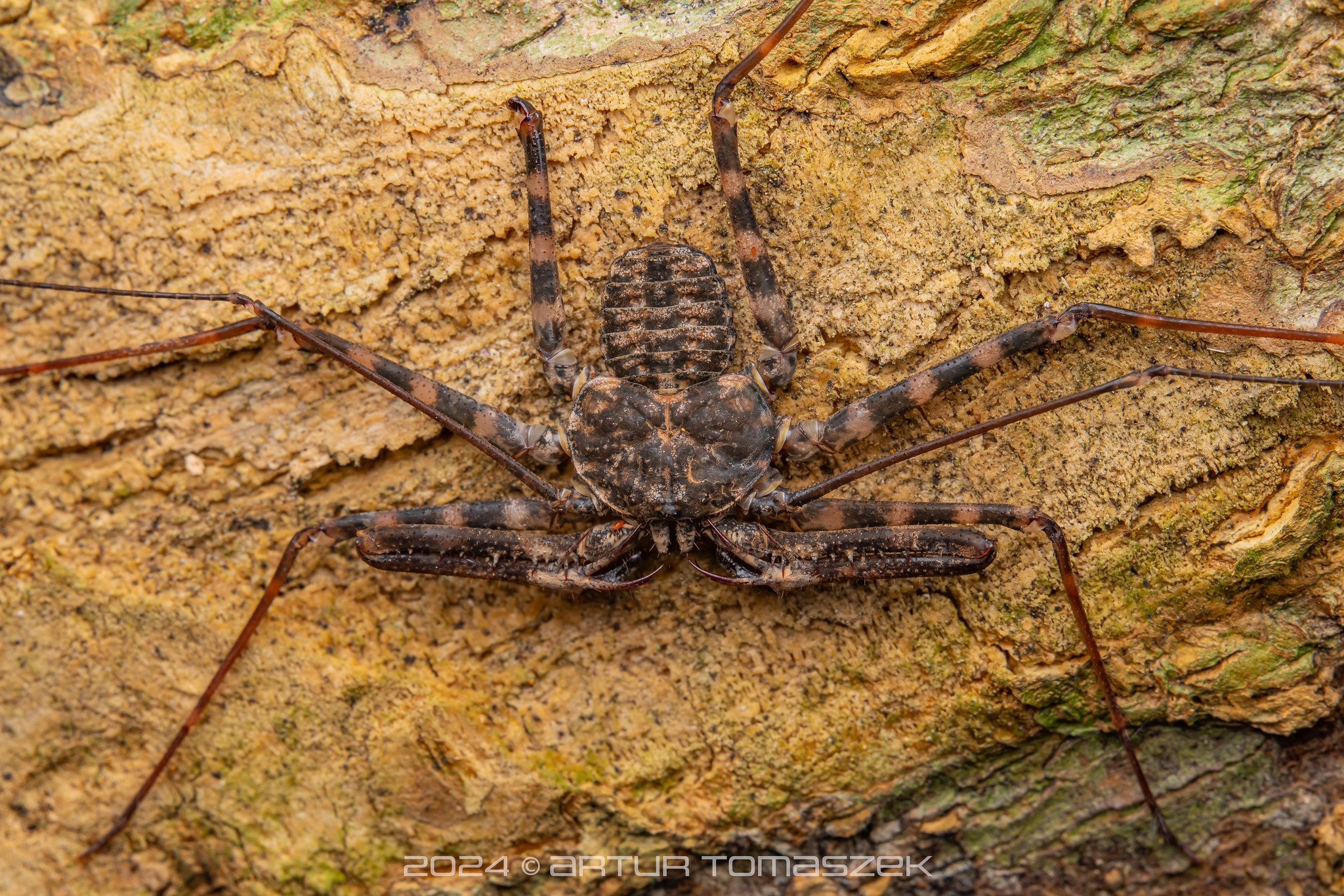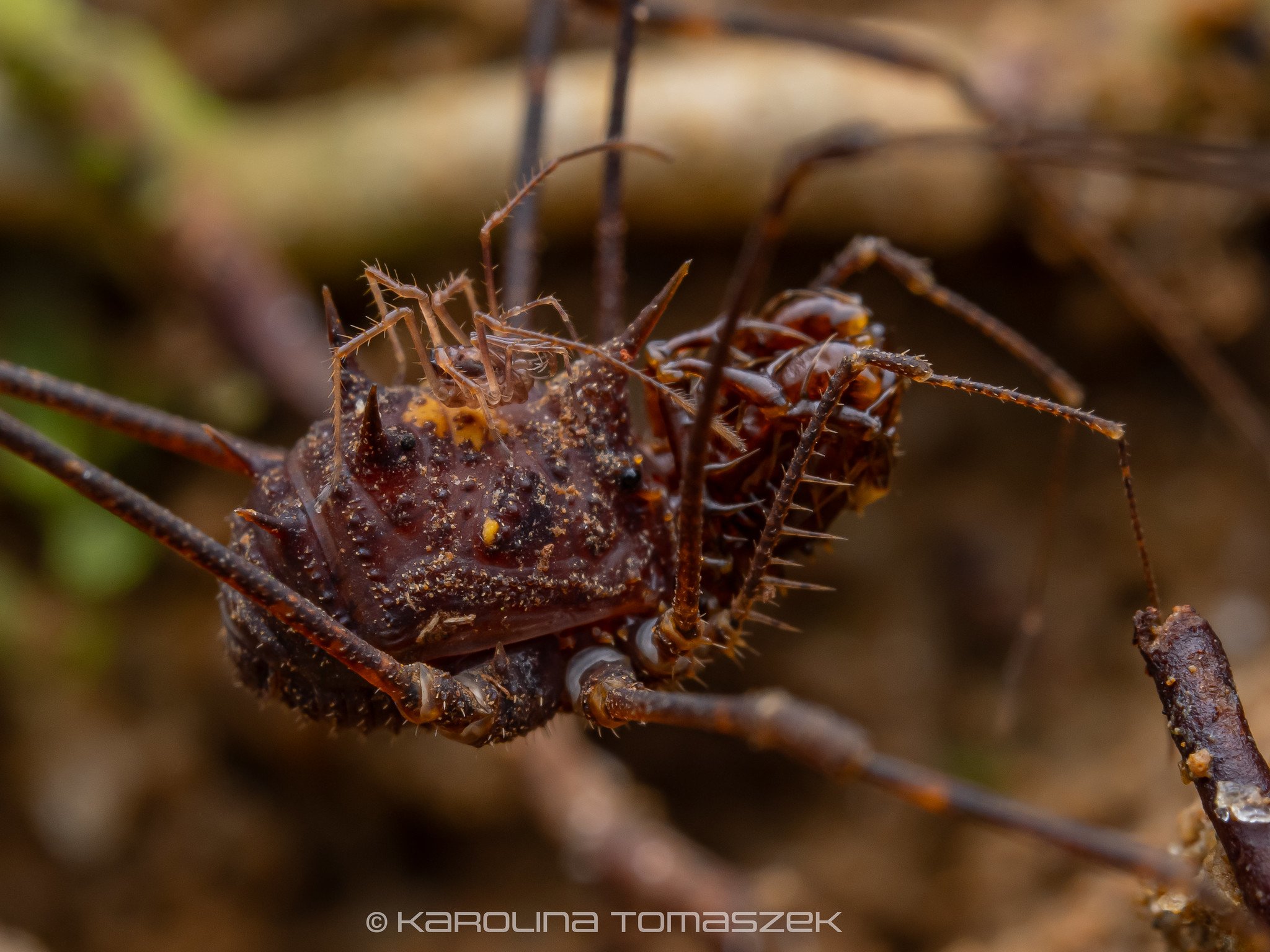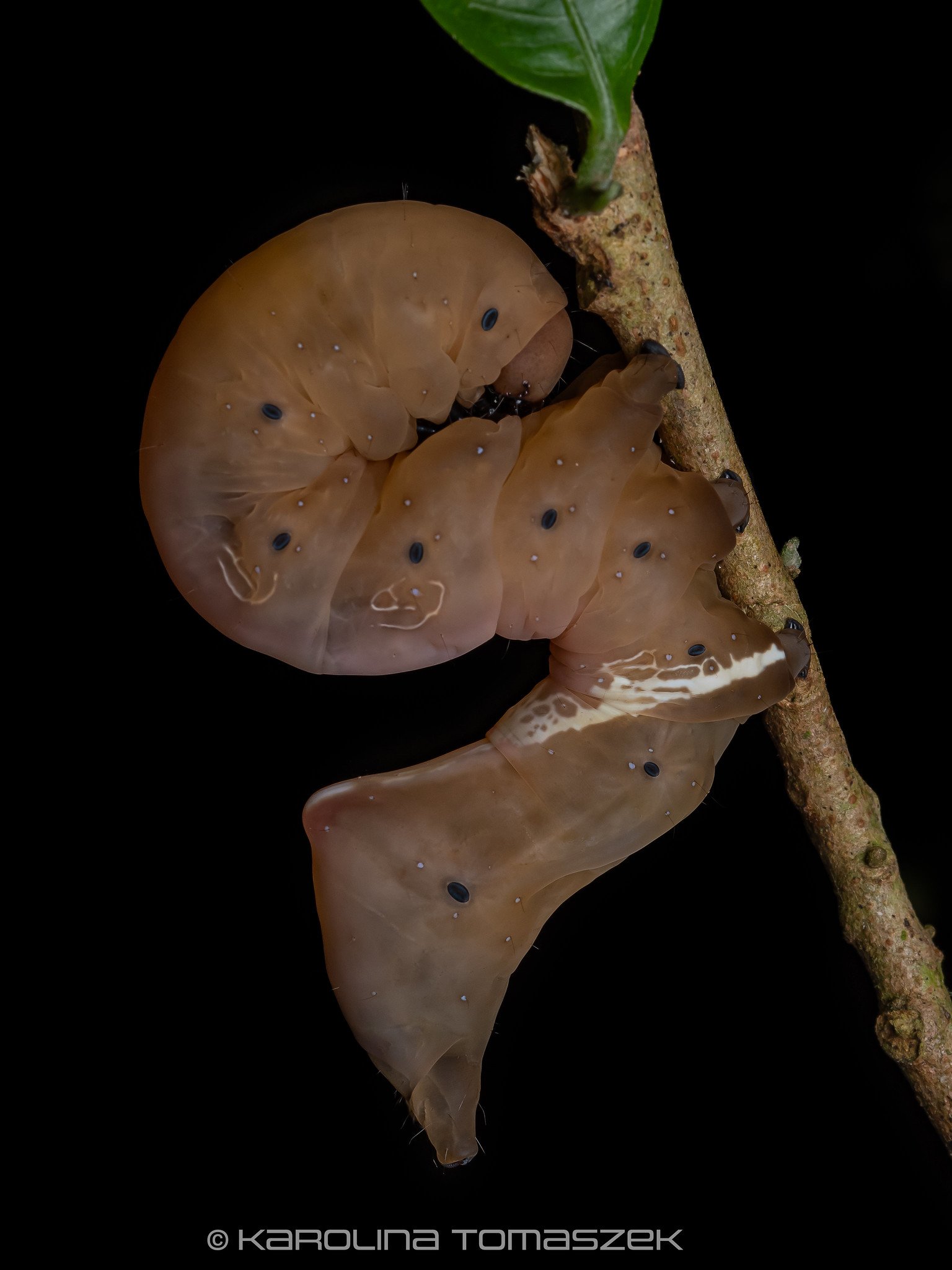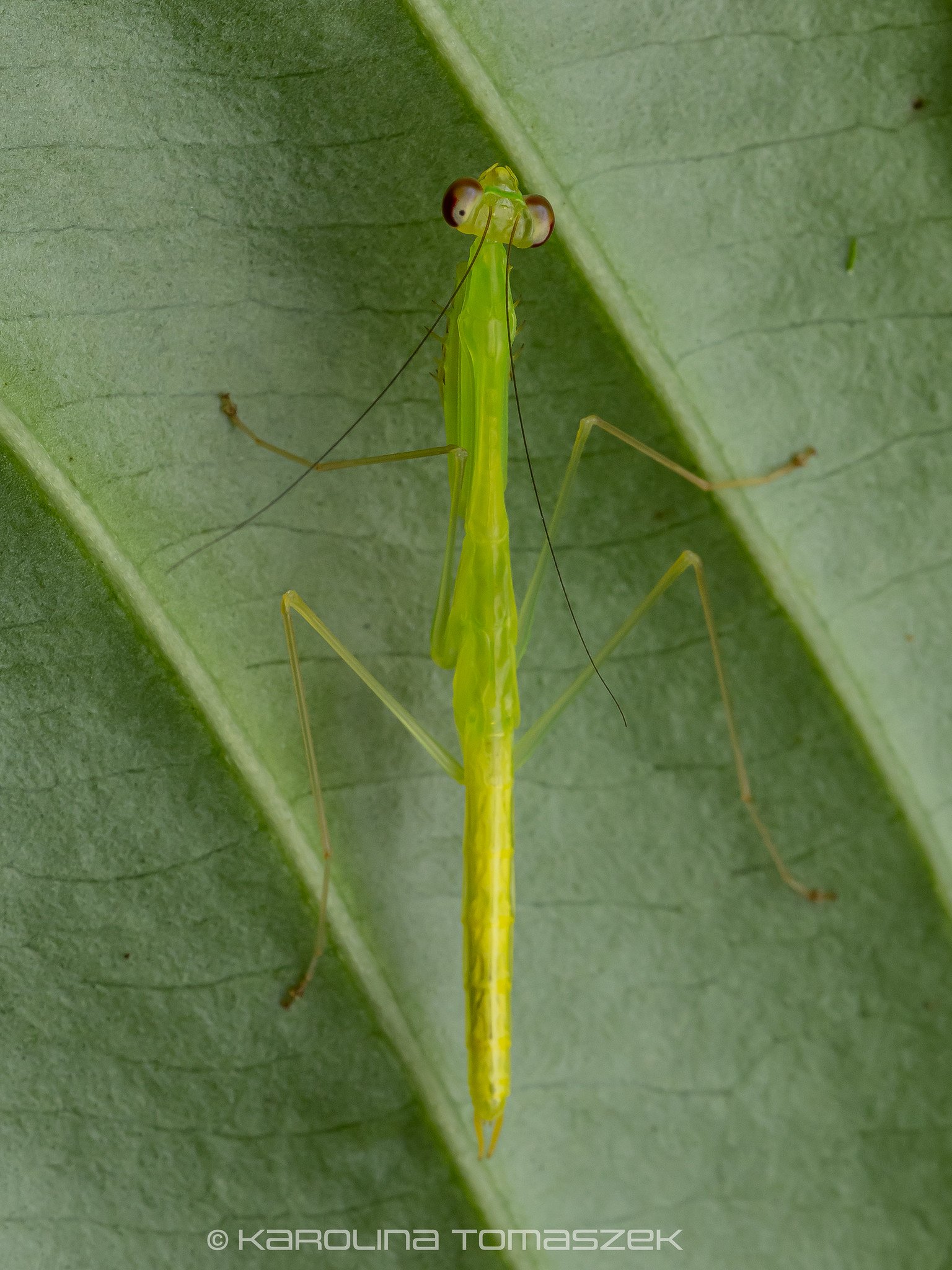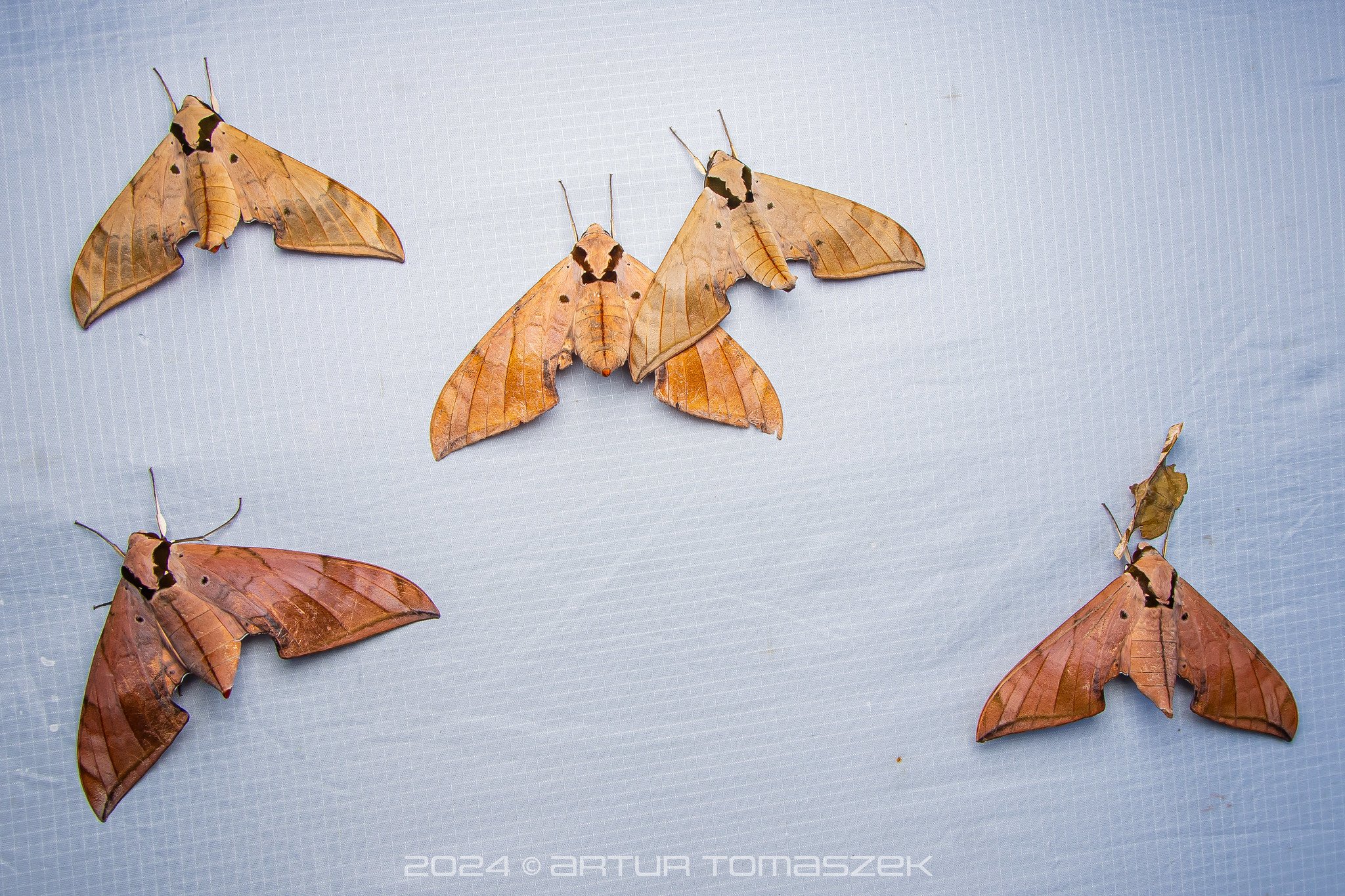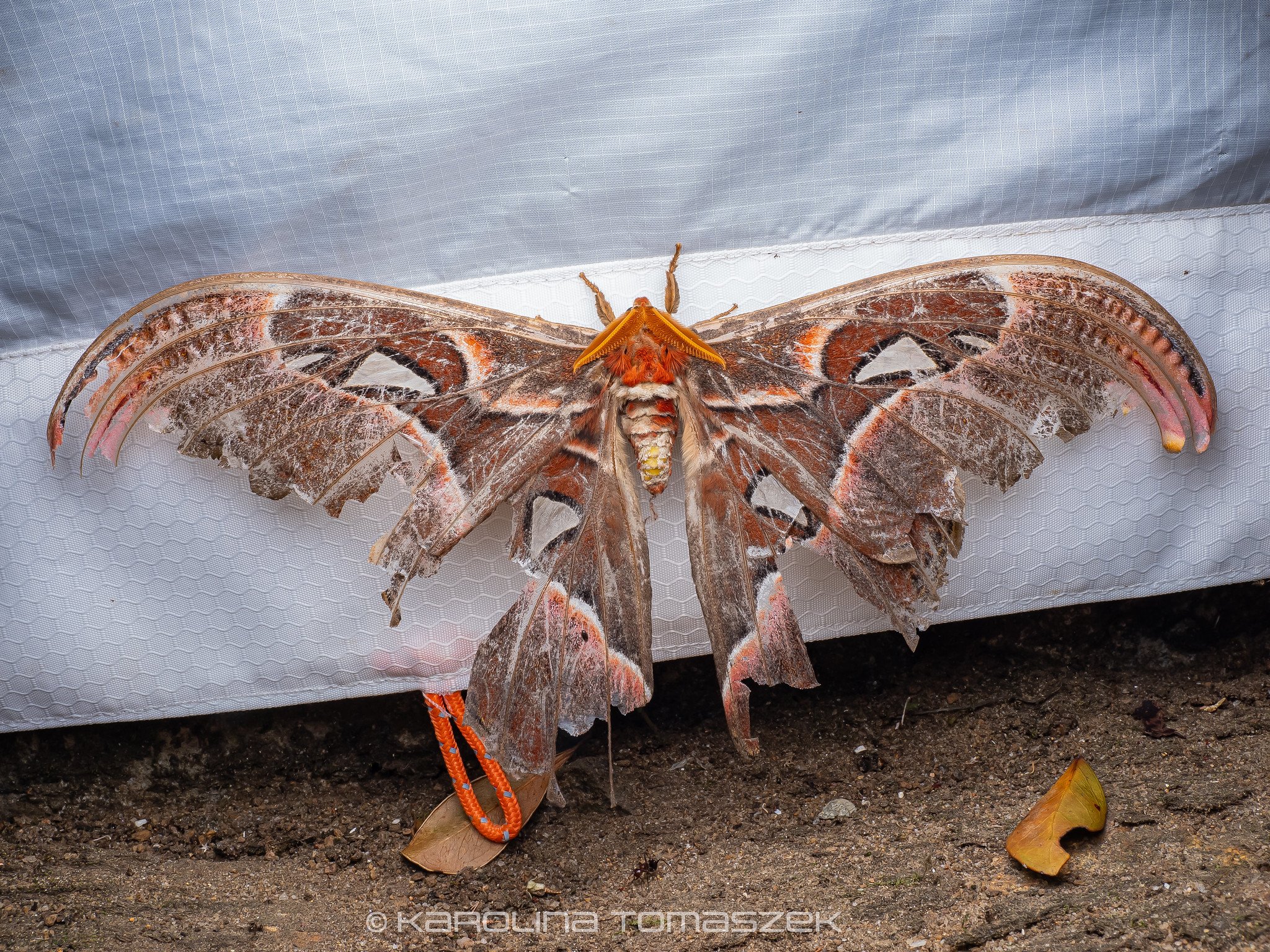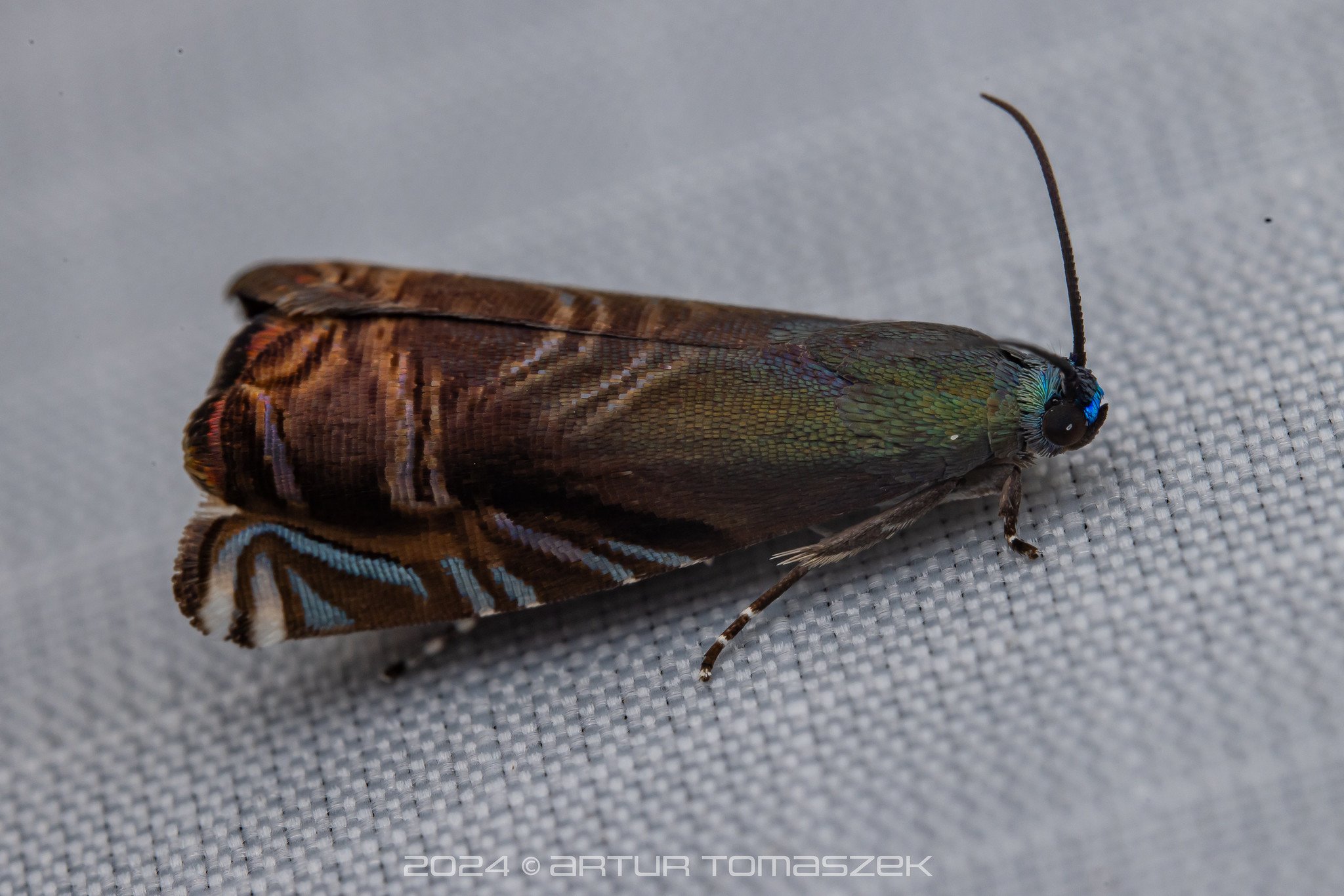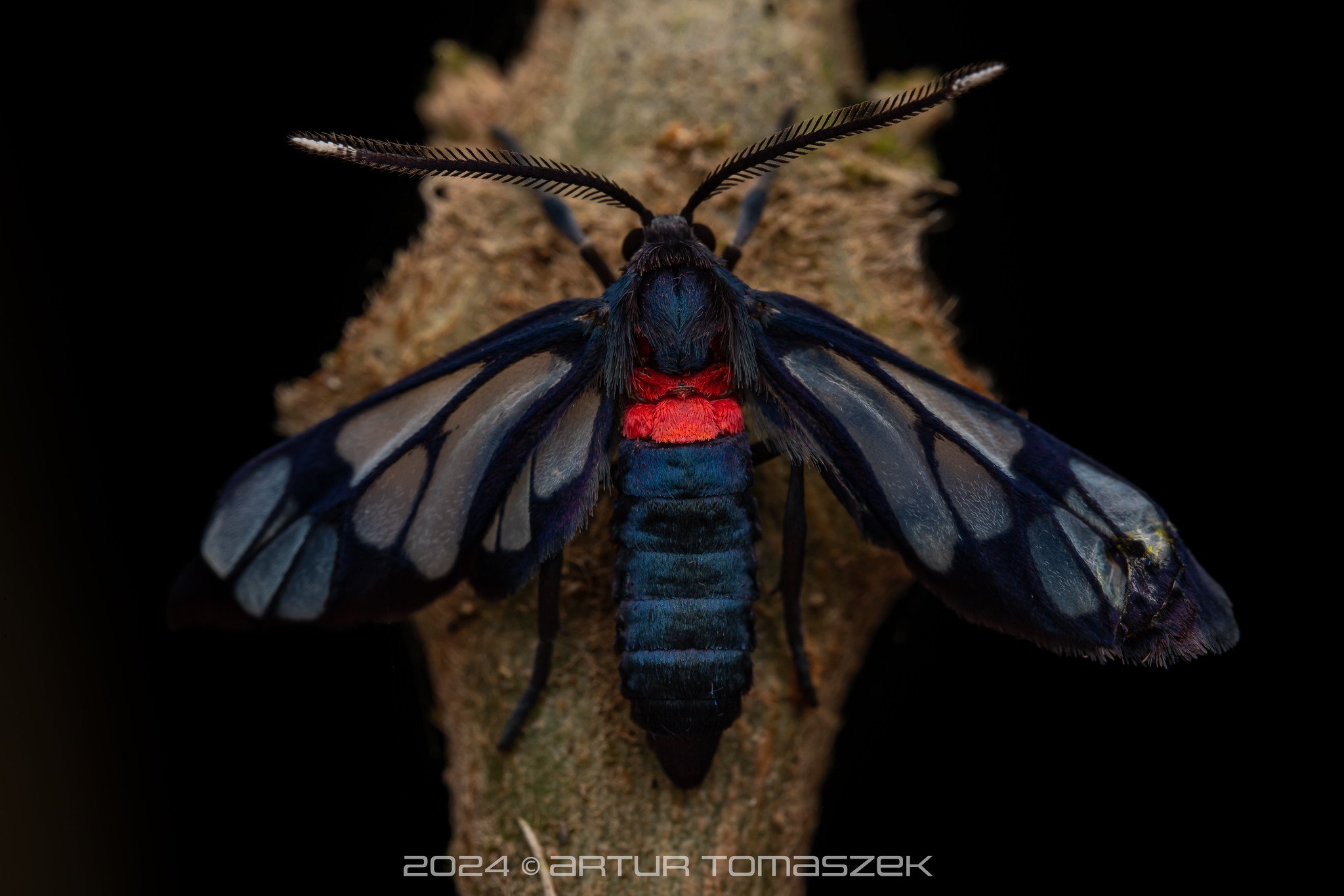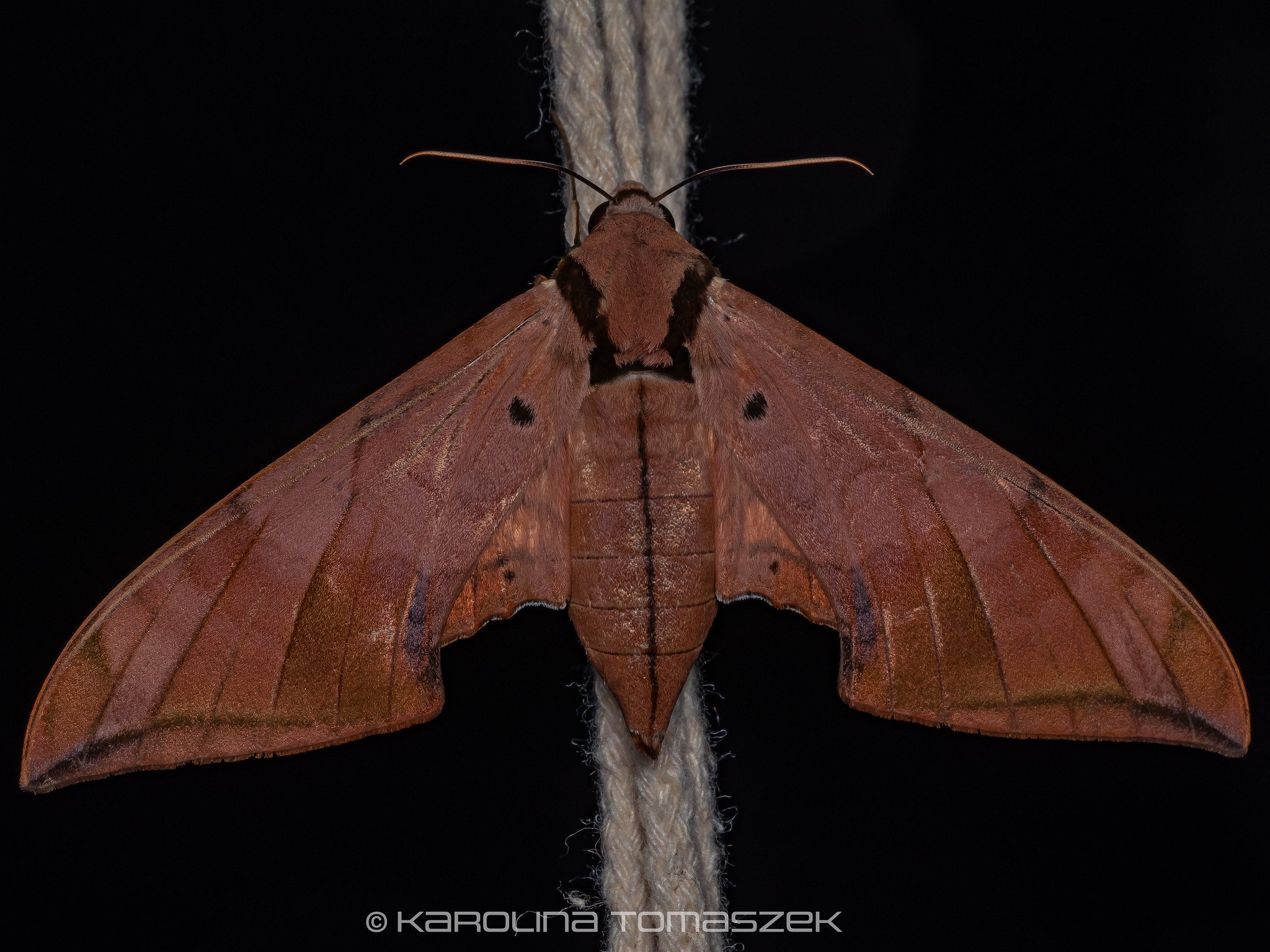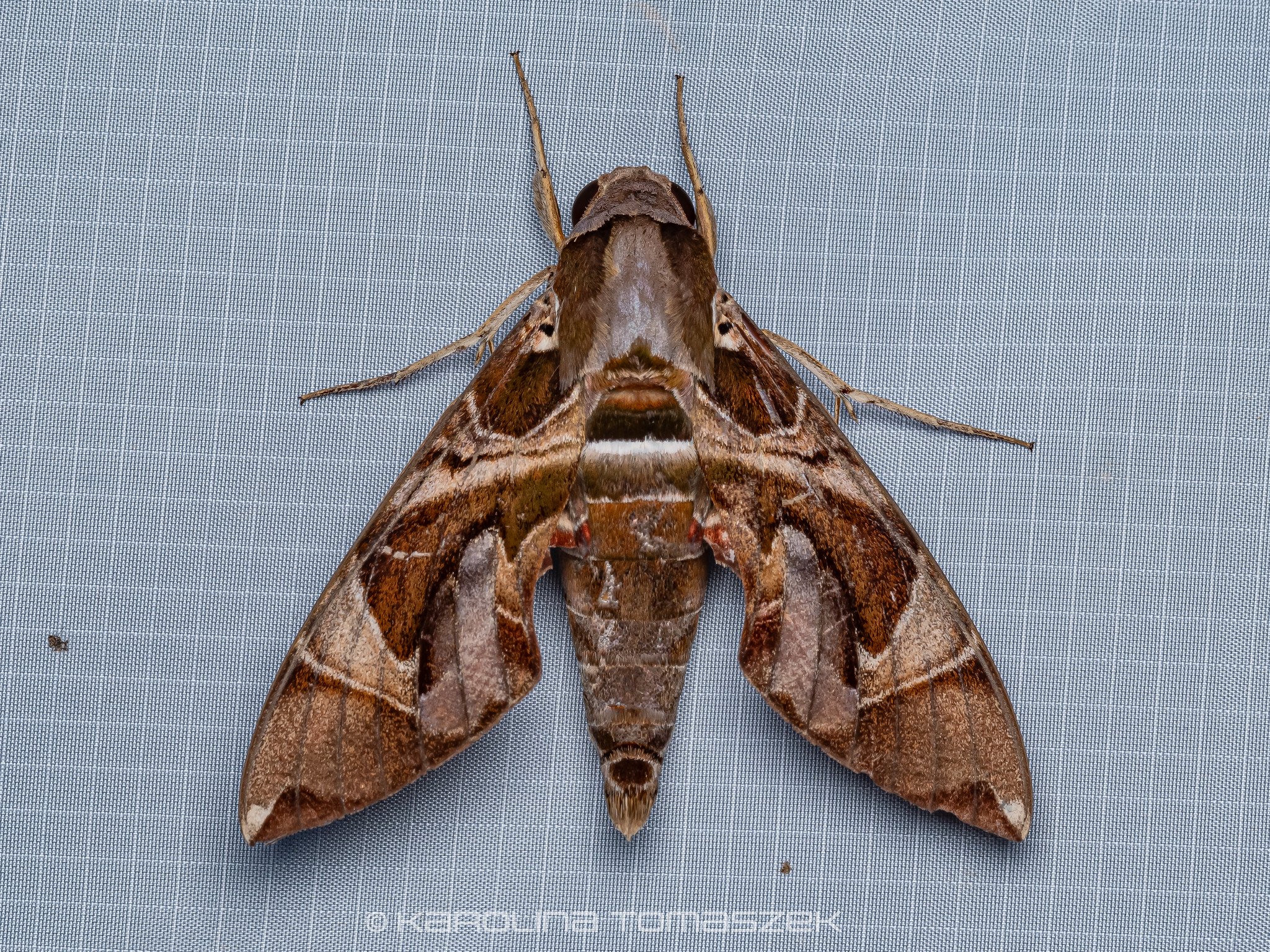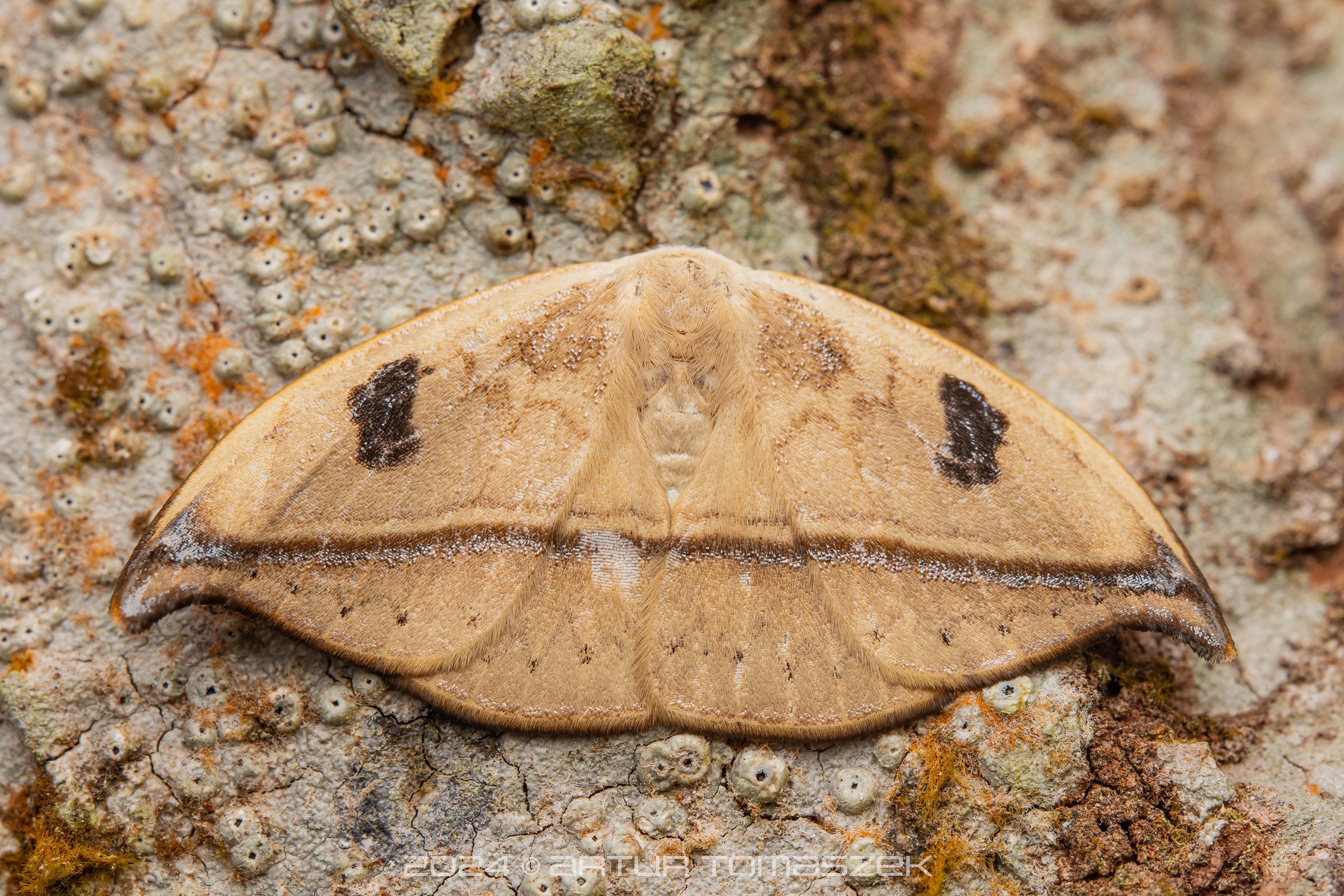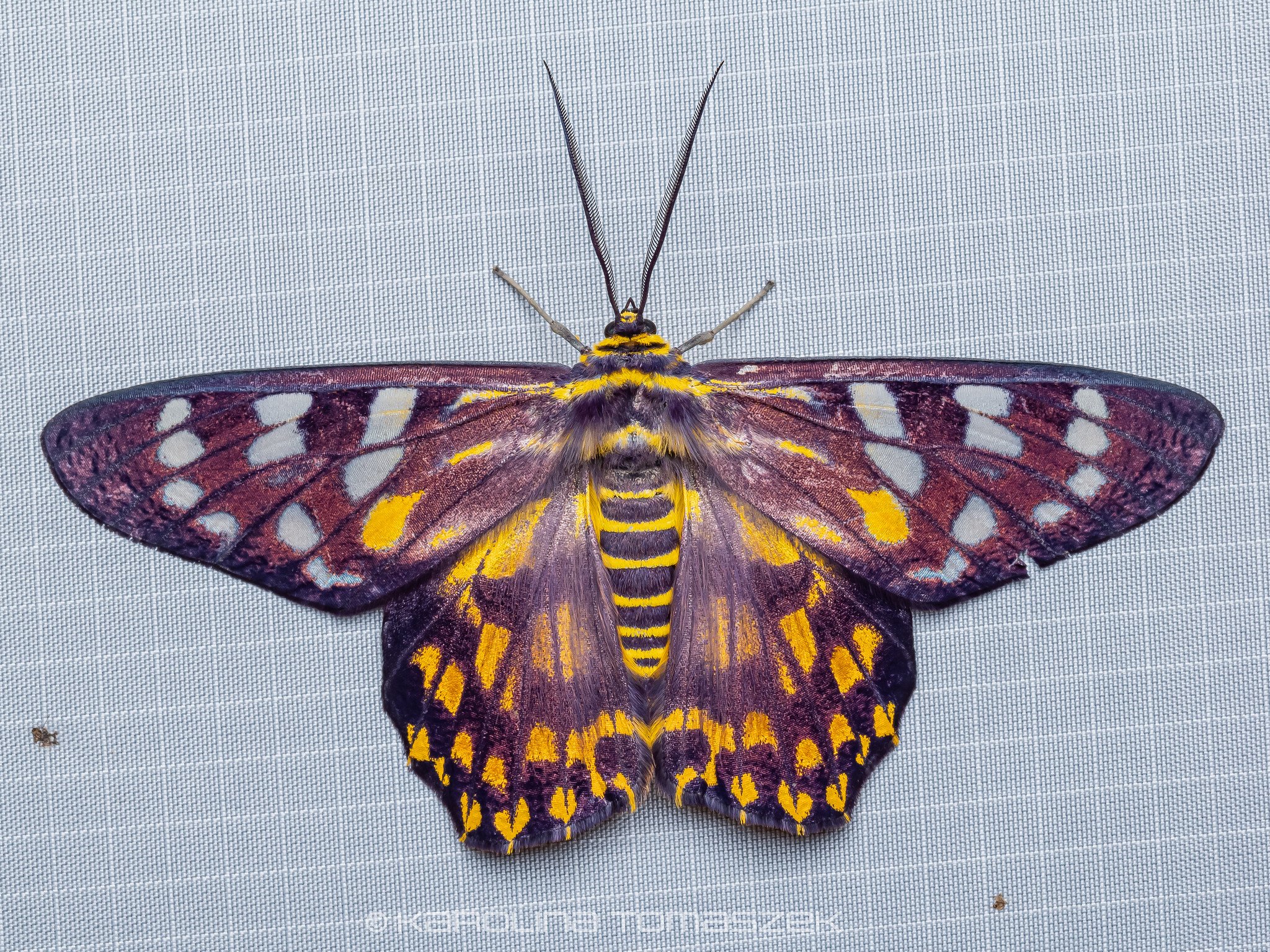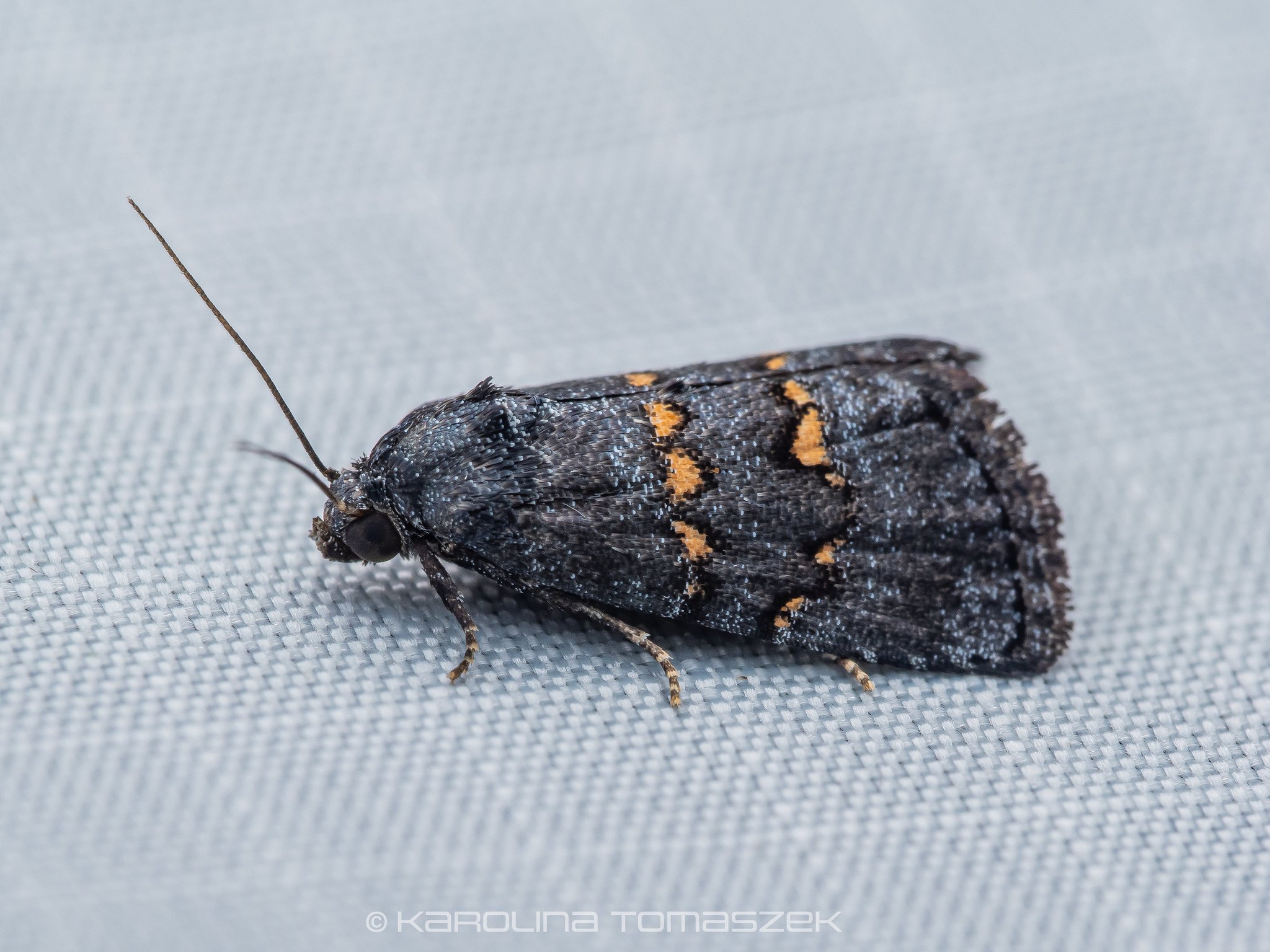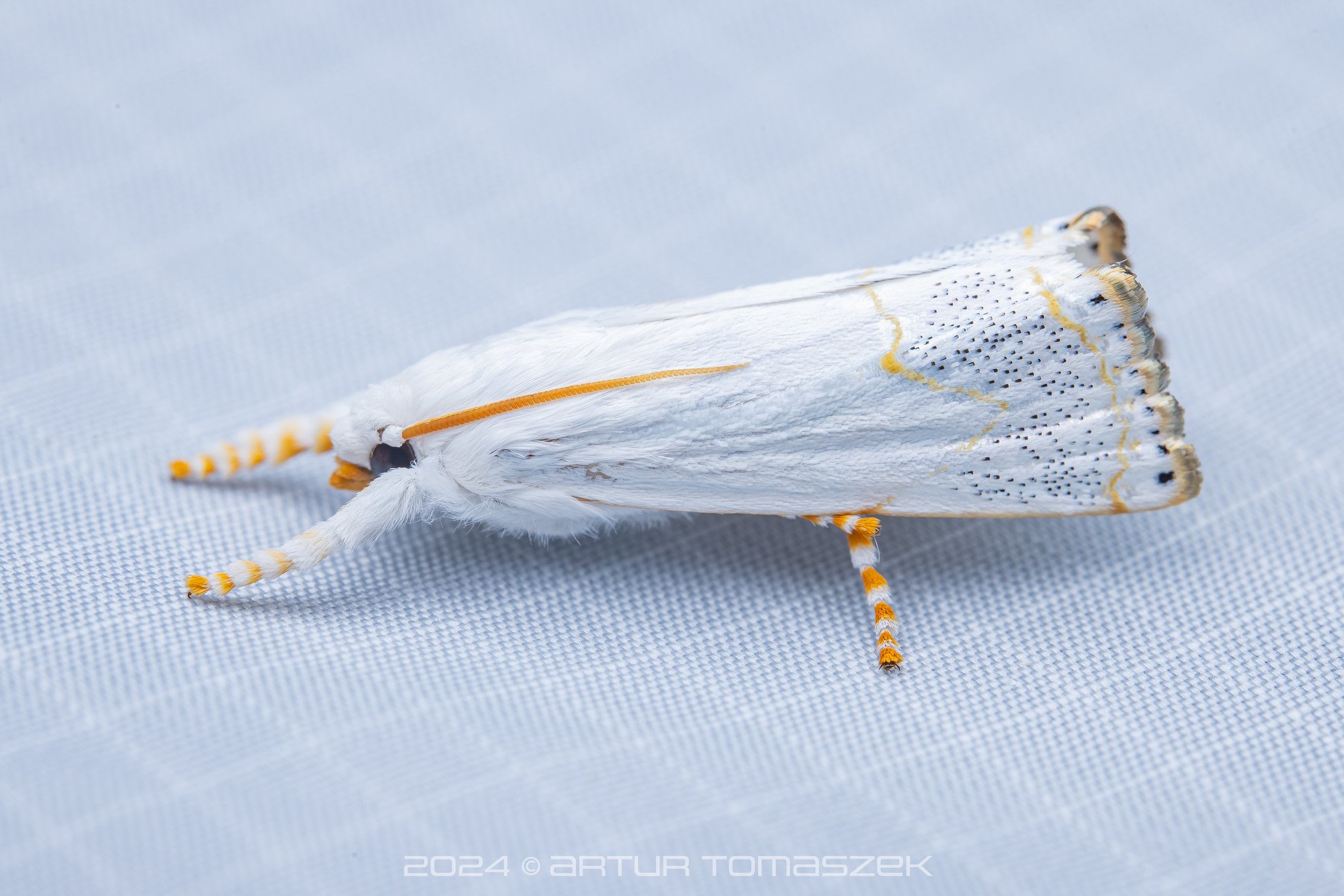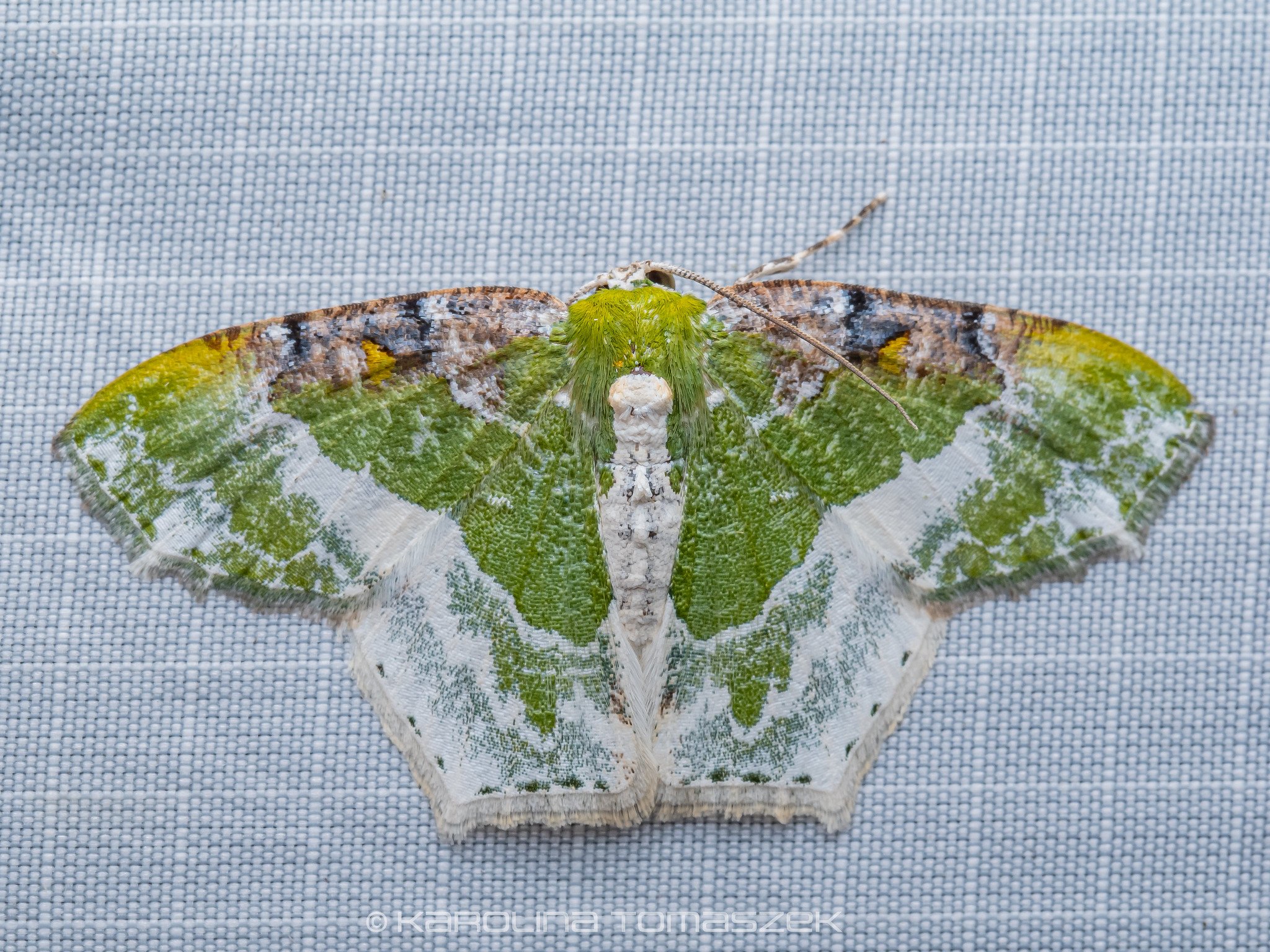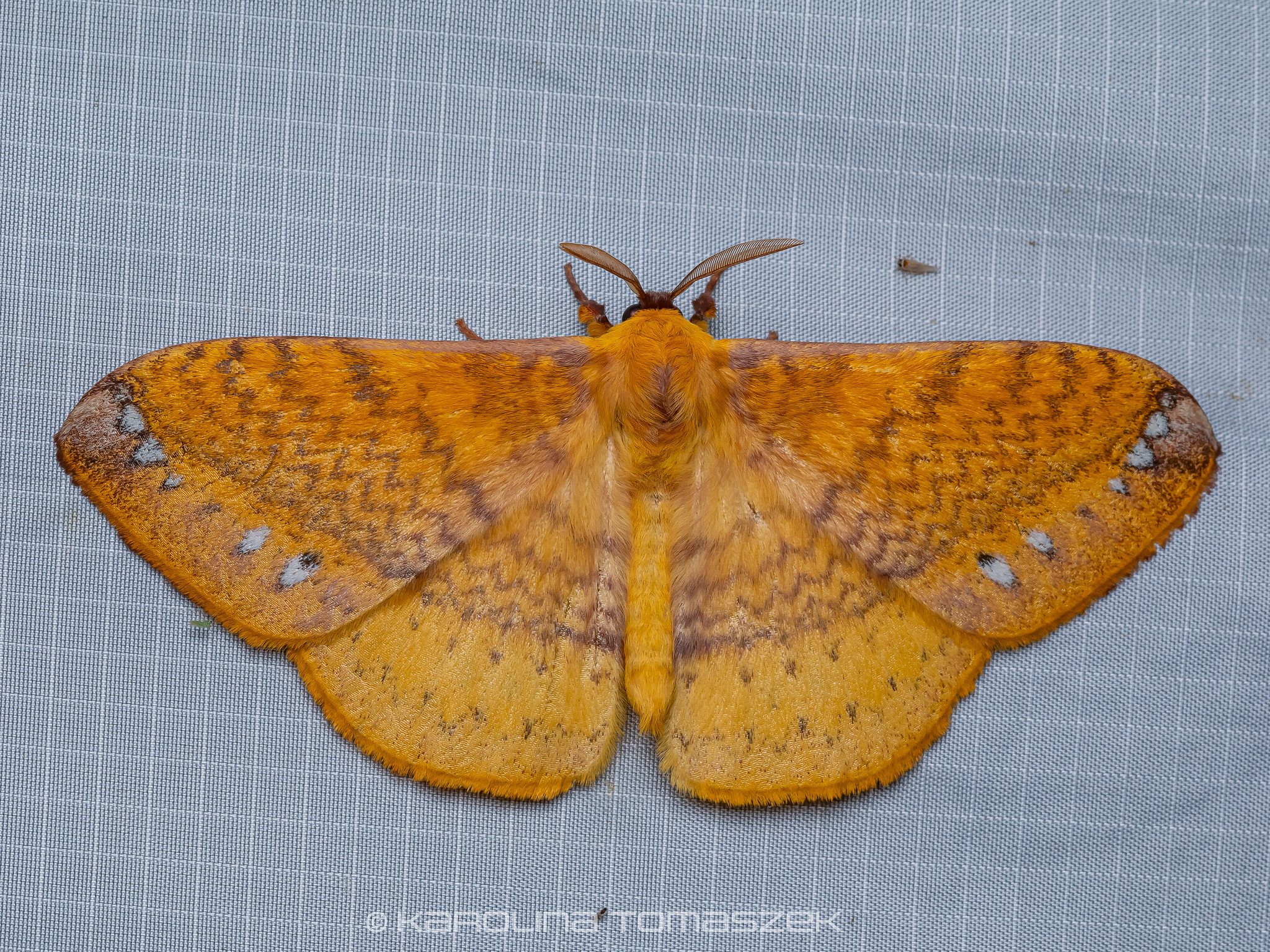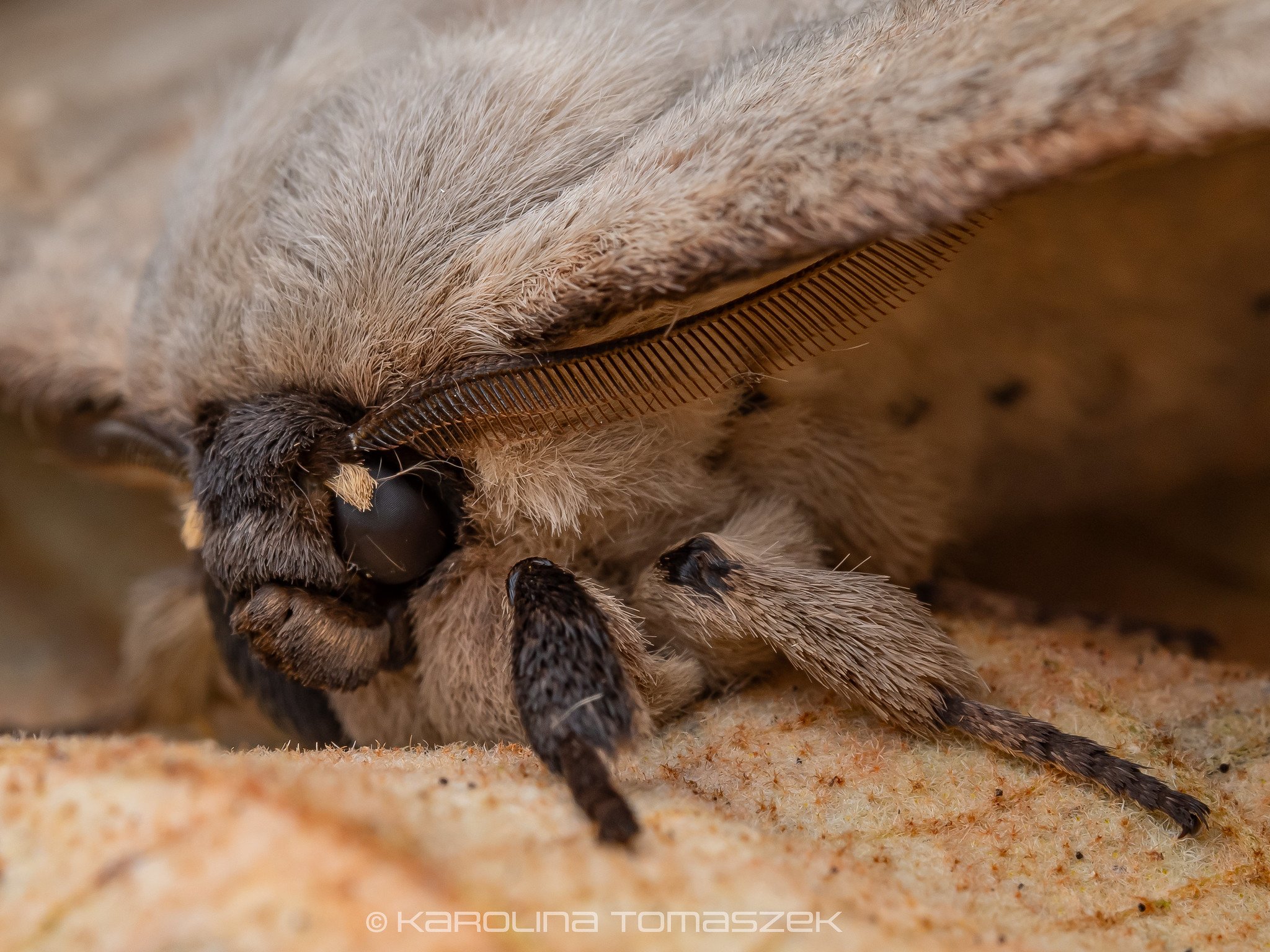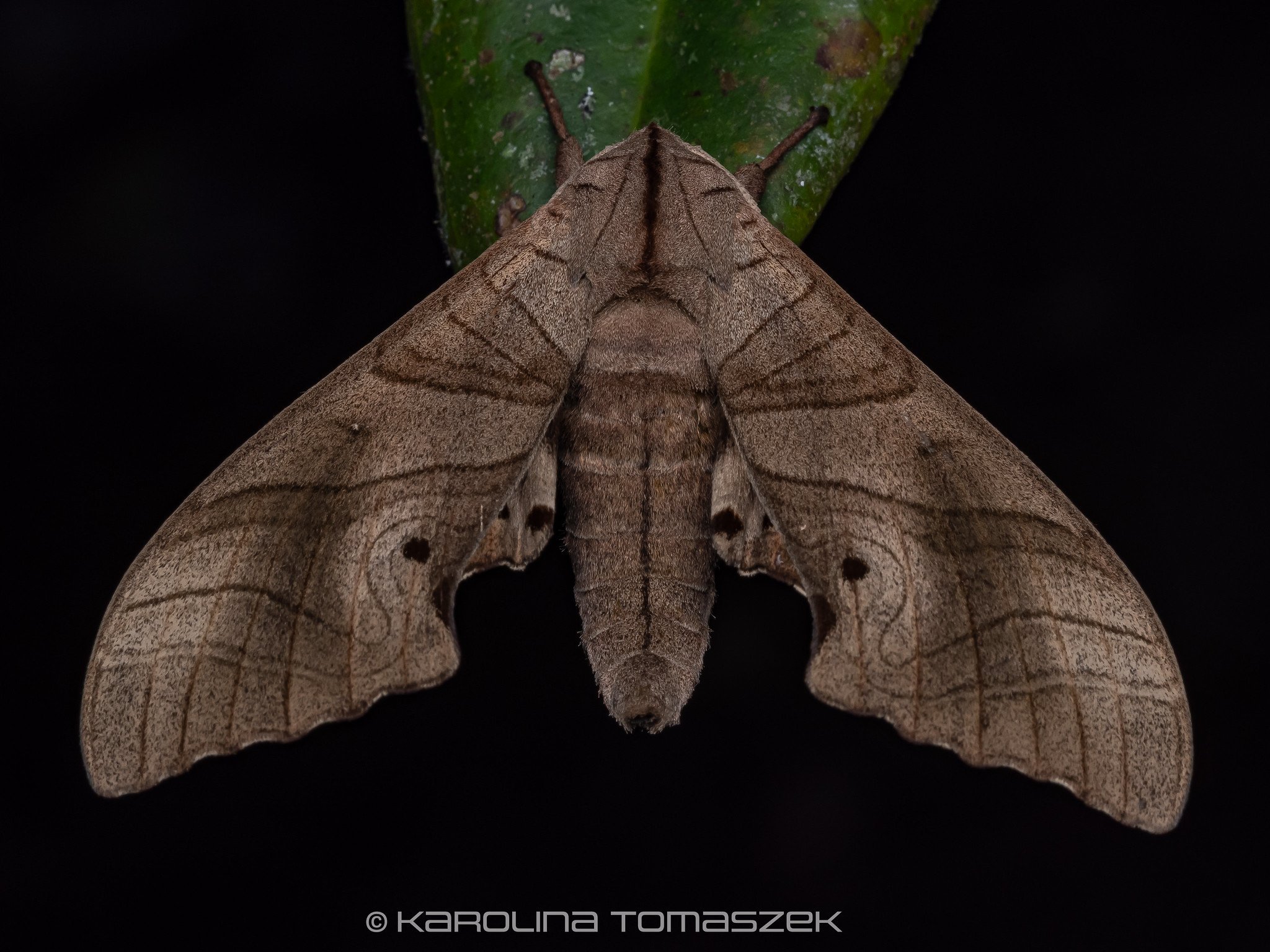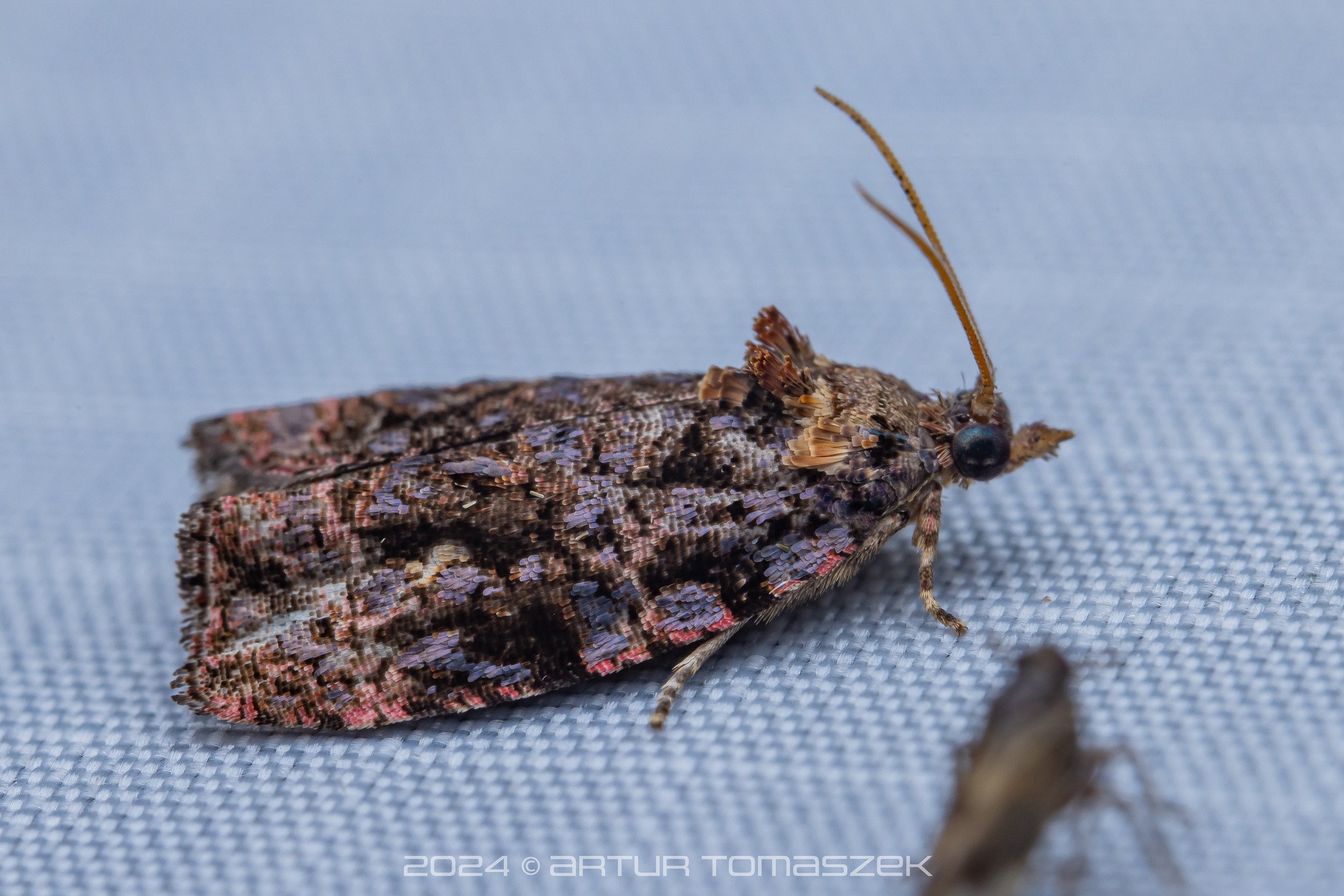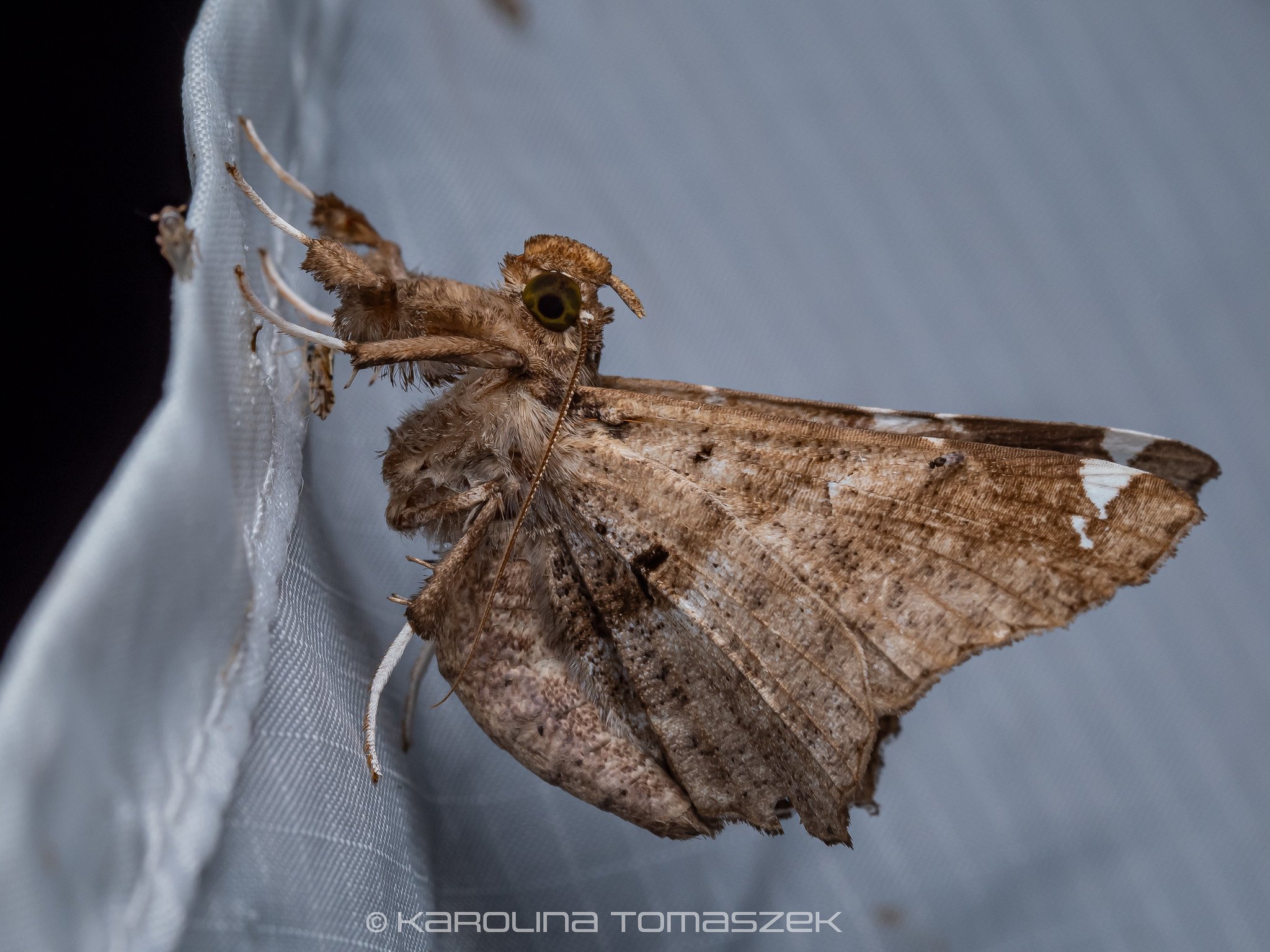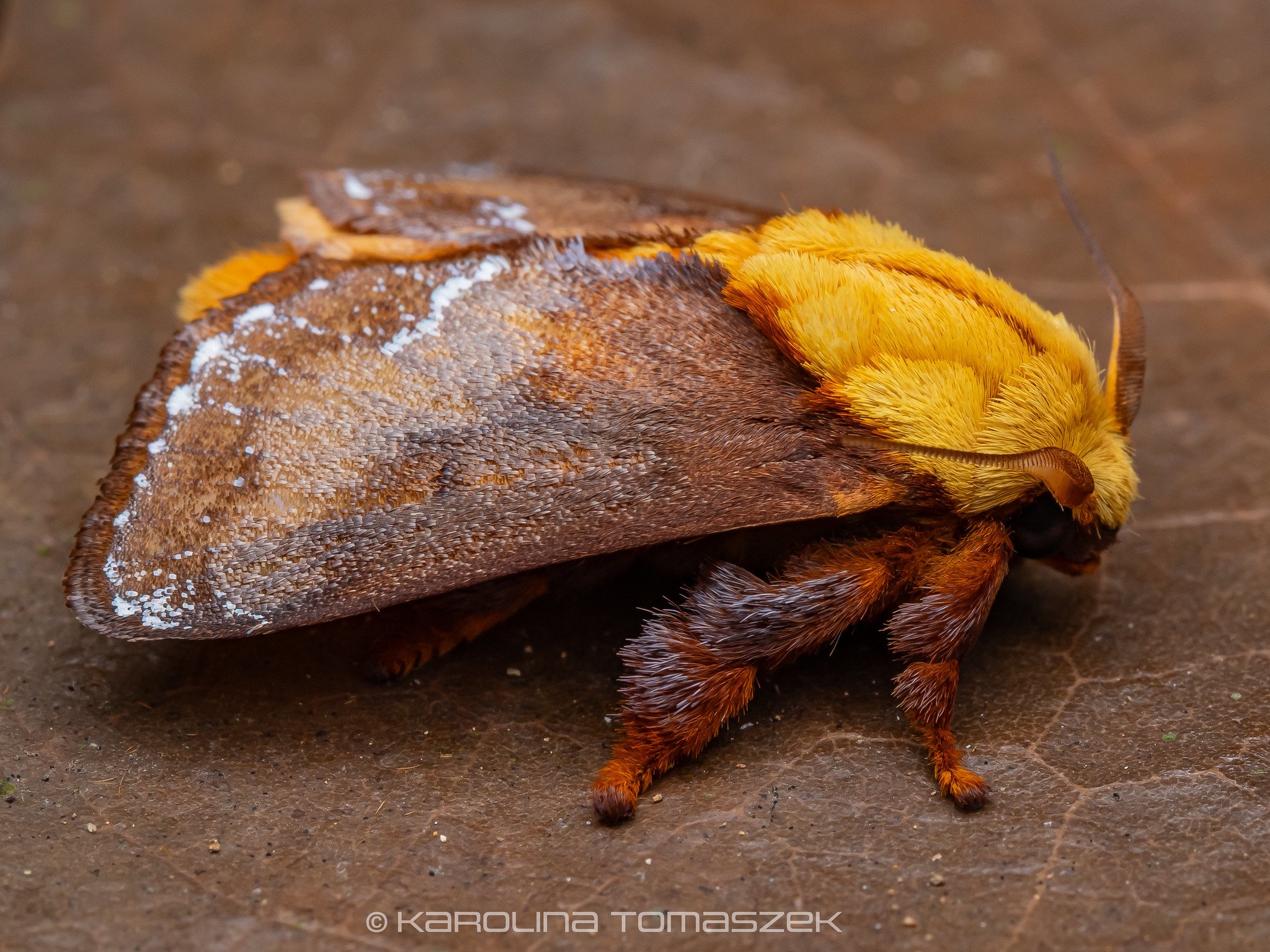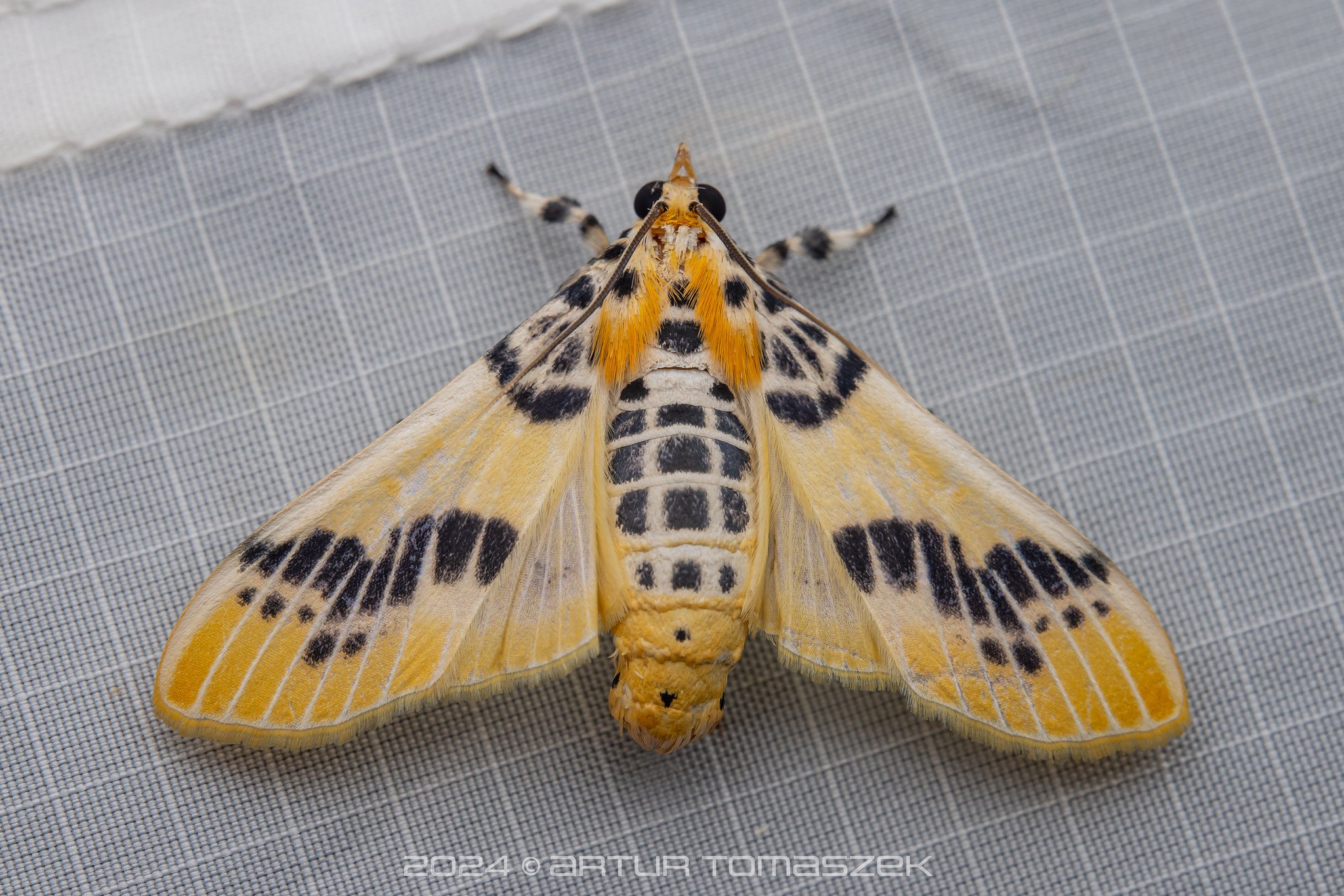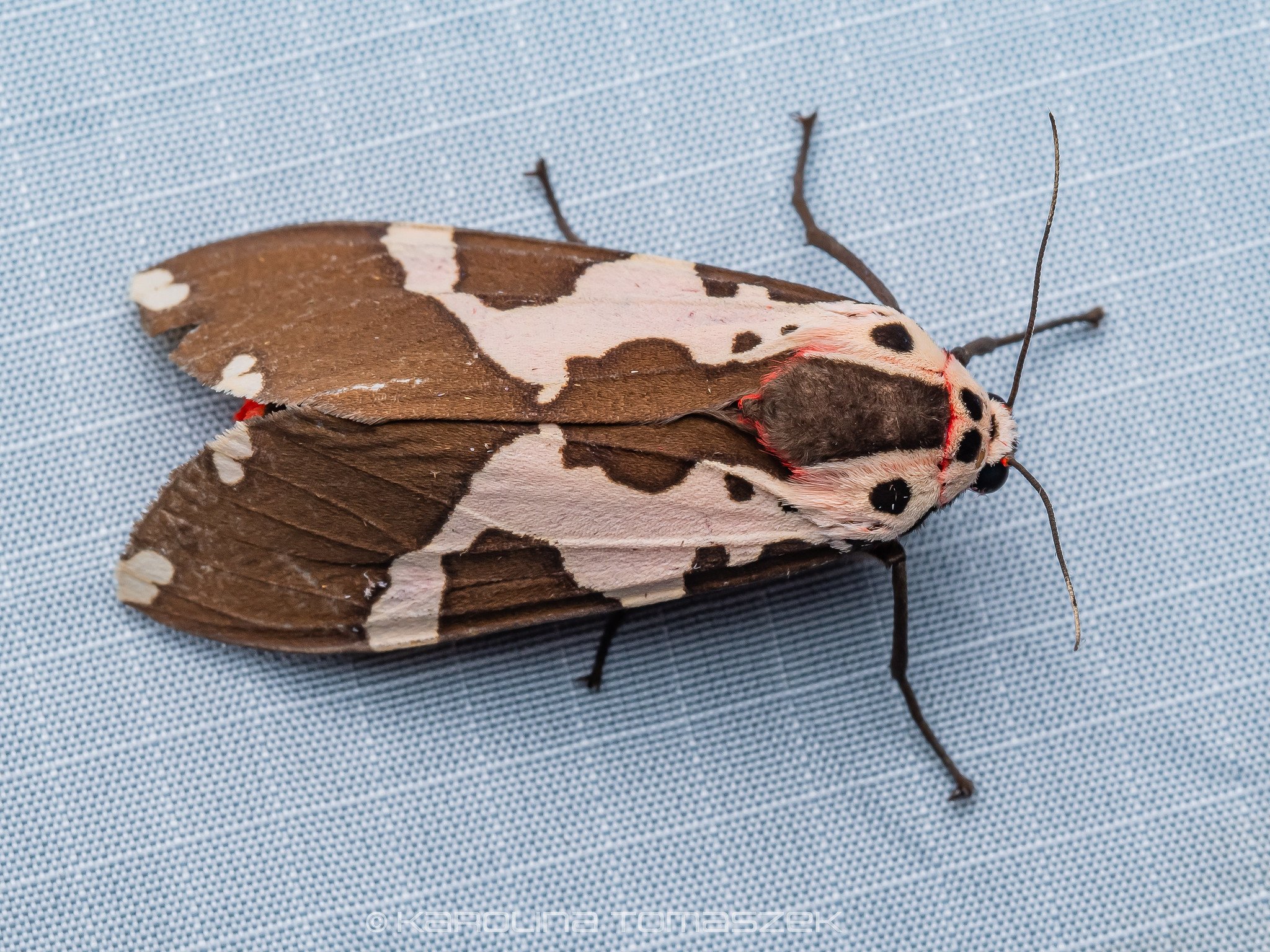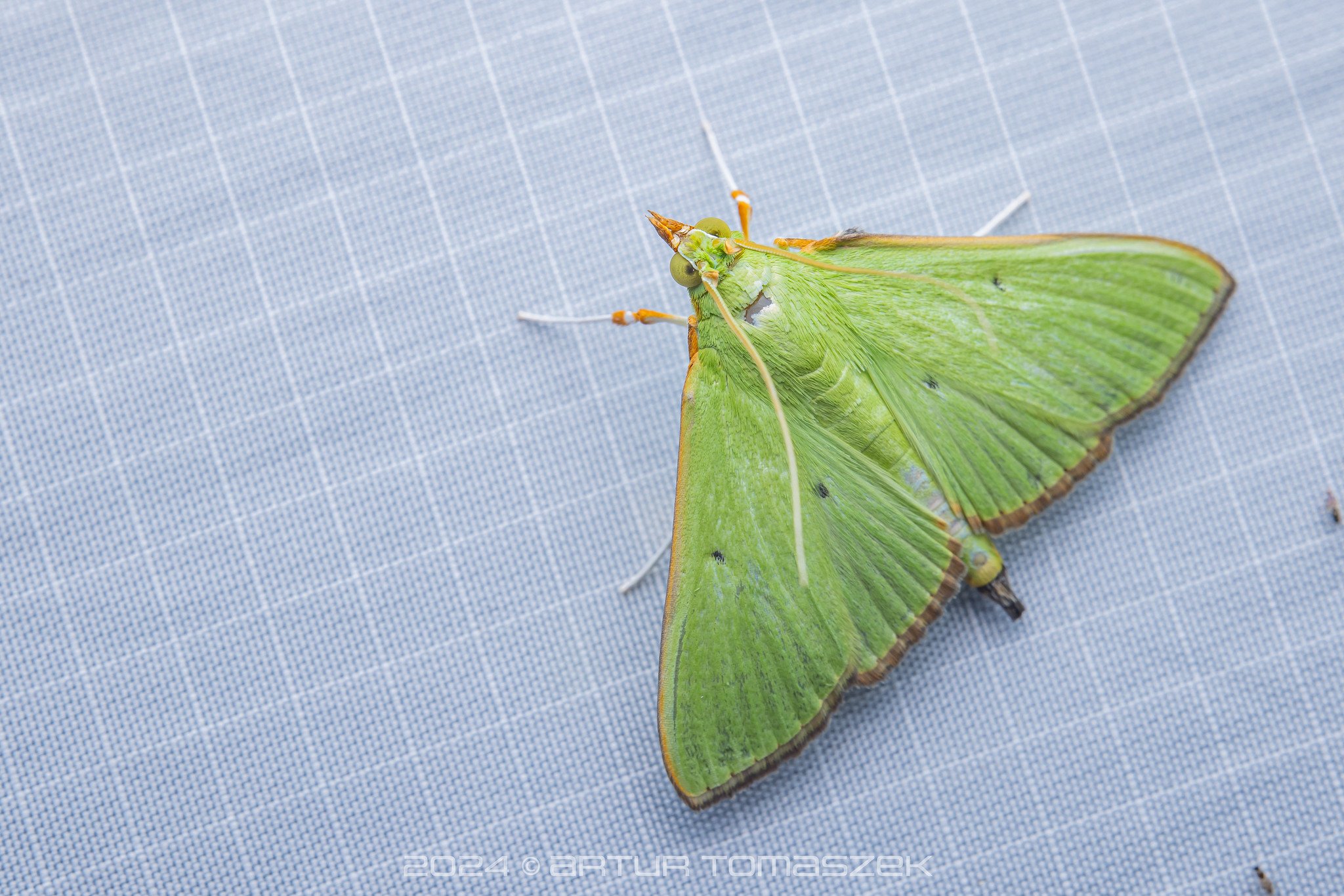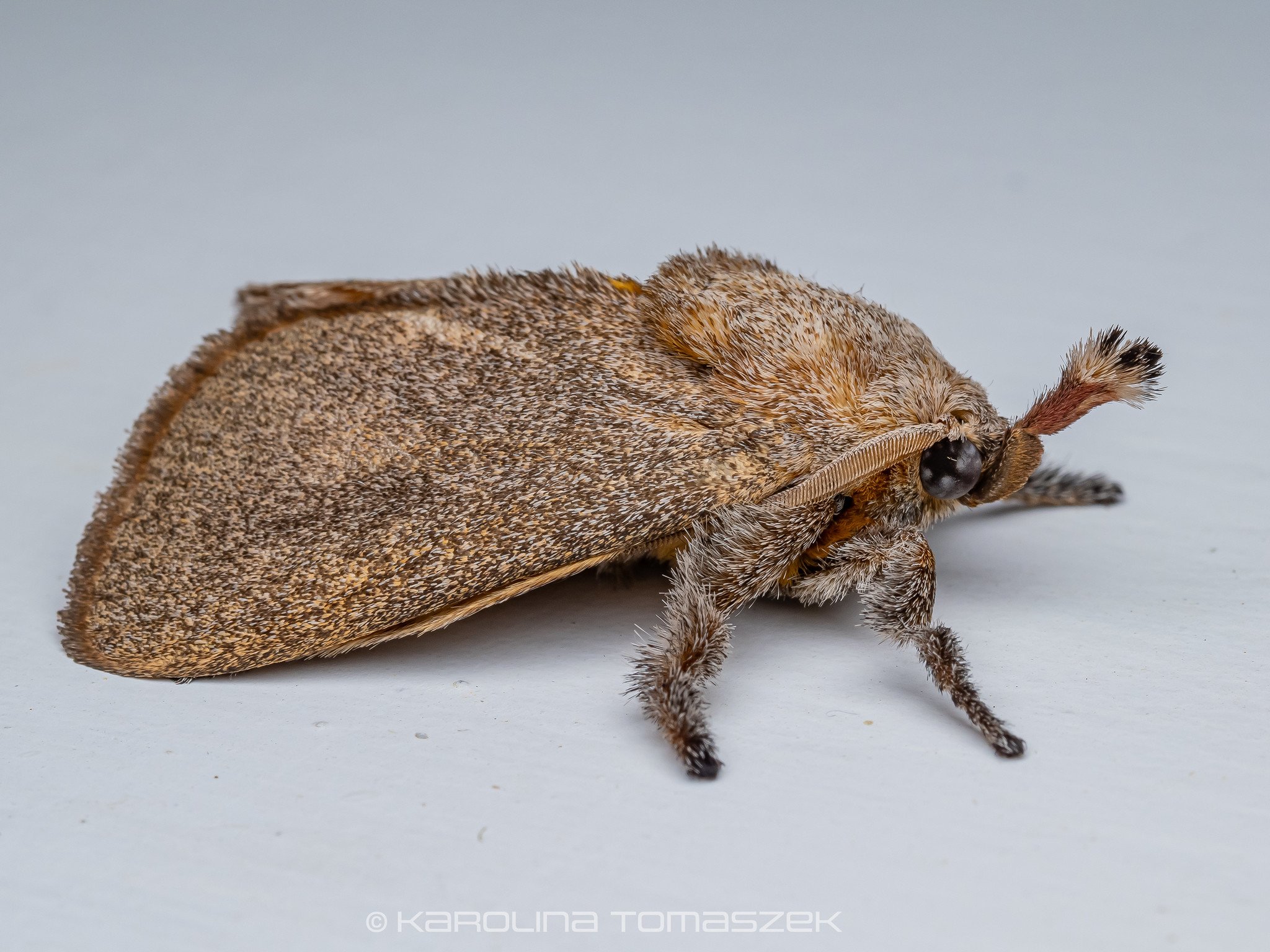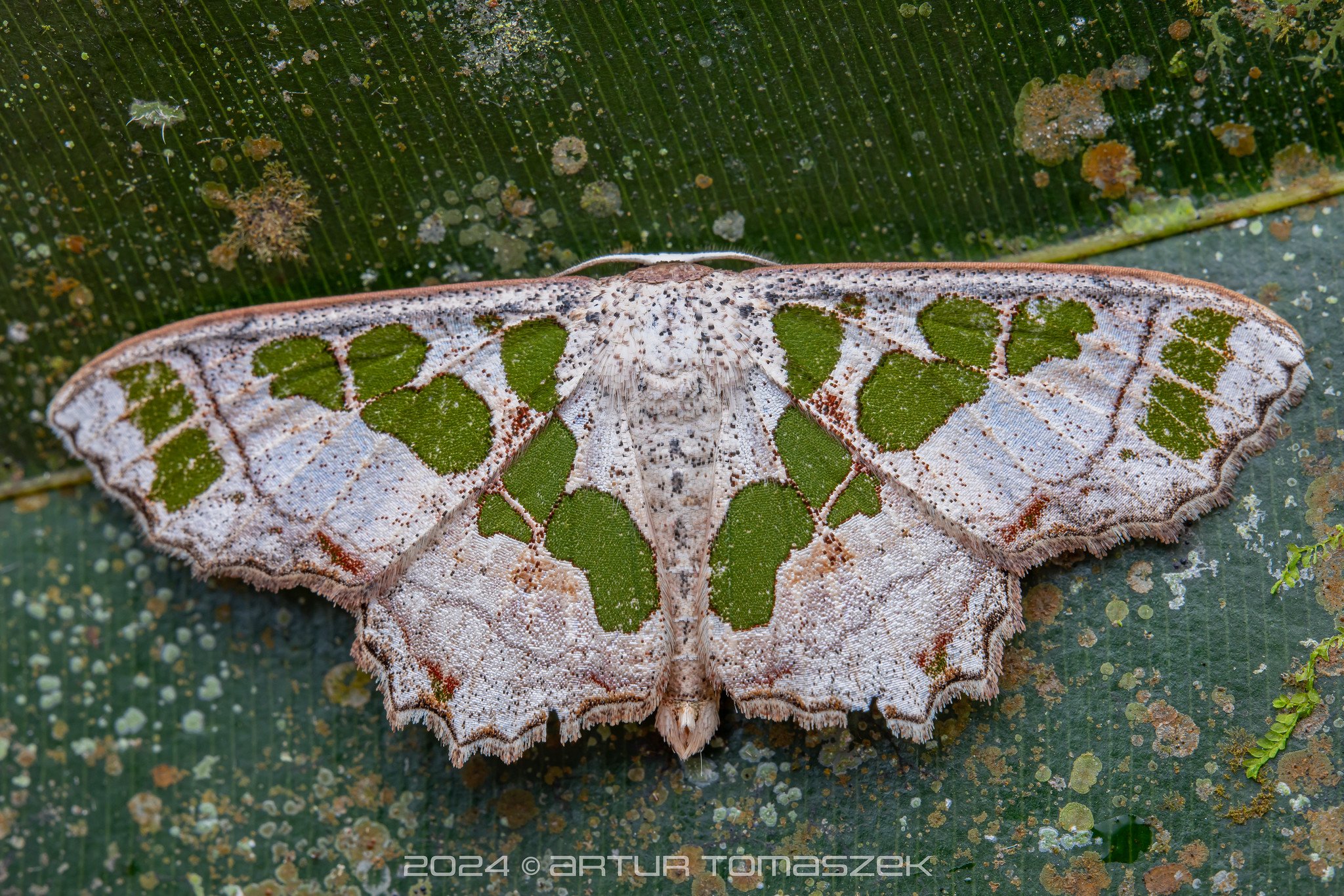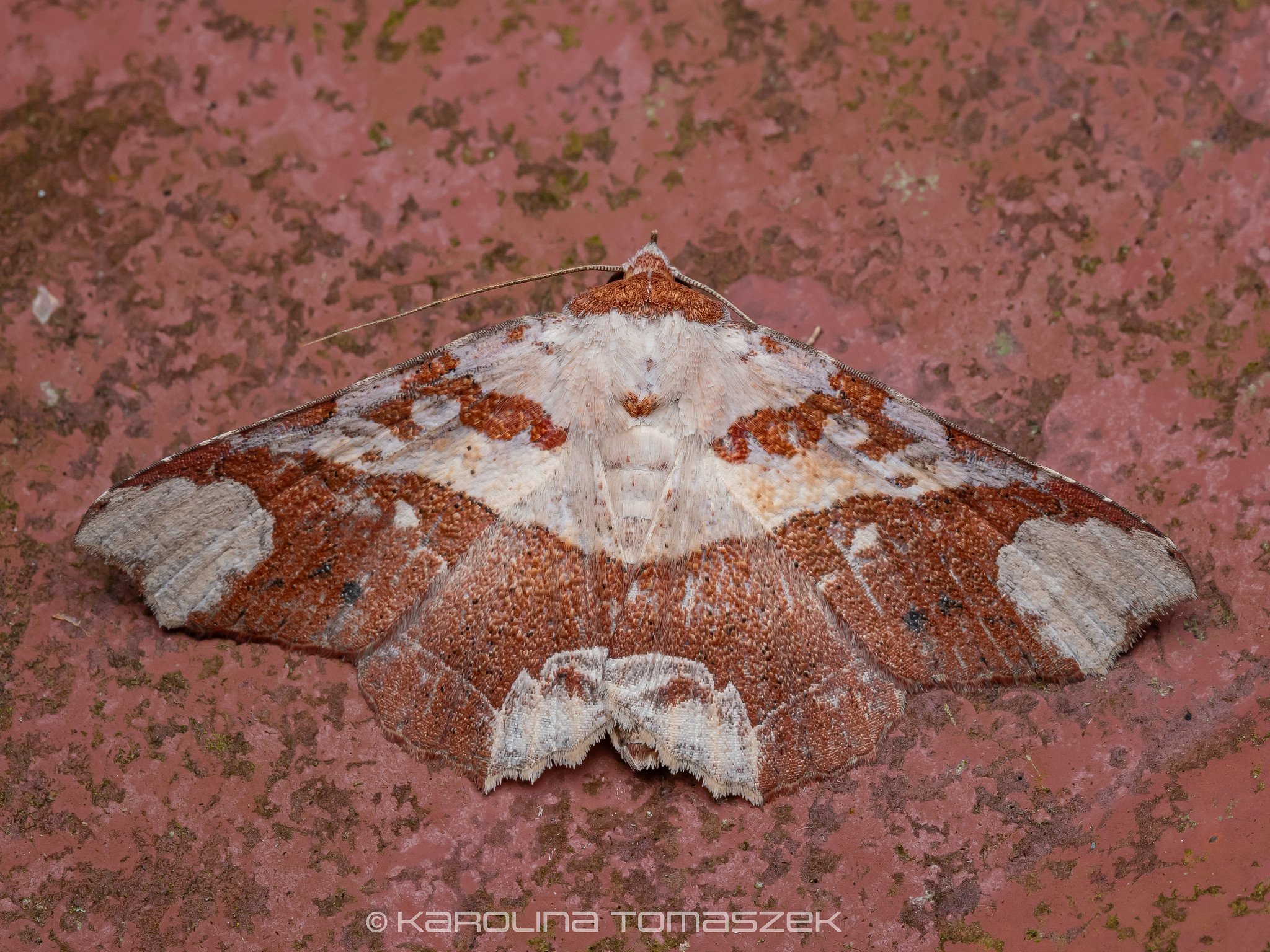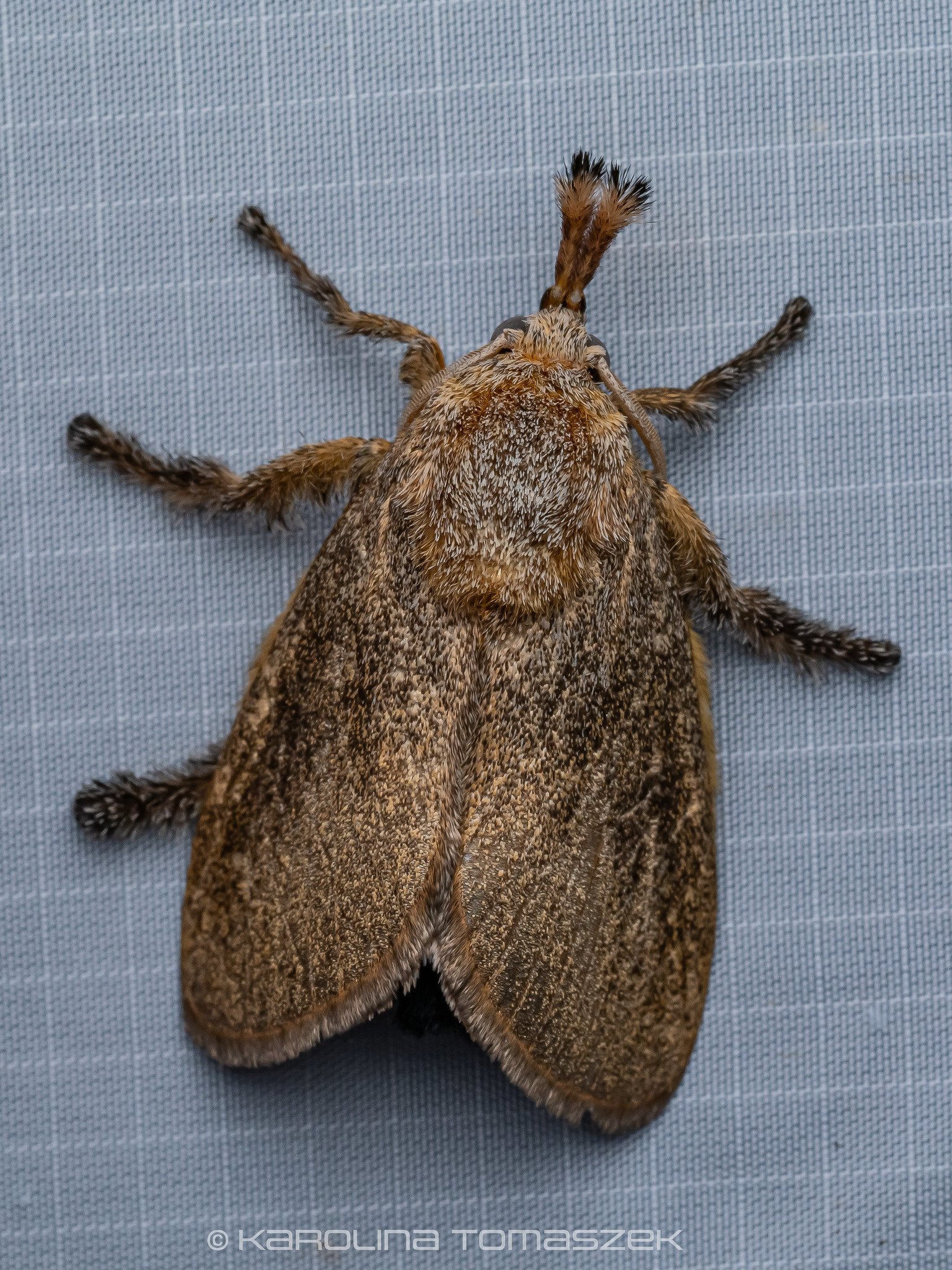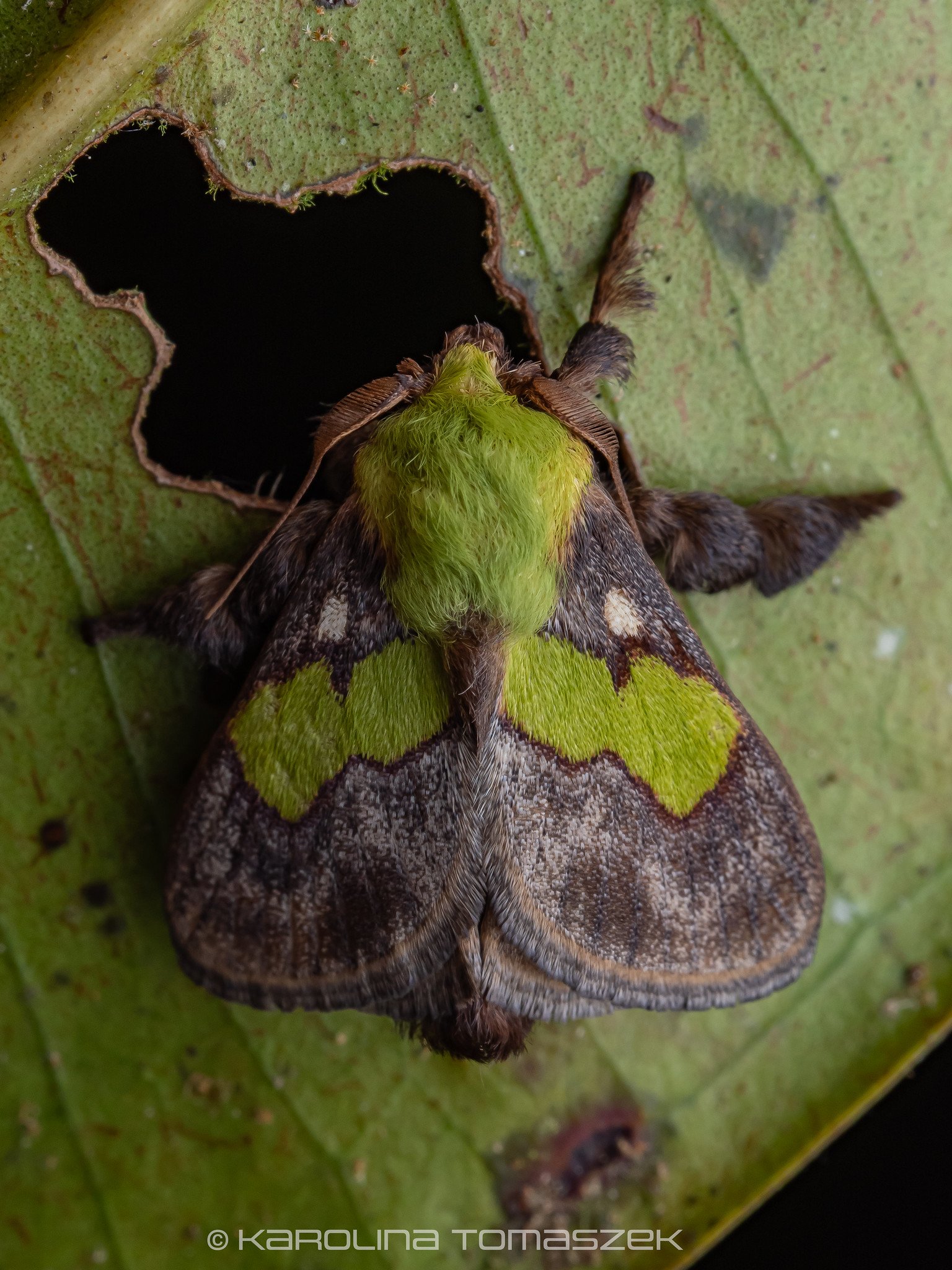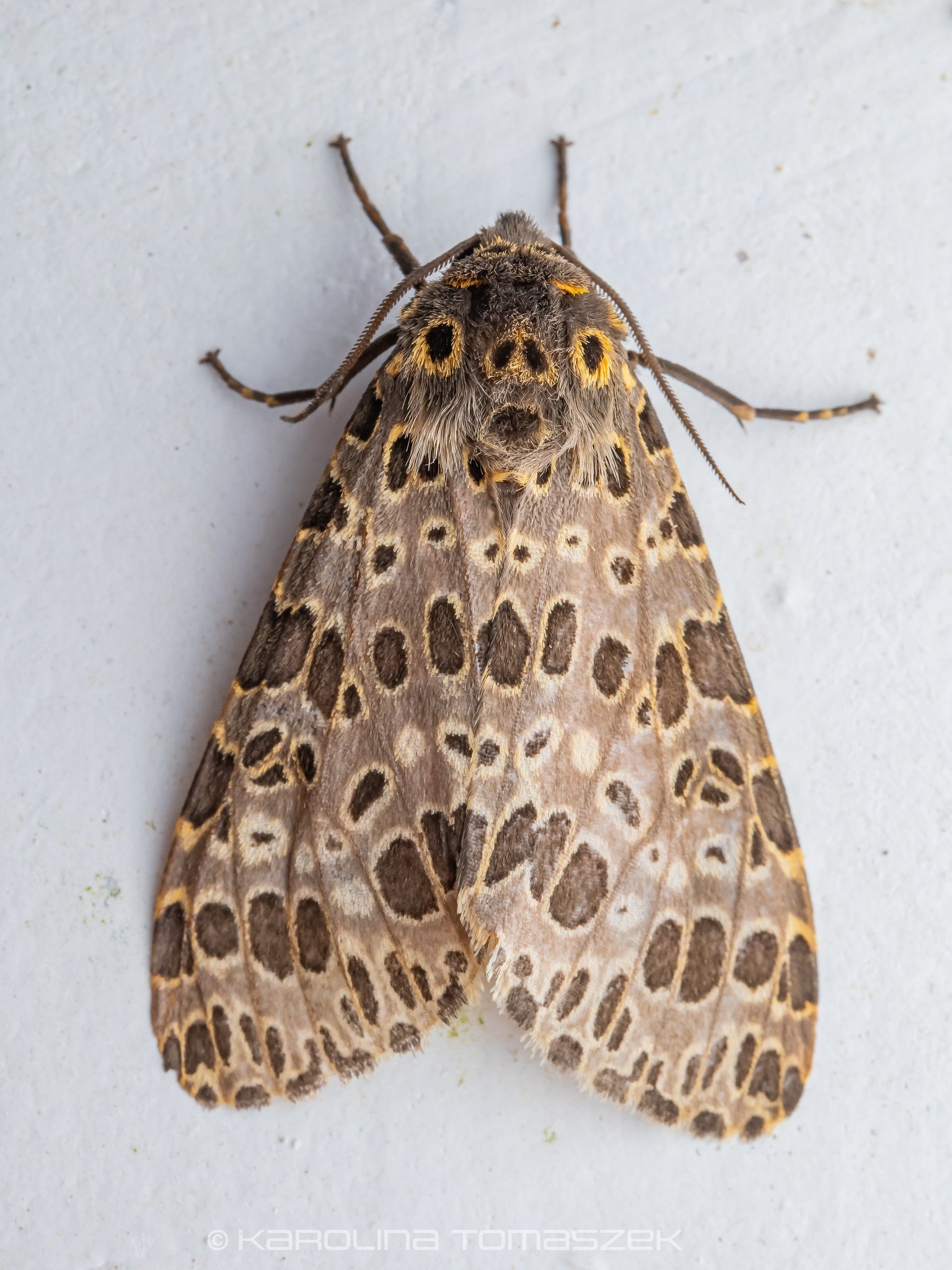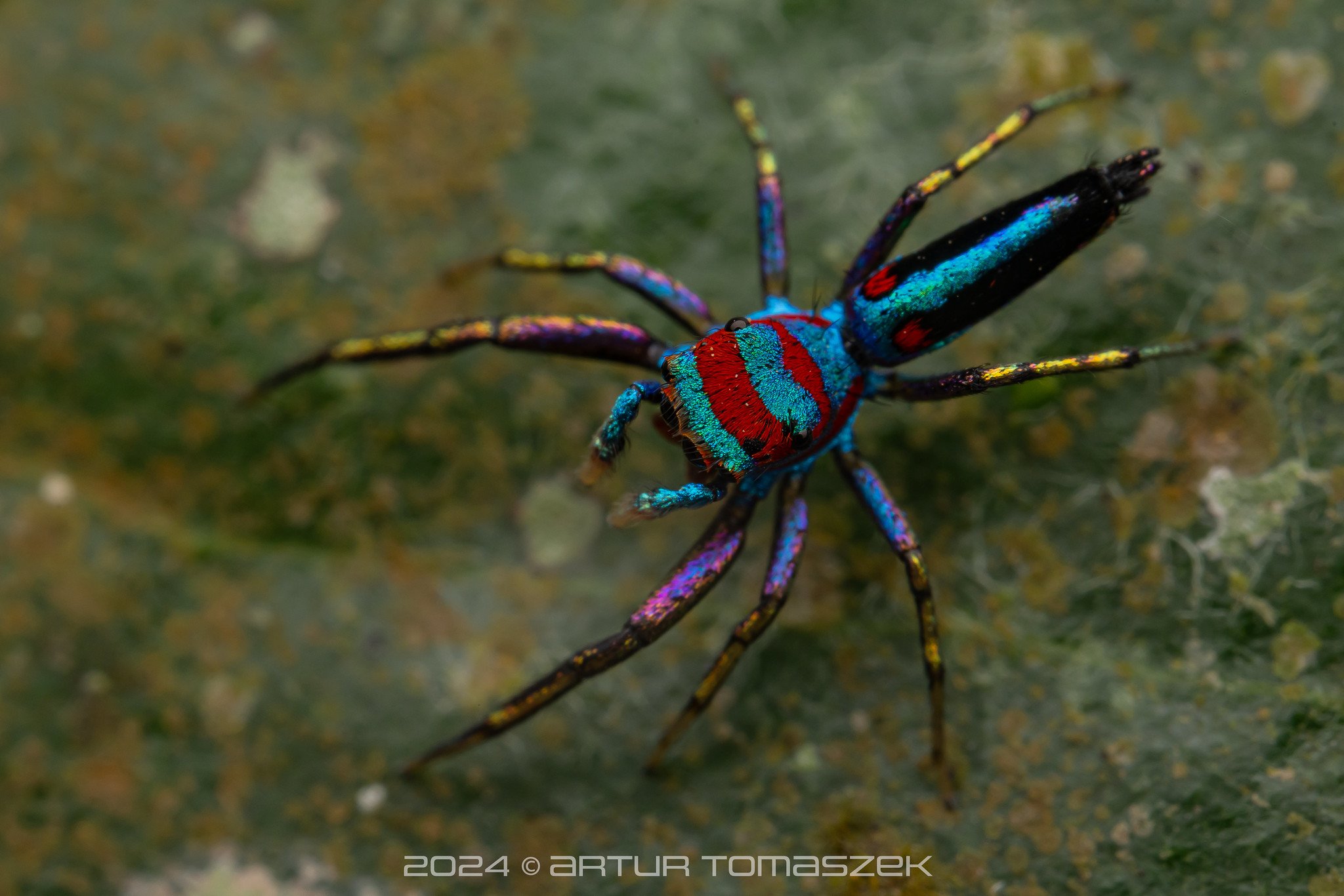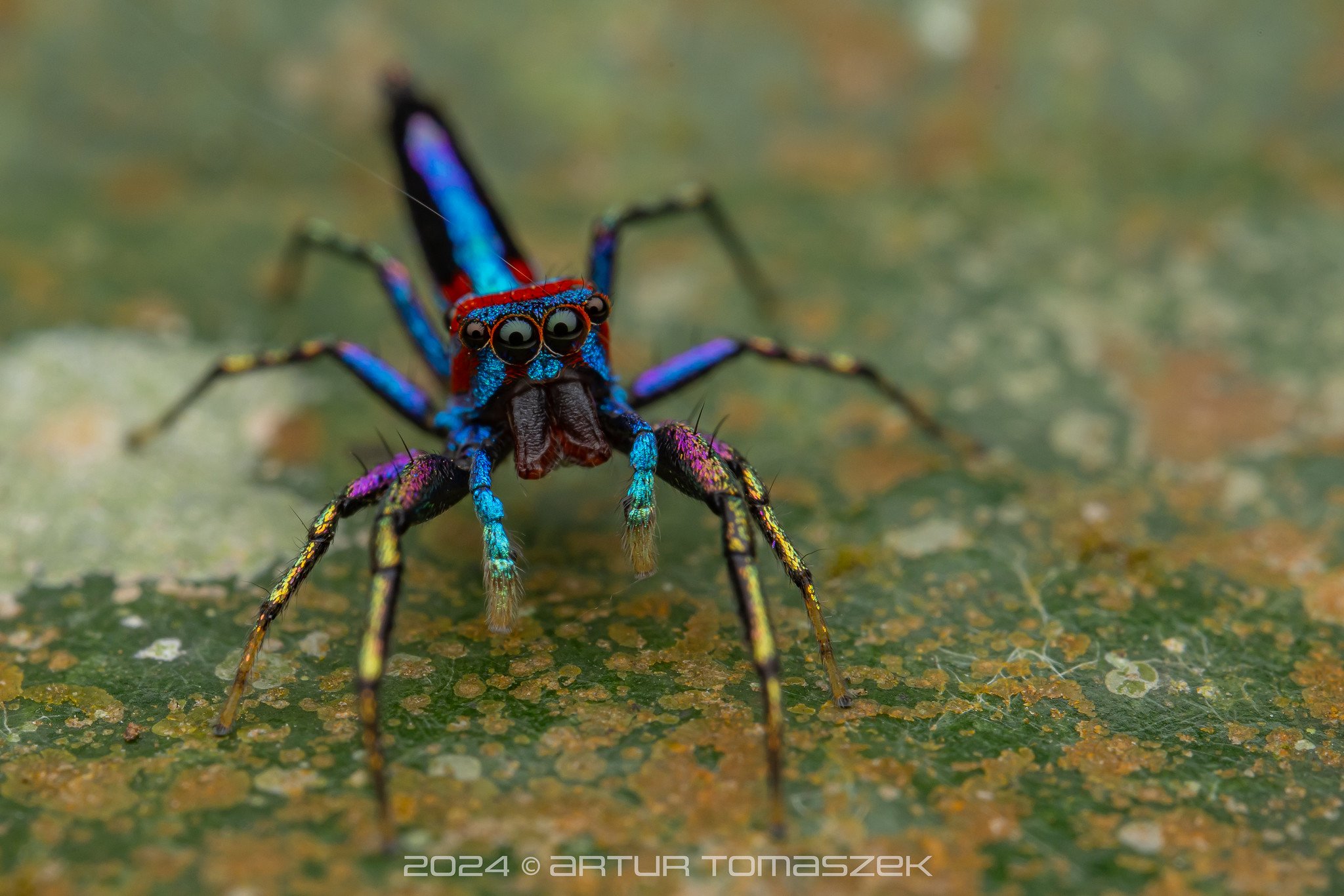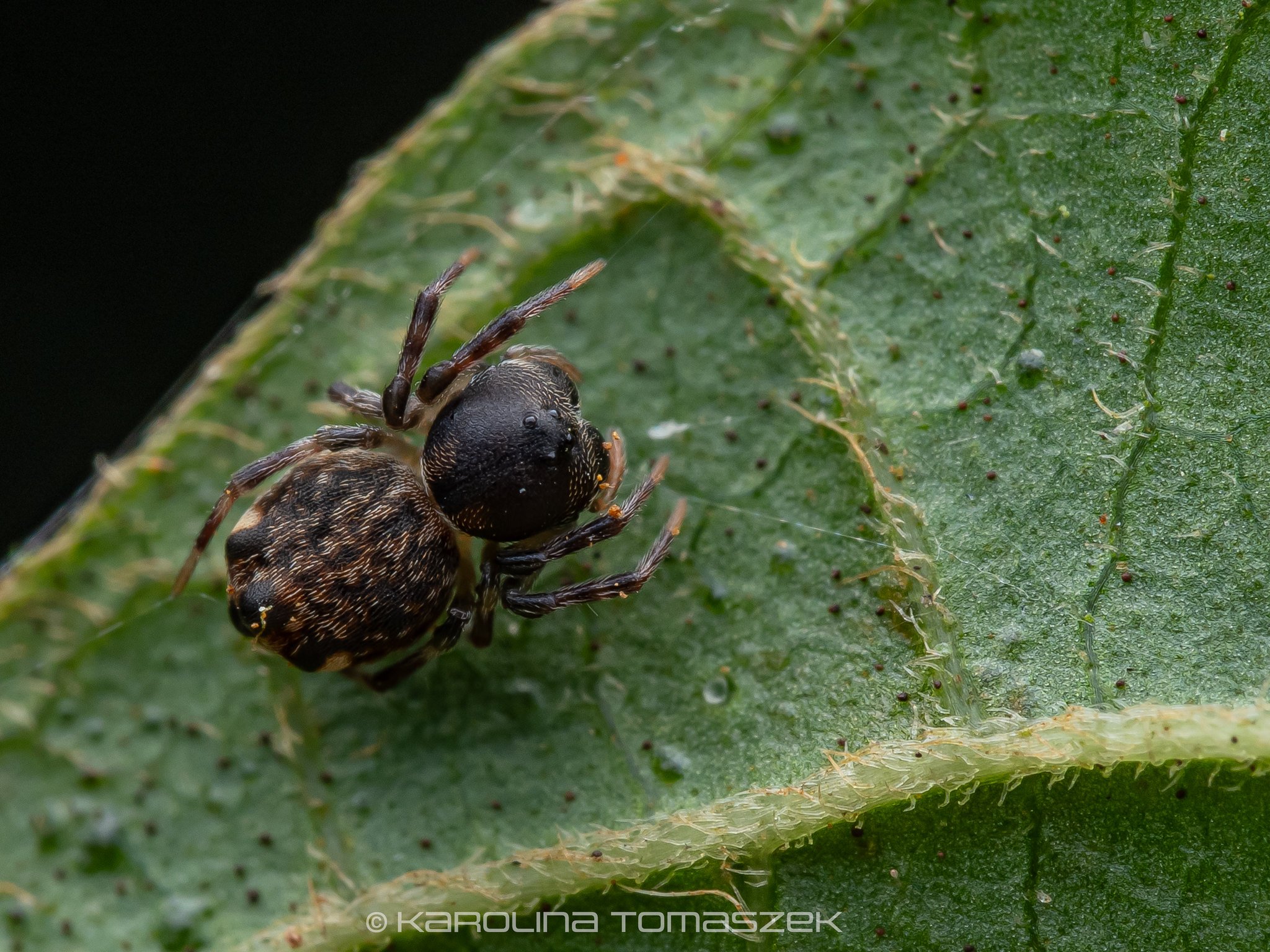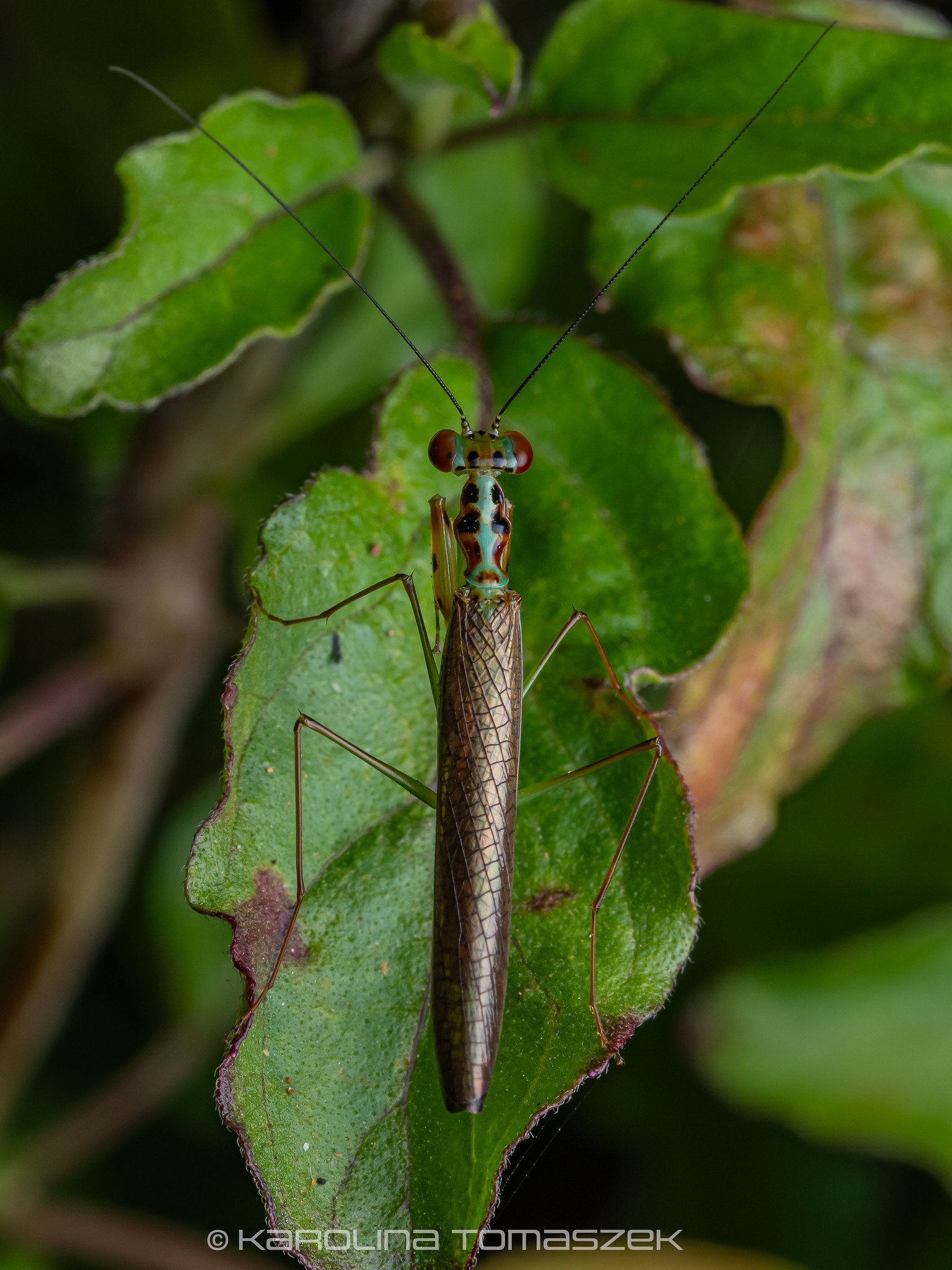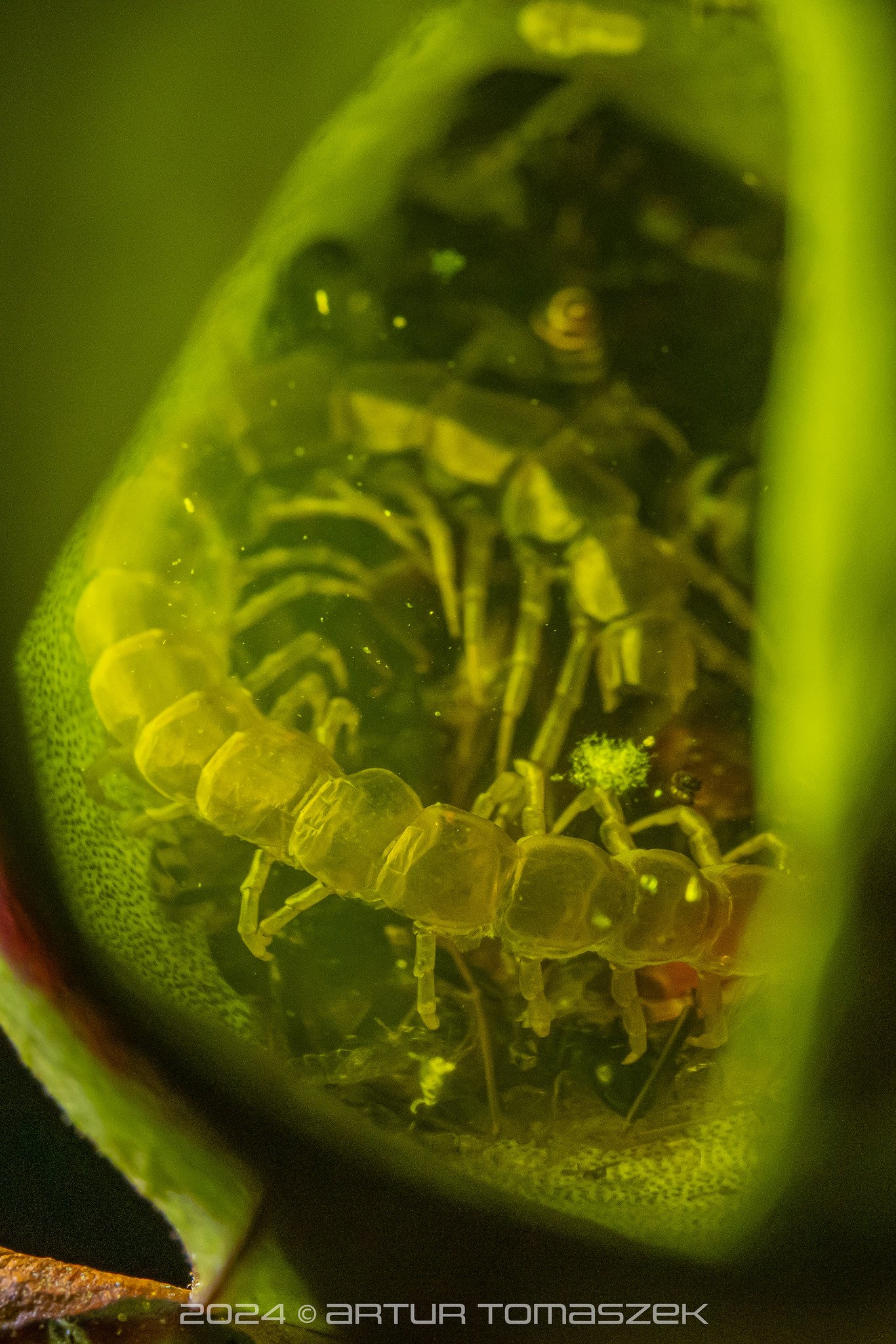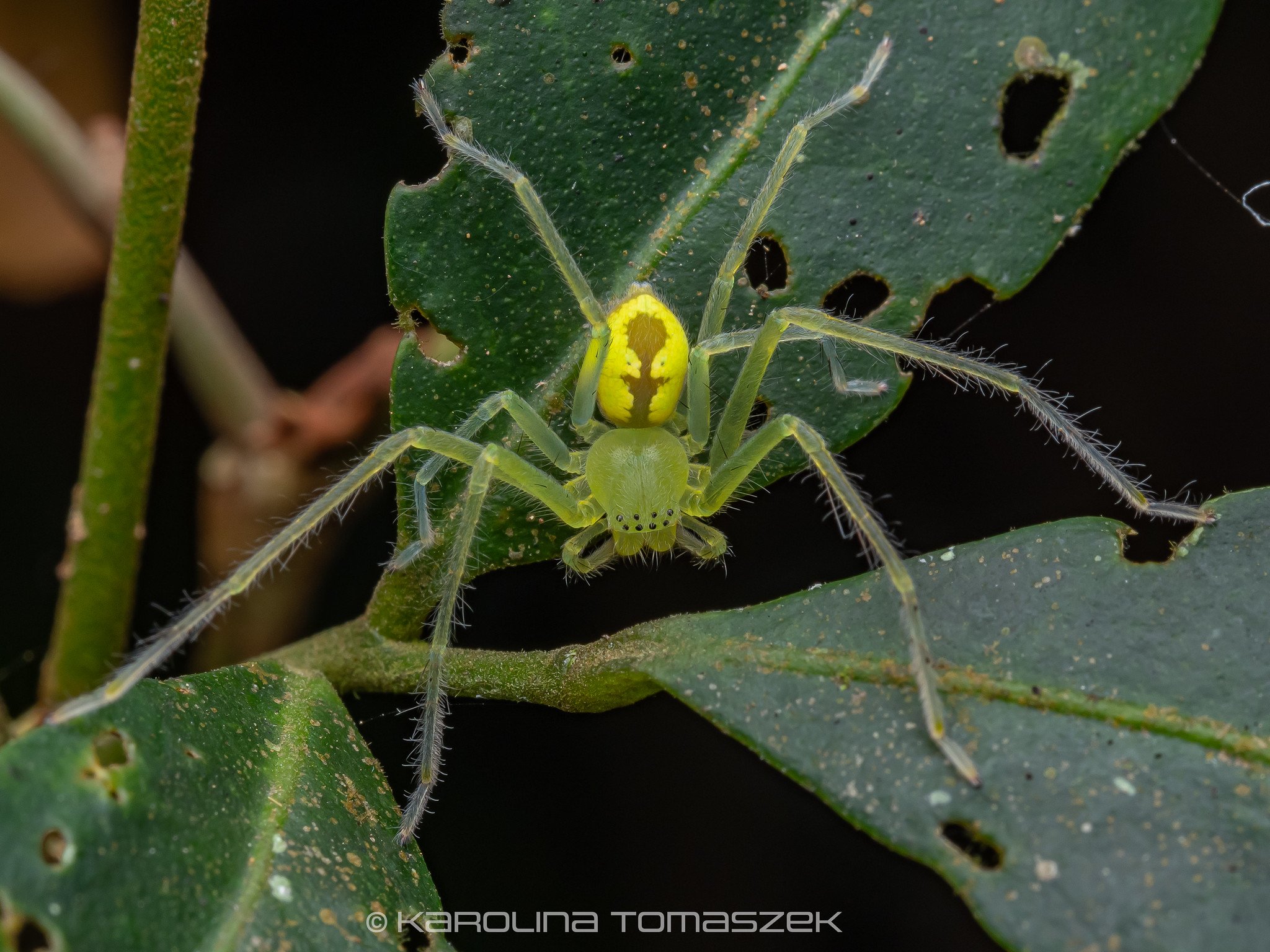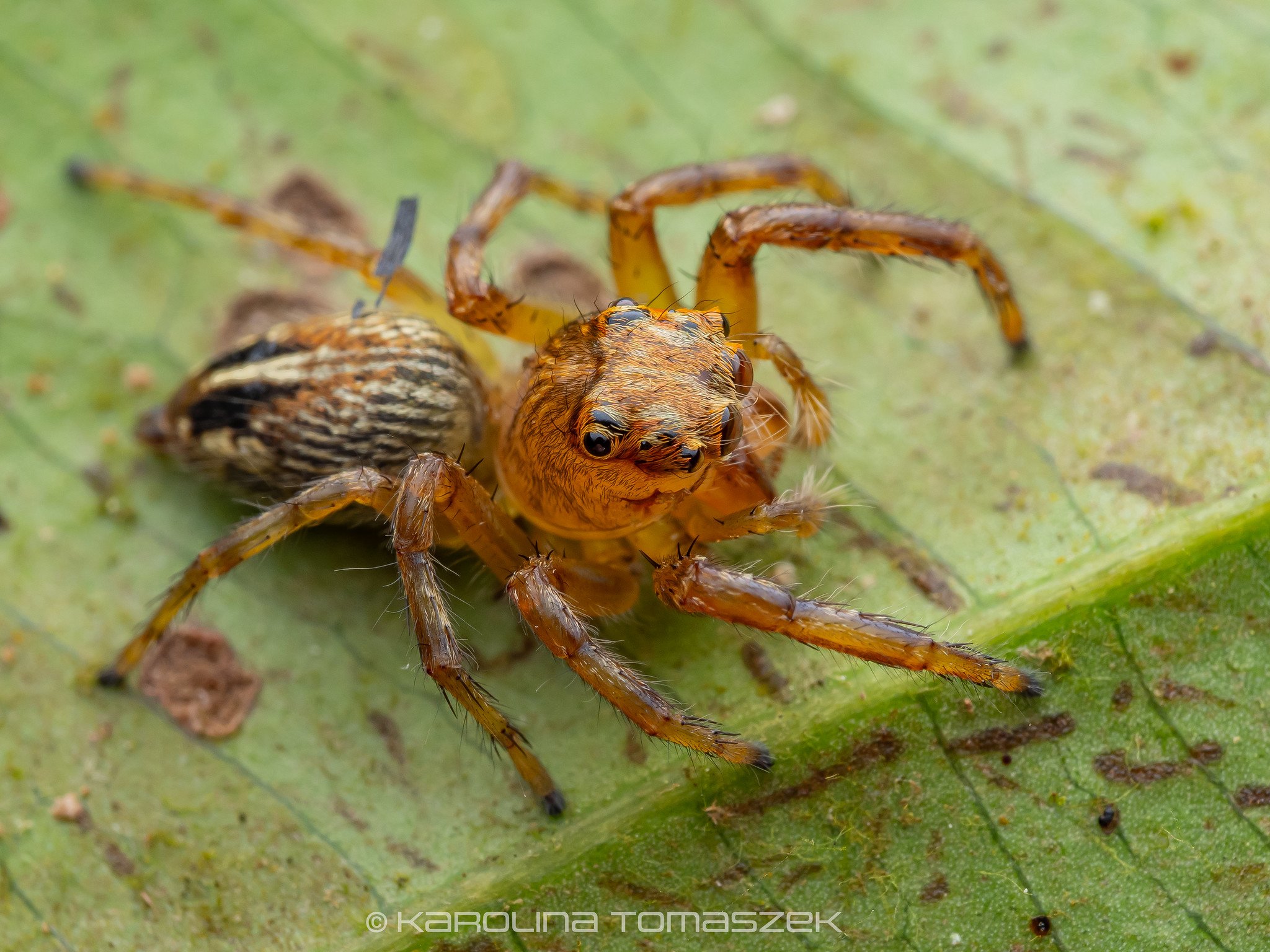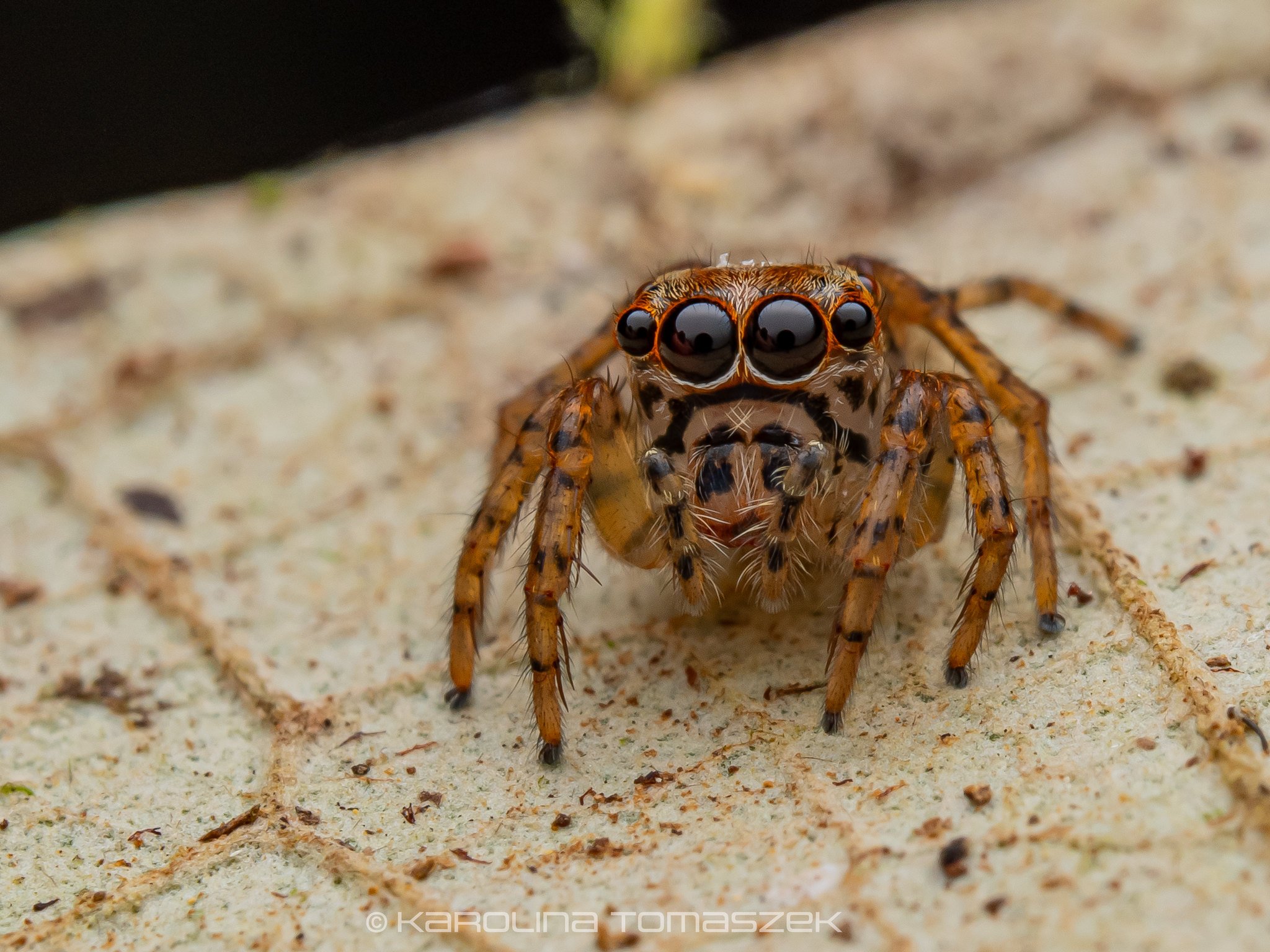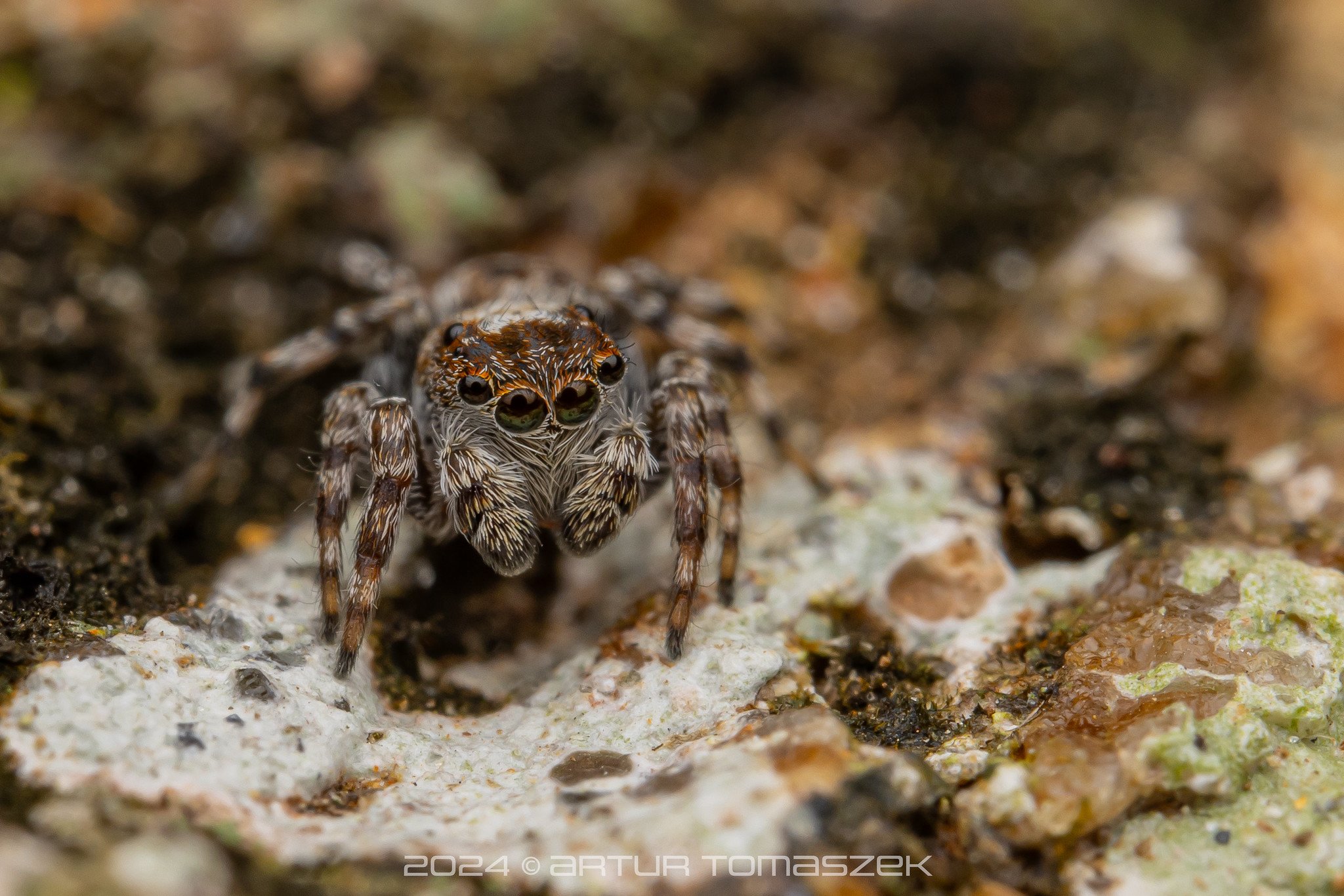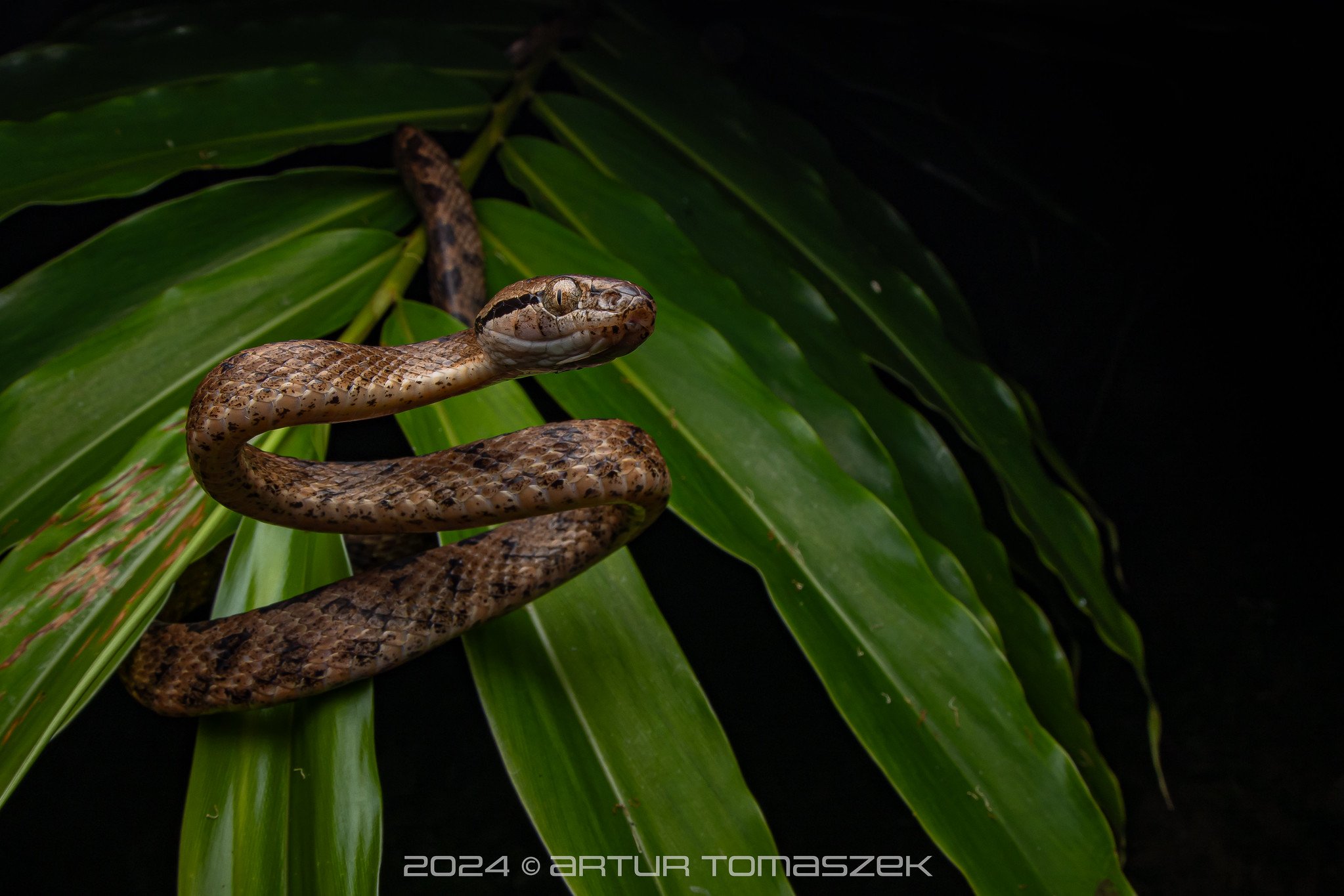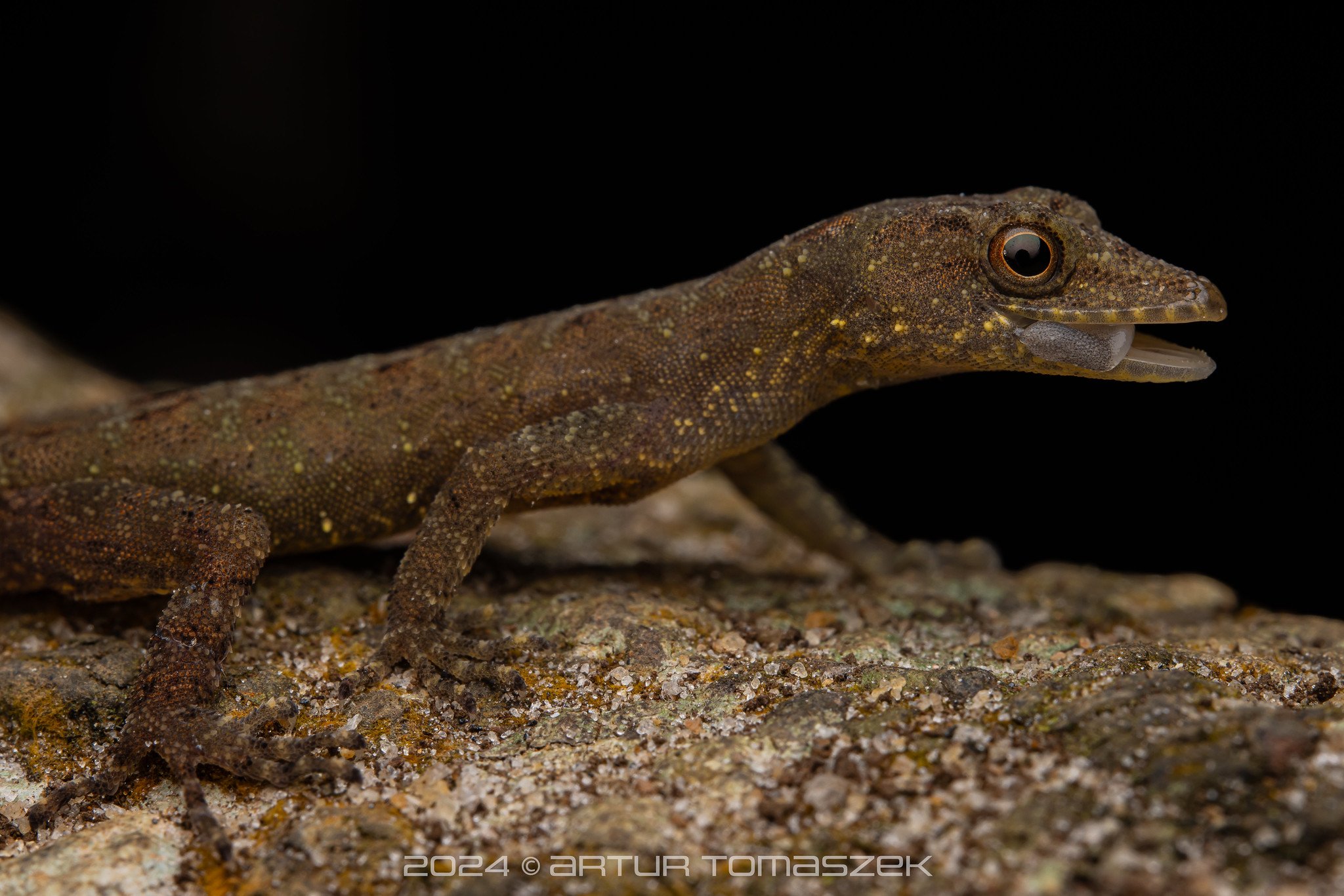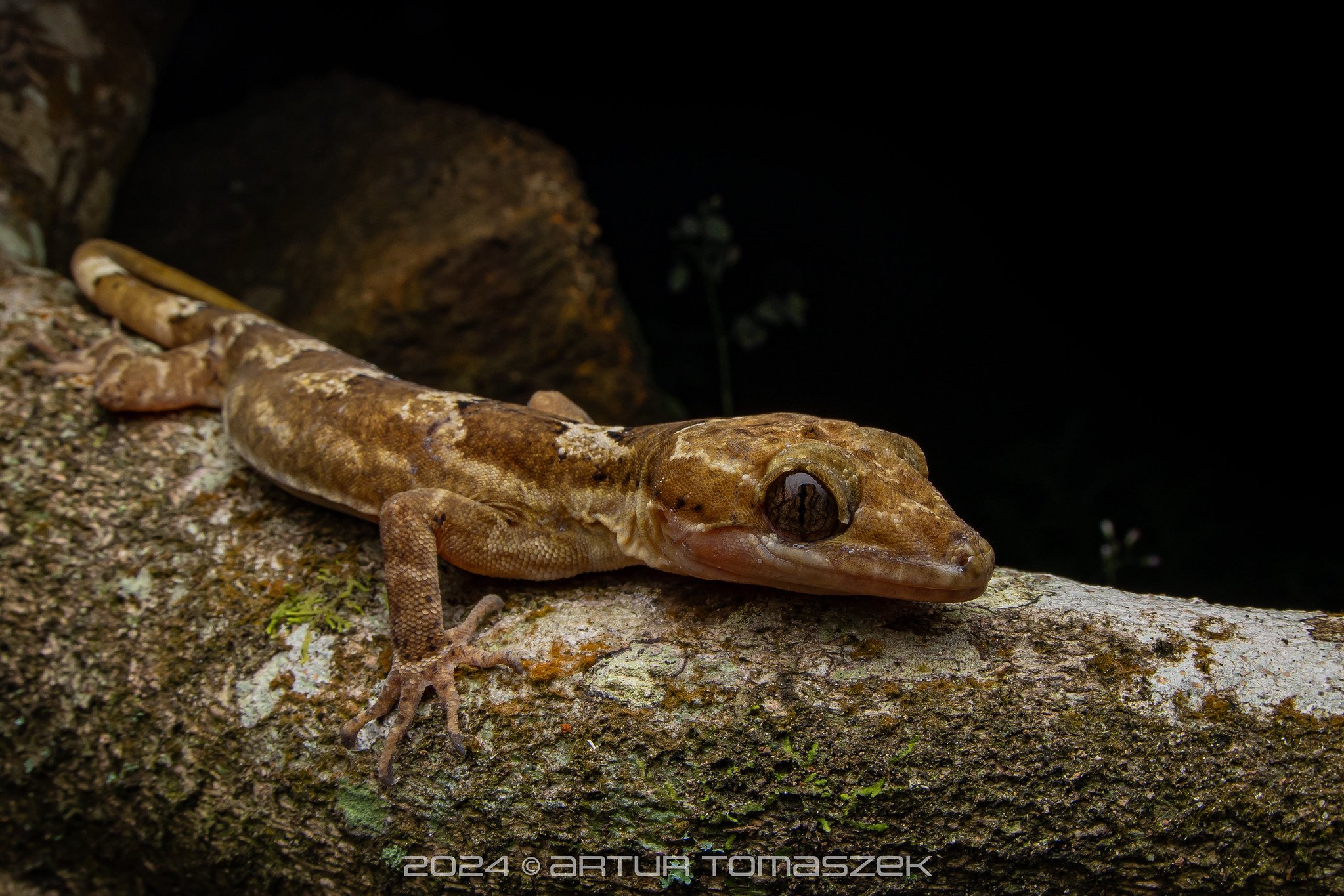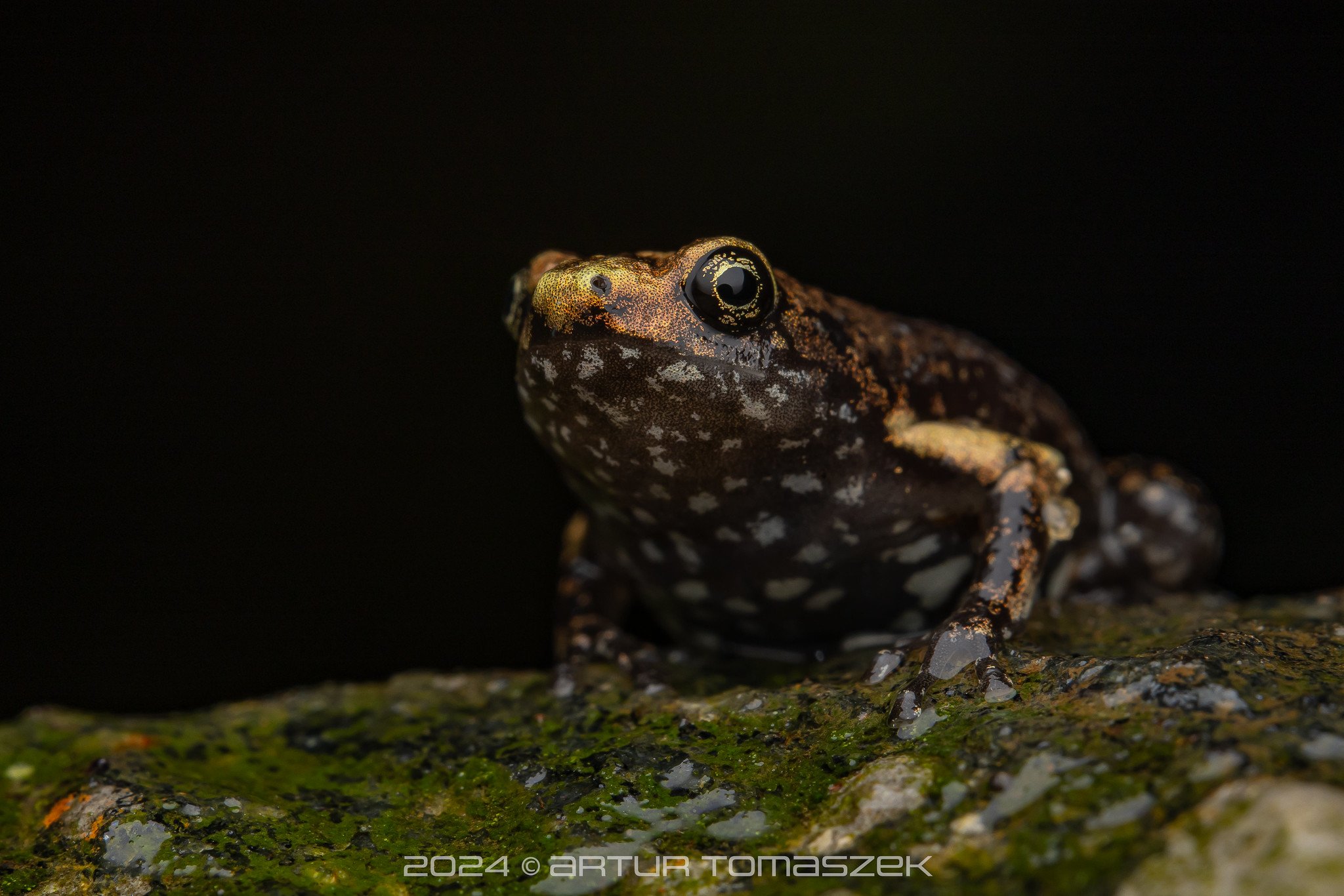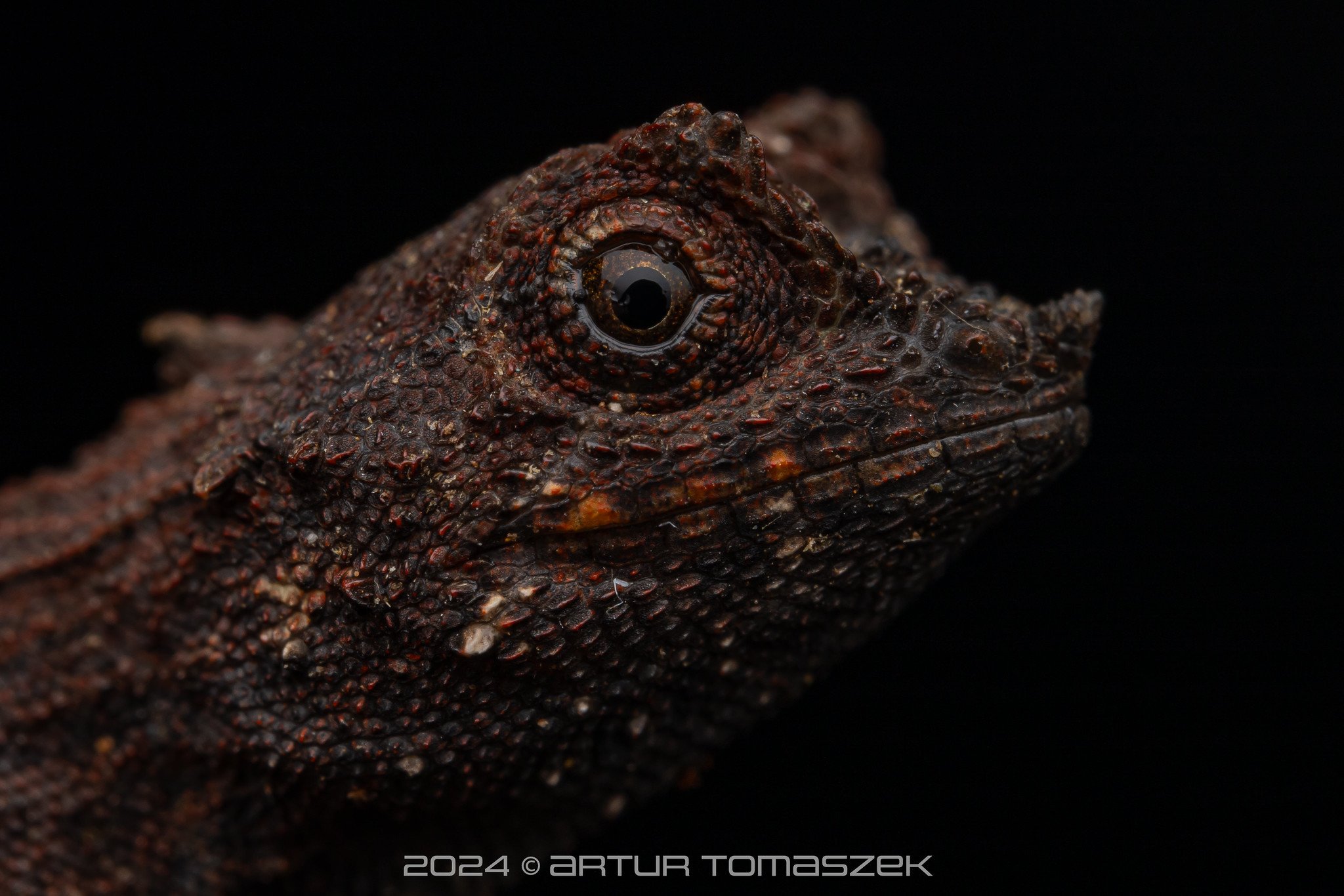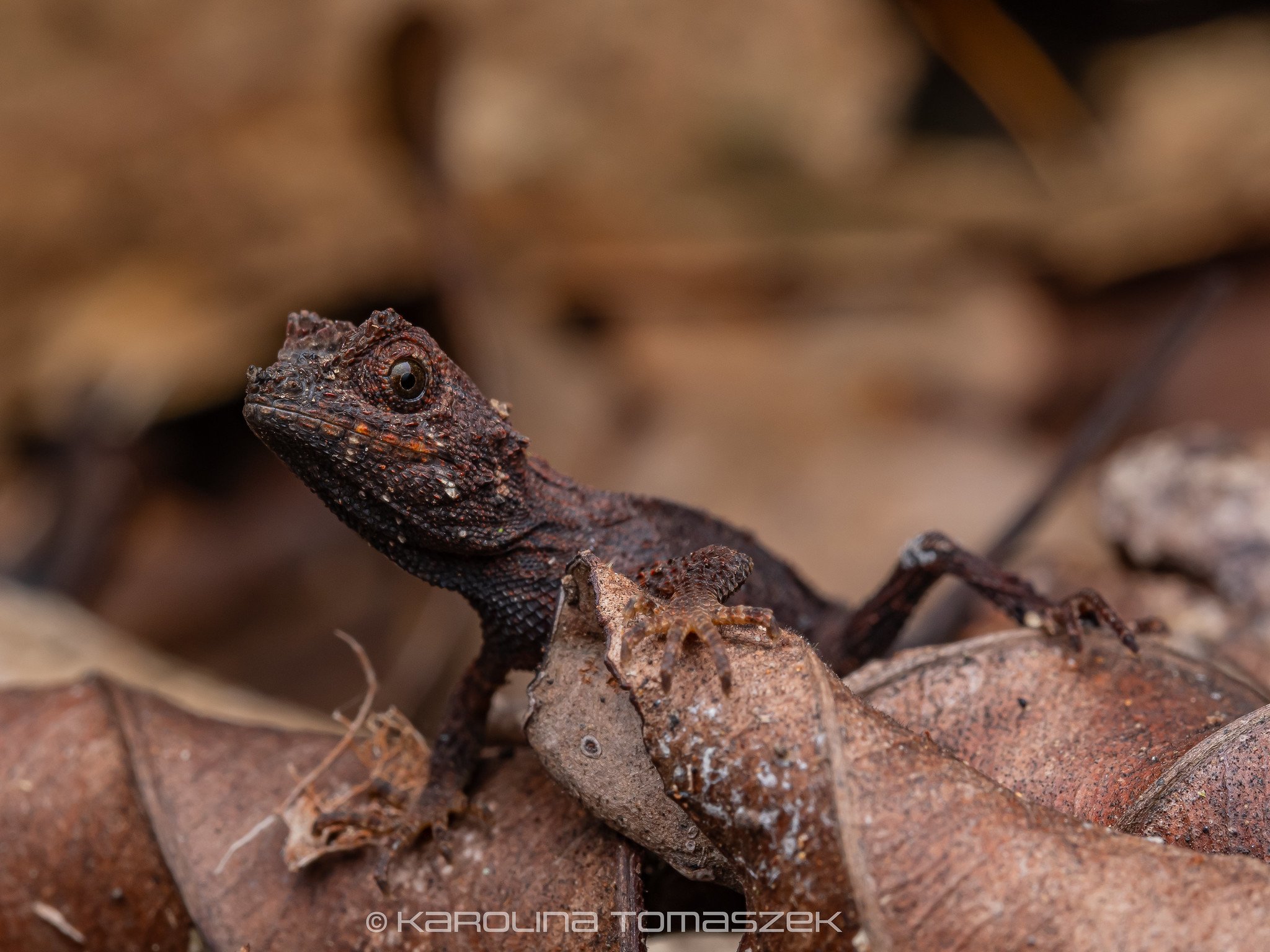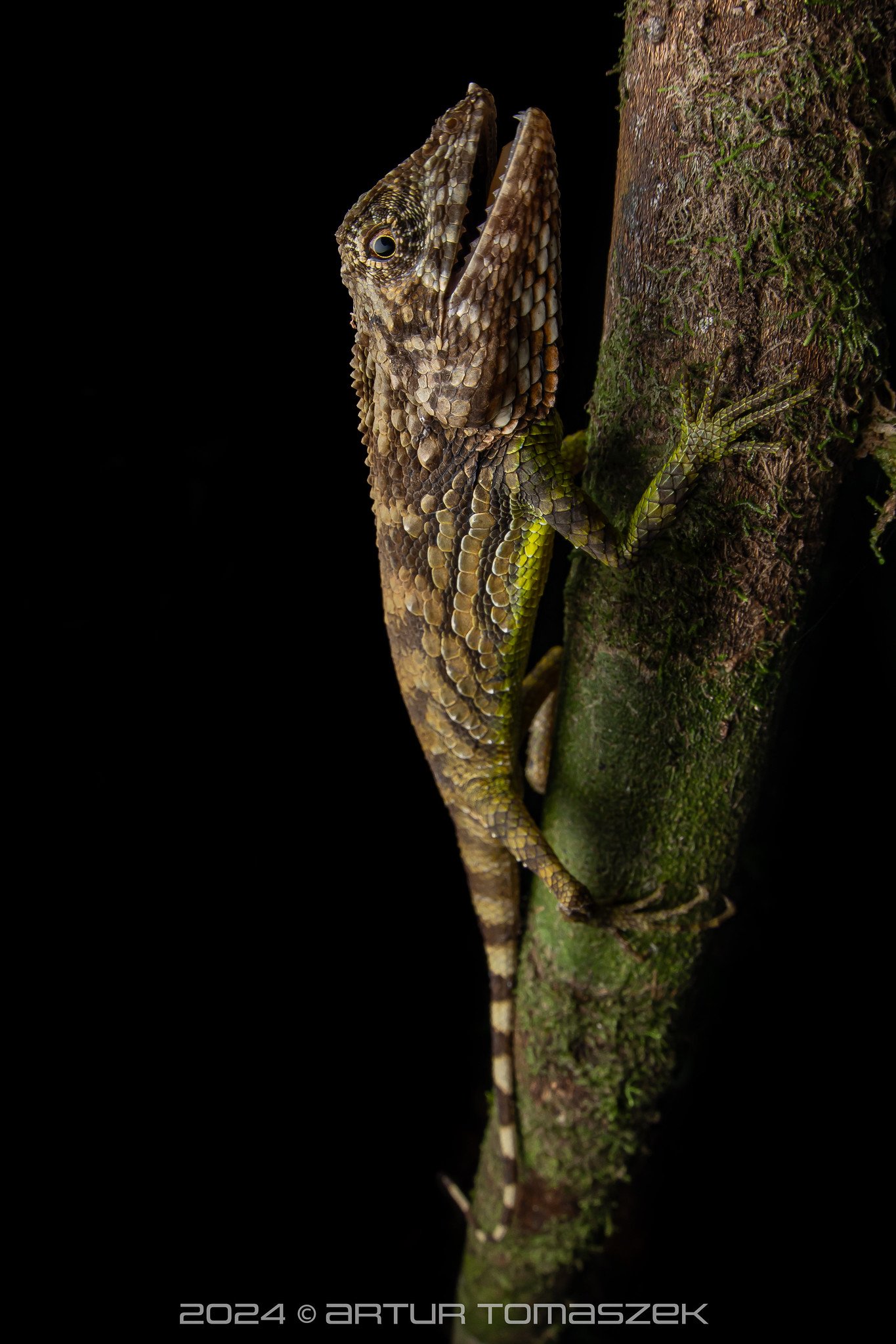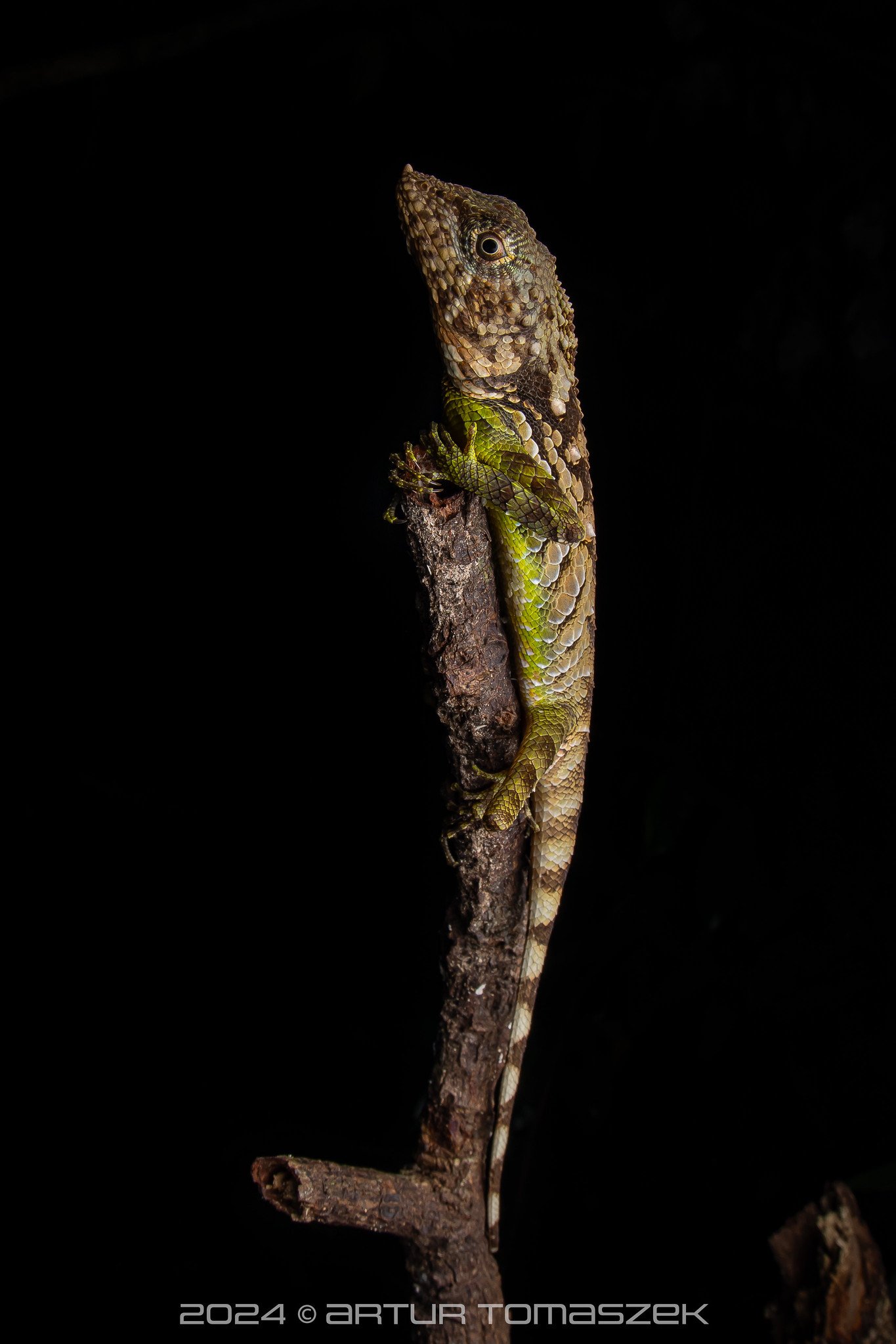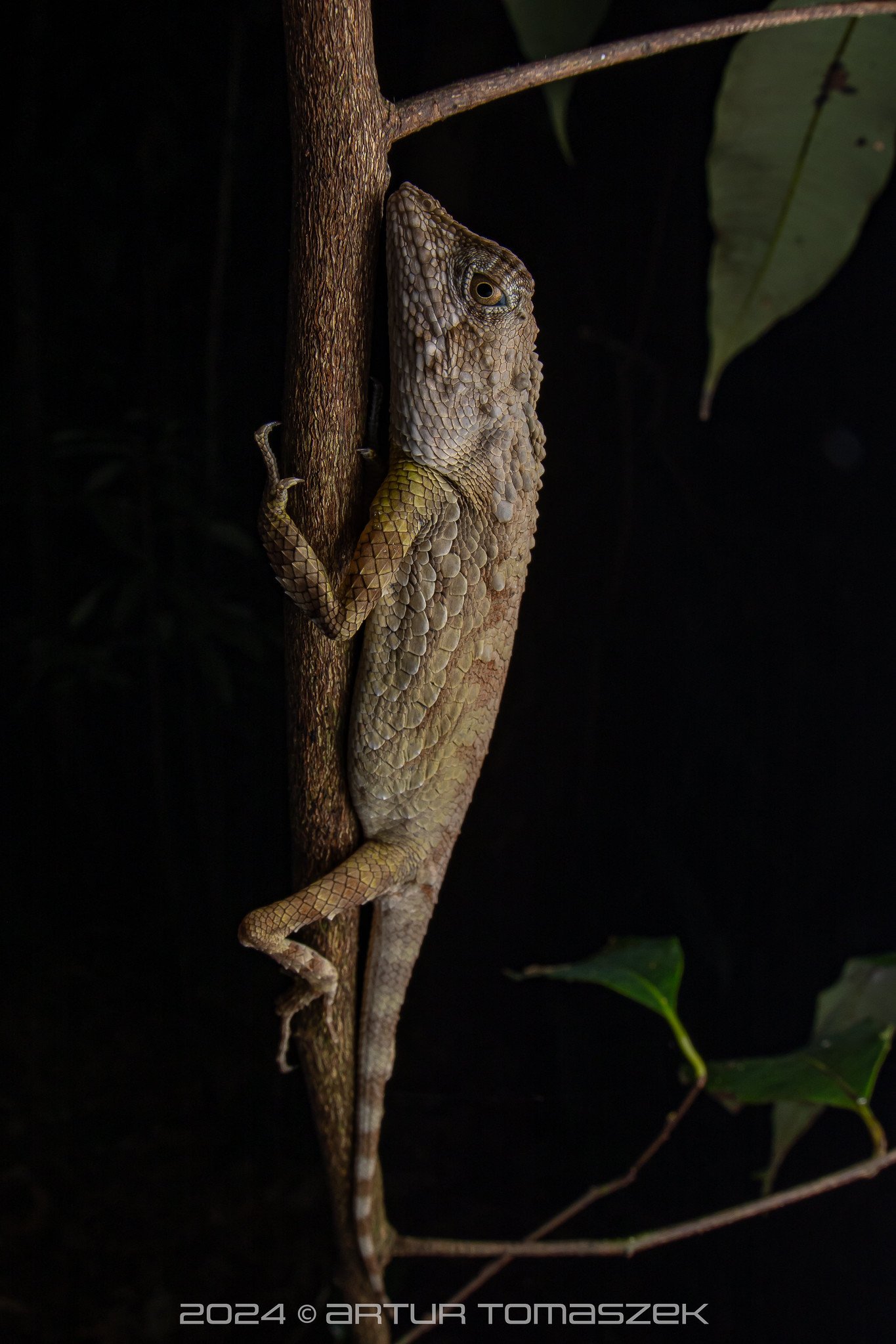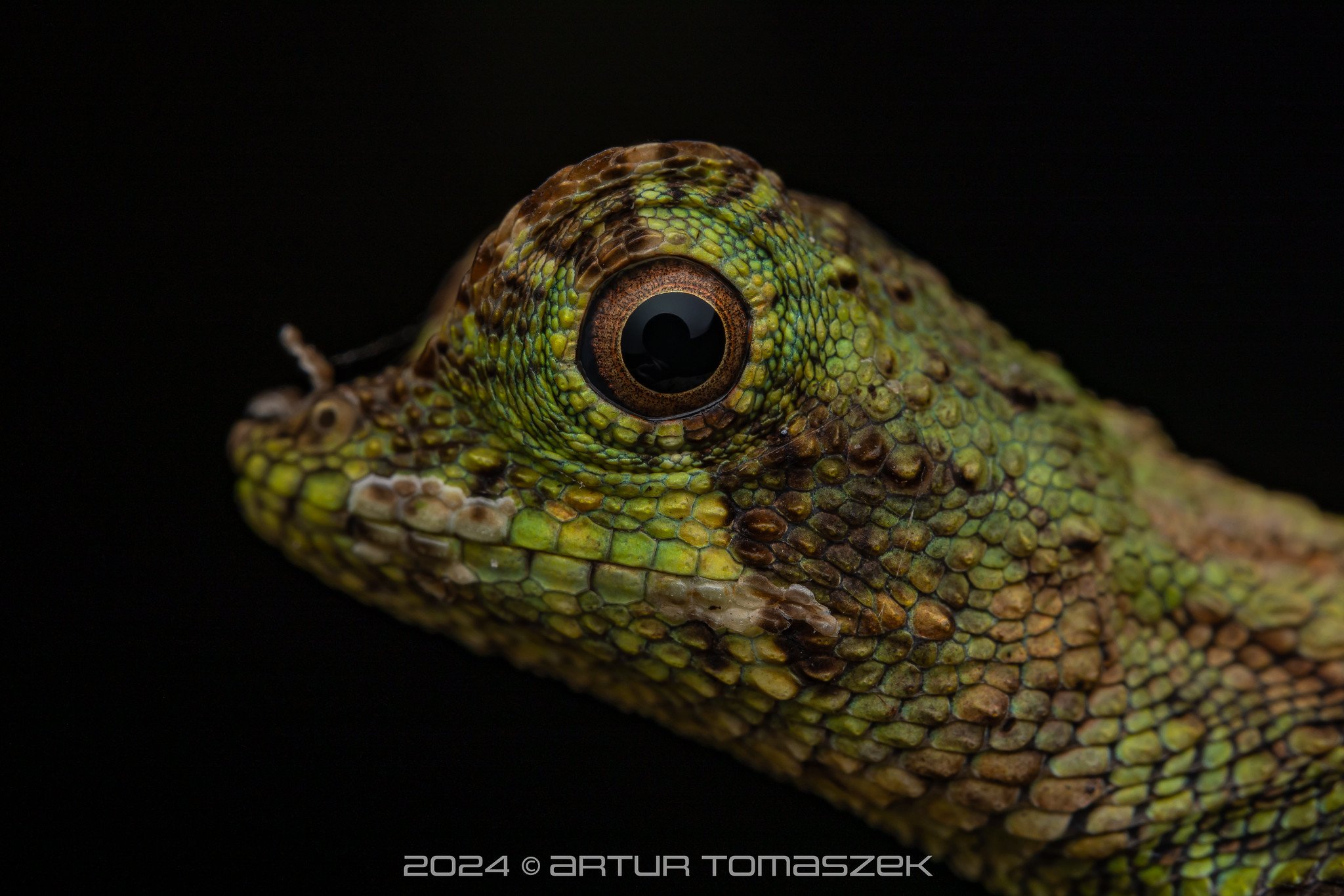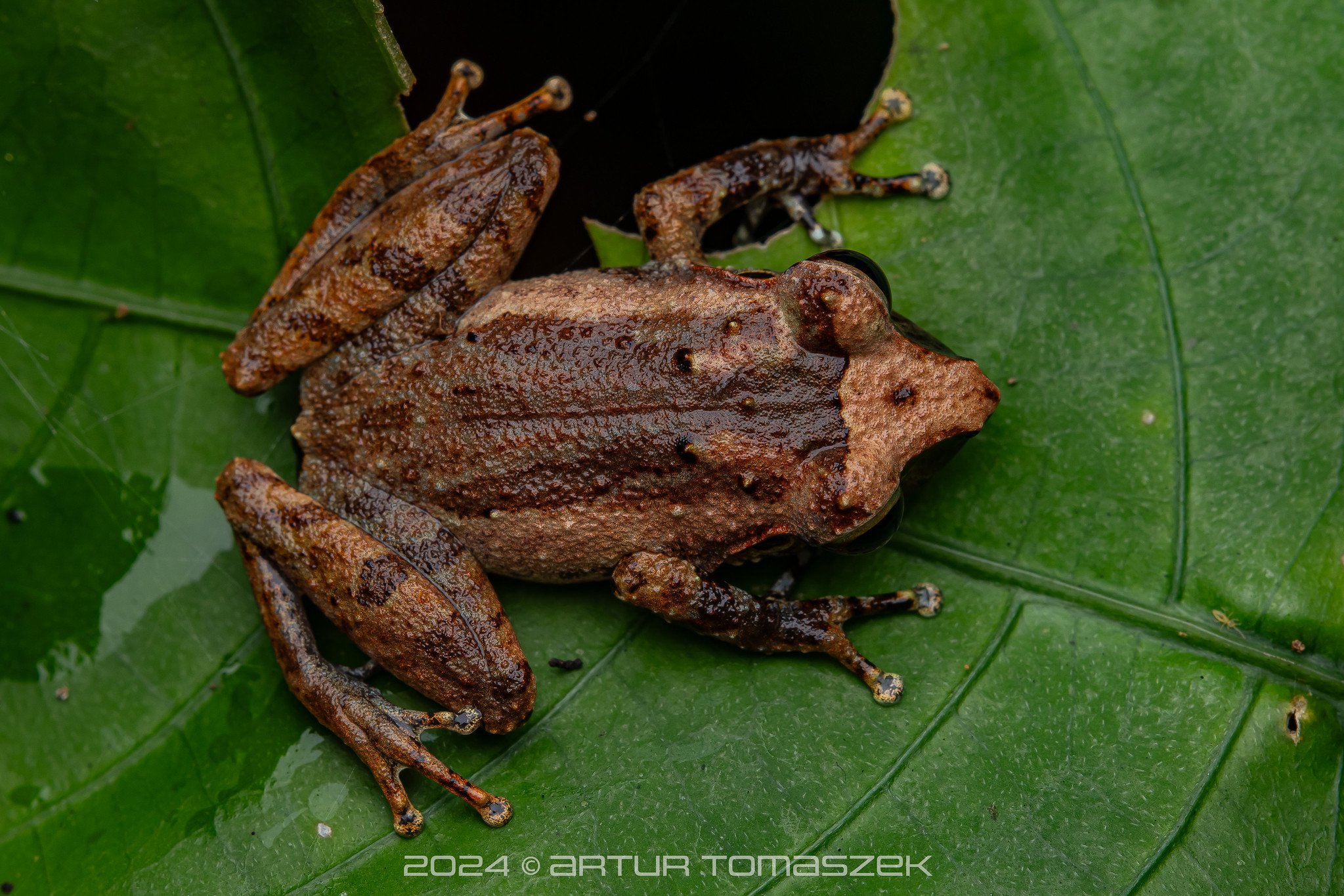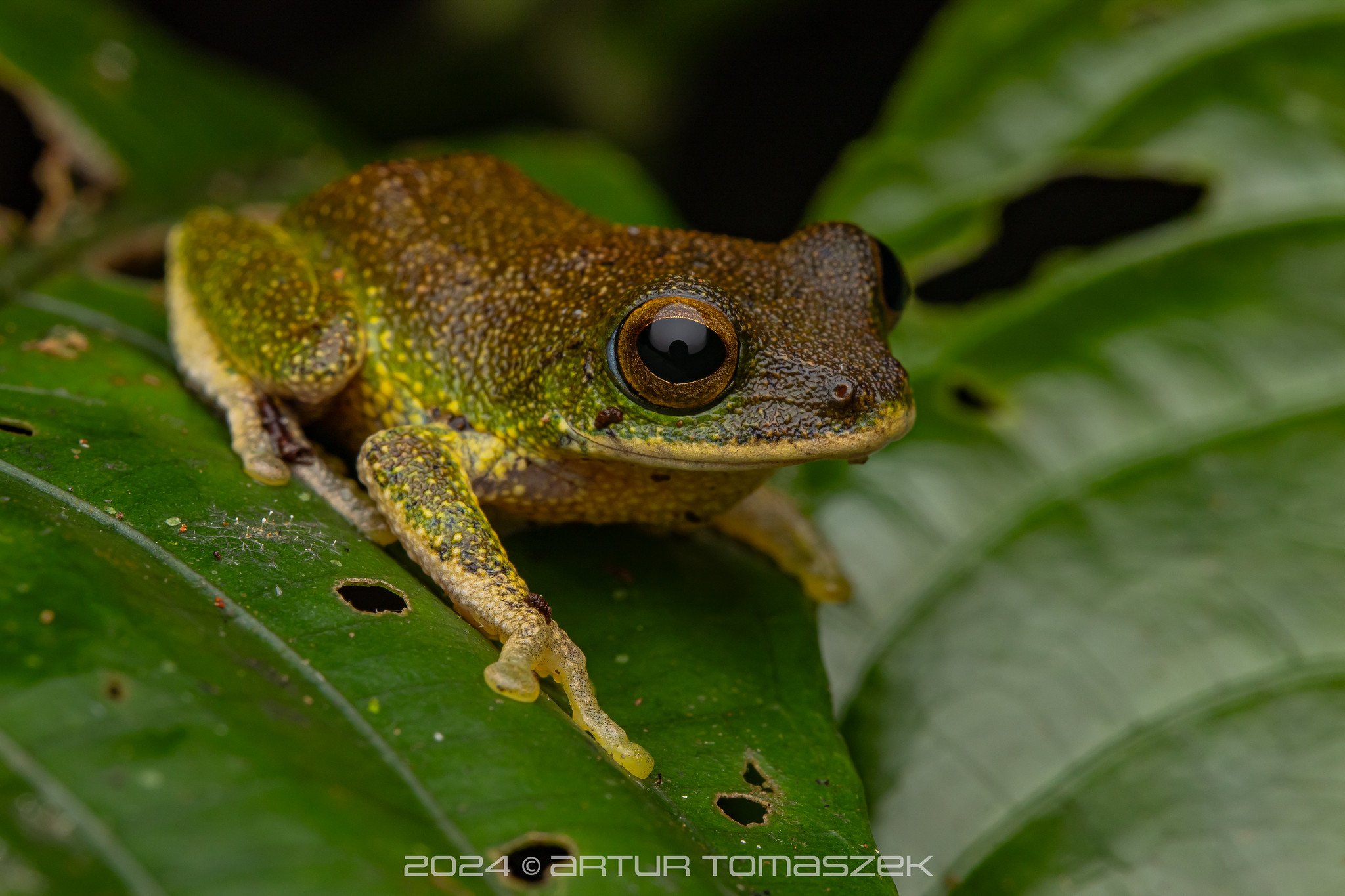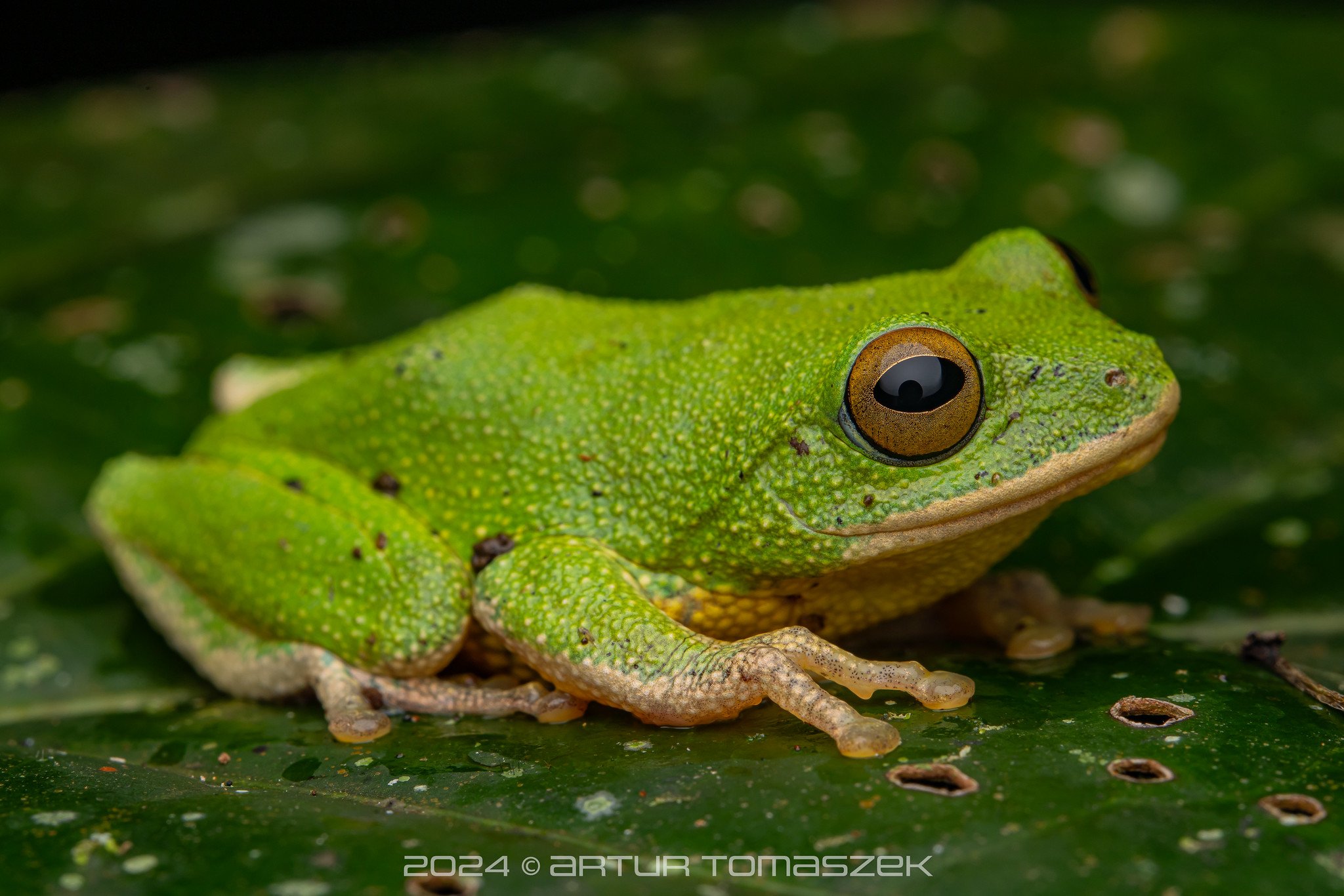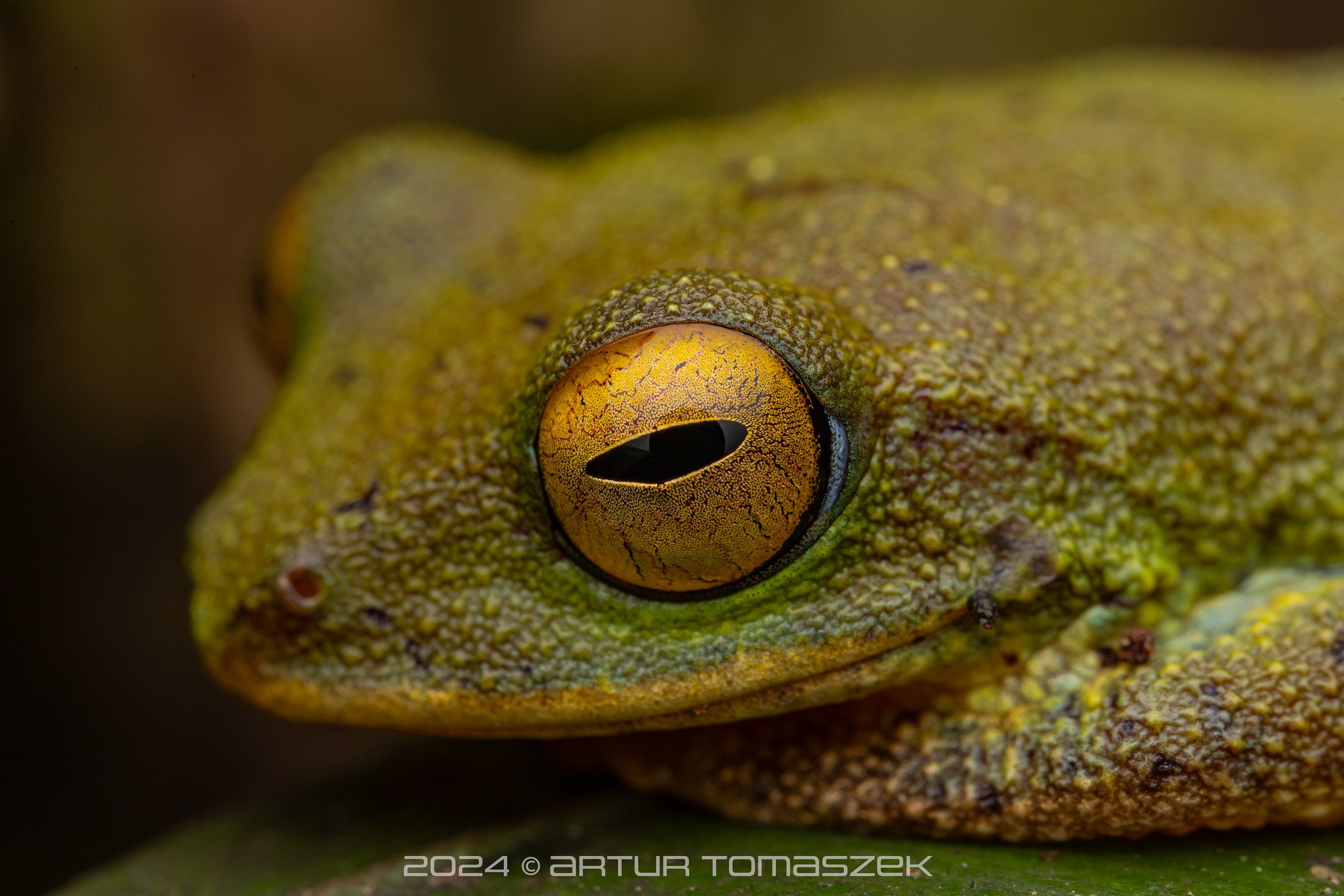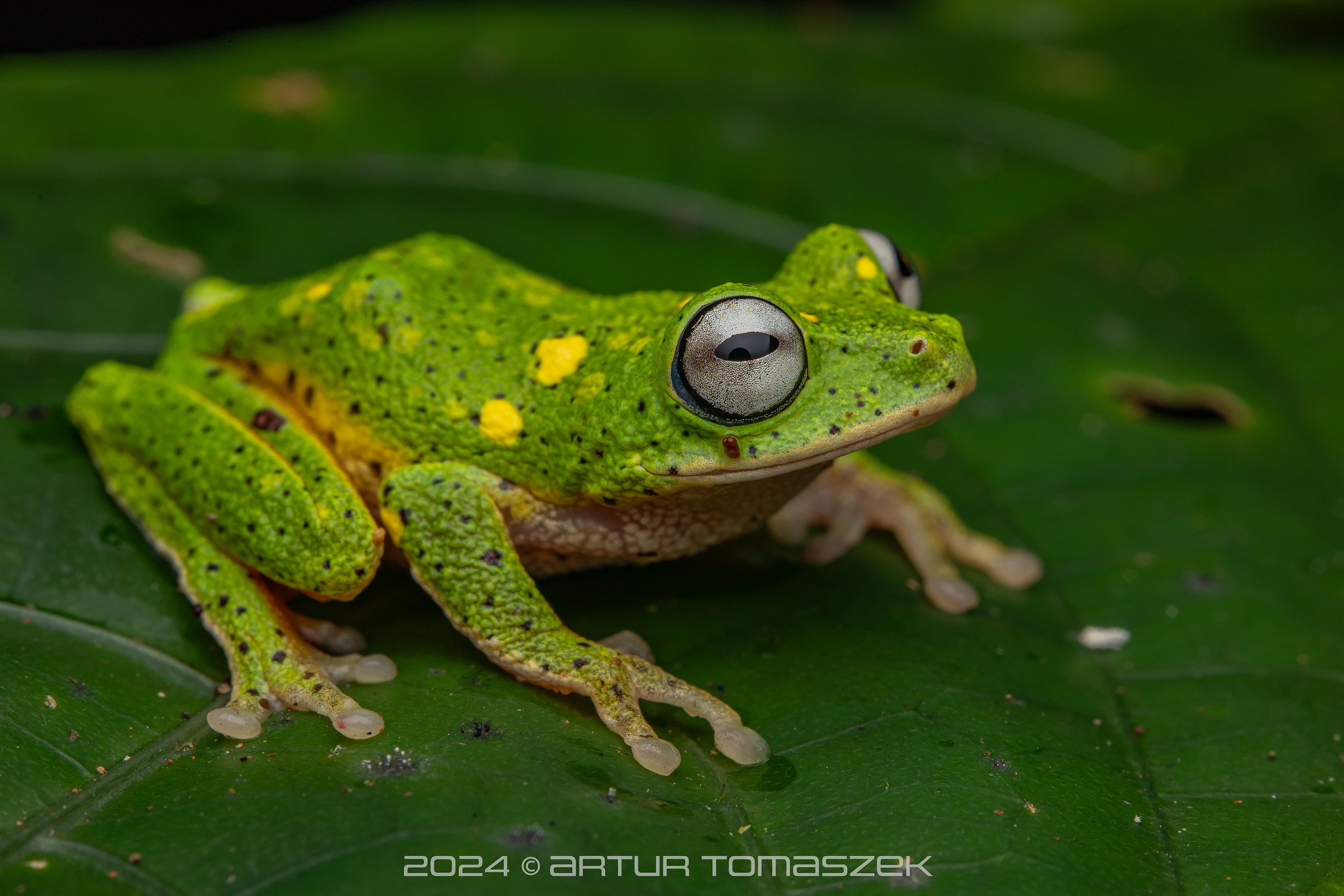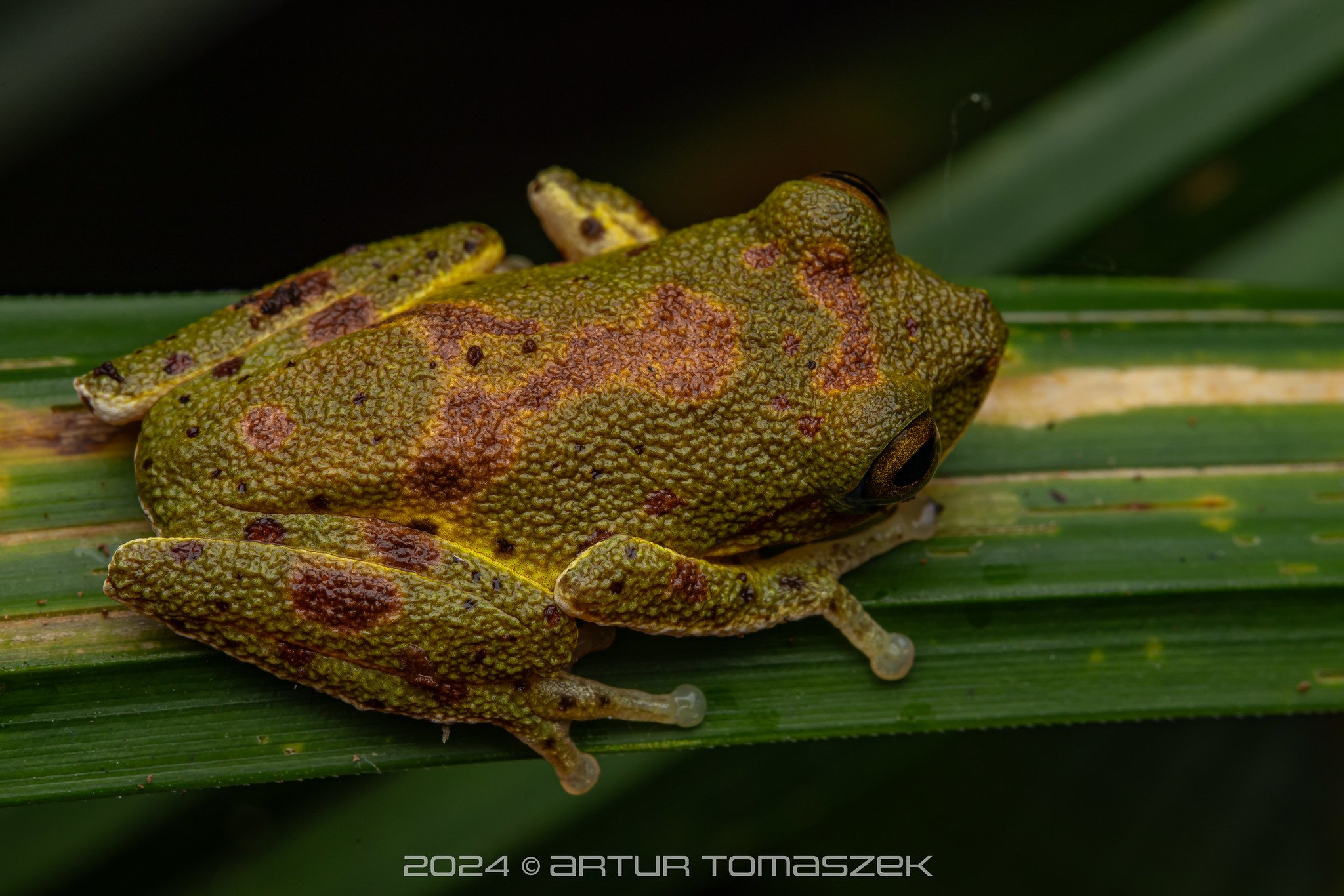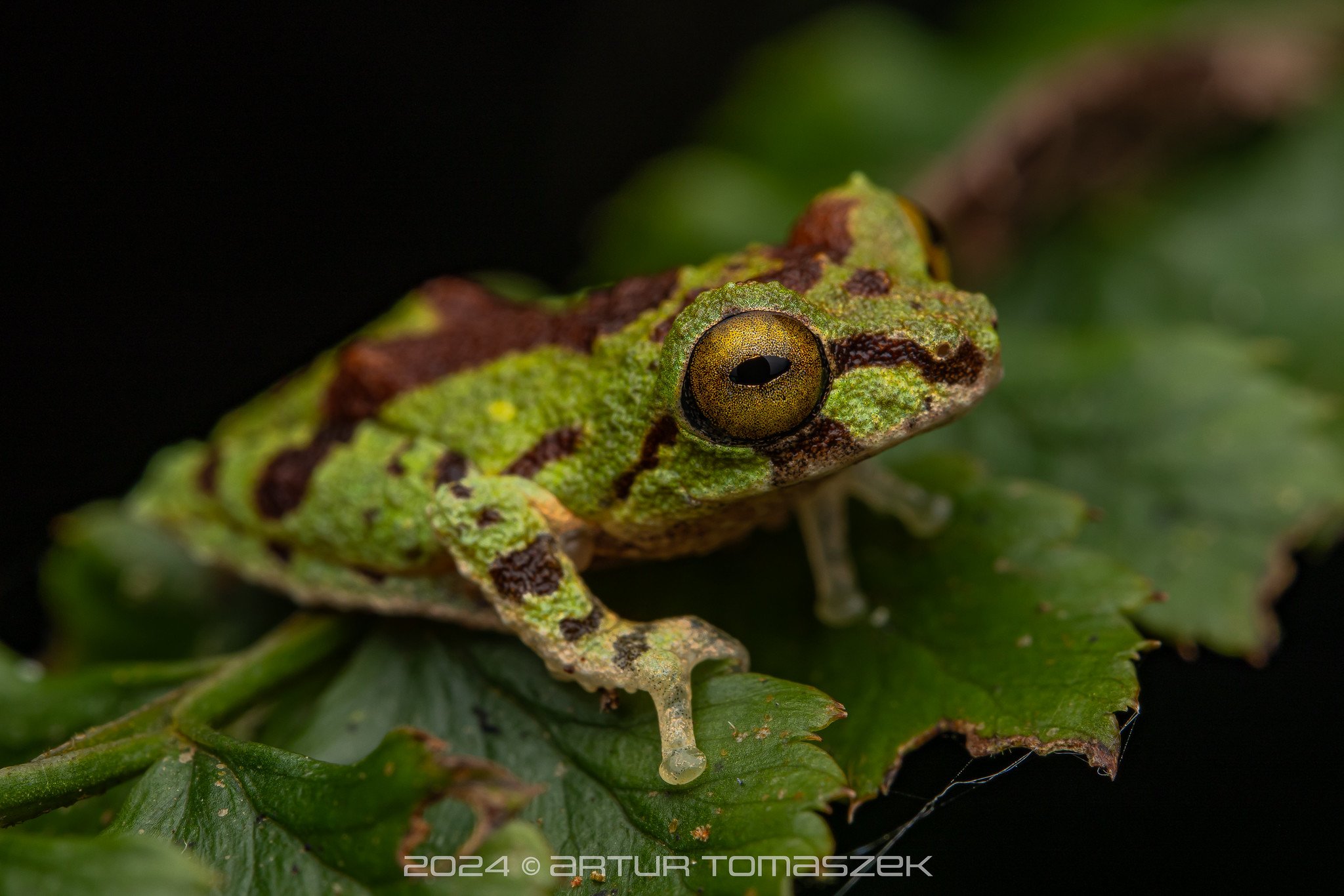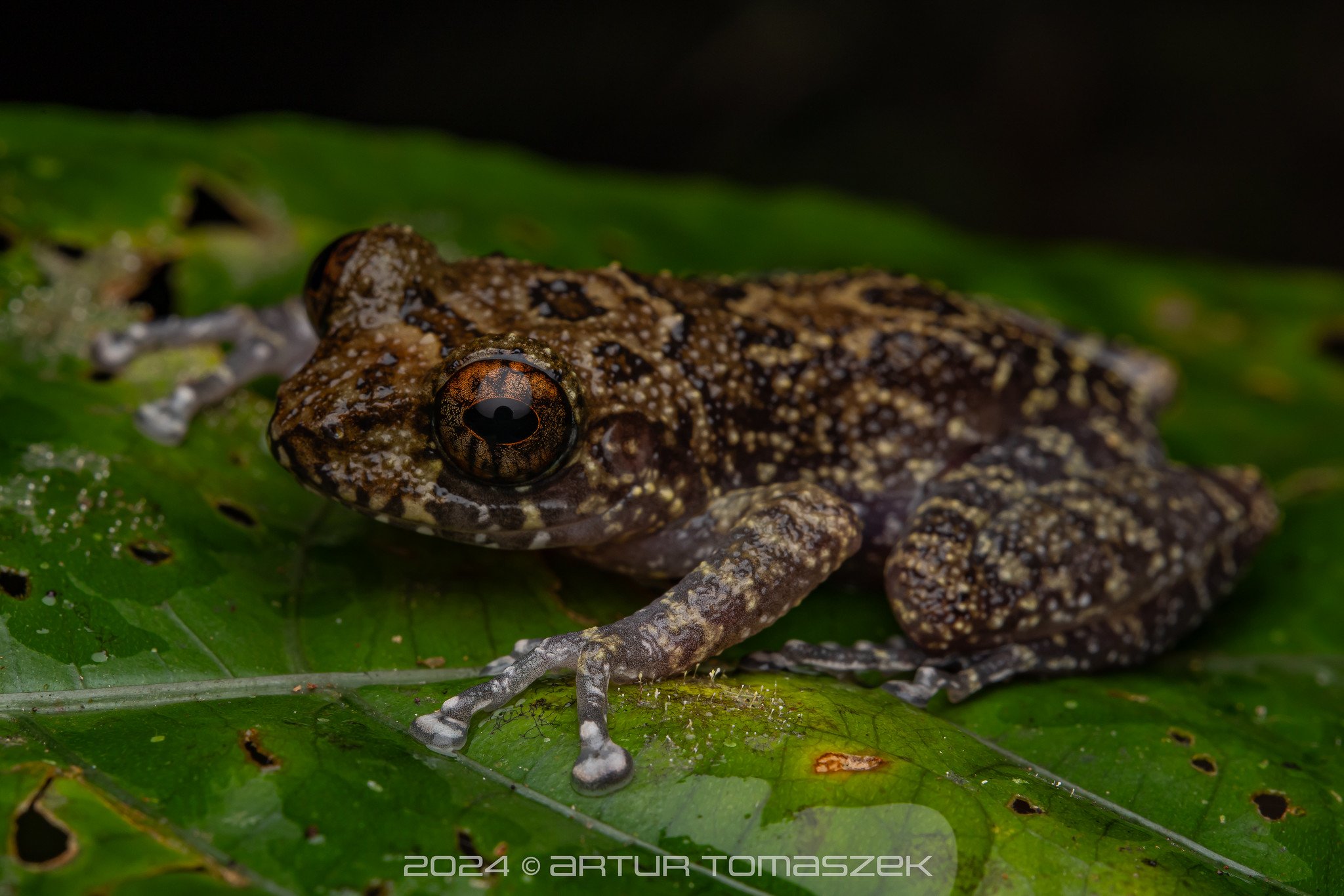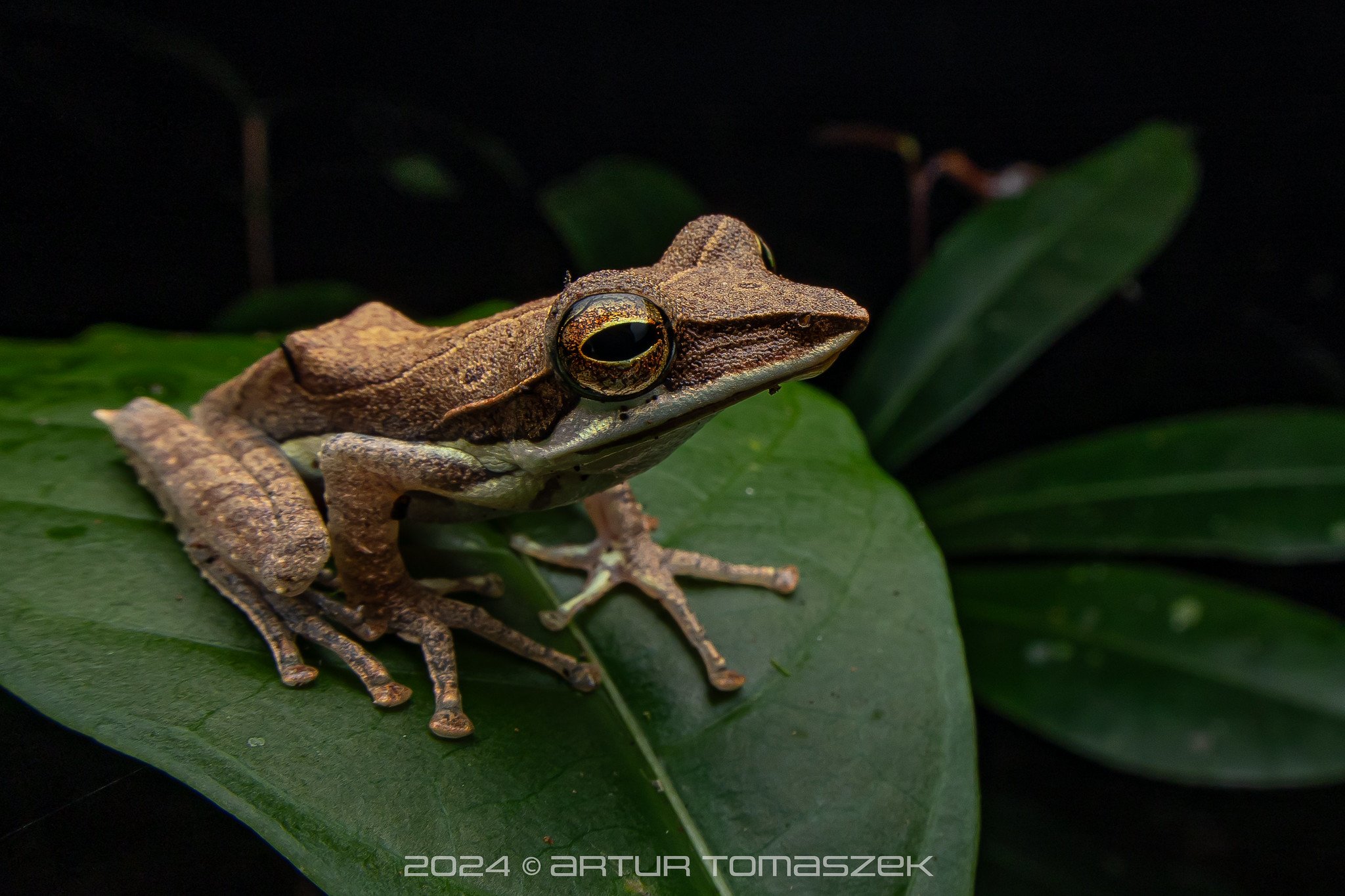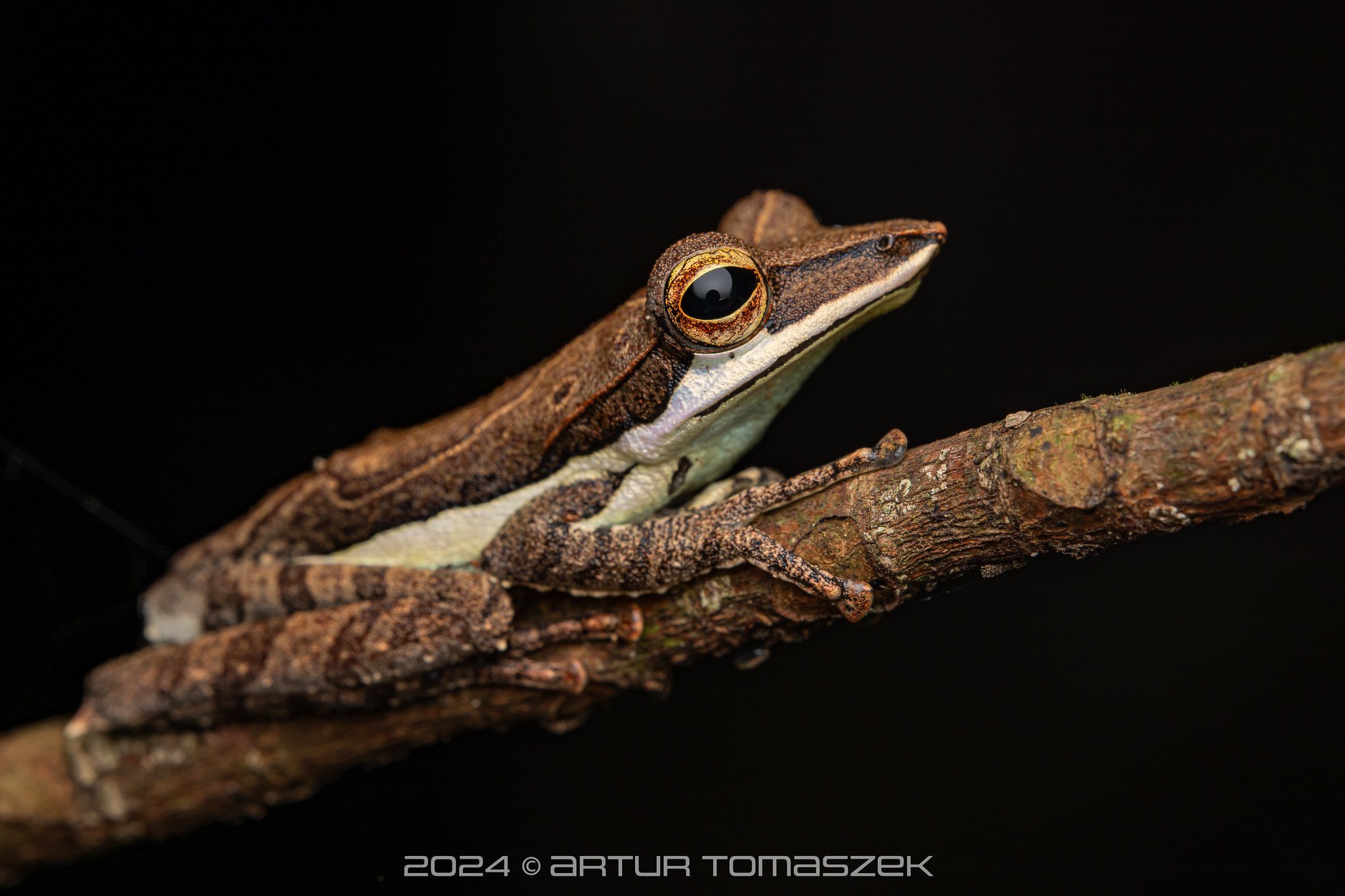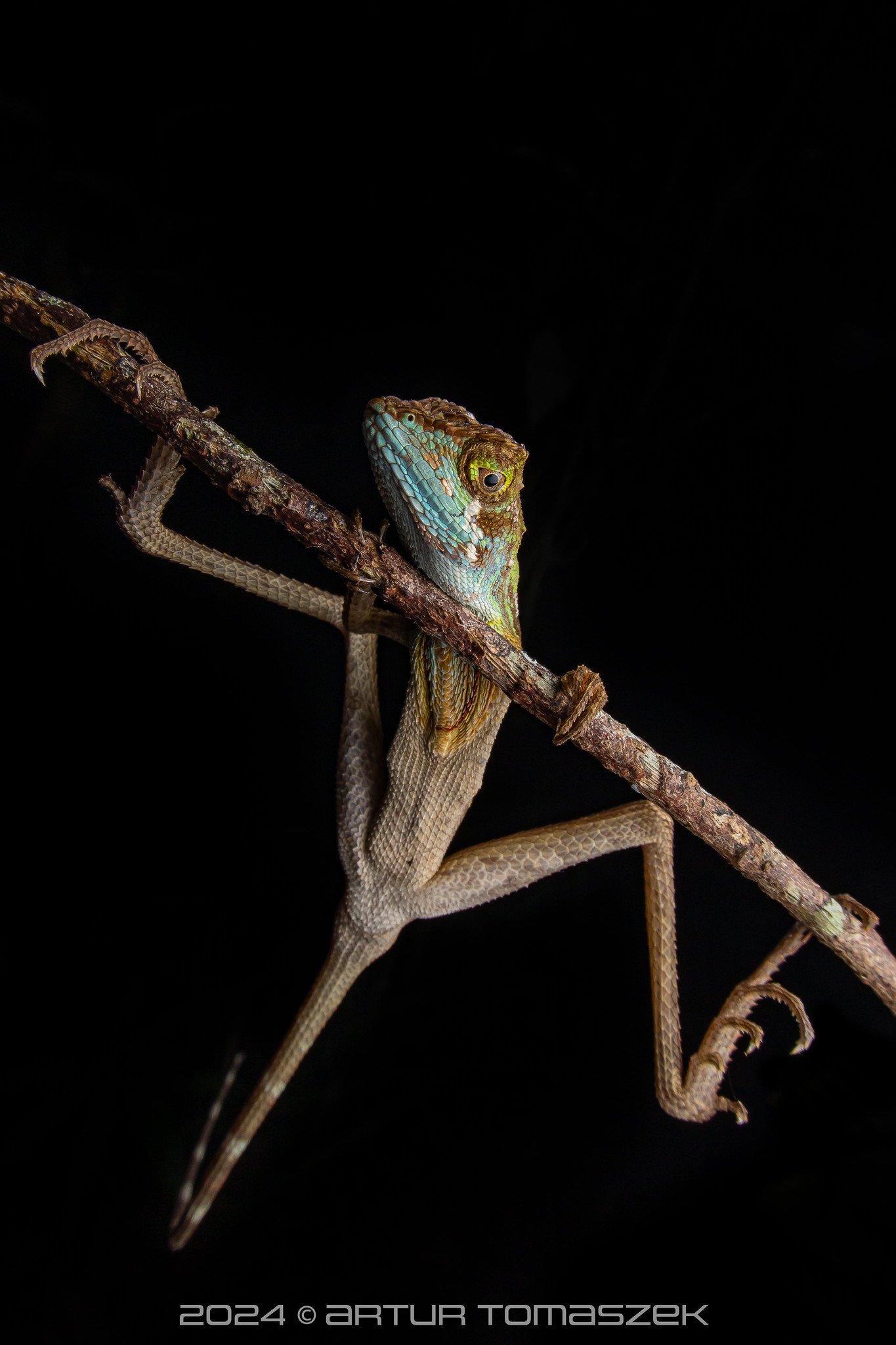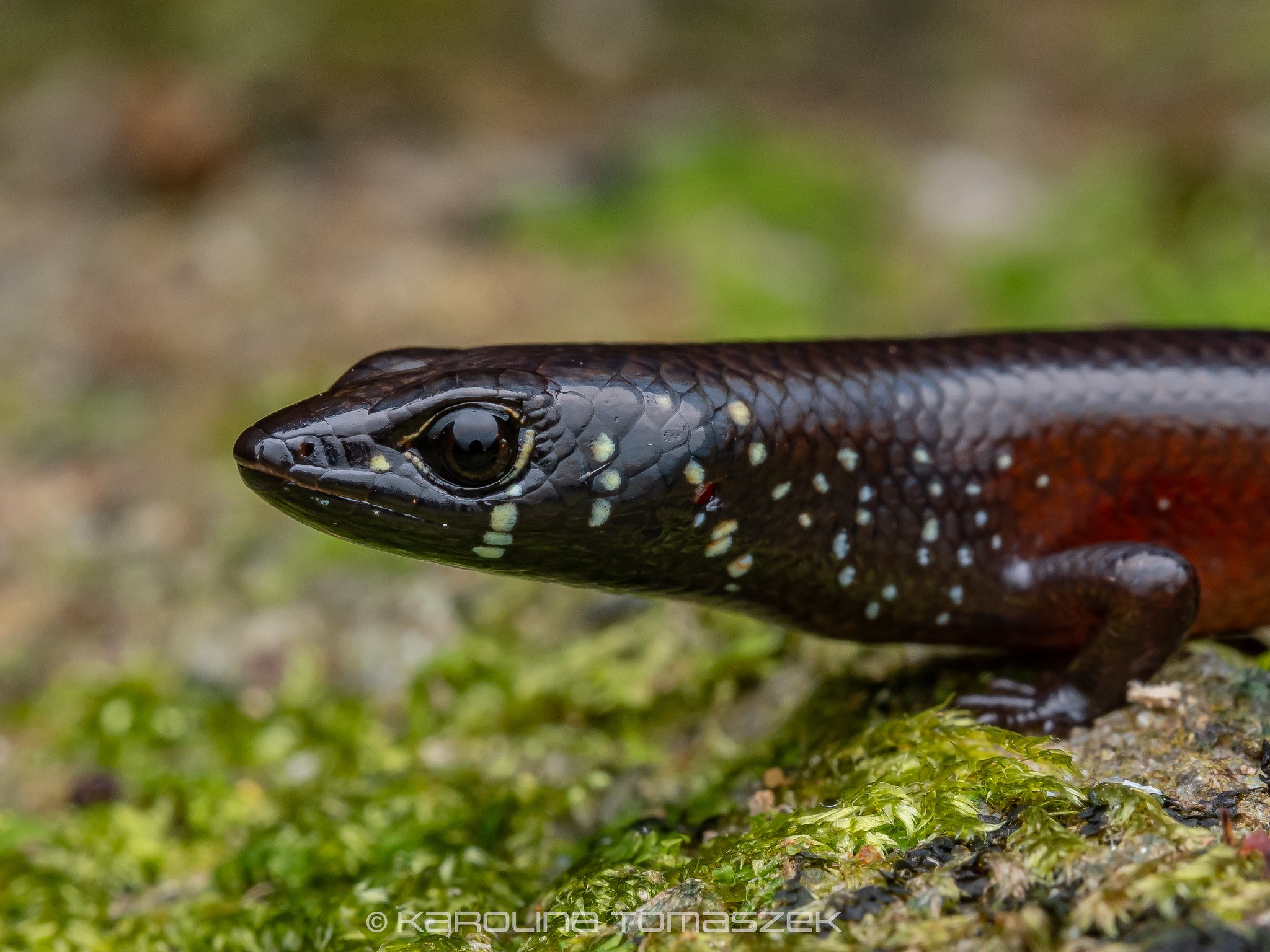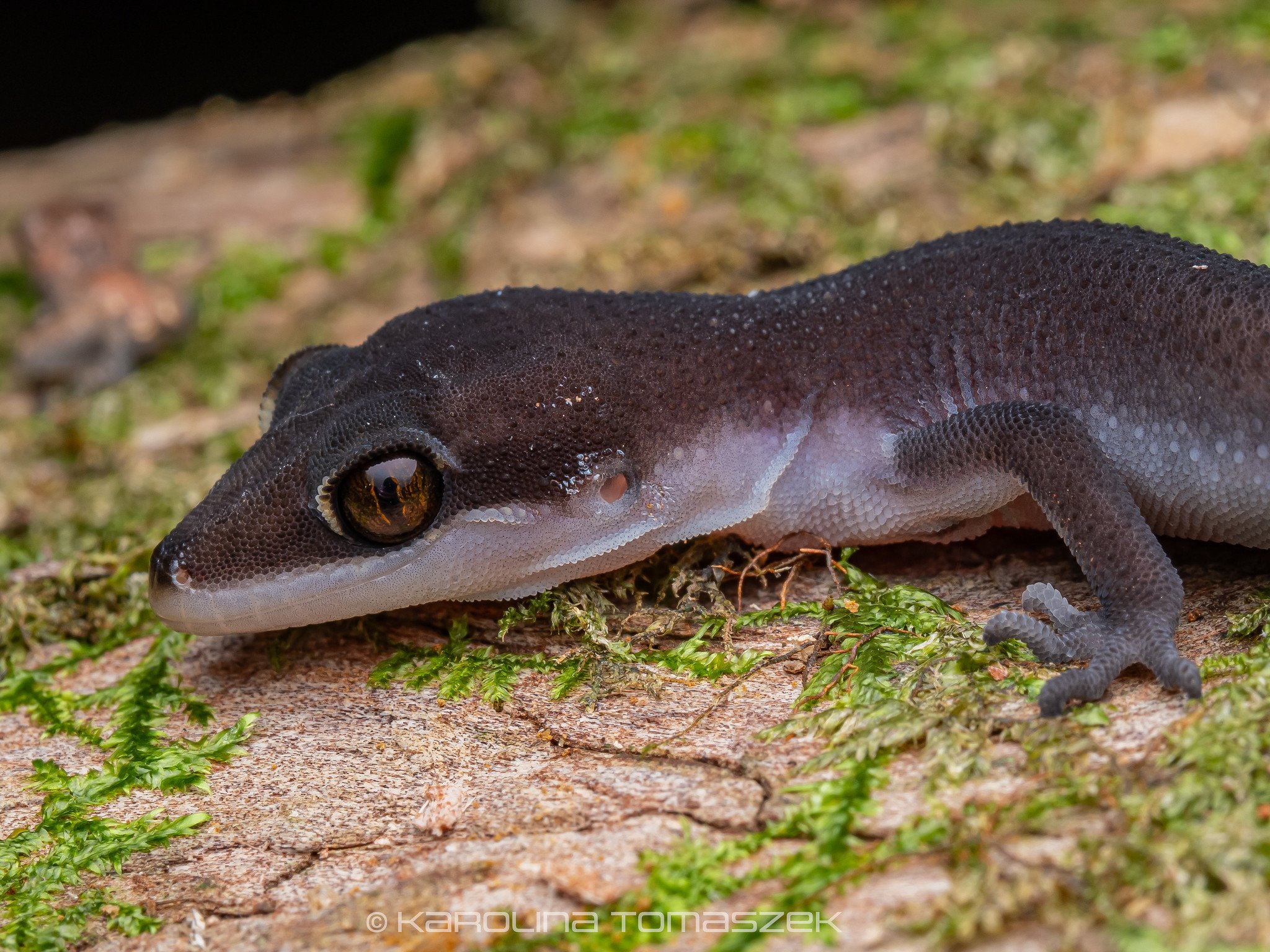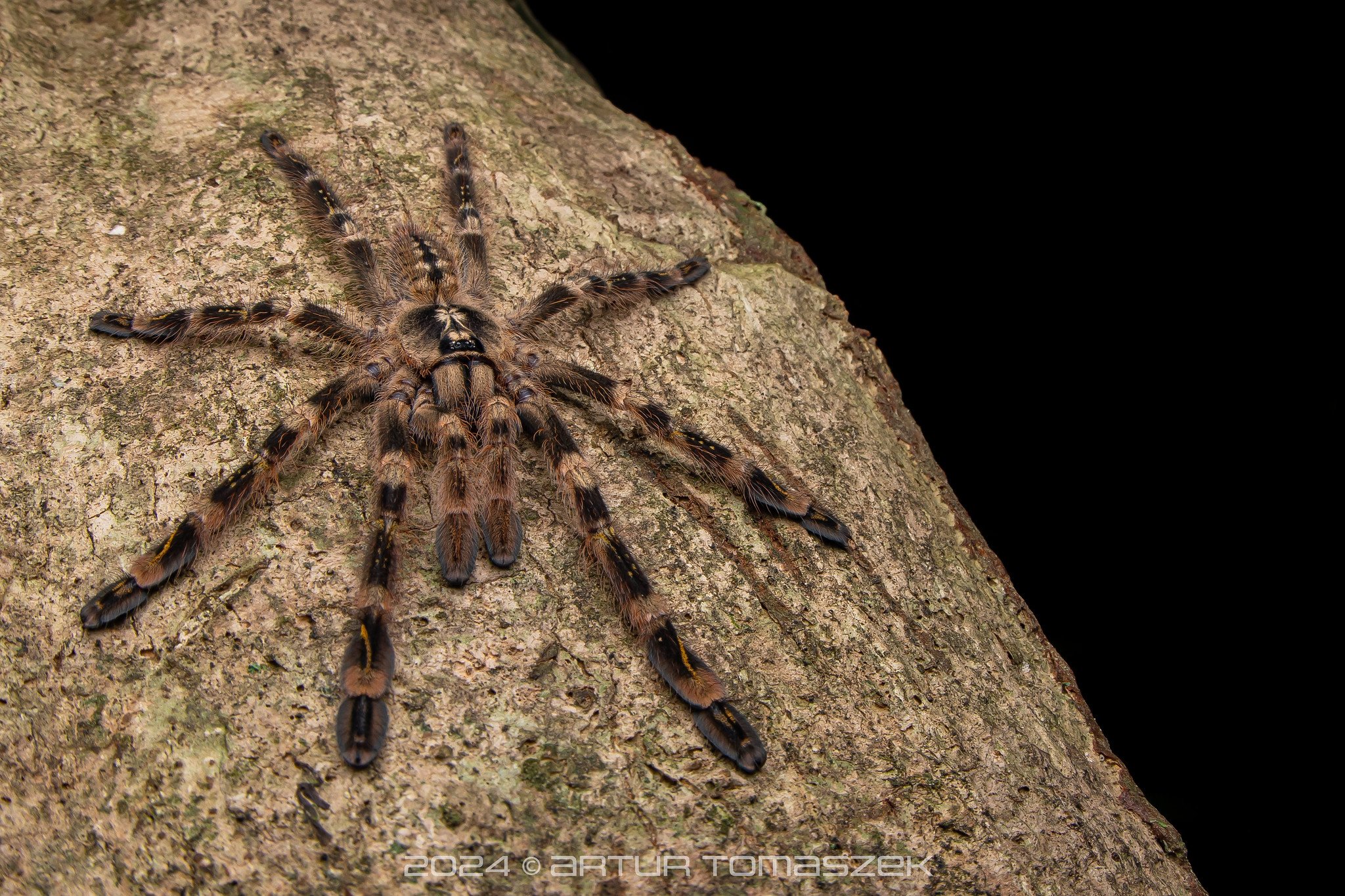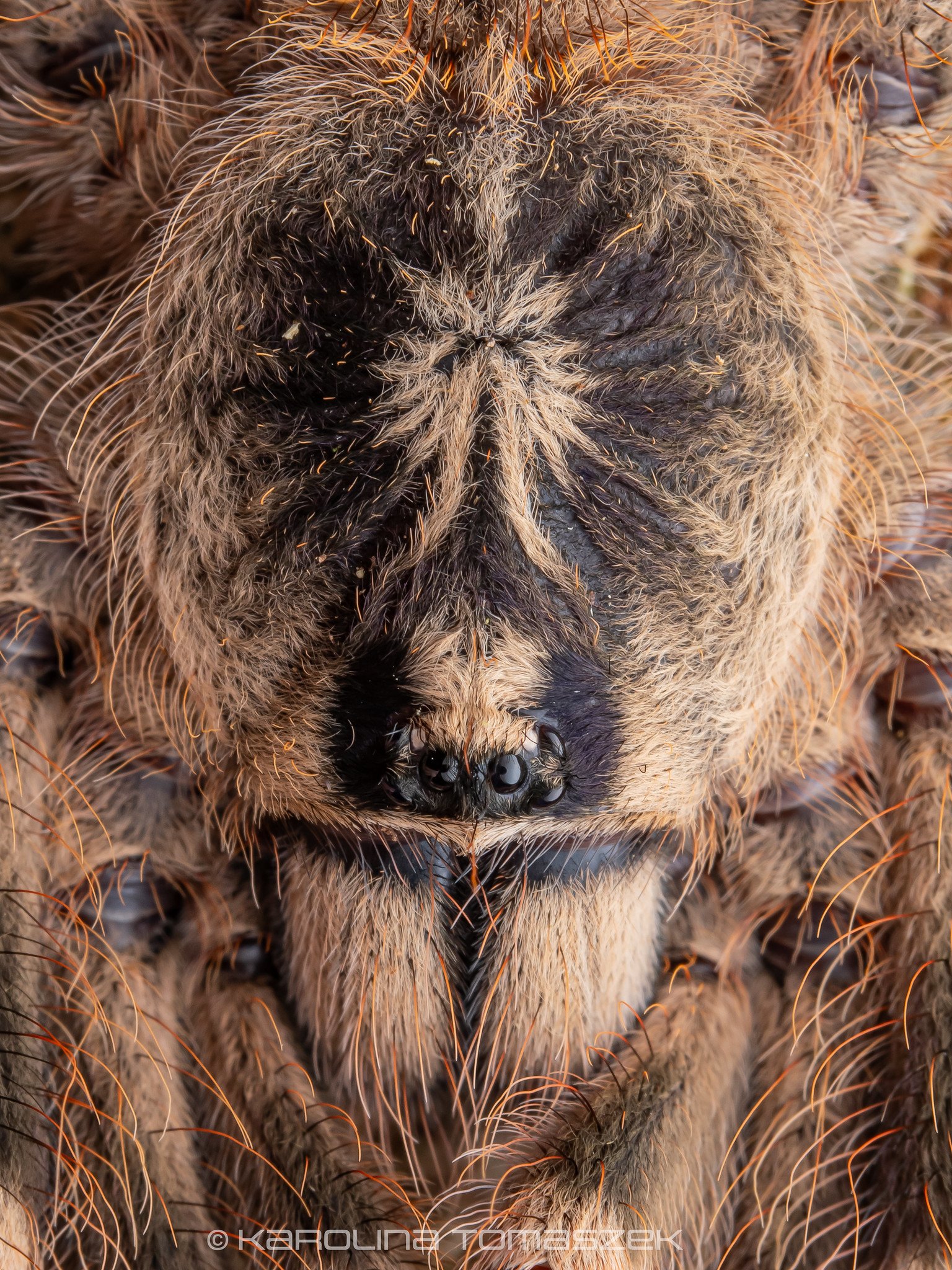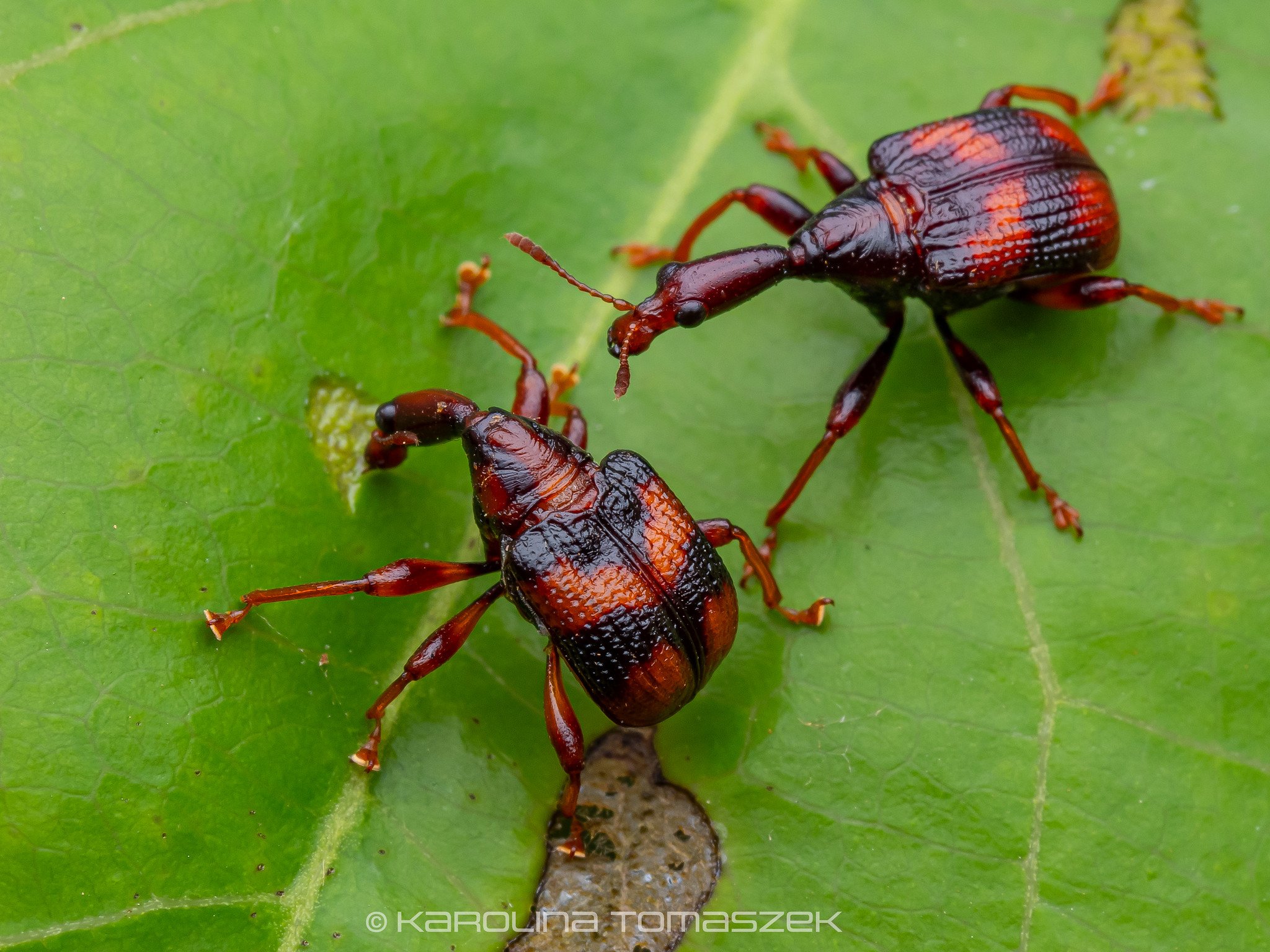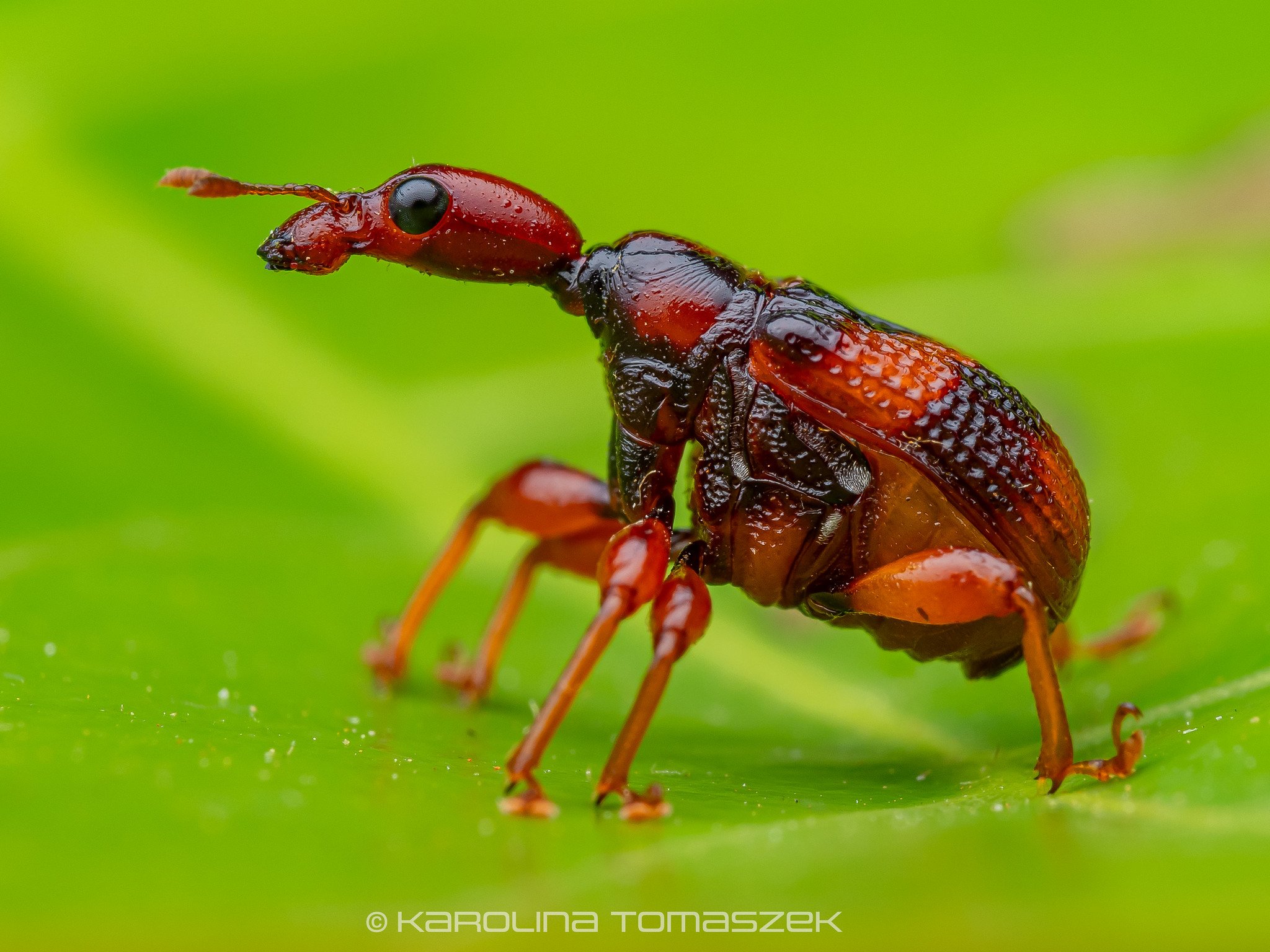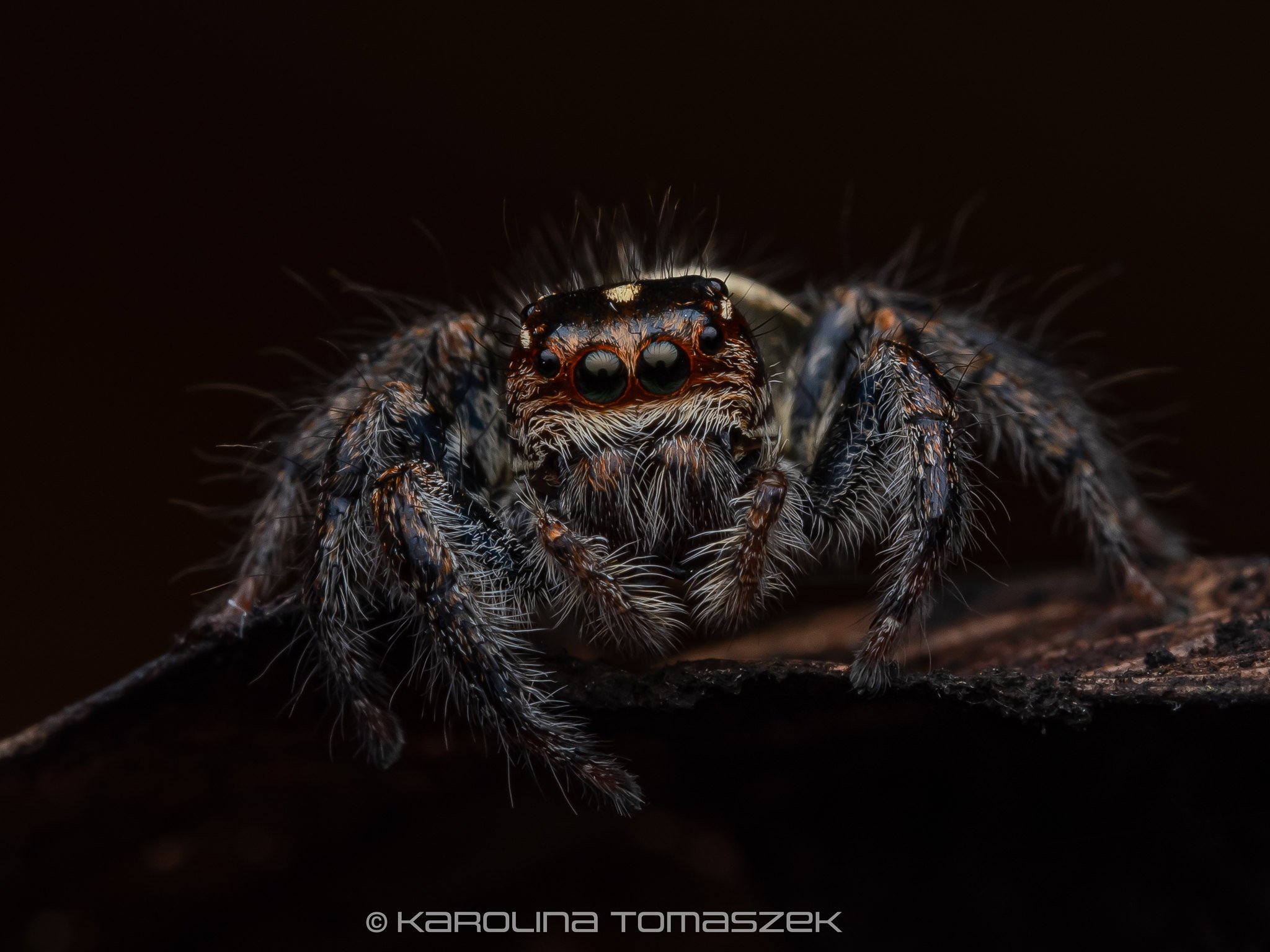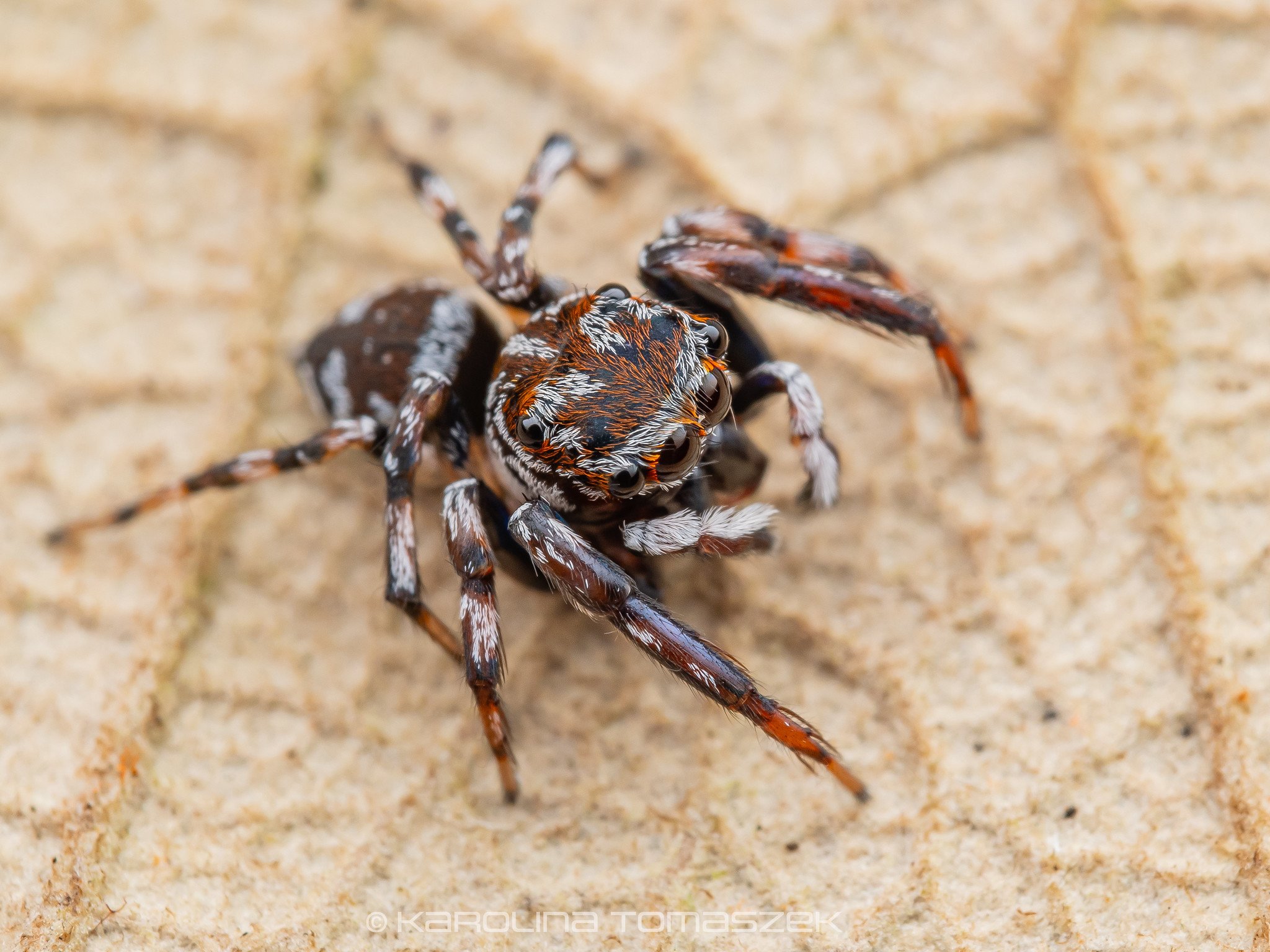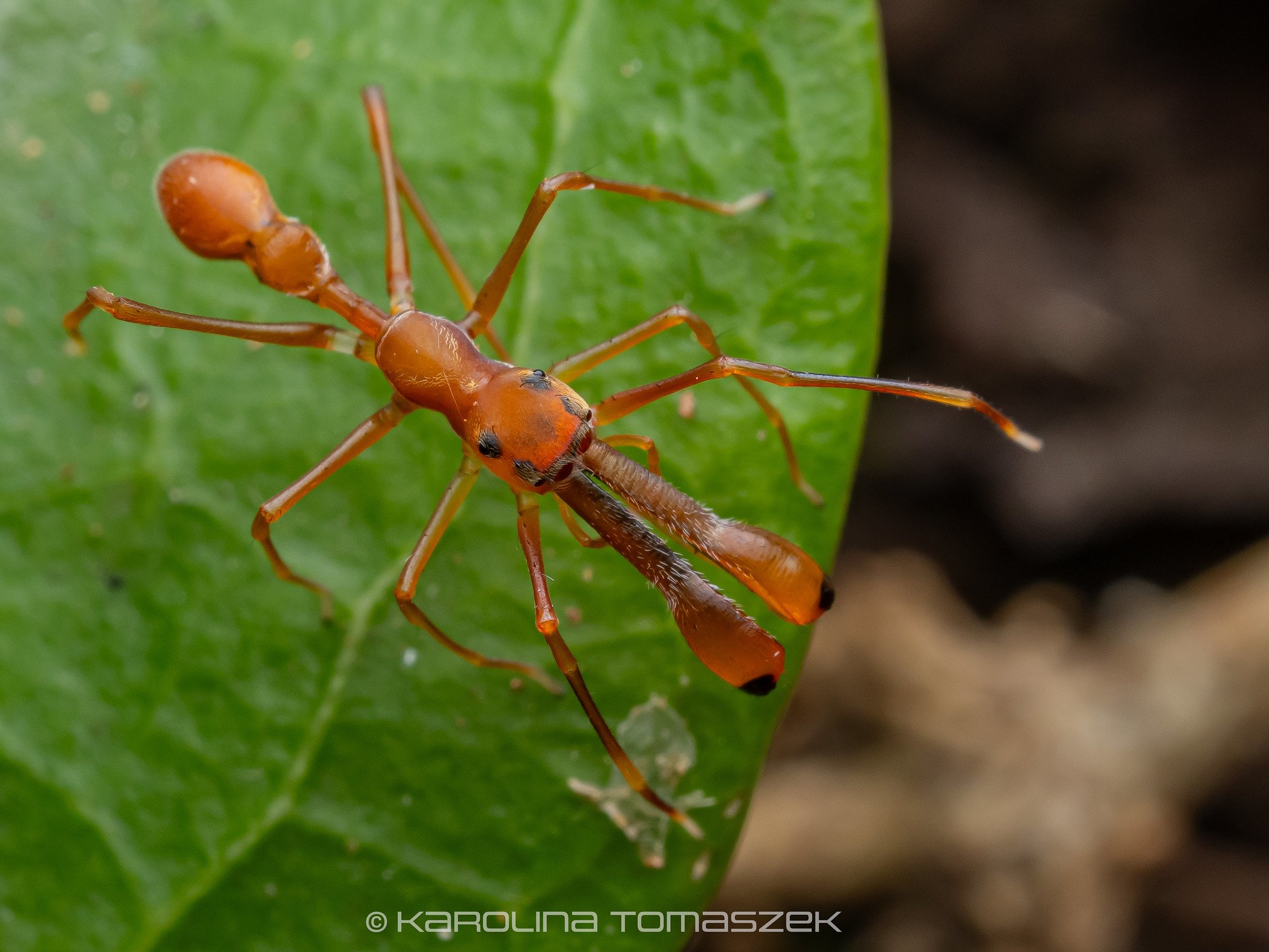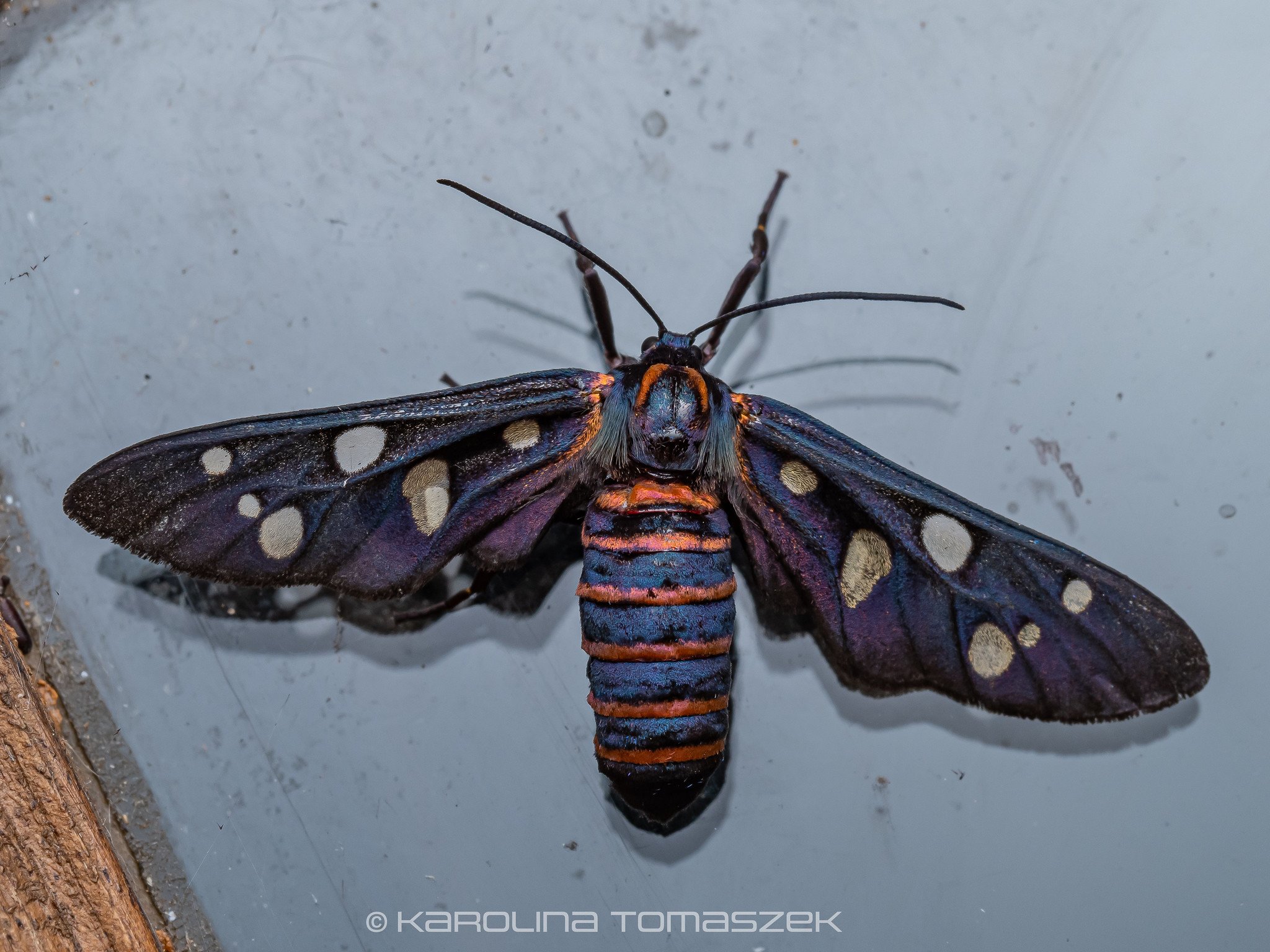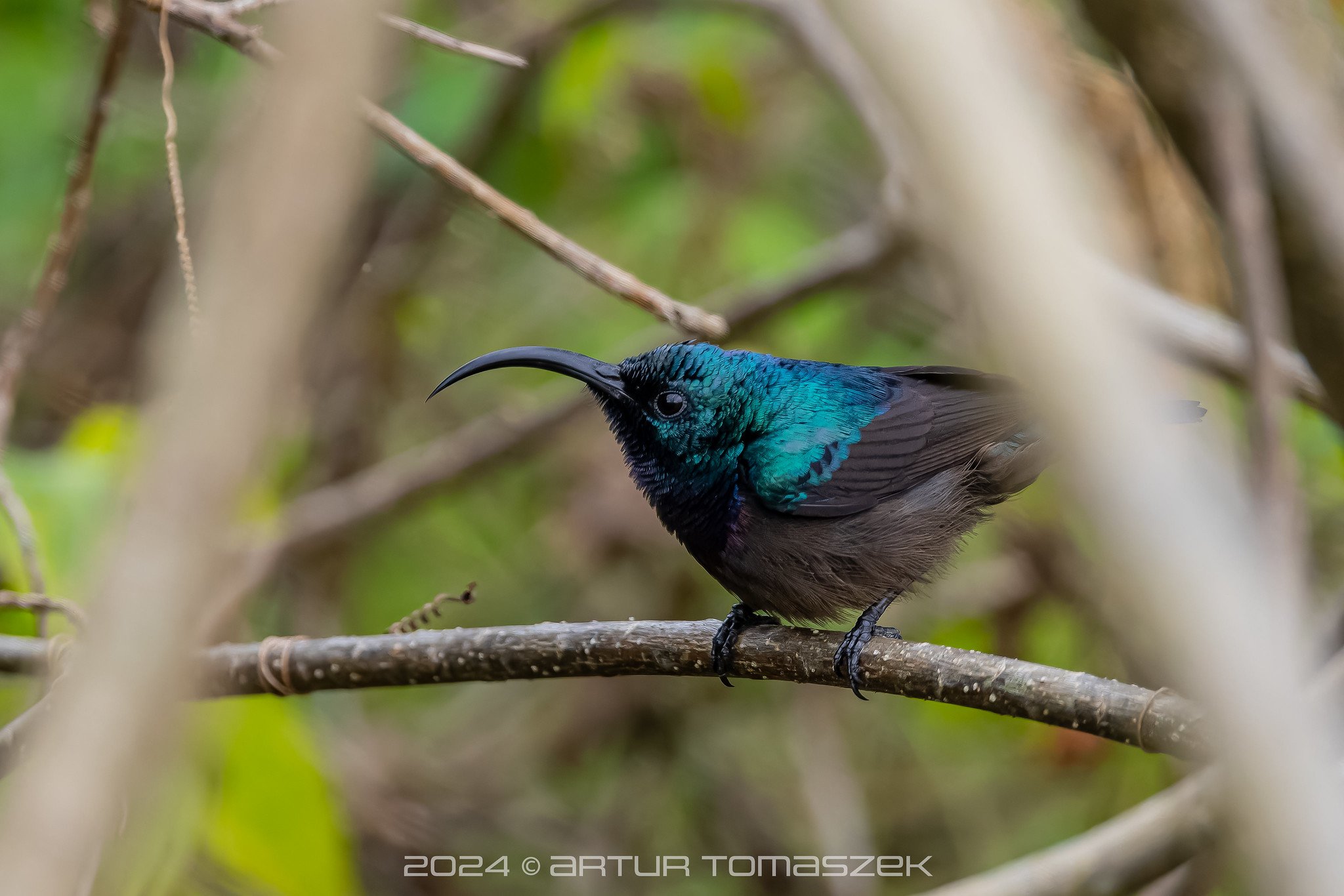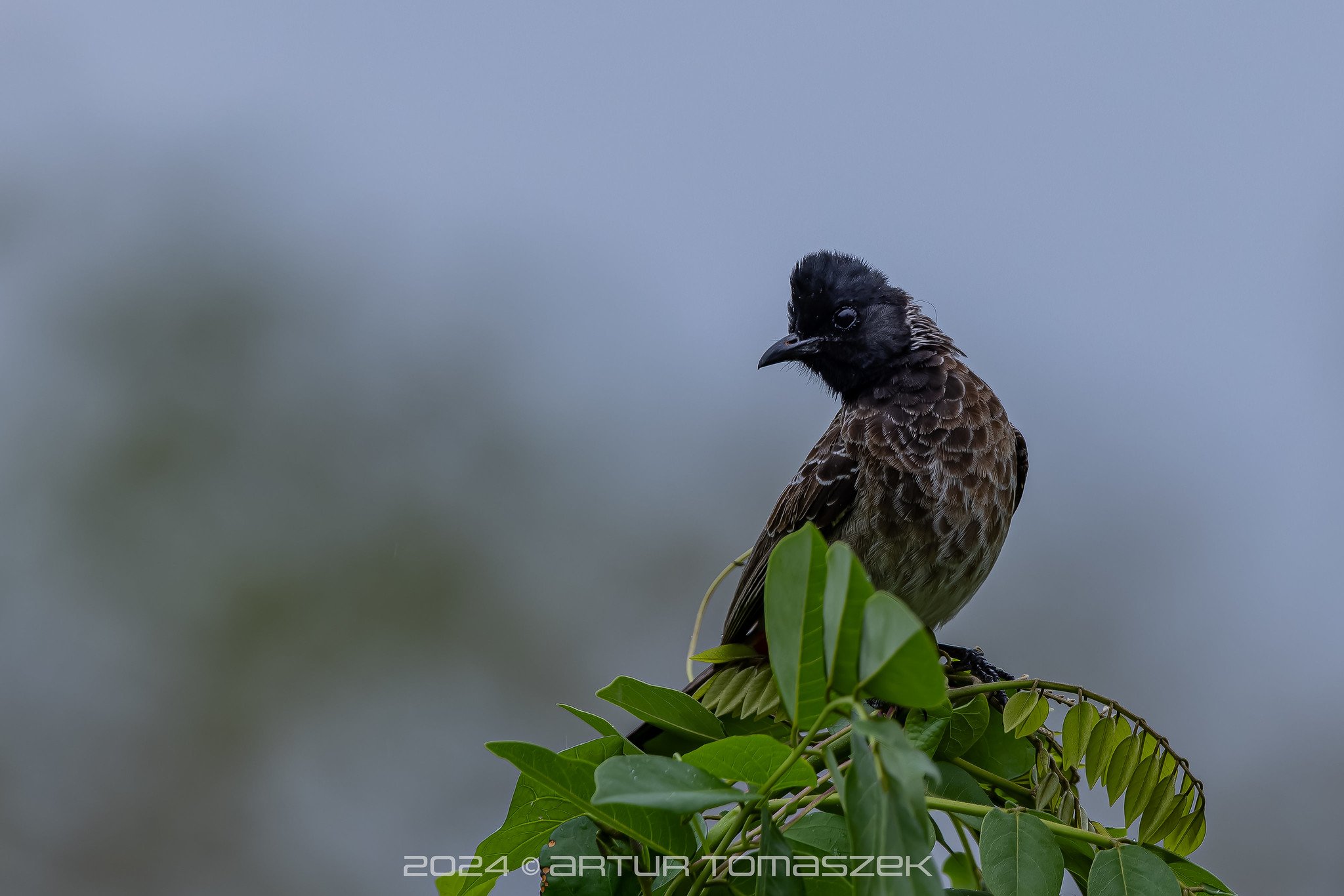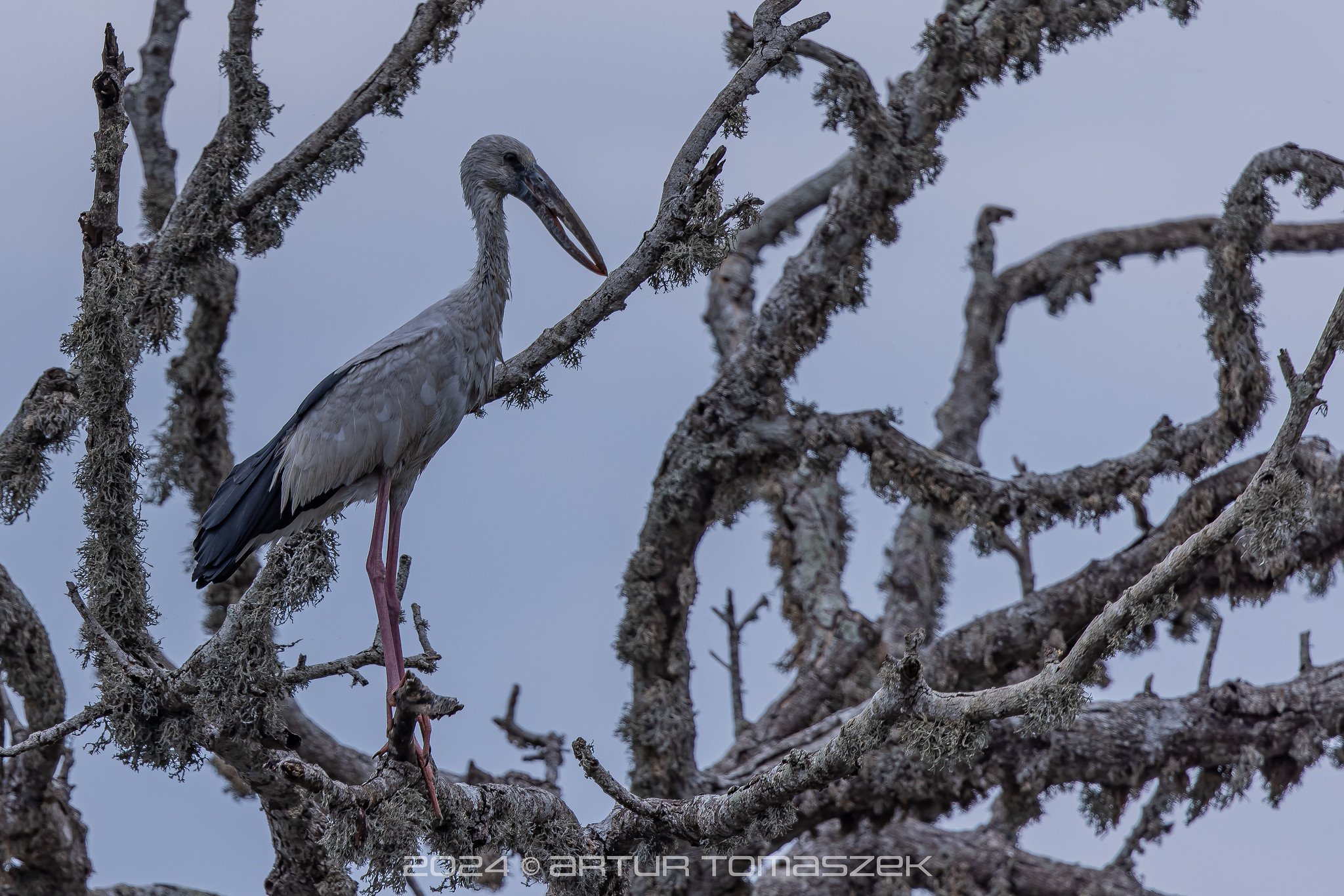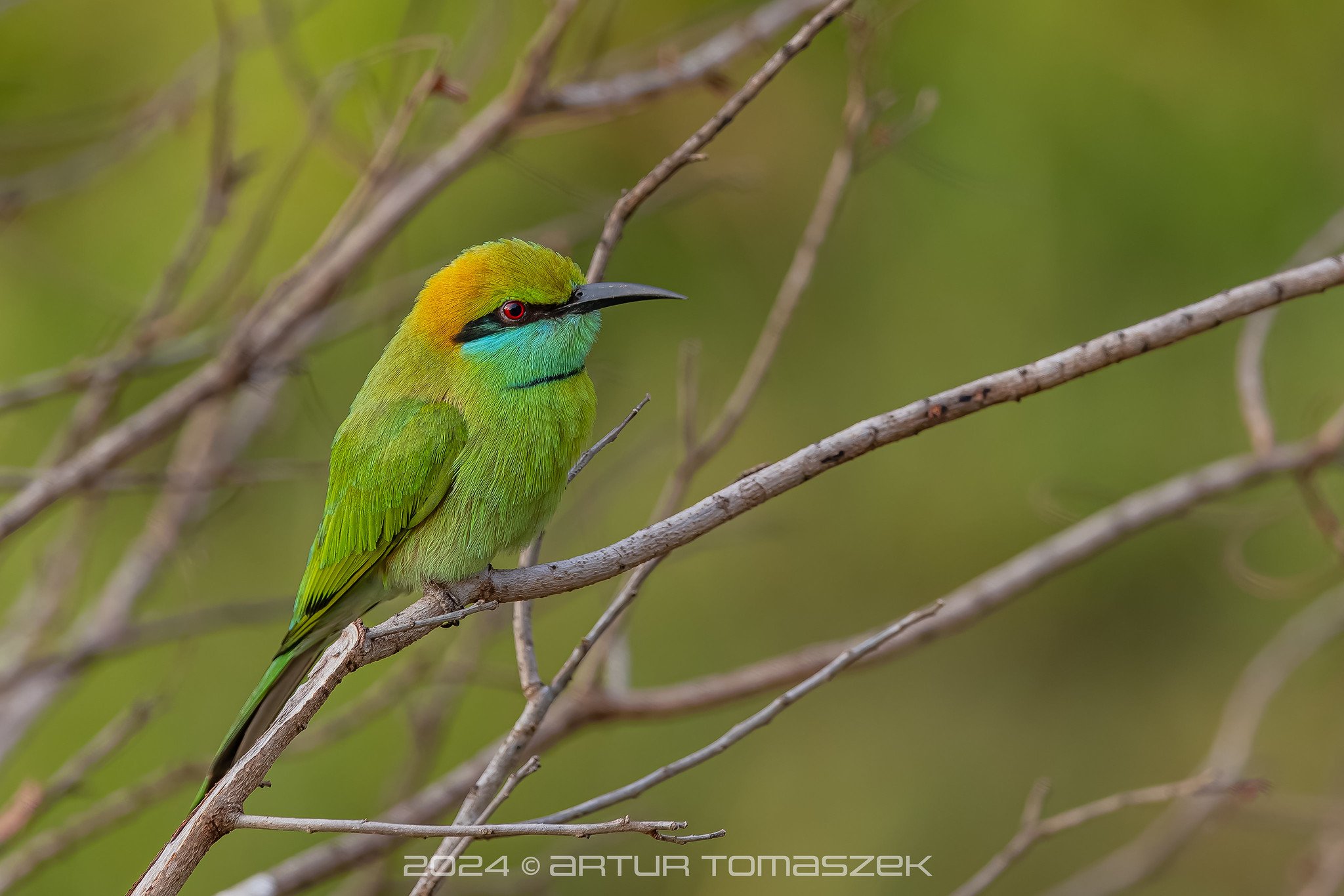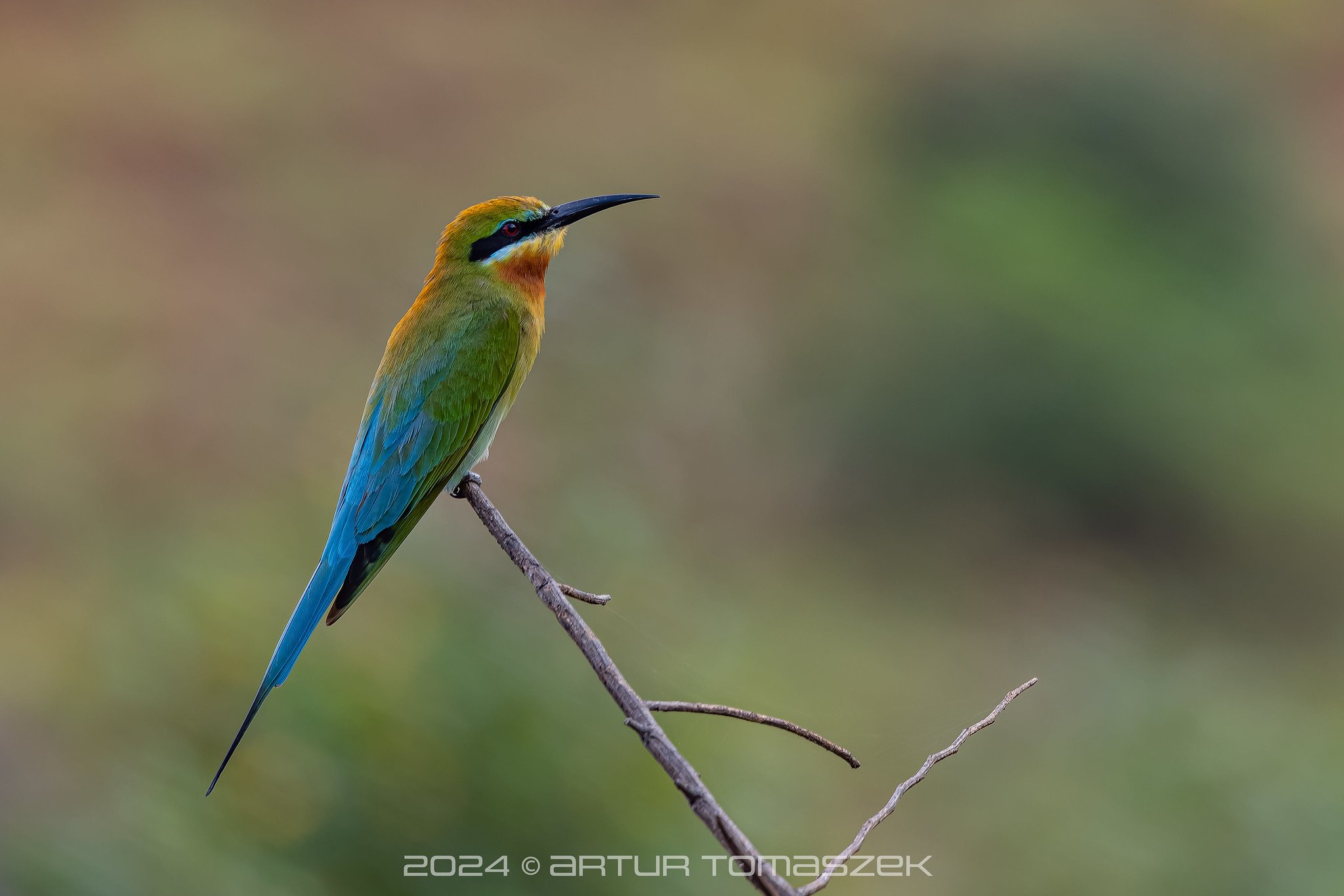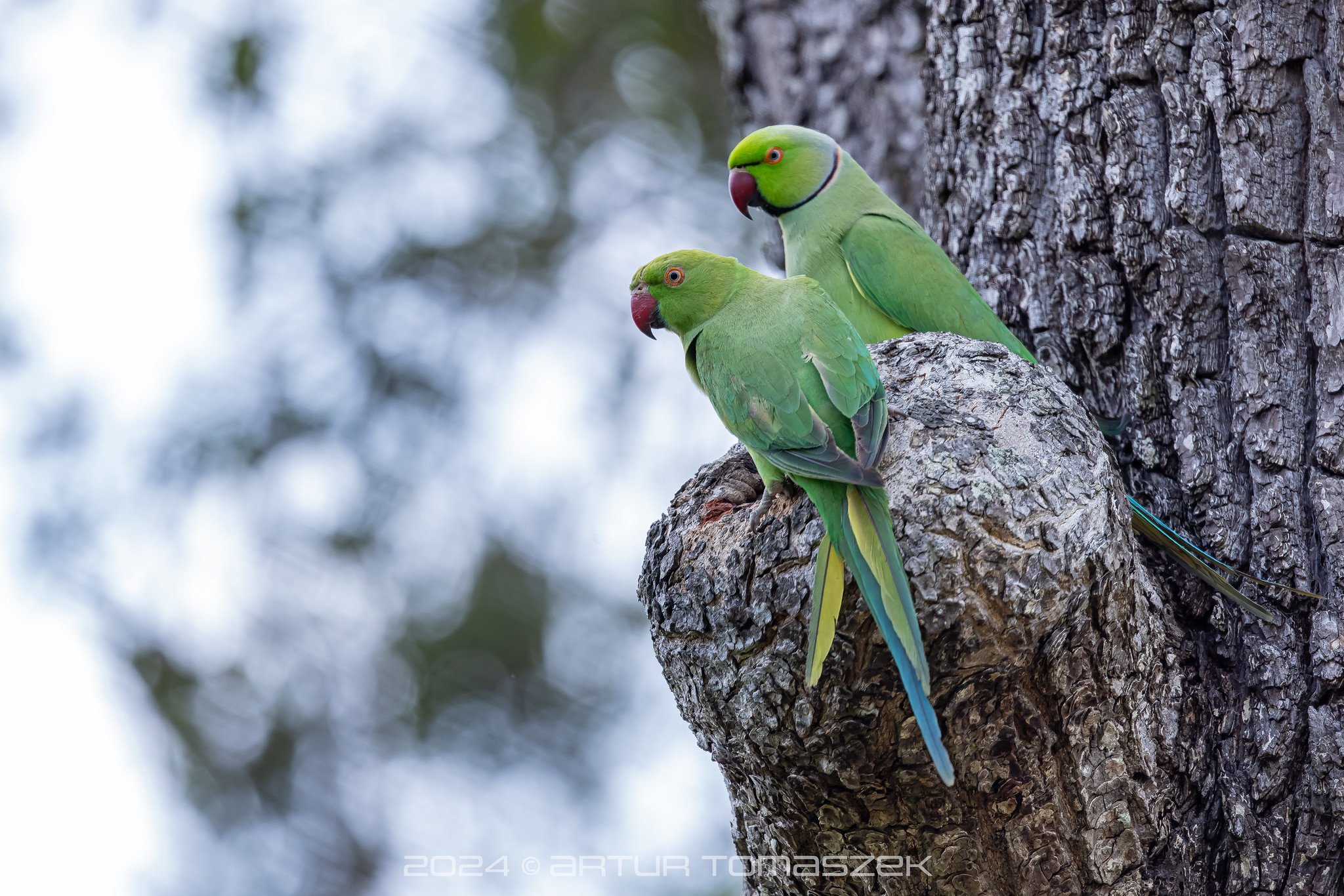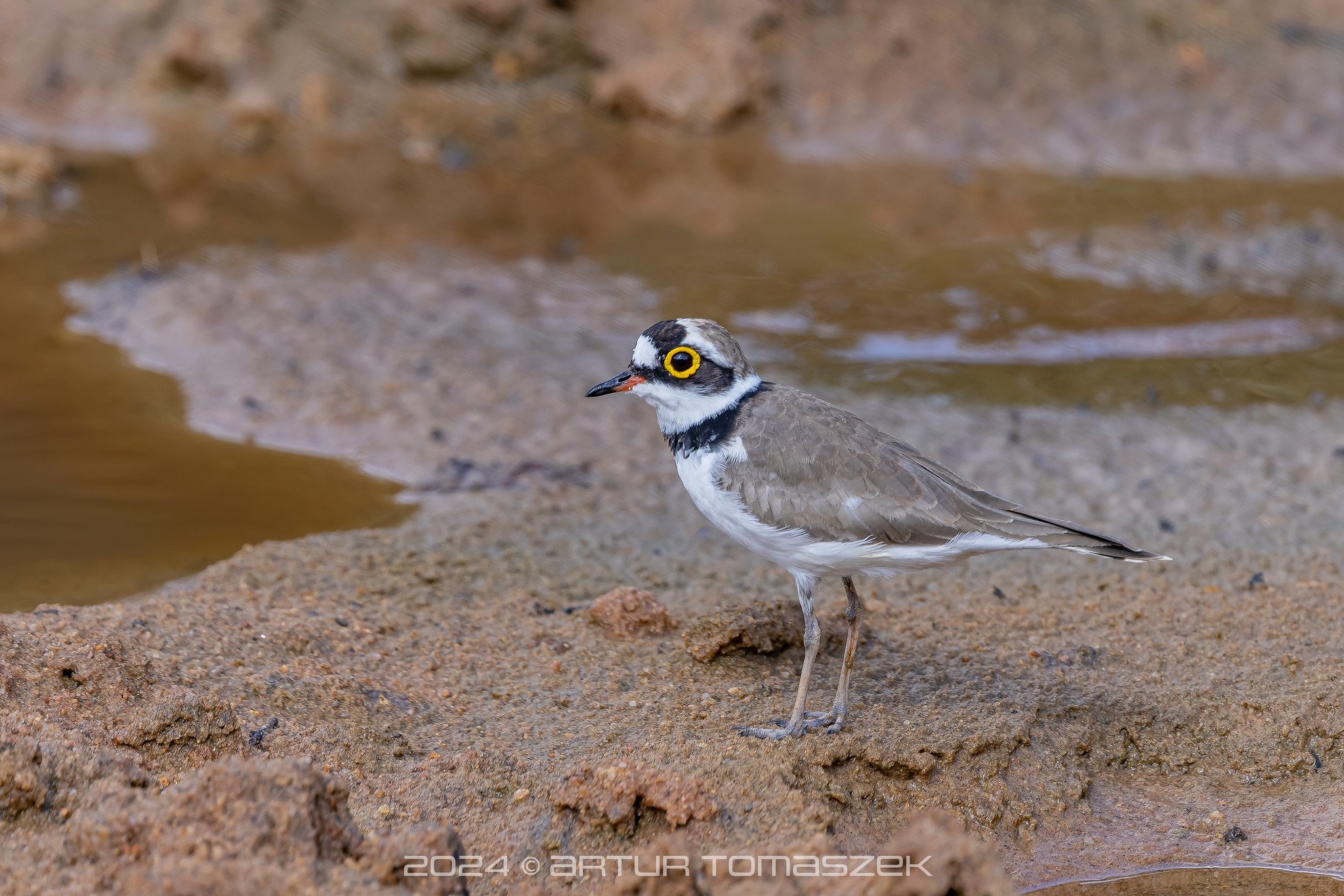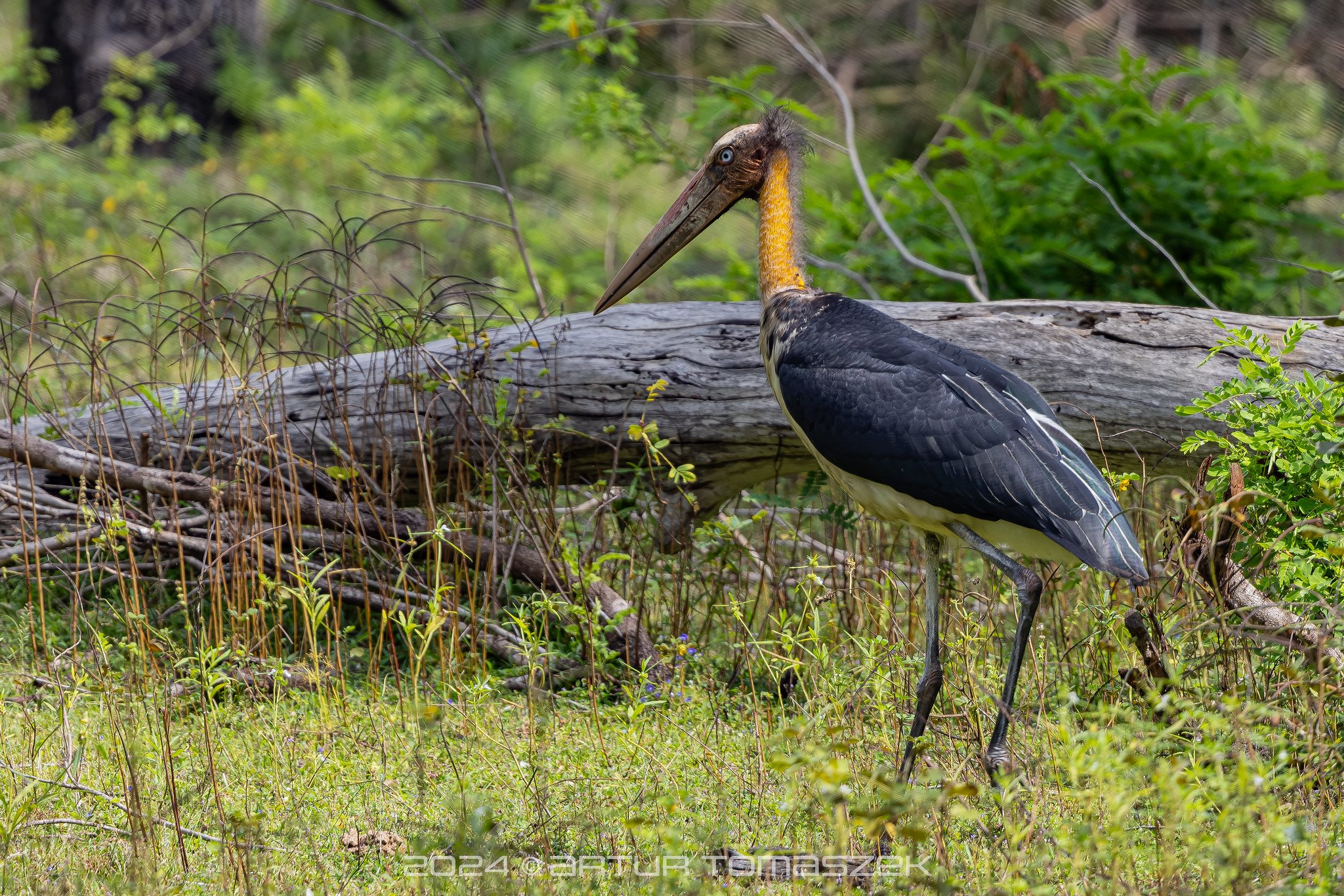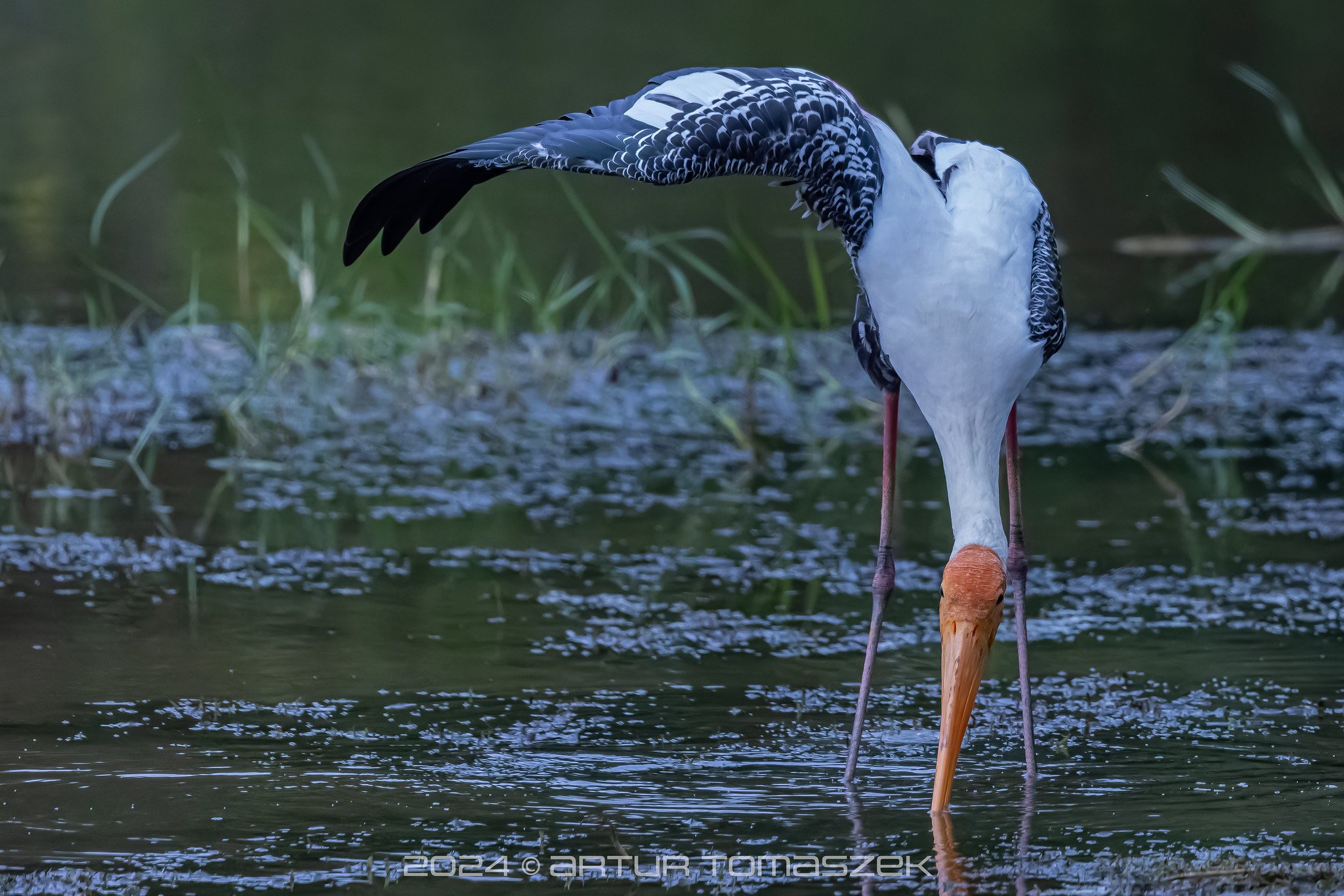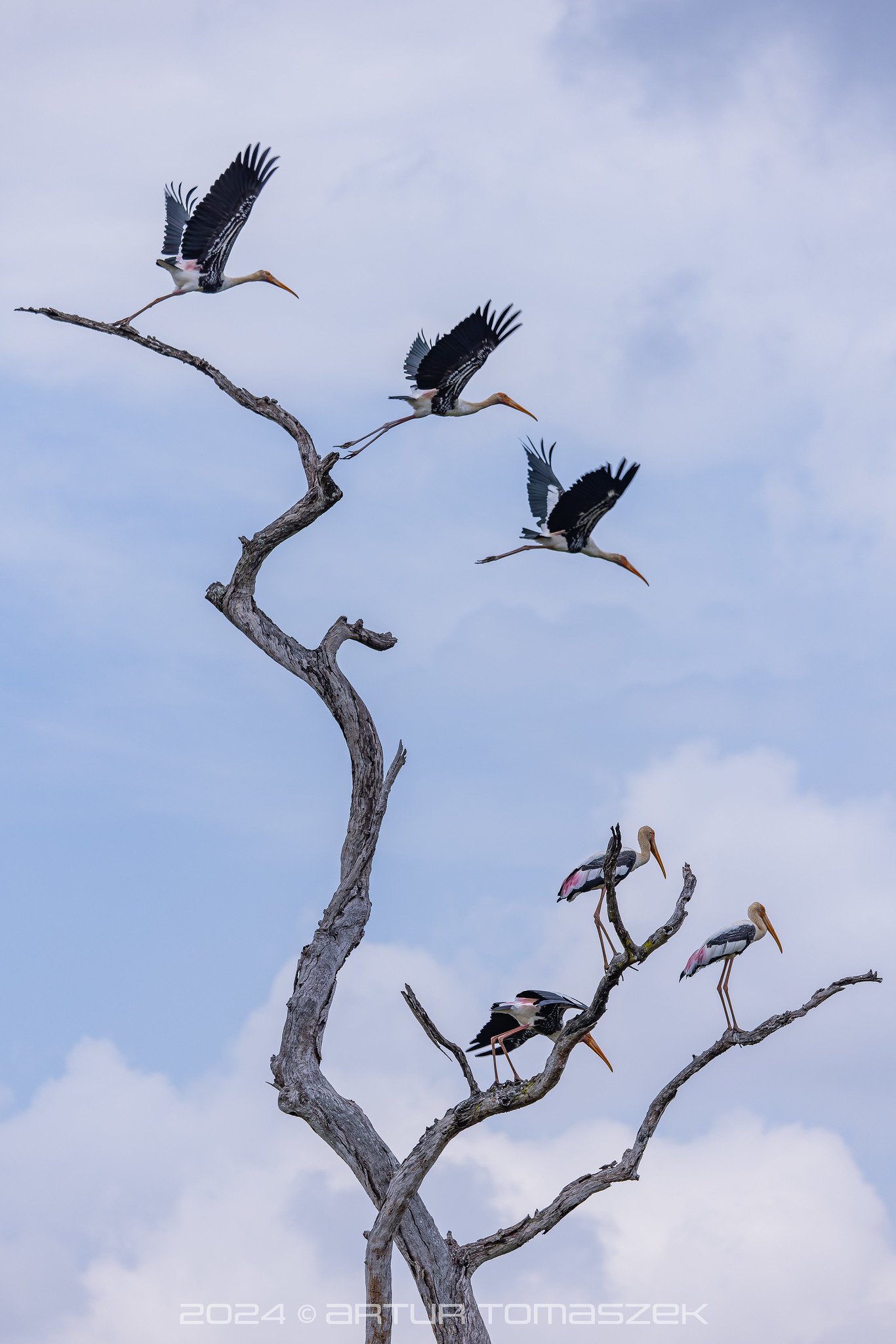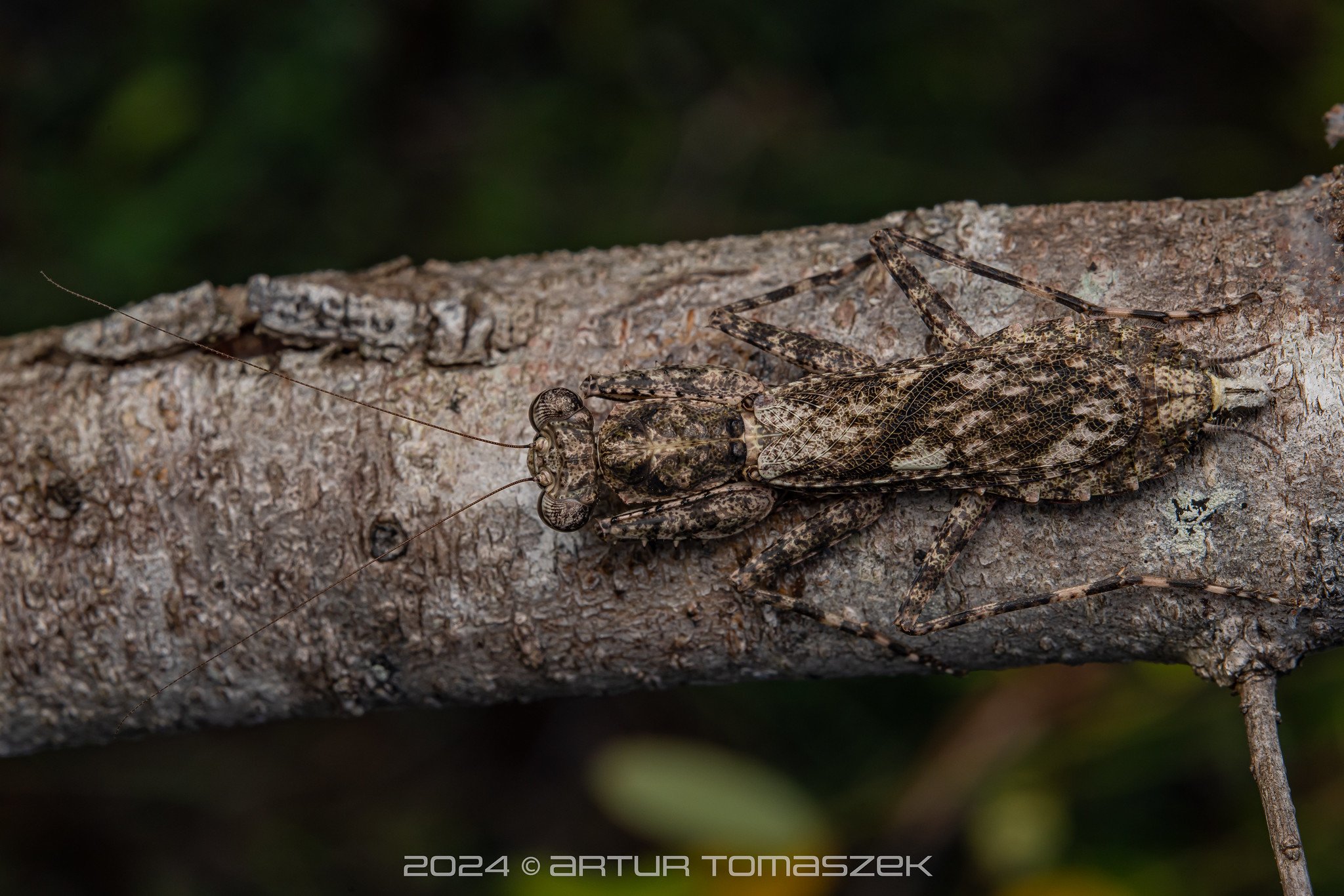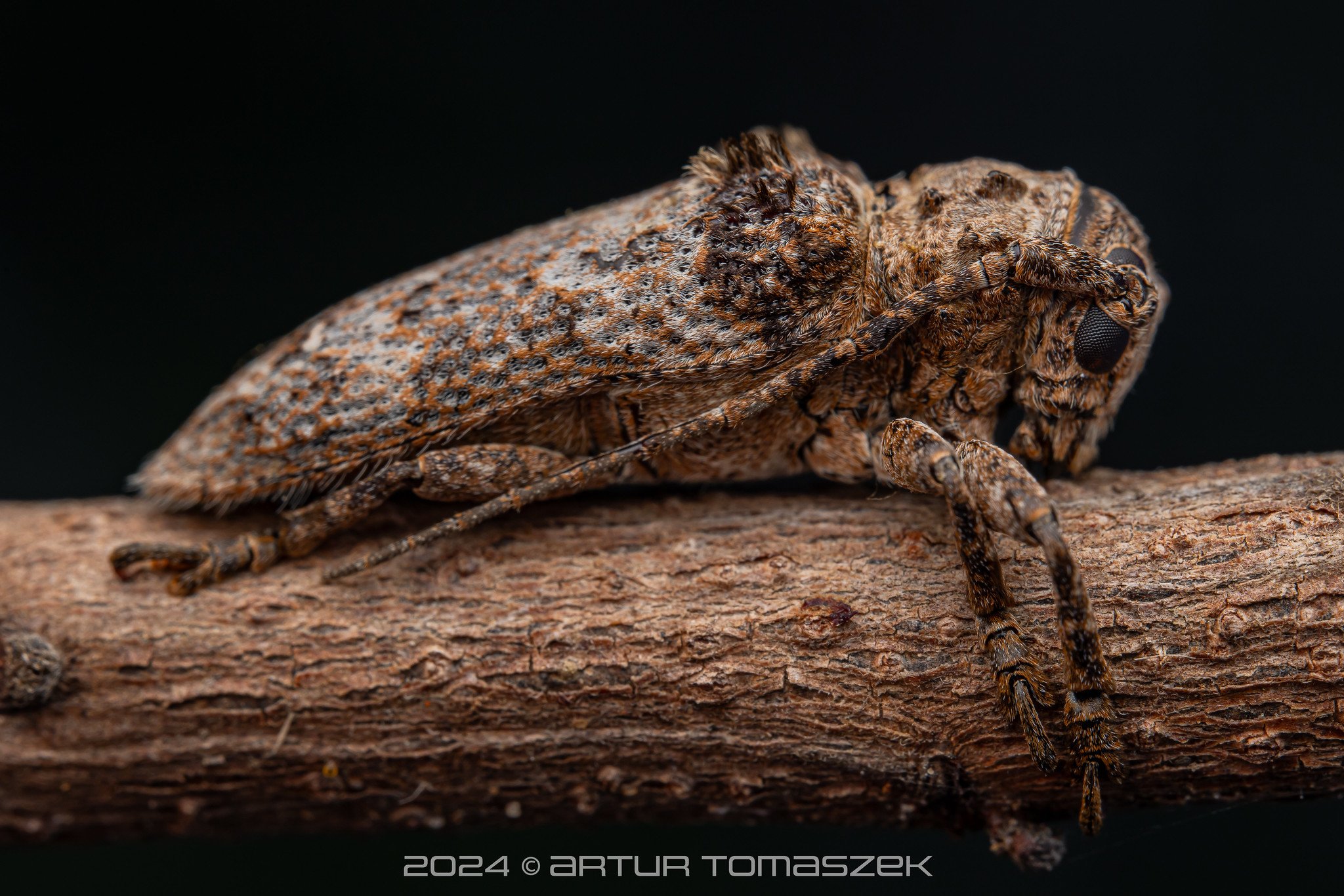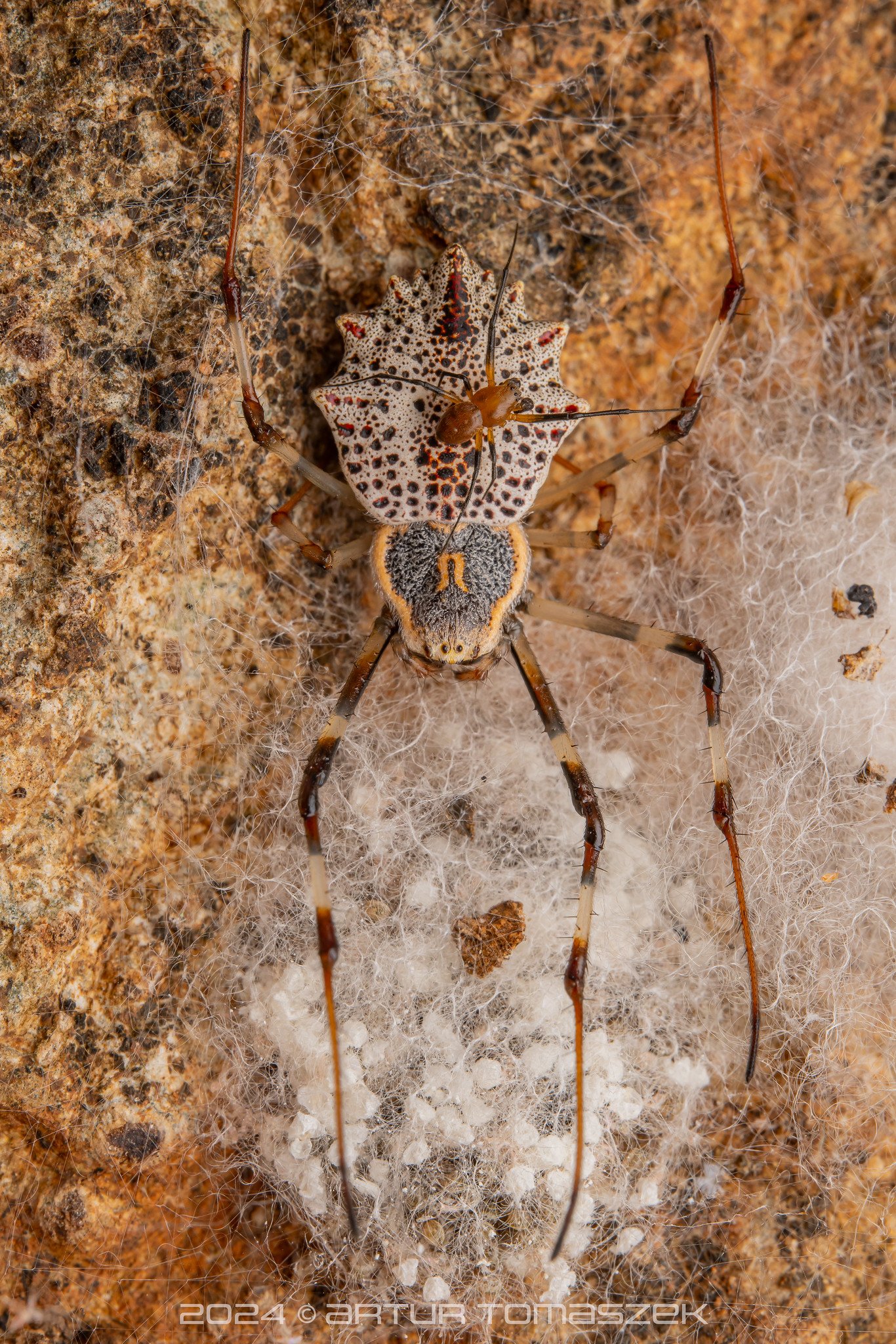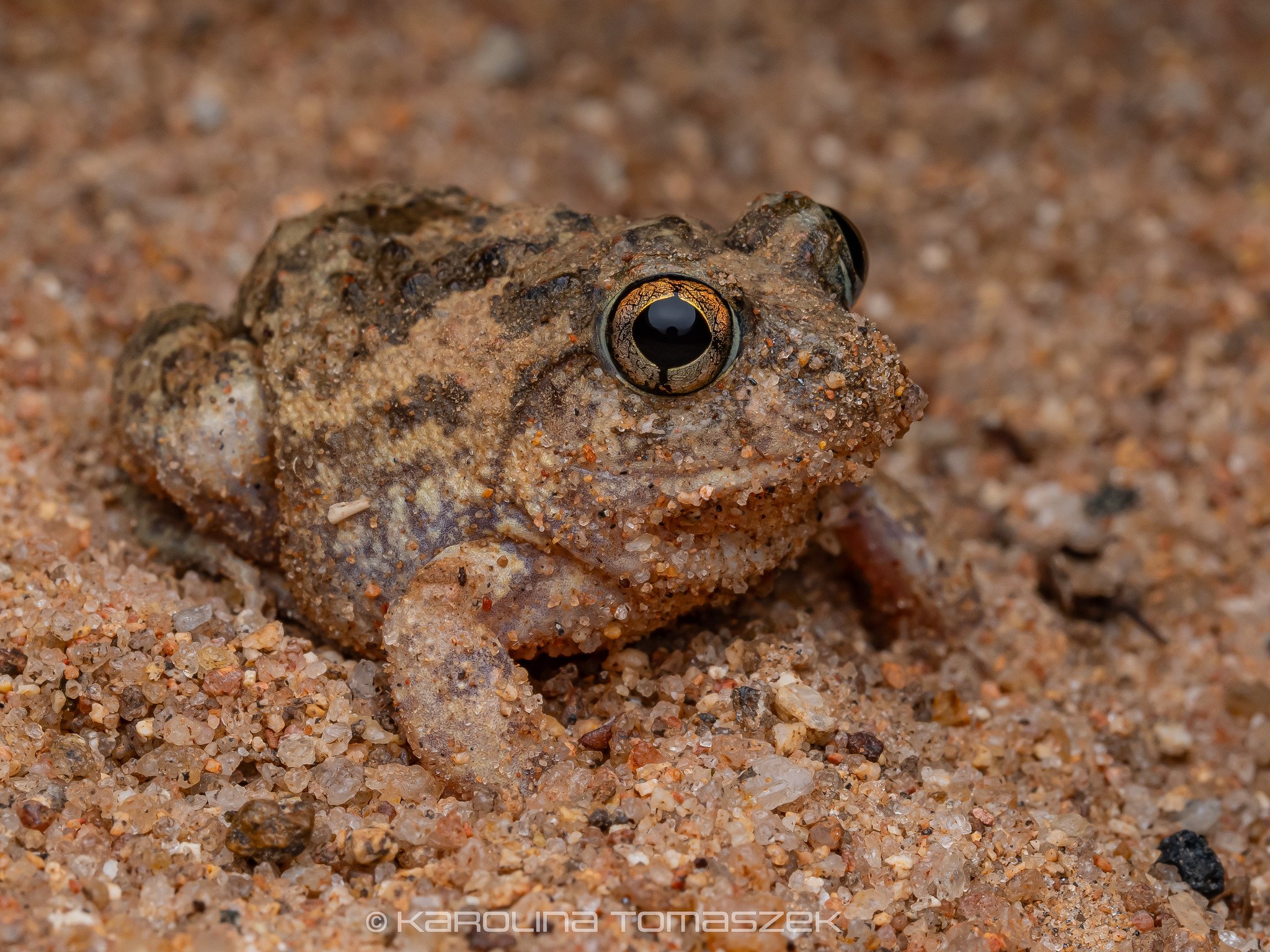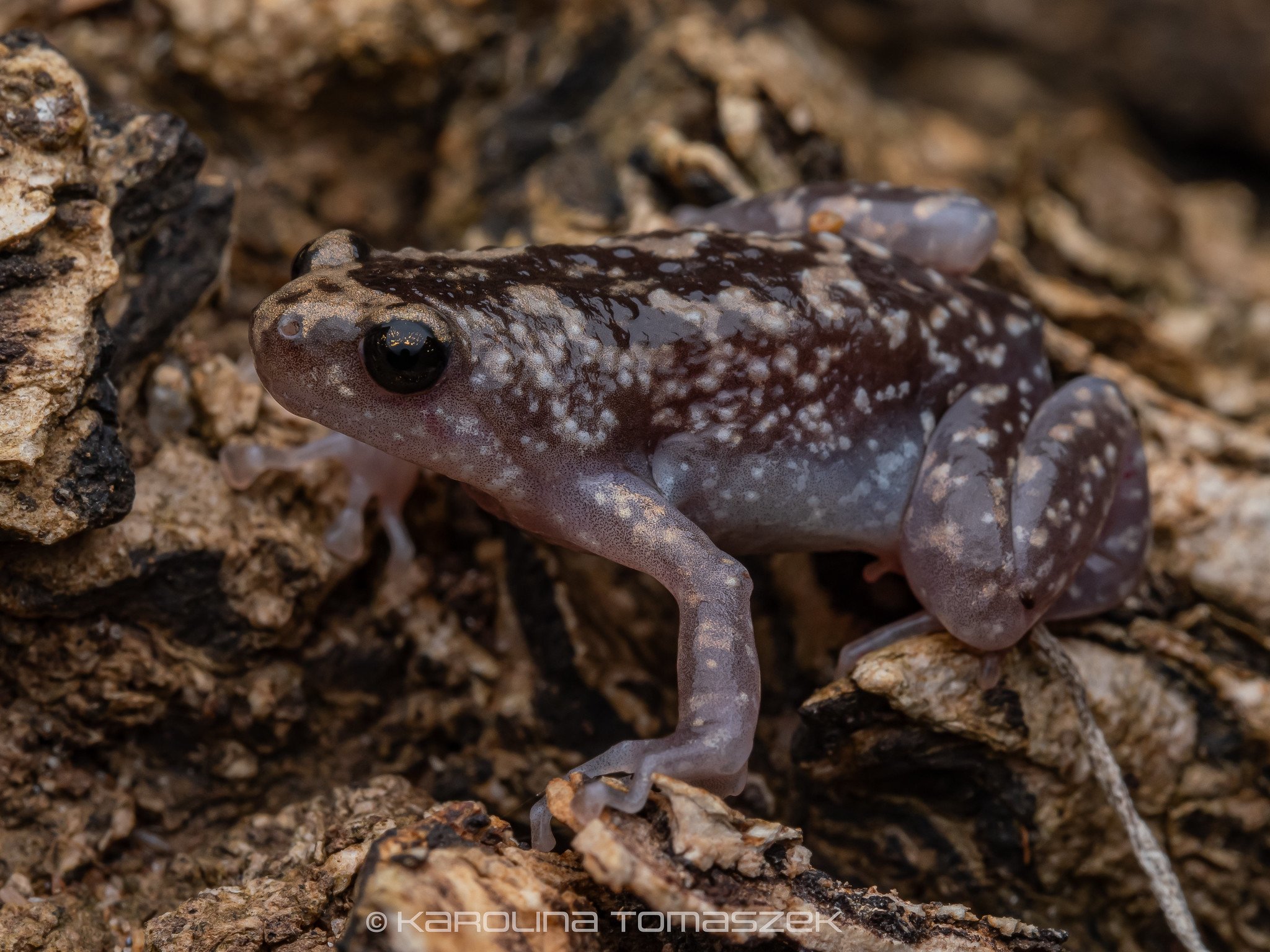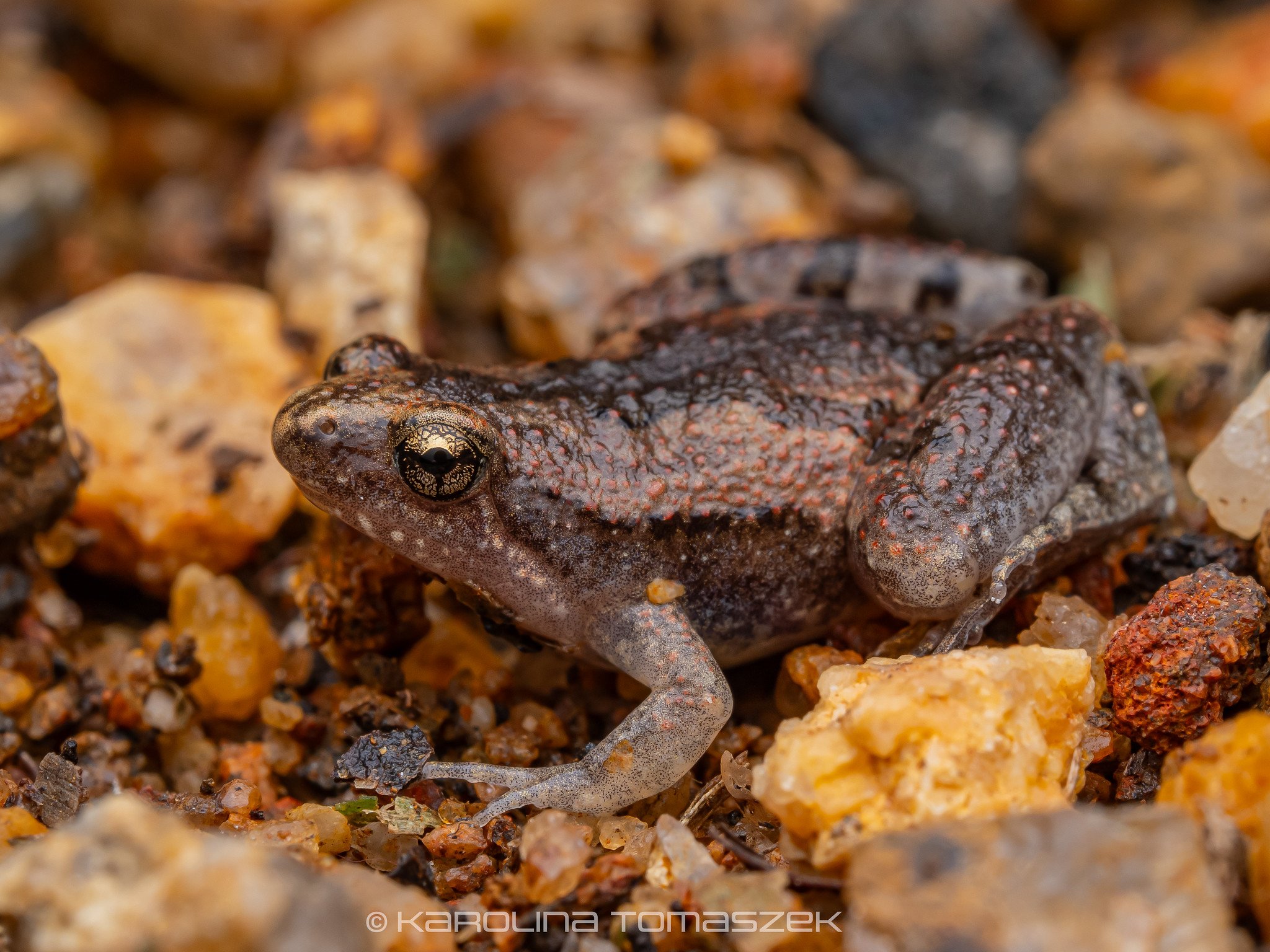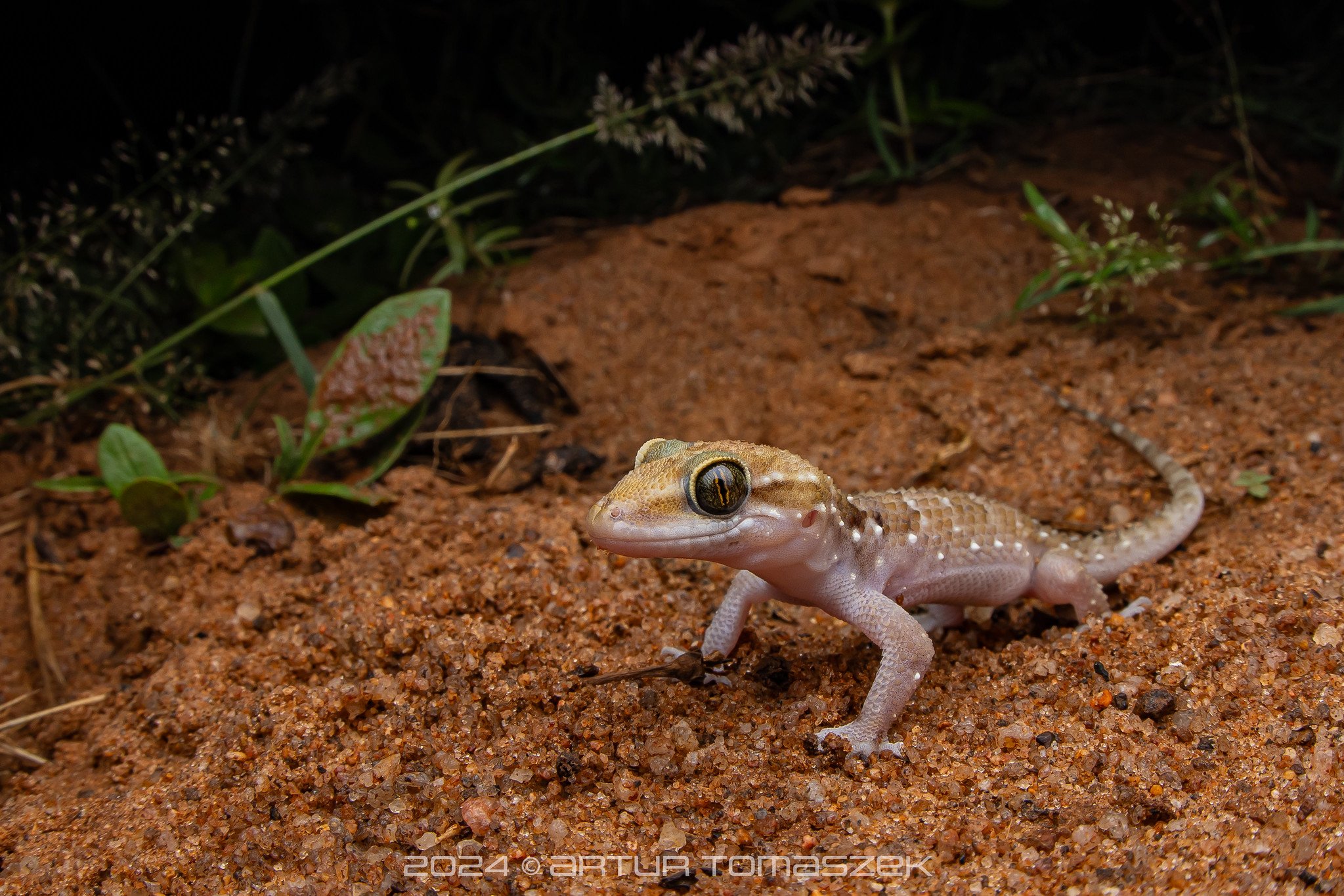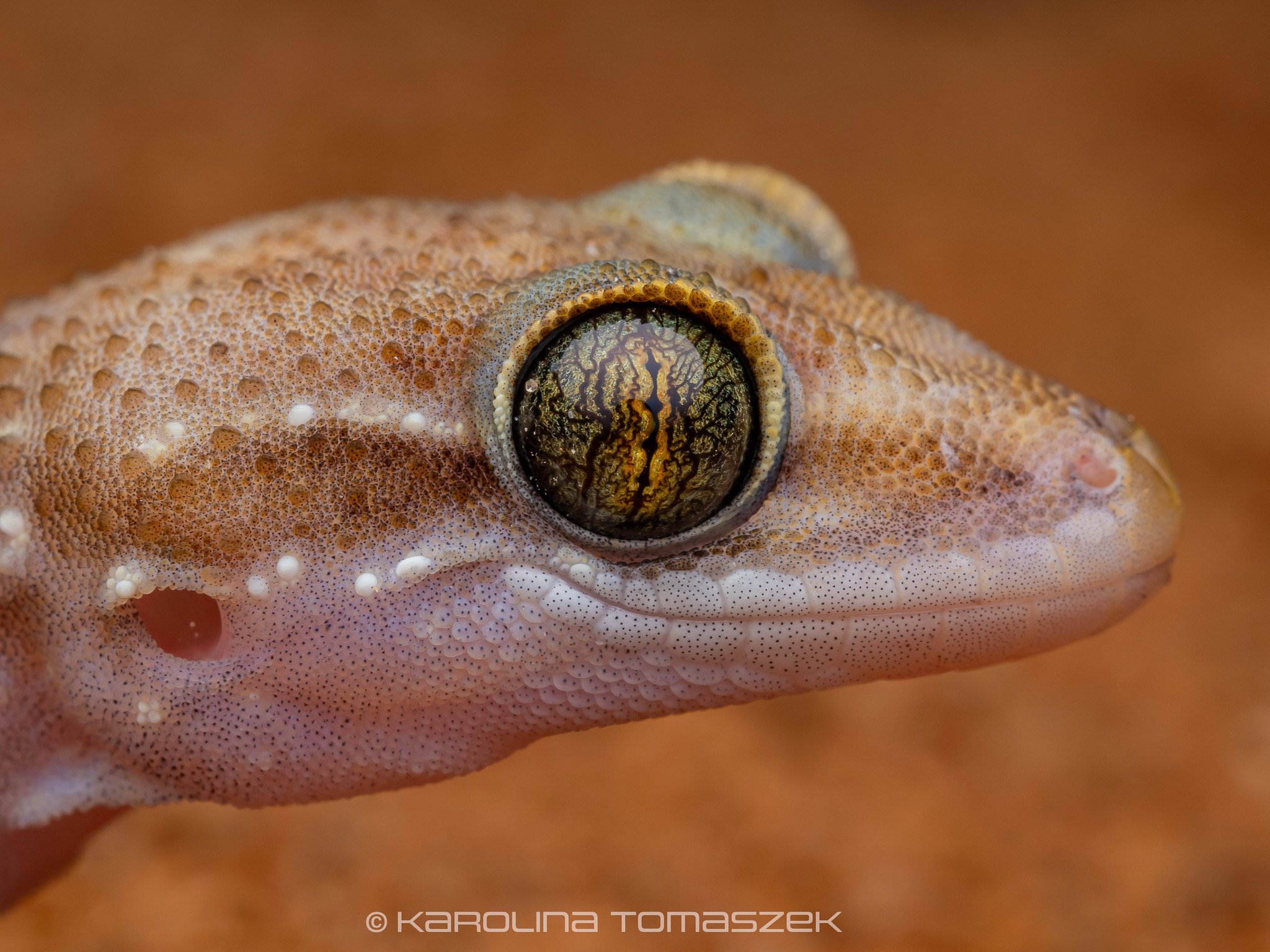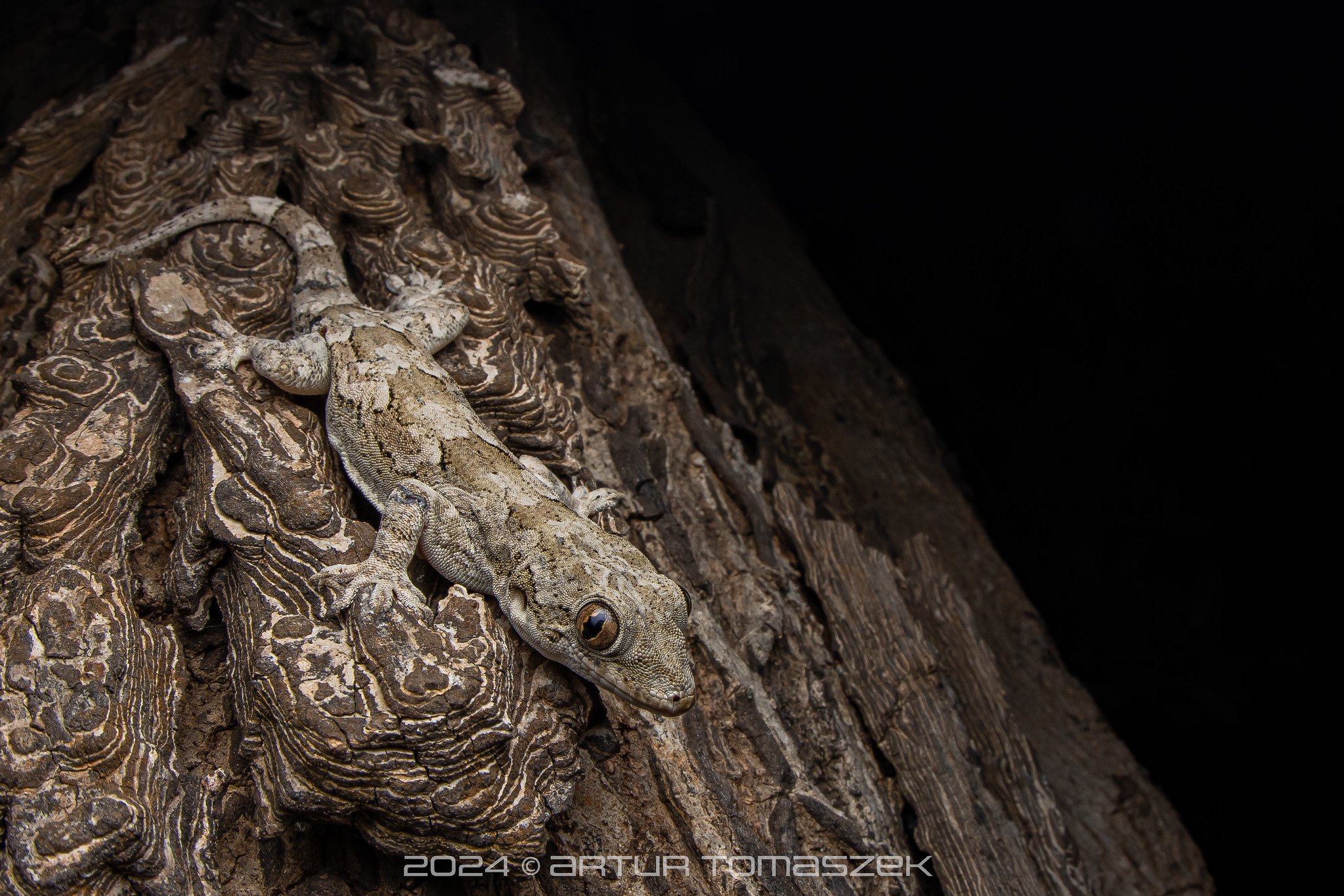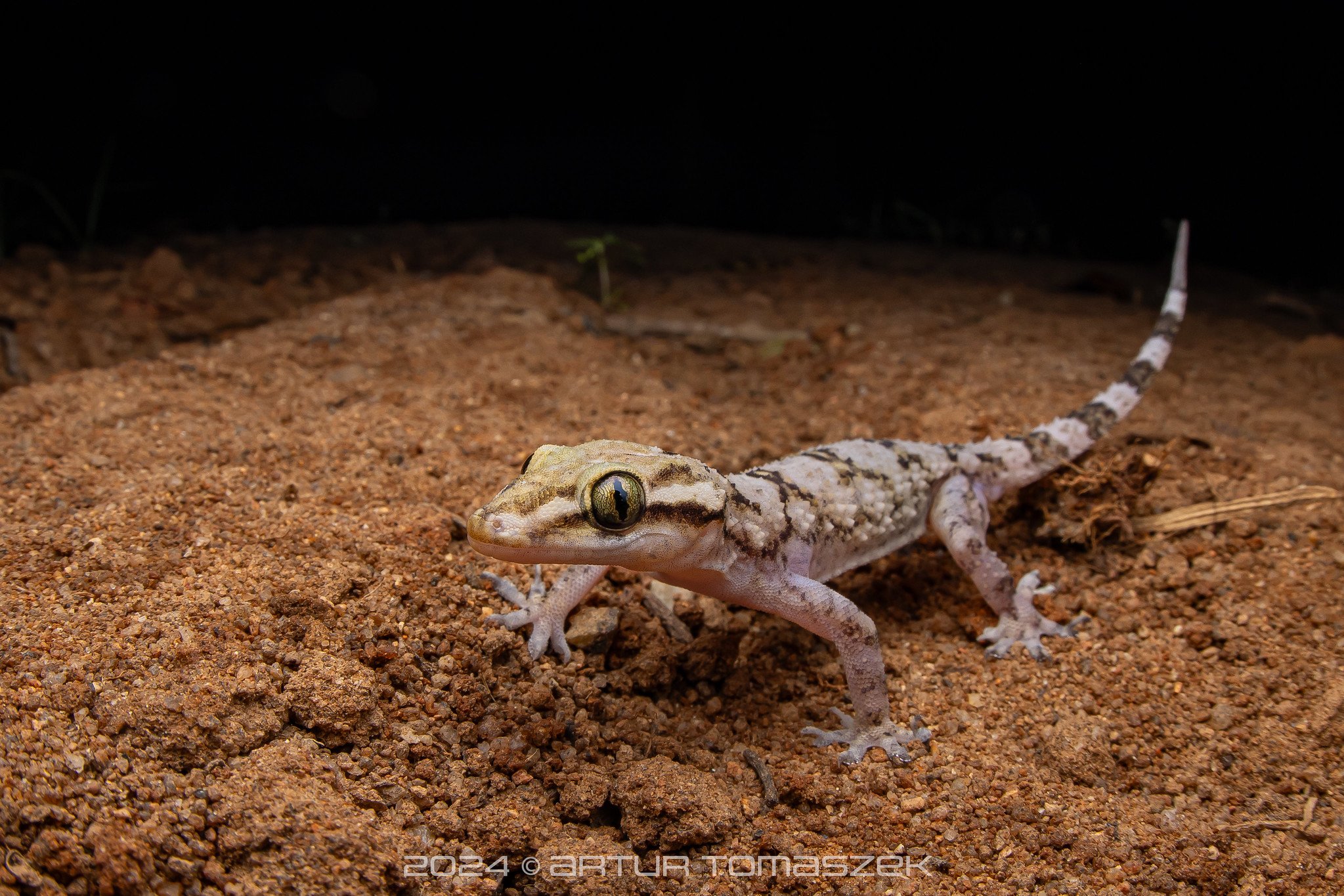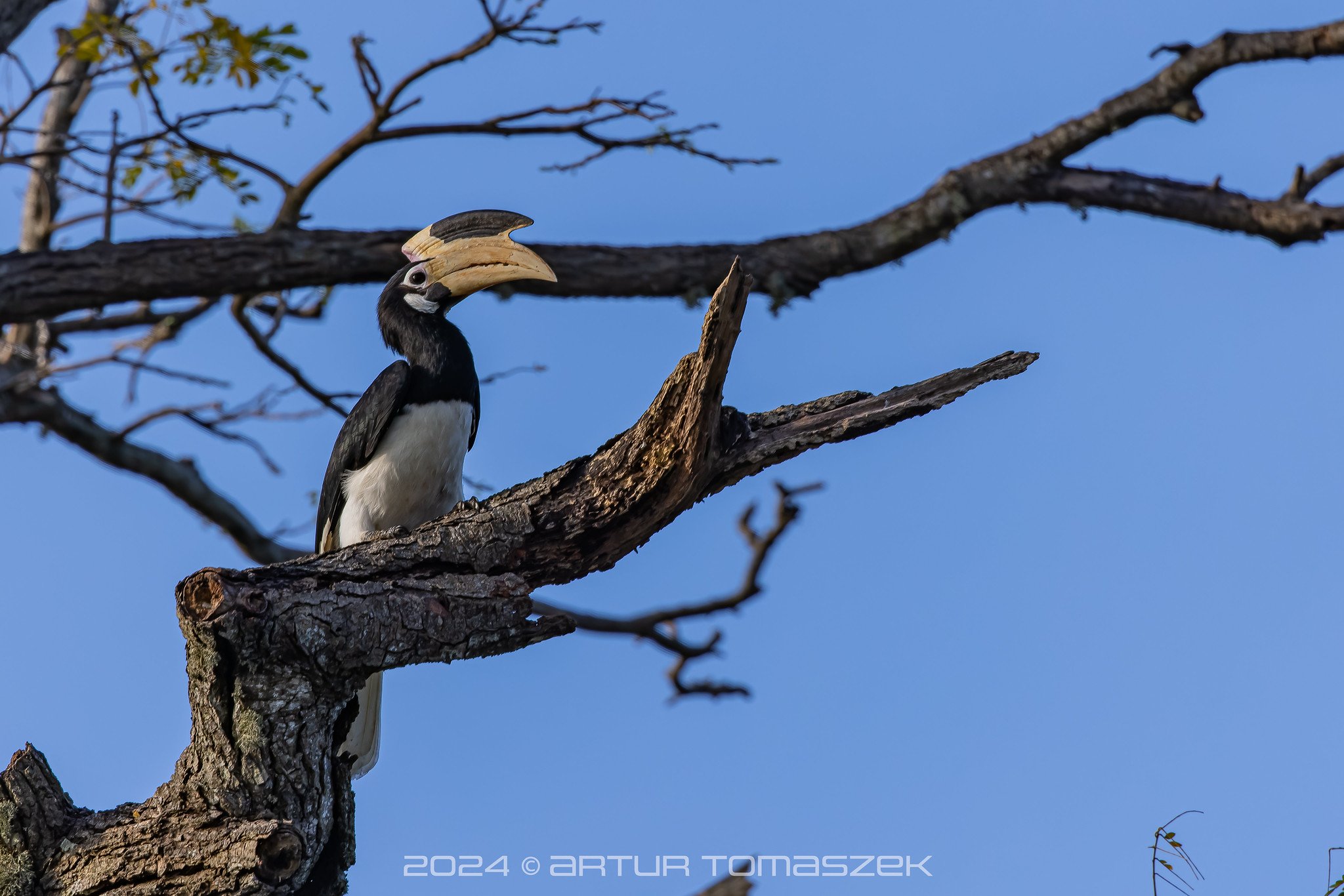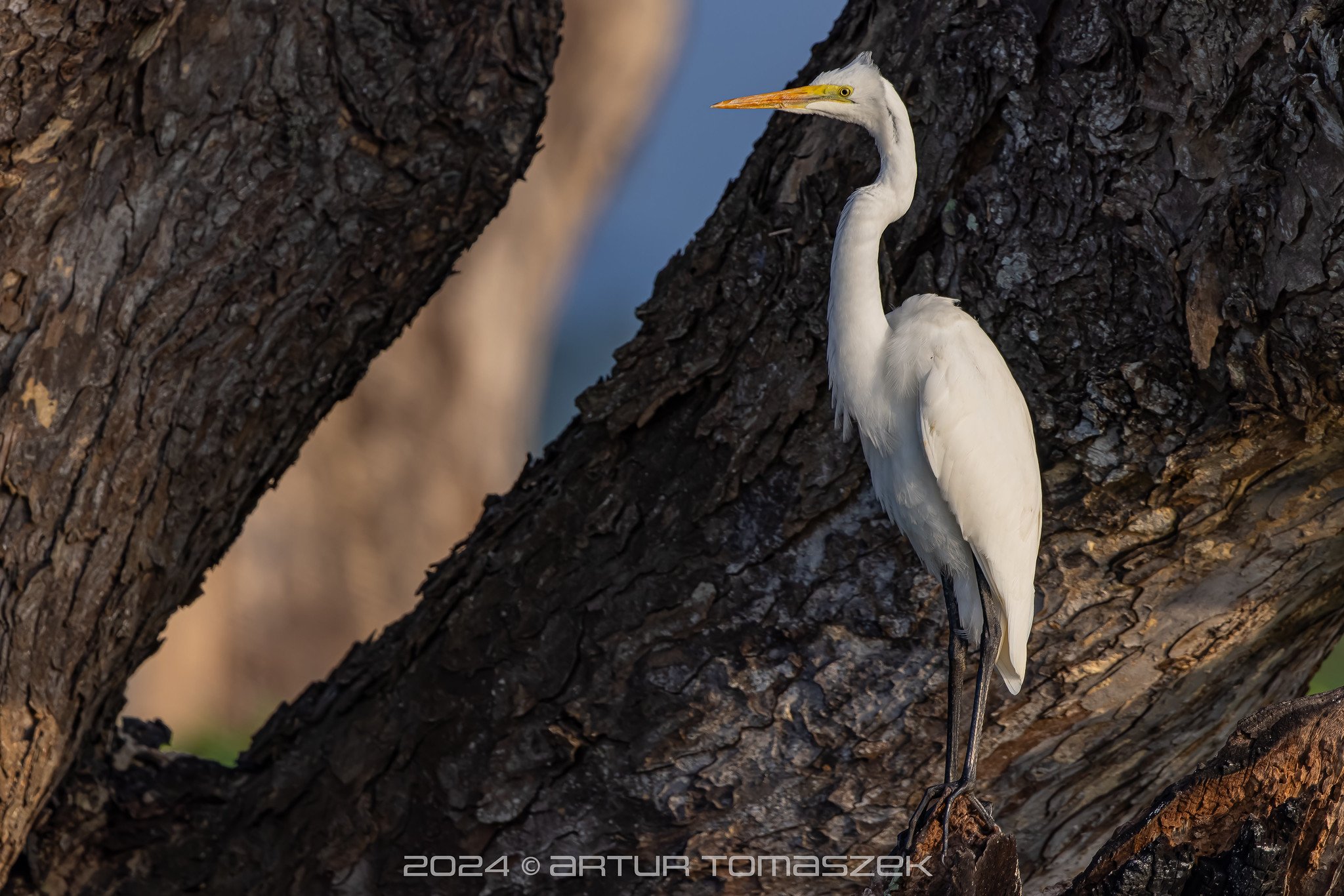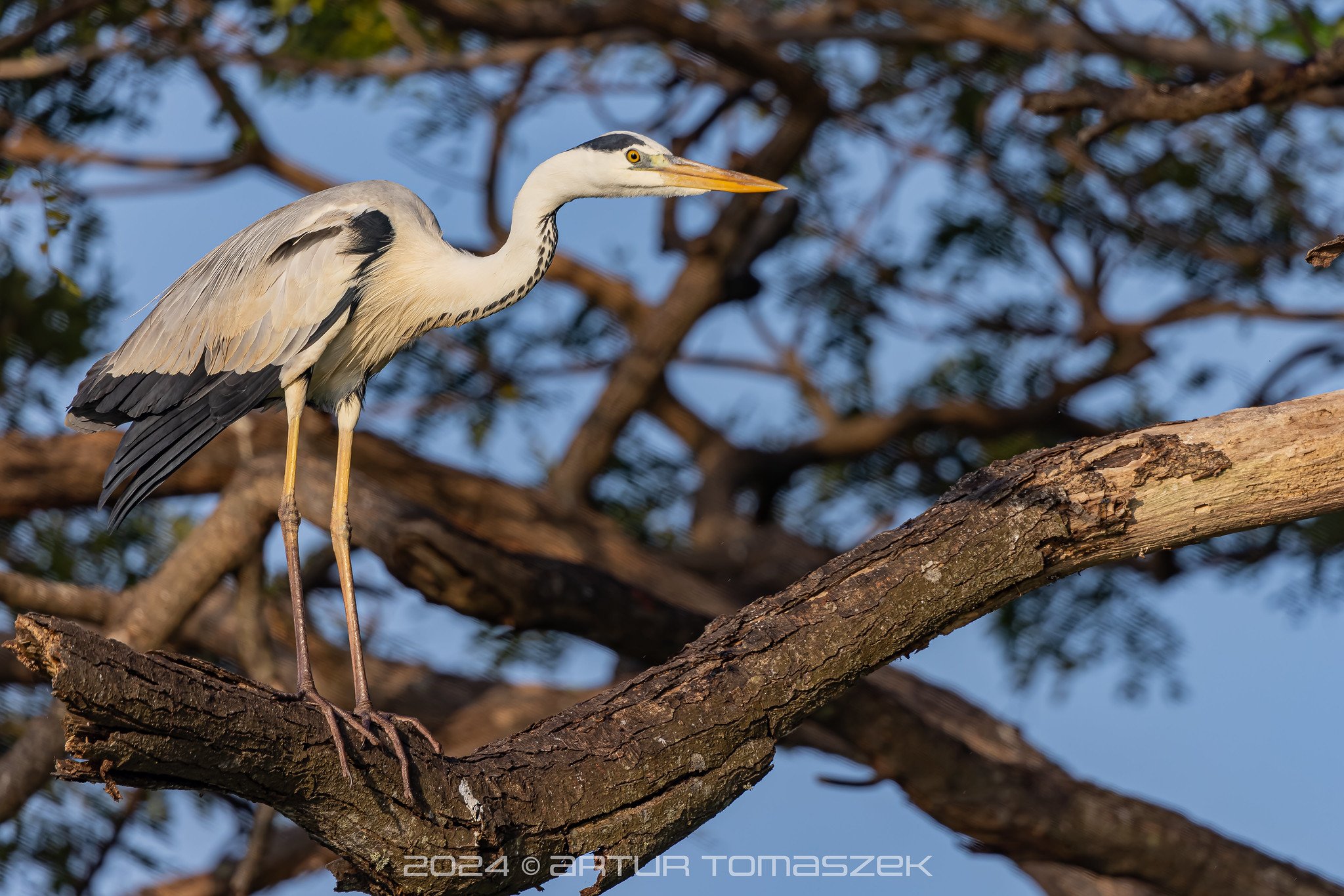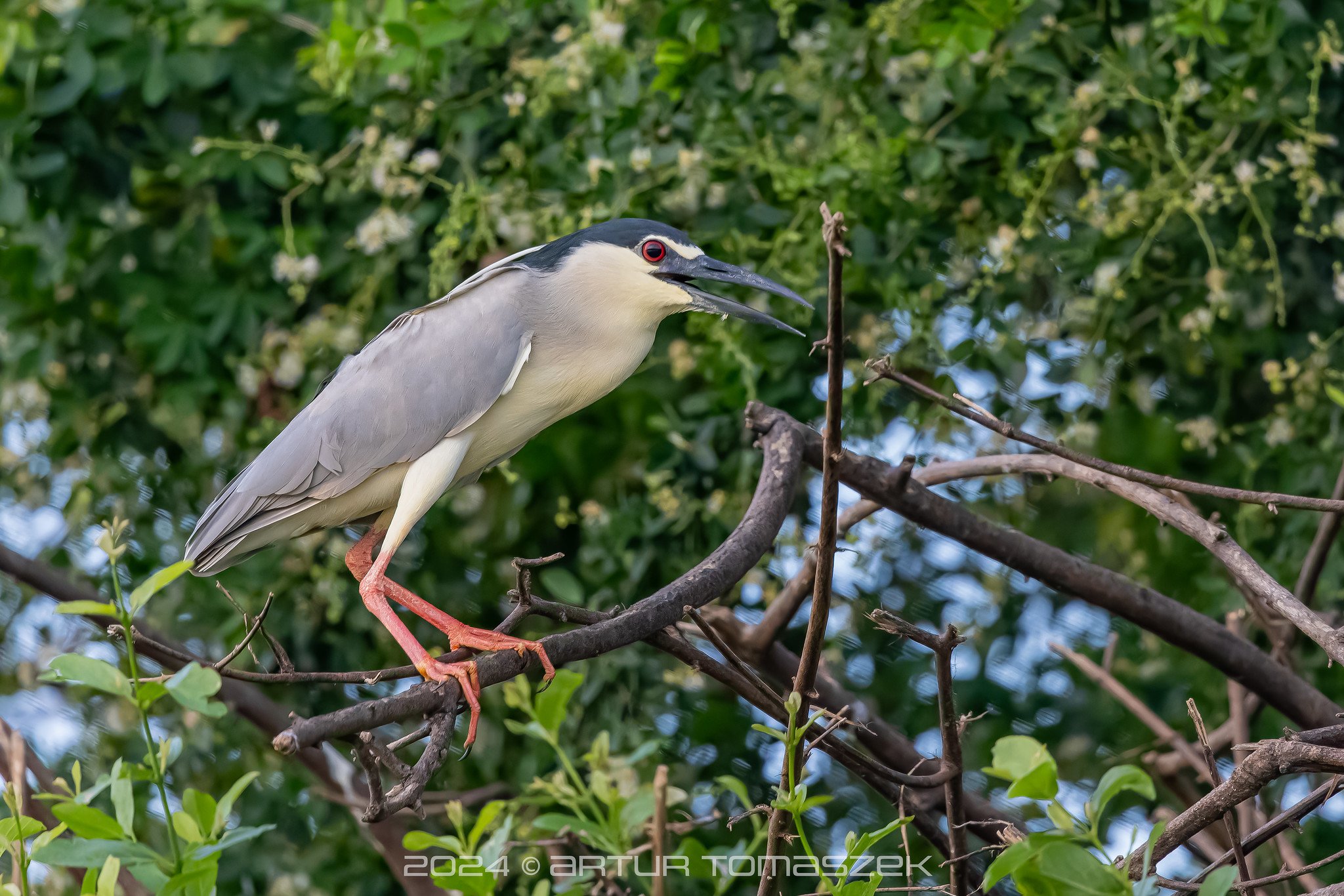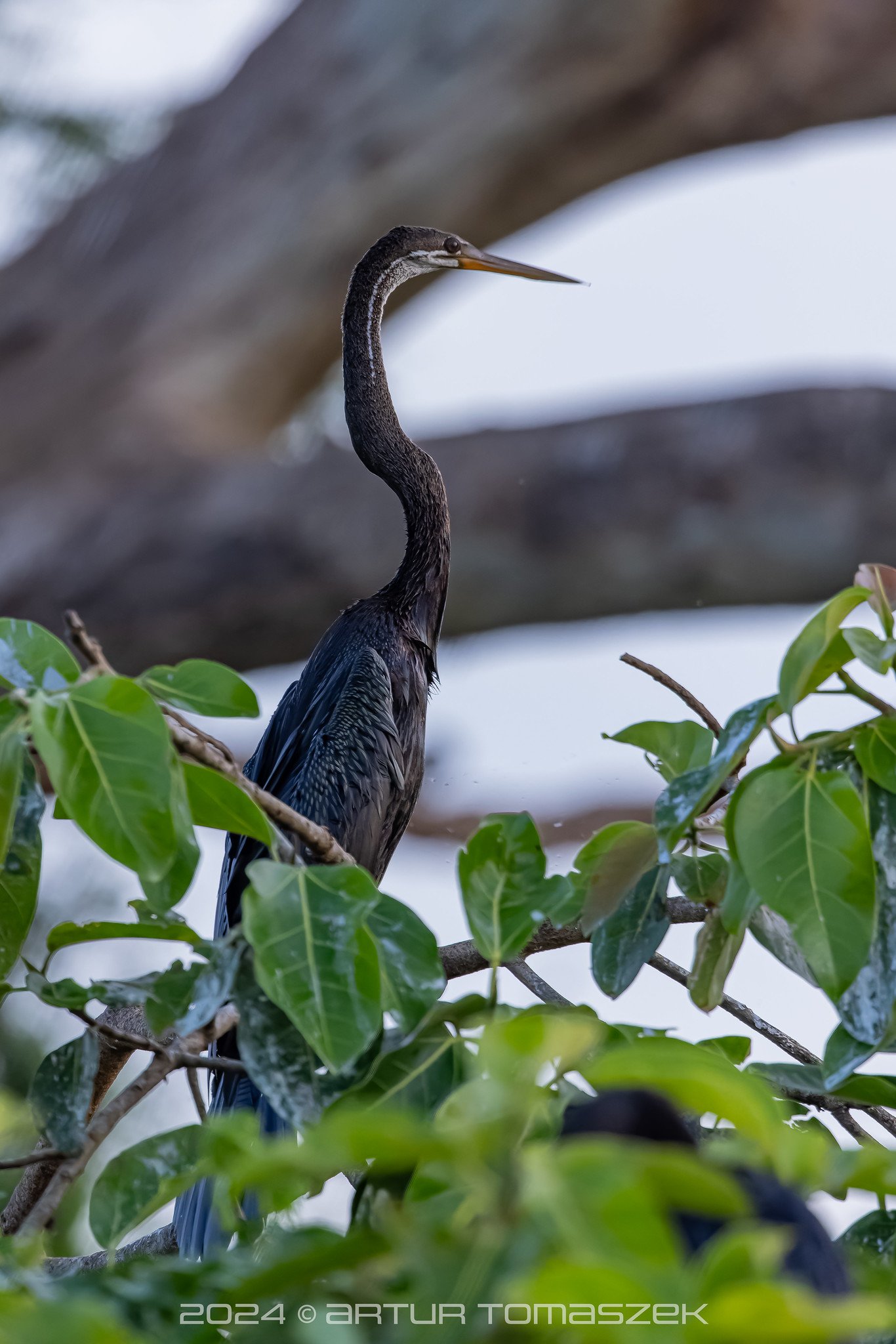Sri Lanka (January 2024)
RUNAKANDA RAINFOREST CONSERVATION CENTRE
Panorama from Runakanda Rainforest Conservation Centre
Herping team at Runakanda Rainforest Conservation Centre (Gayan is missing from this photo though!)
Our first visit to Sri Lanka was back in 2018, when most of the trip was organised and managed by us. This time we wanted to go to the best possible spots to see the species we had missed before, and there’s no better person for such a job than Chanaka Udaya from Runakanda Rainforest Conservation Centre and his team. Our entire stay was absolutely wonderful, in a friendly and caring atmosphere, filled with mouth-watering food (especially at Runakanda Centre) and fantastic wildlife sightings. We saw almost 500 animal species: reptiles, amphibians, invertebrates, birds and mammals in just 8 days.
We started our exploration from Runakanda surroundings and Sinharaja Forest Reserve, which is the country's last viable area of primary tropical rainforest. More than 60% of the trees are endemic and many of them are considered rare. There is a lot of endemic wildlife, especially birds, but the reserve is also home to over 50% of Sri Lanka's endemic species of mammals and butterflies, as well as many kinds of insects, reptiles and rare amphibians. With Runakanda Rainforest Conservation Centre as our base, we explored different sites, targeting a variety of animal species. We learnt, for instance, that there are only 2 wild elephants left in Sinharaja Forest Reserve. Both are males and they often viciously attack humans, causing deaths. Their natural habitat is regularly destroyed and their entire families were hunted to extinction, no wonder they aren’t fond of people!
Our very first snakes in Sinharaja were a big Russell’s viper (Daboia russelii) and an Indian cobra (Naja naja). Stunning snakes, often found near human households and therefore needing rescuing more often than other snake species. Luckily, local people seem to, more often than not, call Chana and his team, asking for them to remove the snakes rather than killing the animals out of fear as humans do in most places in the world. Runakanda Conservation Team are doing a really great job of protecting the wildlife and they show local people that it’s possible to live in harmony with nature as a naturalist and make a decent living at the same time by protecting it and offering wildlife tours.
Runakanda Rainforest Conservation Centre is inhabited by many animal species too. Chana reforested the area with endemic plants and trees more than a decade ago, and his efforts have encouraged wild species, some very rare, to return and thrive on his land. We saw many squirrels (for example Funambulus palmarum) and monkeys, for example Macaca sinica (you have access to books about Sri Lankan wildlife at the Centre, so you can check out every single species you see)…
… different endemic snake and lizard species, like Günther's rough-sided snake (Aspidura guentheri), Ceylonese cylinder snake (Cylindrophis maculatus) and the cutest Nessia sp. skink, with legs so tiny that you can barely see them…
… lots of birds, including Sri Lanka wood pigeon (Columba torringtoniae), which is normally difficult to see in its natural environment but it took a liking to Chana’s feeding table, where it can be spotted on a regular basis…
… and some creepy crawlies too! Artur ran his moth sheet daily and although it didn’t attract huge numbers of invertebrates, some interesting visitors did come to investigate the sheet or simply resided close to the centre, especially mantises (Asiadodis squilla, Creobroter pictipennis, Ambivia sp.), chalcidoid wasps (Chalcura deprivata), click beetles (Calais speciosus), fireflies (Eugeusis palpator) and different species of moths. The last two photos below show a nest of stingless bees (Tetragonula praeterita), which was also inhabited/visited by pseudoscorpions. Pseudoscorpions are known to cohabit with honey bees and working as their cleaners, getting rid of mites that might be dangerous for the bee colony. It has even been documented that bees might take "their” pseudoscorpions with them when they move to a new nesting site! Utterly fascinating.
When exploring the jungles of Sinharaja, we first targeted the rough-nosed horned lizard (Ceratophora aspera). Sadly, Chana believes that this species does not adapt well to the changing climate and with temperatures increasing every year it is likely to become extinct rather sooner than later. Searching through the dense leaf litter, we only managed to spot one female throughout the entire stay. We were told that in the past it was quite easy to spot several individuals of both sexes just over one day. We’ll try to come back soon to find a male while it’s still possible, these guys have huge “horns” on their noses!
The aspera spot was quite biodiverse. We spotted a few lovely jumping spider species, including the shiny Colopsus cancellatus male below, a huge Phobaeticus hypharpax stick insect (on the photo it’s in front of Karolina’s hand), planthoppers (Flata stellaris), mantises, whip scorpions (Phrynoidea) and large Thelcticopis sp. spiders.
Aside from aspera and invertebrates, we also saw quite a few snake species on that side of Sinharaja Reserve: Sri Lankan green vine snake (Ahaetulla nasuta), Barnes’ cat snake (Boiga barnesii), stripe-tailed bronzeback (Dendrelaphis caudolineolatus), lowland hump-nosed viper (Hypnale zara) and Ceylon wolf snake (Lycodon carinatus). All these species are endemic to Sri Lanka.
Karolina with a Boiga barnesii
There also obviously was the gorgeous Sri Lankan green pit viper (Craspedocephalus trigonocephalus). We encountered many individuals of different sizes and colours. Stunning pit vipers!
This trip was definitely blessed by frog deities as we saw almost 30 frog species overall! Some examples from the area near Runakanda Centre below: an absolutely stunning sharp-snout saddled tree frog (Taruga longinasus), Kelaart's dwarf toad (Adenomus kelaartii), grubby shrub frog (Pseudophilautus sordidus) and cheeky shrub frog (Pseudophilautus procax).
As an island, Sri Lanka is a special place, full of endemic species. When hiking the forest, we encountered many animal species, some of which cannot be seen anywhere else. One of them is the hump-nosed lizard (Lyriocephalus scutatus), the largest endemic lizard of Sri Lanka, the sole species in this genus and Artur’s dream species to see. We saw maaany individuals of different sizes, sexes and colours, so we left as very happy customers :)
Artur with a Lyriocephalus scutatus
The forest was also filled with many Sri Lanka kangaroo lizards (Otocryptis wiegmanni) that quite often confused us as babies might at first resemble Ceratophora spp., especially when zooming off through the leaf litter.
There also was a ratto that really wanted to show off his massive manhood so he posed nicely for all kinds of macro and wide angle photos. 😂
And some other invertebrates from the first leg of our trip. More details on our Flickr.
MORNINGSIDE
‘Morningside Estate’ was originally named by the colonial planters who came to grow tea there. Most of the tea plantation has now been replaced by cardamom (one of the most expensive spices in the world) and it is an interesting option for visitors to observe the entire process of cardamom production. The inhabitants of the area say they named this as ‘Morningside’ as it feels like it is morning all day long with the mist rolling across the hills endlessly… (source)
Morningside was our top mothing and frogging (especially the second location) destination on this trip. The moth sheet was up for a couple of nights and it produced quite a few large moth species, including a very worn out Sri Lankan atlas moth.
Karolina’s very first find, a stunning Chrysilla lauta, was merrily exploring a dining table in a building surrounded by tea plantations. A mind-blowing jumping spider, arguably one of the most beautiful species in the world.
We encountered some other invertebrate species too, including jumping - and other - spiders and mantises. One of the photos below shows the inside of a carnivorous pitcher. All pitchers were full, meaning the spineless biodiversity :) of that place keeps them well “fed”.
On our first day and night in that area, we simply explored the forest adjacent to our accommodation. It was inhabited by many species of birds and some monkeys, too.
Purple-faced langur (Semnopithecus vetulus)
There also were some snakes, like the Sri Lanka cat snake below (Boiga ceylonensis), lizards: round-eyed gecko (Cnemaspis sp.) and dark-collard bent-toed geckos (Cyrtodactylus cracens), and frogs: Günther's golden-backed frog (Indosylvirana temporalis) or globular frog (Uperodon obscurus)
On the second night, we did what Chana called the most difficult part of the trip, but it actually wasn’t bad at all, apart from the presence of leeches. We came in the dry season and our shoes and trousers were constantly covered in leeches; we can only imagine what it’s like in wet season. There’s no way we’re coming back to that spot when it rains, haha. We had to hike a secret trail to get to a special location, the perfect habitat for our next target species, Ceratophora karu (photos below), which also happens to be a frog paradise.
After getting to the target area, we waited for the dusk to begin our search for another Ceratophora species, Ceratophora erdeleni, and frogs. We found a few individuals of Ceratophora and we were absolutely overwhelmed with the density of frogs in that area - they were everywhere! An incredible experience, and such a relief to see a healthy habitat, far away from humans, where animals can thrive.
Ceratophora erdeleni below.
And some of the frogs we saw - Pseudophilautus folicola, Pseudophilautus ocularis, very diverse and stunning Pseudophilautus poppiae, Pseudophilautus sordidus and Taruga fastigo.
Apart from Ceratophora spp., we also encountered kangaroo lizards, Lankascincus sameerai and Cyrtodactylus triedrus.
One of our dreams was to see a Poecilotheria sp., which we used to keep, in the wild. Luckily, Chana’s friend knew a spot where they like to hang out. He remembered a tree where they used to have a nest, but no-one was home this time; they simply moved to another tree a bit further in the forest. Ta-da!
Chana was very pleased to spot a Petaurista philippensis. We heard it screaming and the first thought was that it could be a red slender loris, but no - definitely a very cute and loud squirrel!
Petinomys fuscocapillus
Artur also finally managed to photograph the elusive great mormon butterfly (Papilio agenor), which is easy to spot in flight, but way more difficult to photograph when it’s up in the air. Solution? Take photos when it rests at night!
At the very end of that adventure, we were fed and hosted by a wonderful Lankan family. It is always great to experience the customs of foreign cultures and to eat home-made meals, especially when made in a very traditional way.
YALA - Saffron Lake
And then there was the epic Yala! Karolina really wanted to see a leopard in the wild and her dream came true thanks to the amazing team.
But first things first. We stayed at the wonderful Saffron Lake Yala, a beautiful, peaceful resort by the lake. We immediately started exploring its grounds and we discovered some interesting jumping spider and weevil species! Artur tried mothing there too, but it wasn’t too impressive.
Artur was pleased with the bird diversity which we could spot from our own hut! Saffron Lake Yala is very close to Yala National Park, therefore it’s possible to spot many animal species.
At the resort, there were many animal visitors that have kind of become residents too - especially dogs and… monitor lizards. We saw them exploring the grounds or sunbathing on footpaths. It’s always great to see such large lizards successfully cohabiting with people.
Varanus bengalensis at Saffron Lake Yala
YALA - Safari 💚
Indian black turtle (Melanochelys trijuga) crossing the road in front of our safari jeep
Yala National Park is one of the most popular parks in Sri Lanka, especially if one wishes to see a leopard. The park is divided into 5 blocks, each requiring a different entry ticket. Tourists usually go to Block 1 as it’s relatively small, close to the hotels in Yala and it’s got the highest density of leopards. That’s where we planned to go too at first, but then Chana found out that a huge cruise ship with tourists moored to the harbour and as a result over 600 (!!!) jeeps entered Block 1 on the same day, which meant they could mostly see…other jeeps. It is outrageous that Lankan authorities allow unlimited numbers of jeeps into the park; high income is clearly way more important than animal welfare. There are signs everywhere telling tourists not to disturb the wildlife, but how can it not be disturbed when it’s literally surrounded by hundreds of vehicles?
Since visiting Block 1 in such circumstances would be a disaster, we went to Block 3 instead, which is much bigger and since it’s less popular (it’s more difficult to spot a leopard and other big mammals there), usually not more than 20-30 vehicles at a time come to visit. We did a full day safari while most other tourists stayed just for the morning, which meant we had the park to ourselves in the afternoon.
We were very, very lucky. A leopard was spotted quite close to the park entrance right after we arrived. It was rather far from the road and not easy to spot at first, but wow - it’s really cool to see such a majestic cat in the wild! It was resting for quite some time and then it moved into the bushes, followed by a group of screaming deers.
Panthera pardus kotiya
The park is filled with wonderful bird species.
Our luck did not run out after the first encounter with a leopard; shortly after, Artur spotted another one on the edge of the forest!
Panthera pardus kotiya
As if this wasn’t enough, we then saw wildlife department employees release a… pangolin! It was caught in a trap and was treated by a vet (hence the green ointment / spray on its body). After recovering, he was taken back to the park to hopefully lead a long and happy life. An absolutely surreal experience!
Indian pangolin (Manis crassicaudata)
We spent the whole day exploring different areas of the park, seeing many birds, deer, even elephants (see the video at the very bottom of this blog entry for the footage). We had a little lunch break in one area where people are allowed to get off the jeep and we couldn’t help ourselves but investigate the nearby trees and bushes… We were not disappointed! The cool guy below was chasing ants on a tree right next to our jeep.
Varanus bengalensis
We also saw a gorgeous mantis Humbertiella sp., a longhorn beetle - brilliant camouflage! - and a female ornamental tree trunk spider (Herennia multipuncta) with a tiny male on top of her.
You’d think we had run out of luck by then, but no! After lunch we started exploring less frequented roads, hoping to maybe see something new. After some time, we saw another leopard right around the corner and quite close to the road, approaching a small body of water. She froze at our sight, allowing us to take photos. Such a magnificent animal. We drove past her hoping to slowly go back to the entrance using a shortcut but, unfortunately, the road was too flooded and we had to go back. She was still there, this time lying in the bush, spotted by Chana’s eagle eyes.
Panthera pardus kotiya
And that was when we did run out of luck. In an attempt to approach the cat more, we drove onto a muddy road and the jeep got burried in it! We tried to get it out in all possible ways, but to no avail. It was an interesting experience as we were barely 50m away from the leopard; it did go away when it heard the roaring of the engine though... Park authorities had to be called and they sent a rescue tractor to get us out. It was already quite late and we had only about an hour until sunset. Chana said leopards and elephants wouldn’t be a big threat to us as they usually avoid people, sloth bears on the other hand were not too merciful…
Anyways, the tractor came and… it couldn’t get the jeep out either! We were therefore transported out of the park on the tractor’s trailer. A truly bumpy and special experience. The expression on the faces of other tourists and park staff who saw us on our way out were worth it though.
All smiling, all good :)
Panthera pardus kotiya in the bush 50m away from us
YALA - surroundings
We spent some time exploring areas adjacent to the park, searching for special herps. One of such areas were sandy dunes, home to Pondichéry fan-throated lizard (Sitana ponticeriana). Sure enough, we did spot a few individuals, some when returning back to Hong Kong as there’s one running right in front of the GoPro while Karolina was recording but she did not see it back then; when one is focused on holding the device straight, they don’t check their surroundings very well, haha.
Sitana ponticeriana
We also really wanted to see an Indian star tortoise (Geochelone elegans) and again, jackpot!
Geochelone elegans
On one of the nights, we visited a small farm inhabited by many lizard and frog species - see them all below.
Sphaerotheca rolandae - Uperodon rohani - Microhyla ornata - Hemidactylus triedrus - Hemidactylus leschenaultii - Hemidactylus depressus
In the morning of our last day with Chana, he surprised us with a little lake boat trip to a “bird island” and flying fox kingdom. It was amazing!
Halcyon smyrnensis
Indian flying fox (Pteropus giganteus)
We had a fabulous time and we couldn’t be more grateful to Chana for organising such an educational trip. It was a blast and although originally we did not plan to come back to Lanka any time soon, we probably will just to spend more time with the team and explore other parts of this beautiful country.
Watch the video below to enjoy the most memorable moments with us.
Visit our Flickr to view all wildlife photos from Sri Lanka:


